The McLaren P1 is a huge step forward for the company and for the hypercar game in general. It represents the pinnacle of McLaren's knowledge in creating road cars that integrate the best Formula 1 technology to achieve searing performance on par with the best of the best from Ferrari and Pagani.
The P1 risked being overshadowed during its big debuts in Paris and Geneva, thanks to the concurrent reveals of LaFerrari and the Lamborghini Veneno, which both pack more styling drama and a more artful execution than the P1. Not one to shy away from competition, McLaren is ready for the sales brawl in the hypercar segment with their vision of the ultimate road car.
The difference for McLaren (versus Bugatti Veyron, for example) is that this is a make-or-break technical showcase whose failure could threaten the stability of the entire fledgling McLaren Automotive division. The Woking crew needs the P1 to be a real hero car in order for its marketing magic to trickle down to their 12C and upcoming 911-fighting P13 models.
Among the admirable traits of McLaren supremo Ron Dennis is his willingness to make running changes to the models. Following the 12C’s debut, the team bumped the power output, made the engine and exhaust much louder, and re-programmed the stability controls – all in the name of driving pleasure.
Will McLaren implement what they’ve learned from the 12C program to make the P1 a thrill to drive, or just a clenched-fist technical marvel?
Updated 07/06/2016: While the McLaren P1 is long time sold out, somewhere in Tokyo, Japan, one lucky guy uses the P1 for the daily commute and also takes it into the mountain passes at the weekend. Check him out in the new video released by McLaren!
Continue reading to learn more about the McLaren P1.
2014 McLaren P1
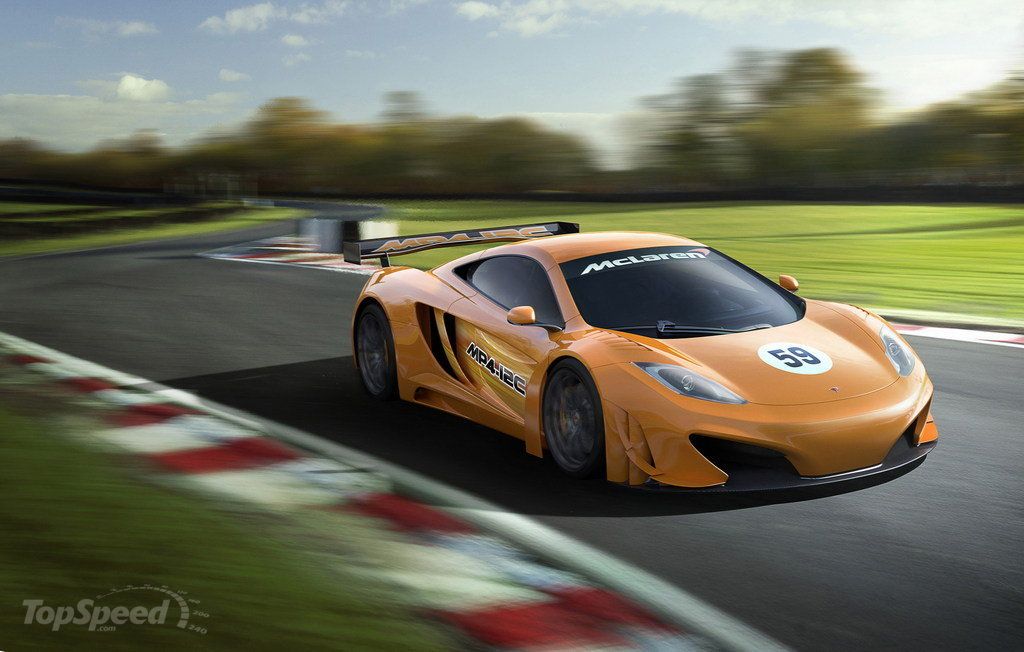




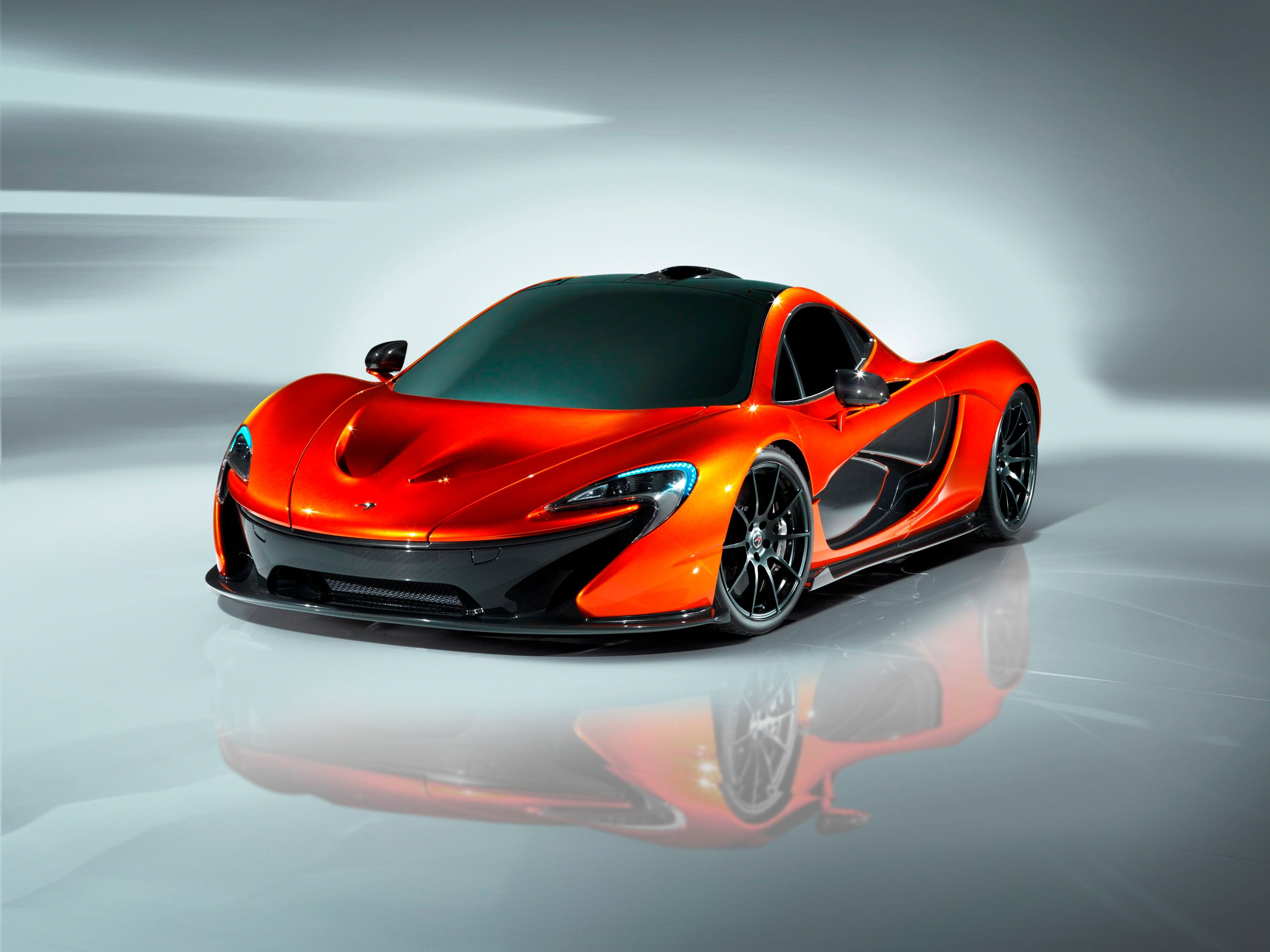
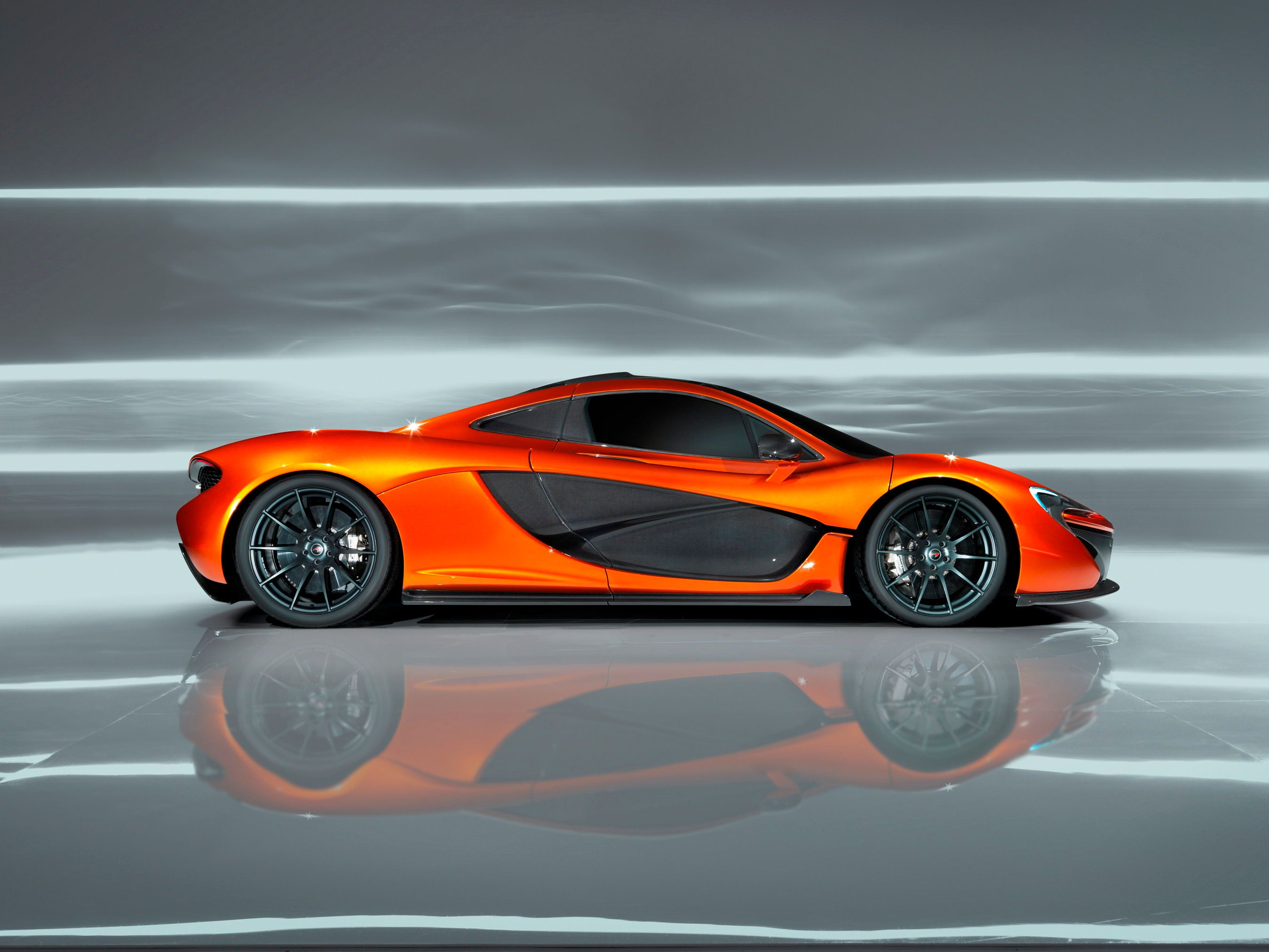
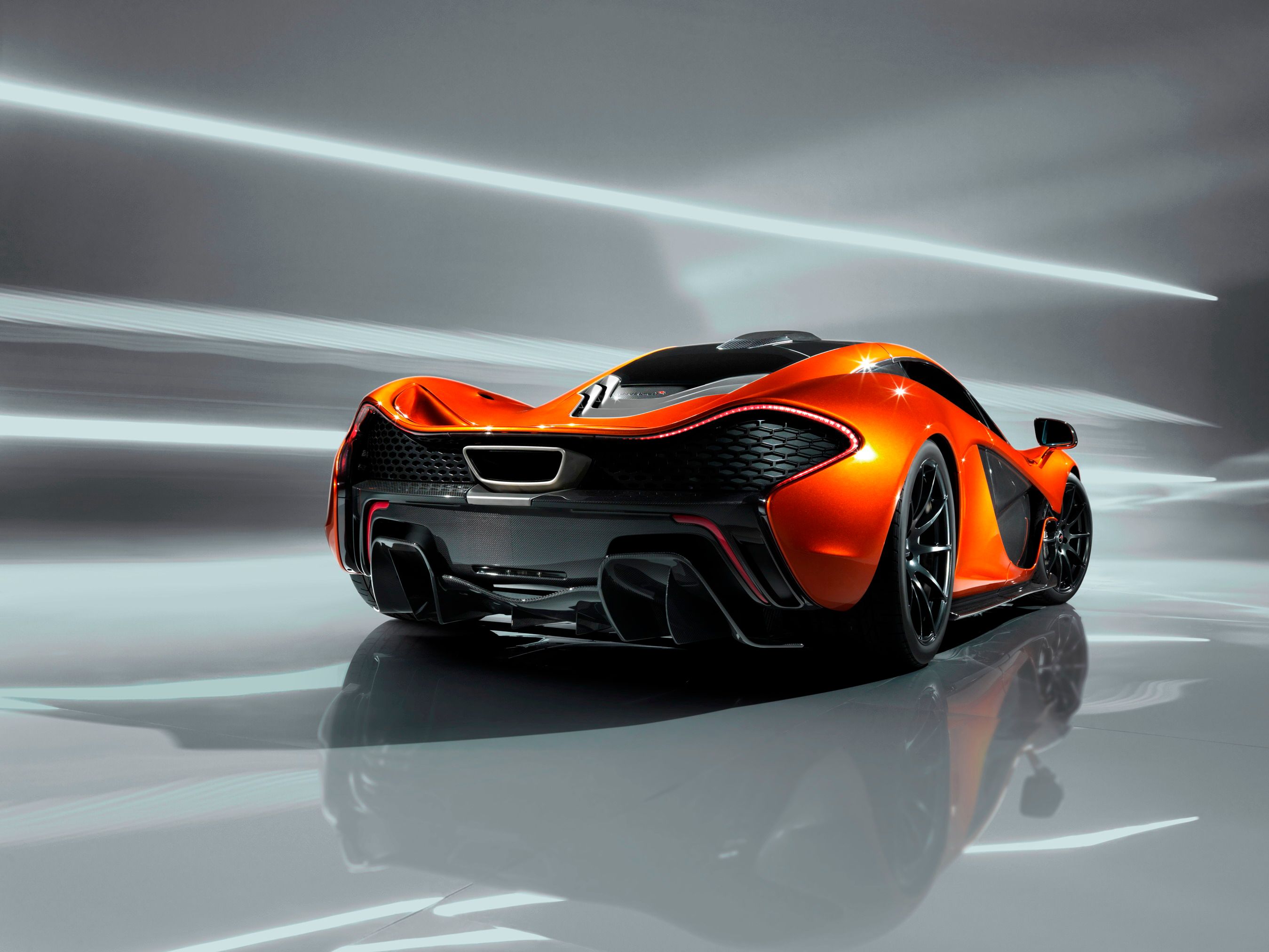
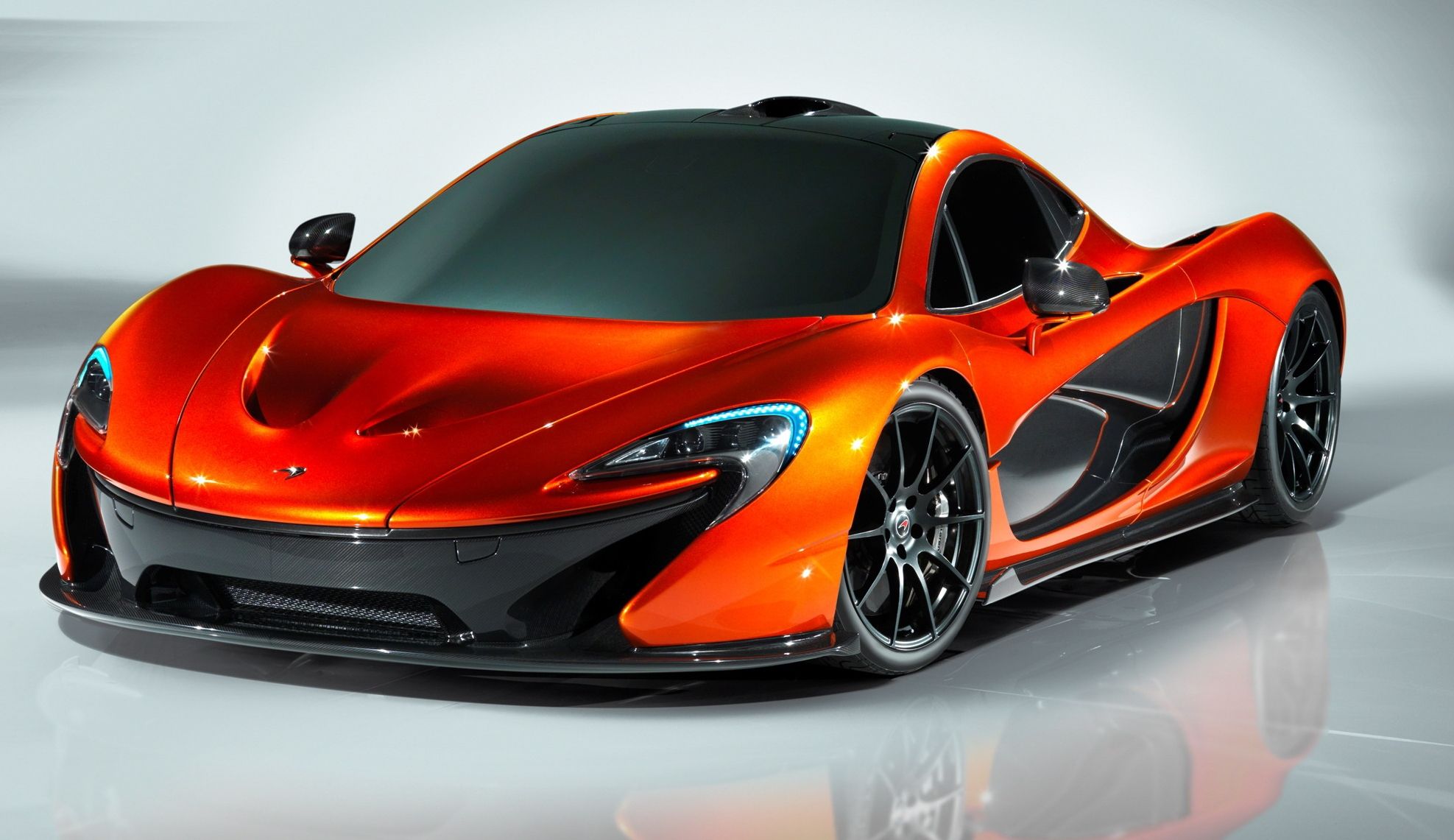
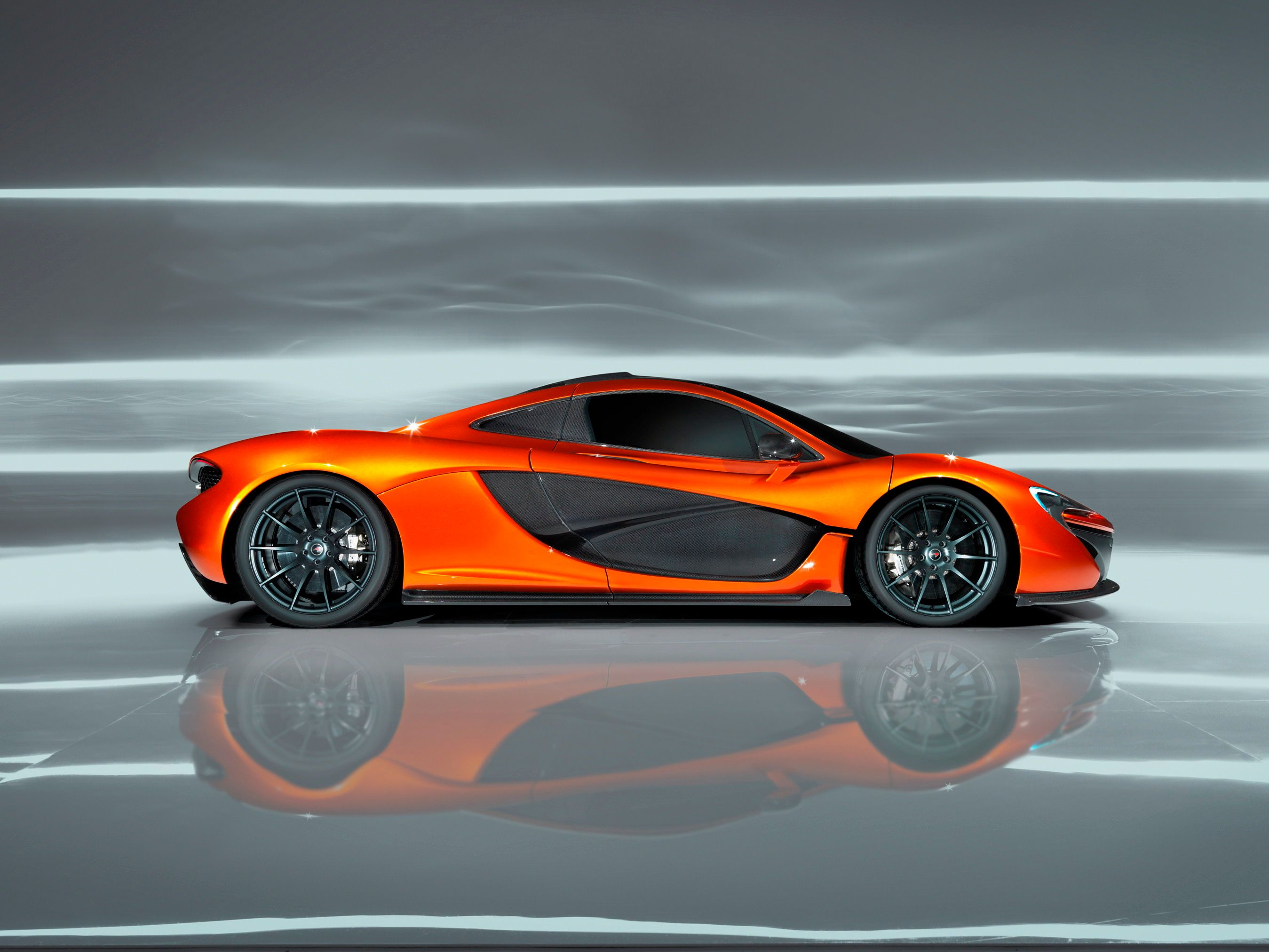
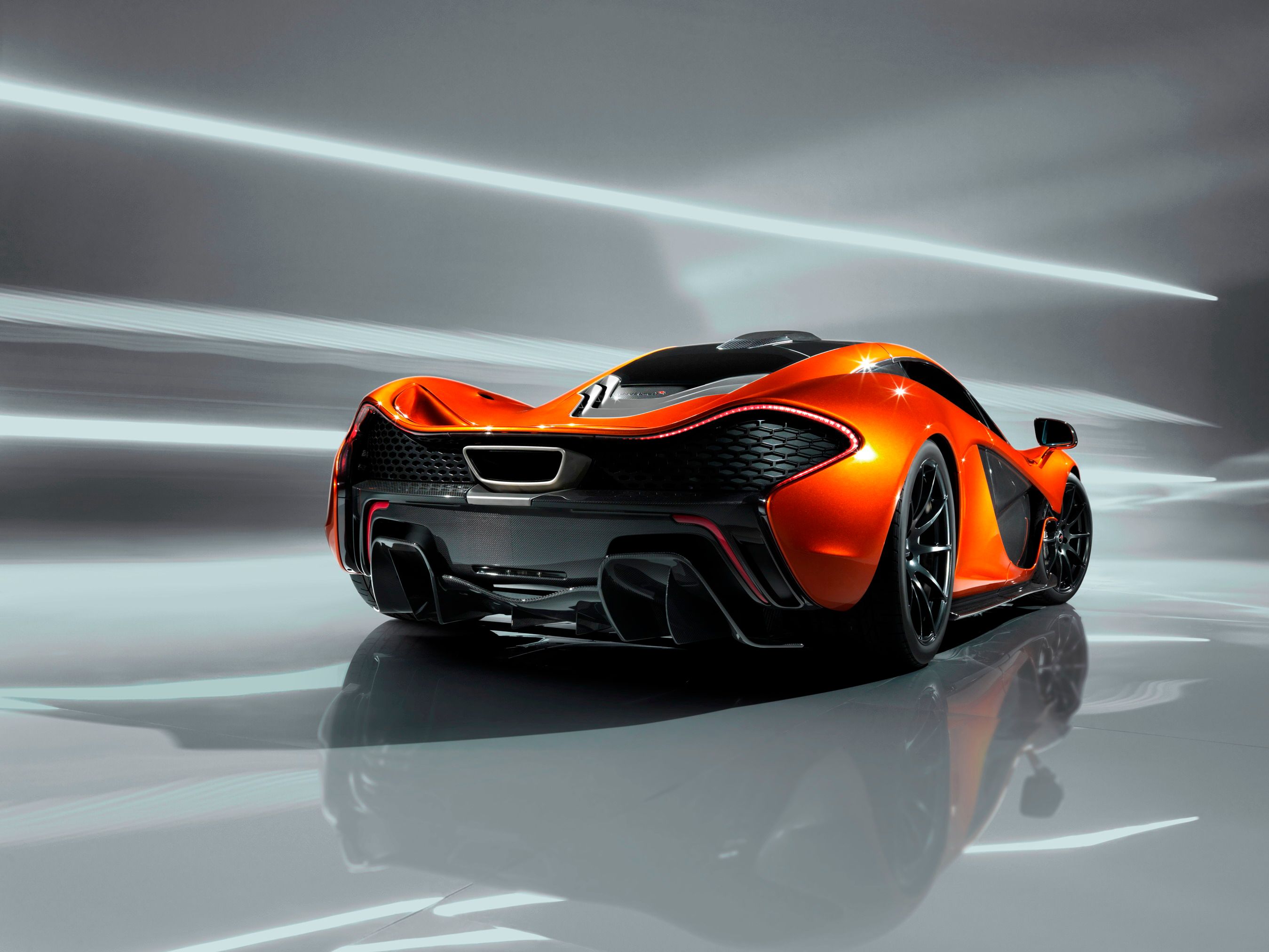
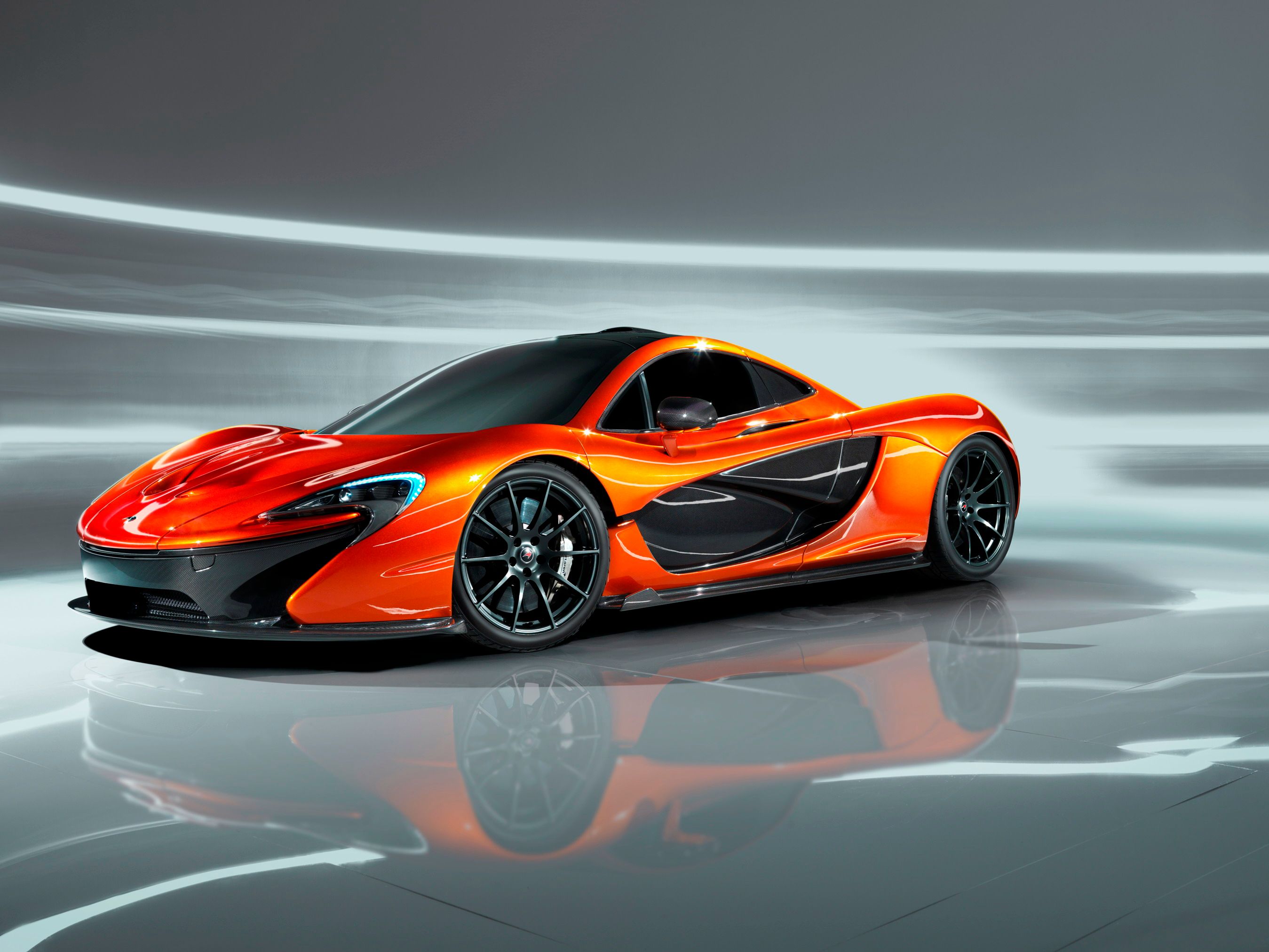
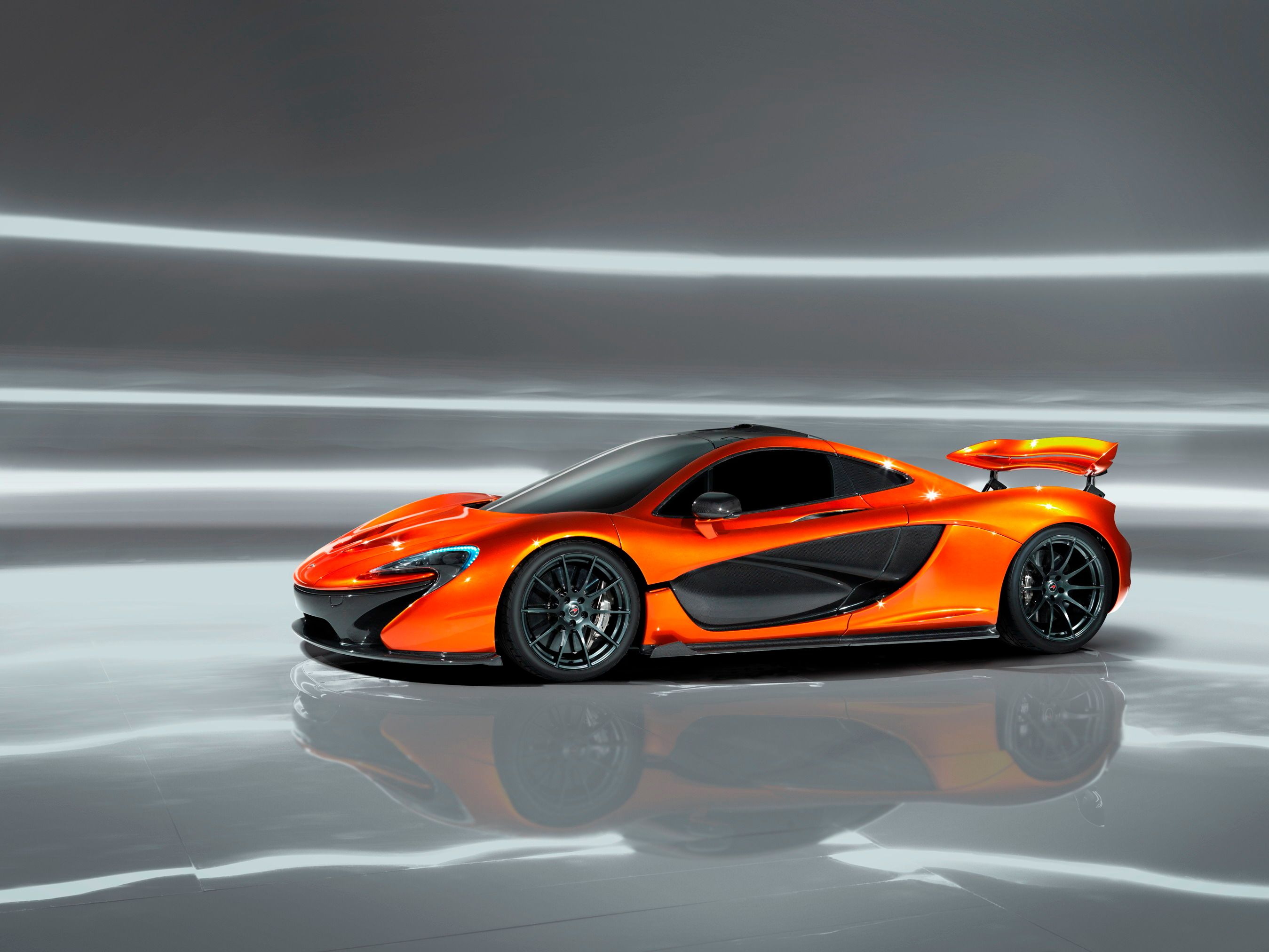
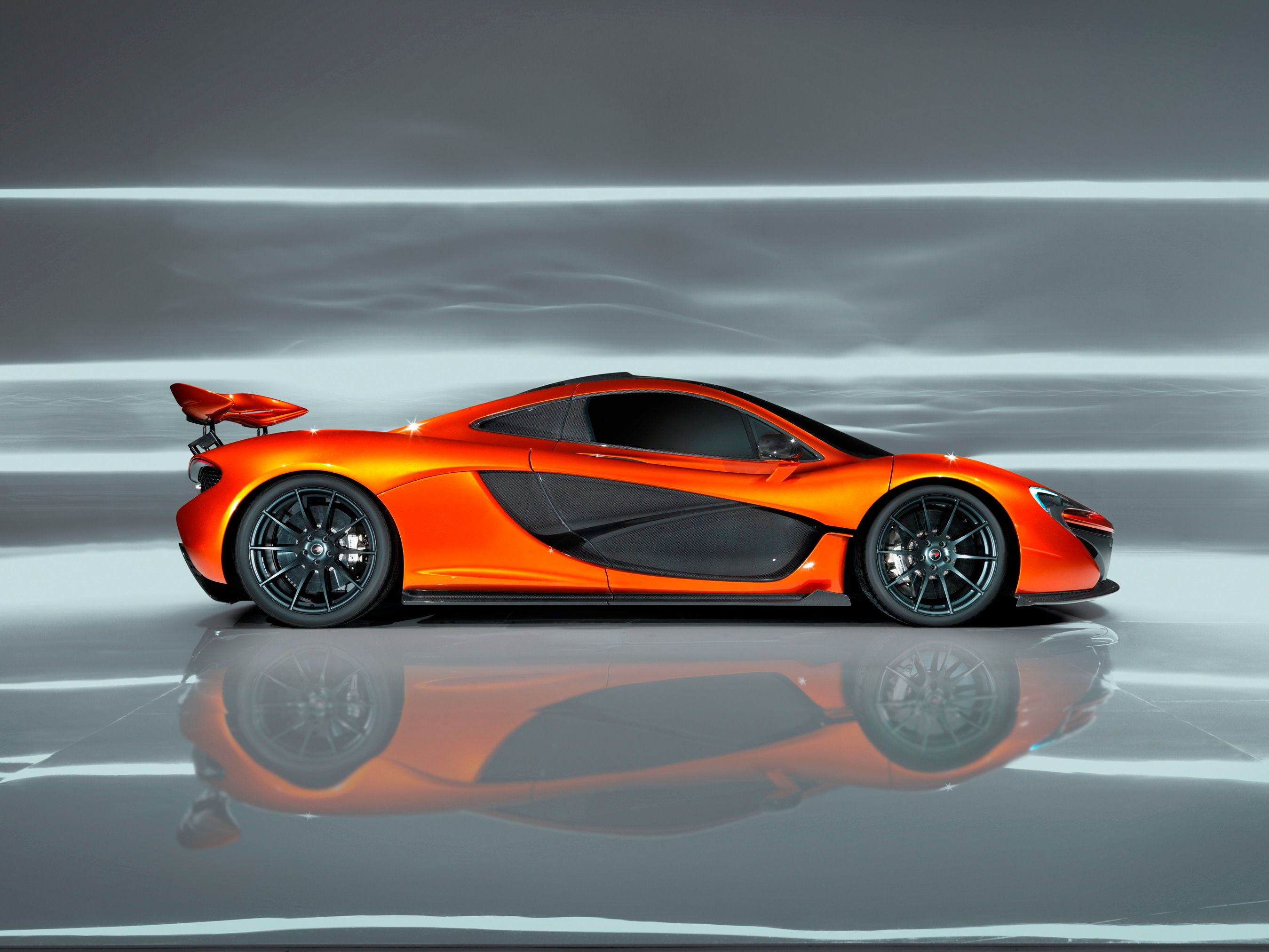
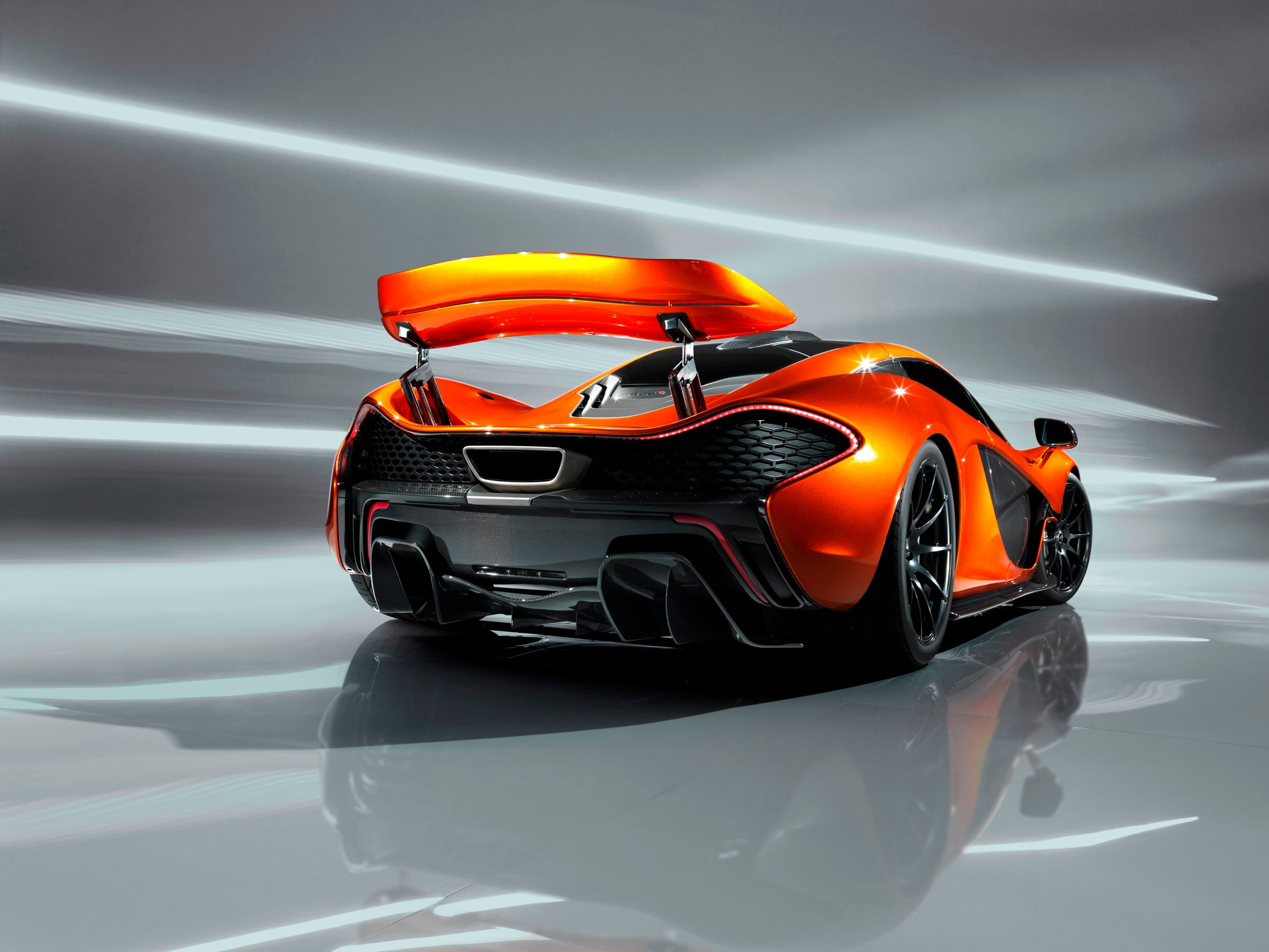
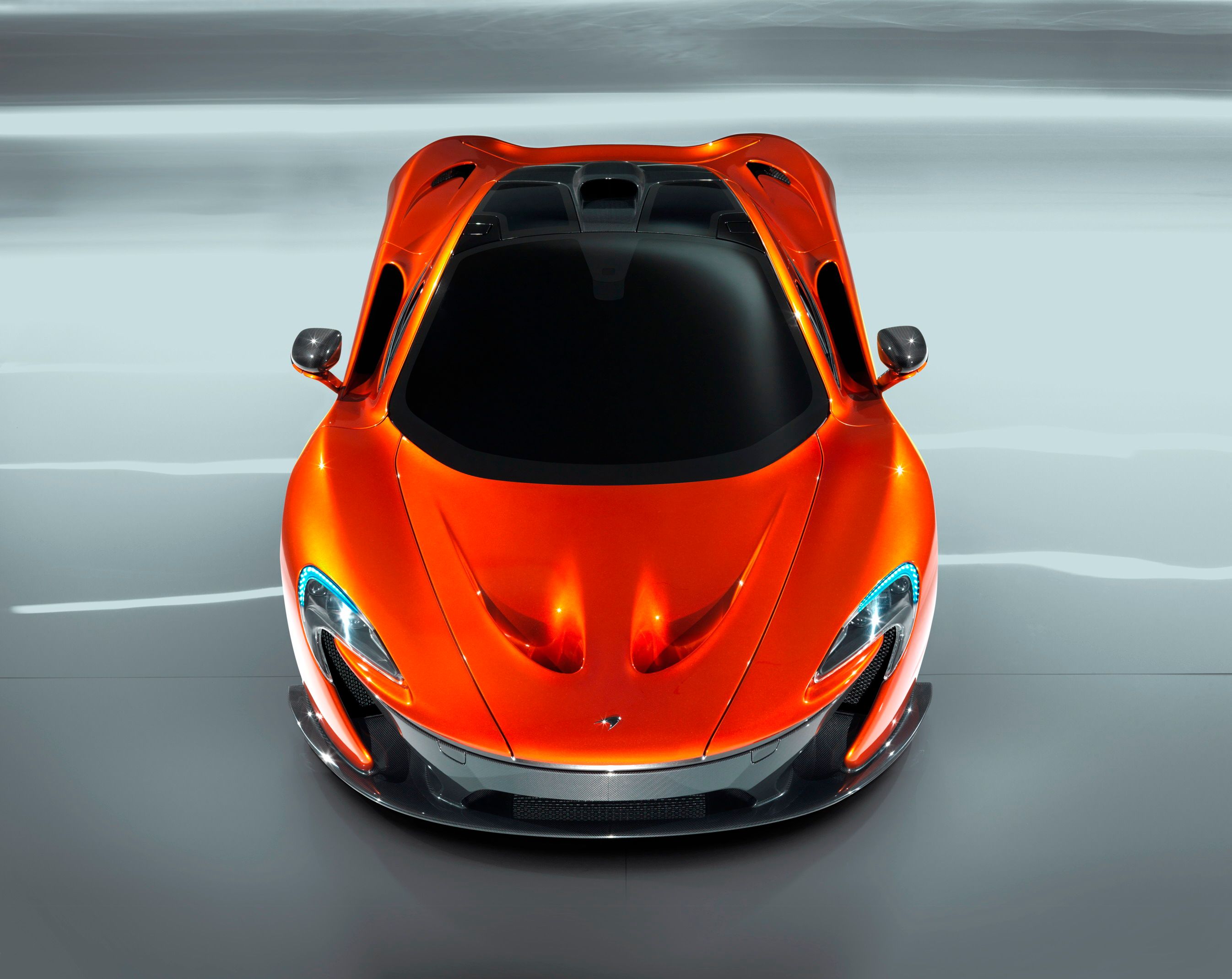
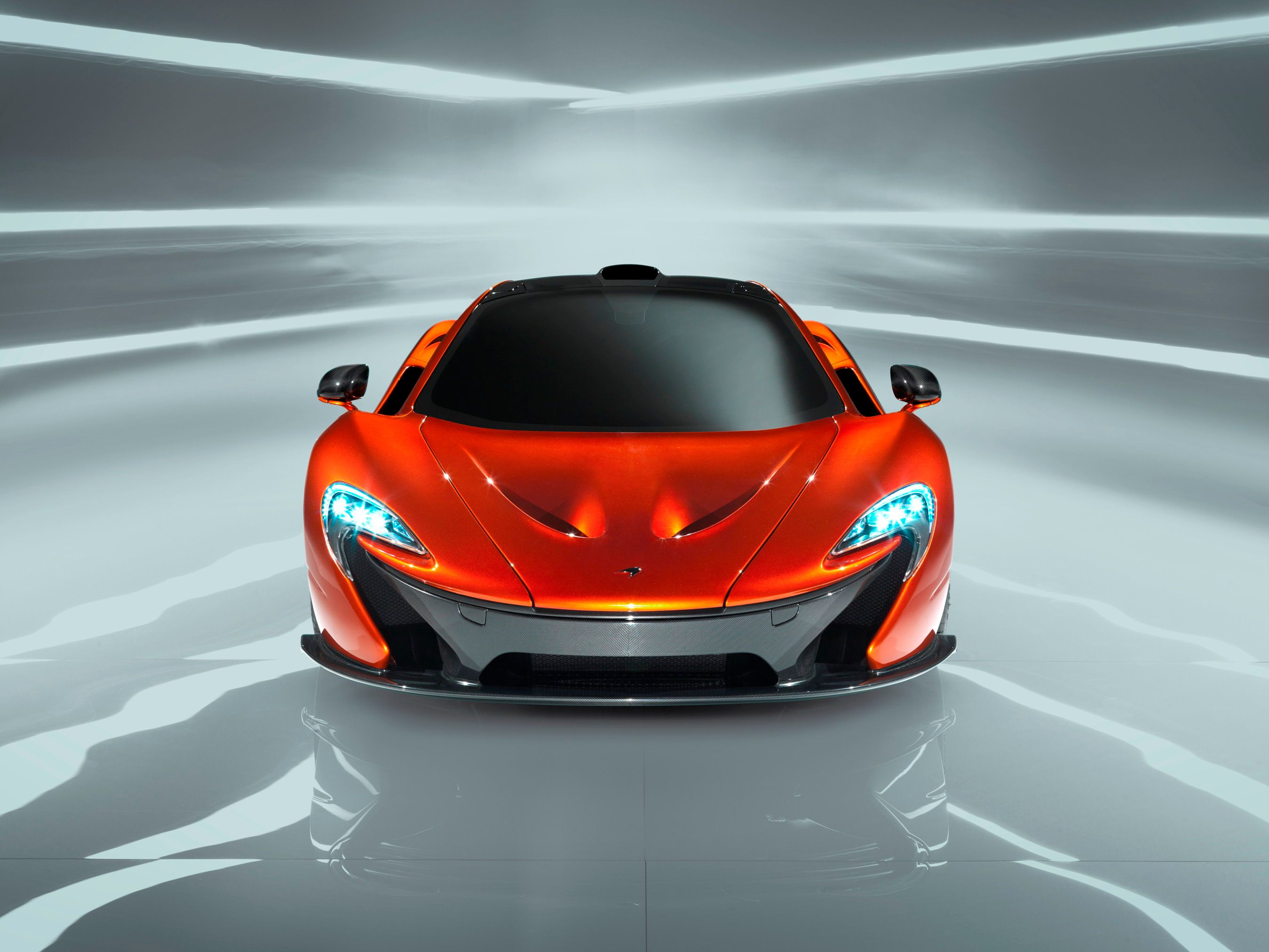
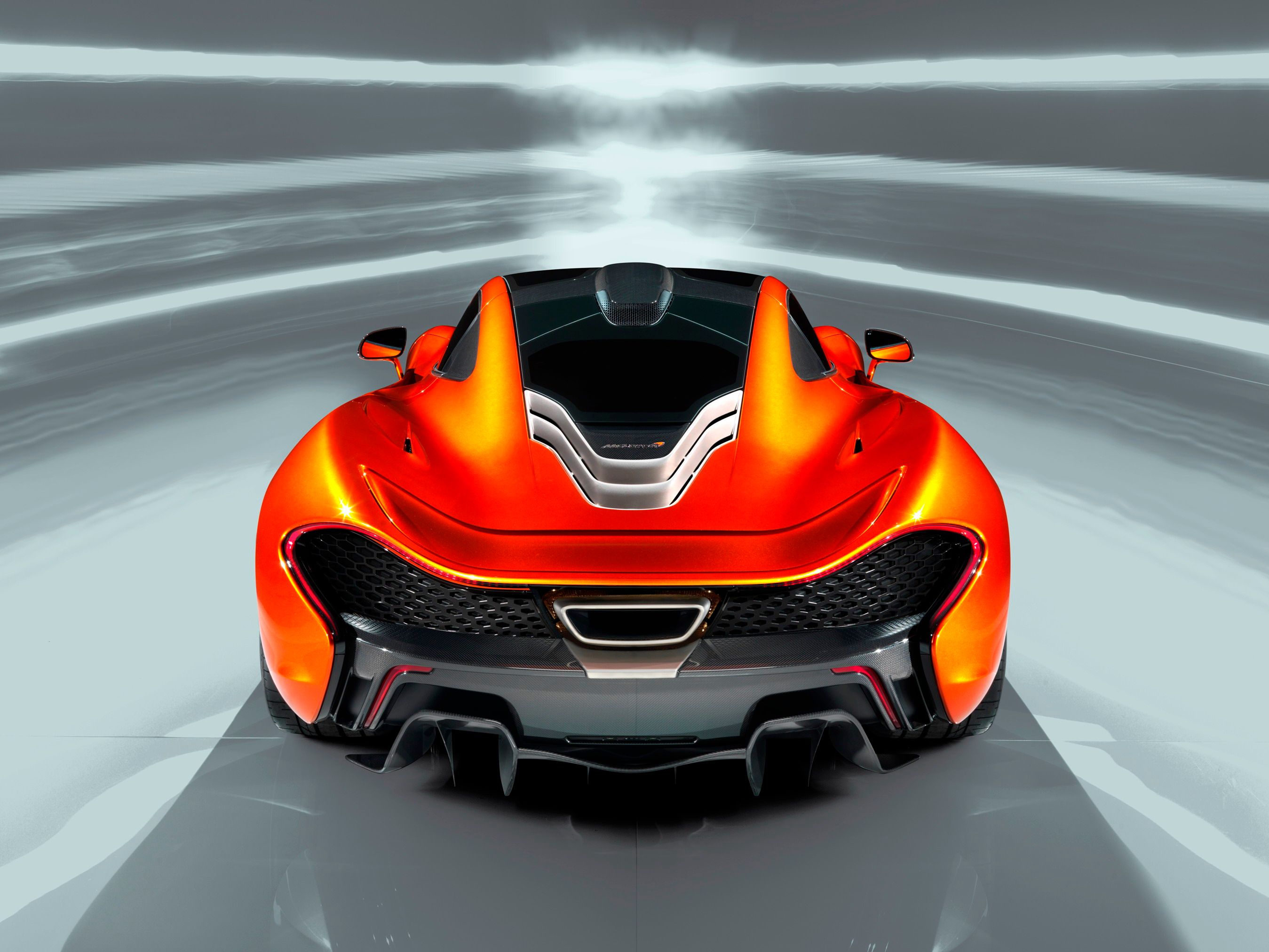
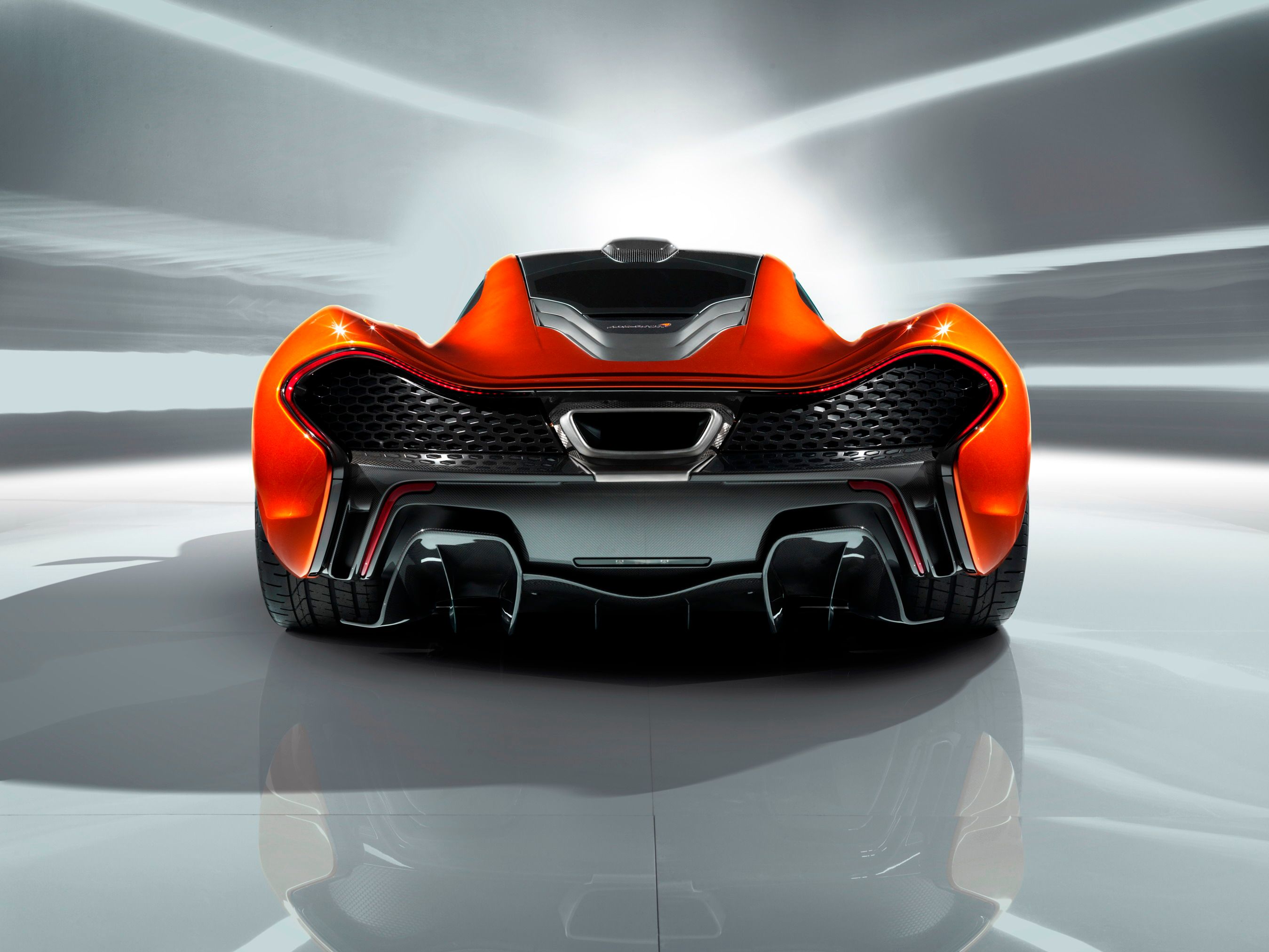
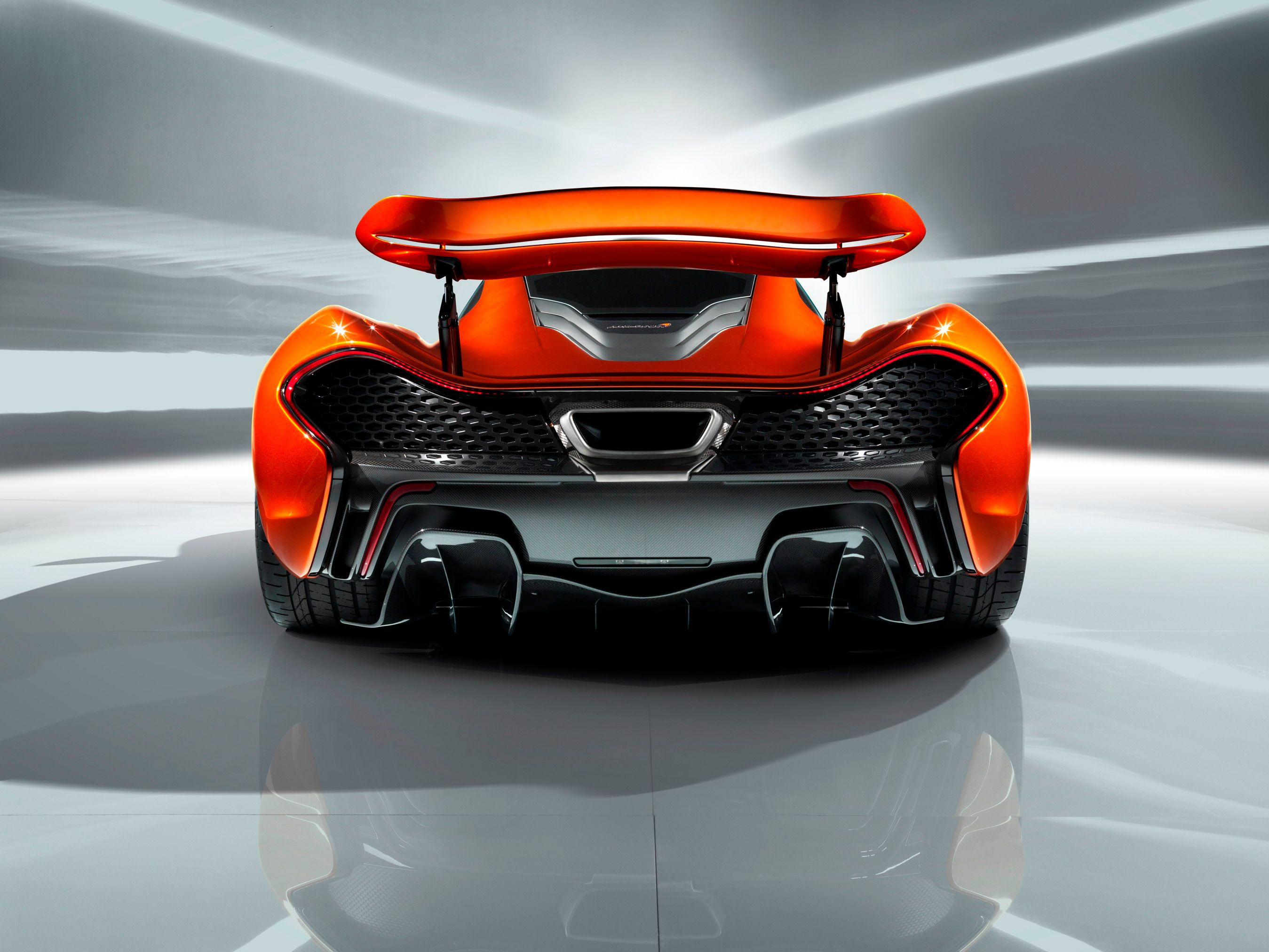
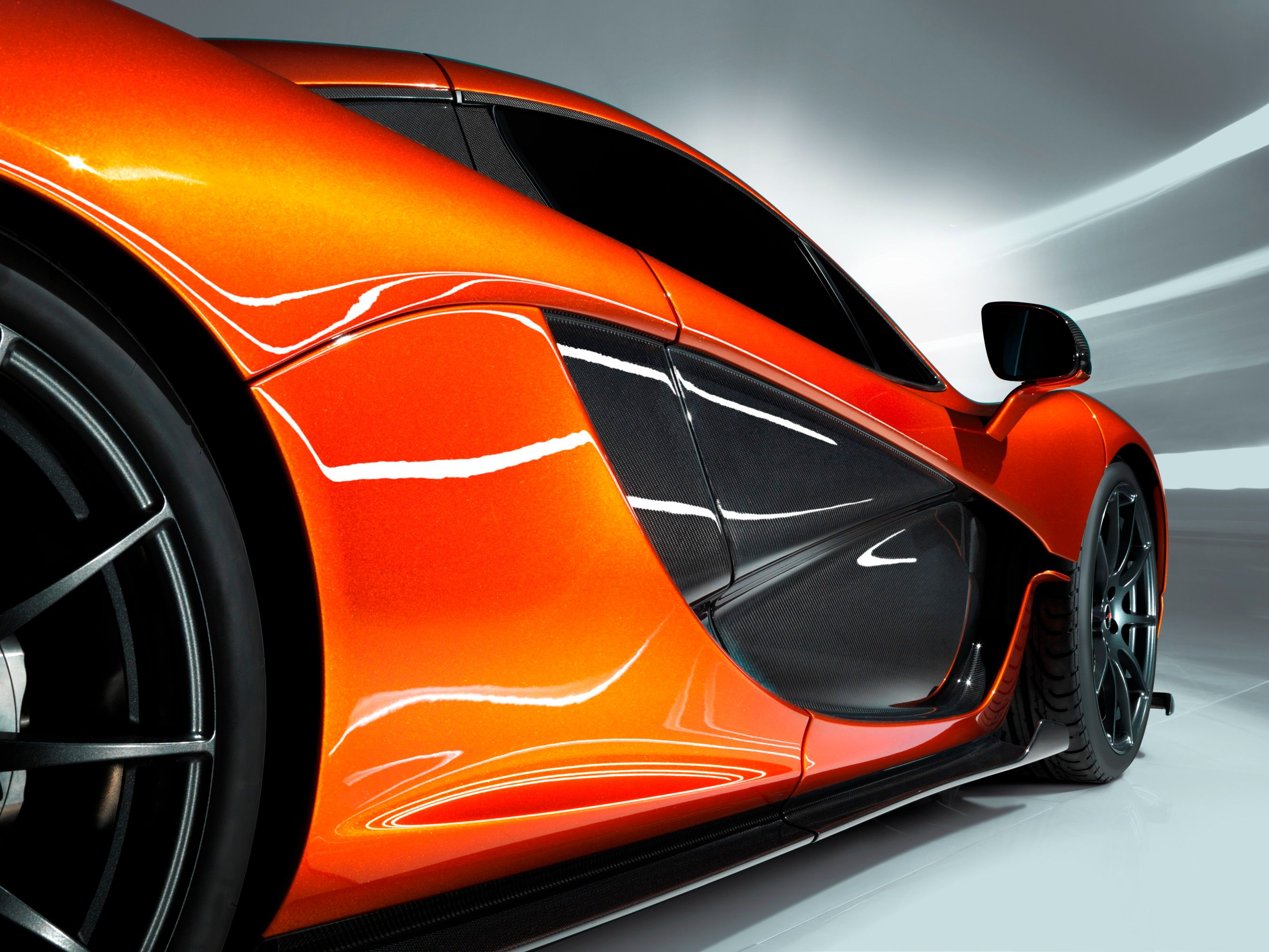




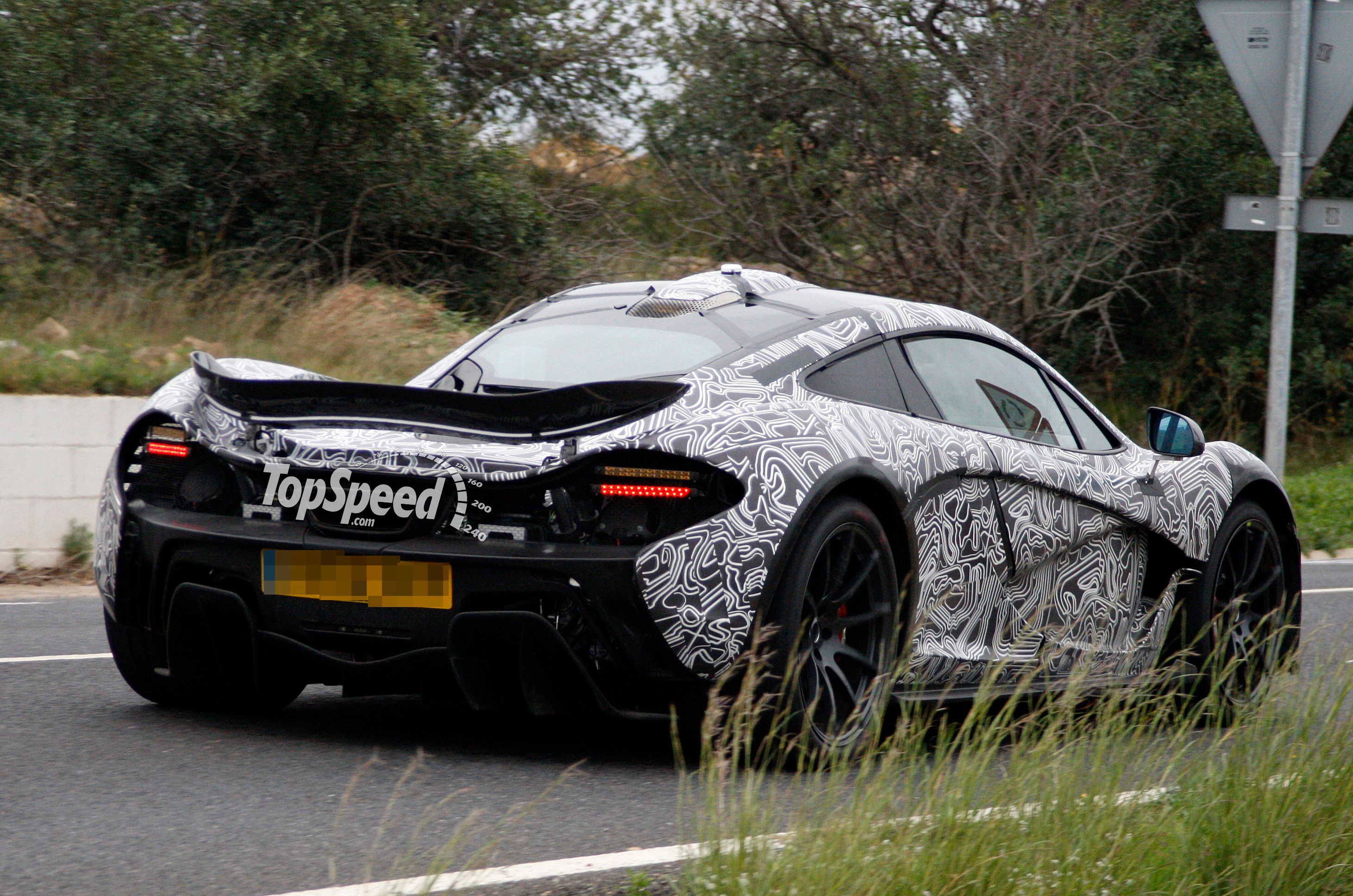



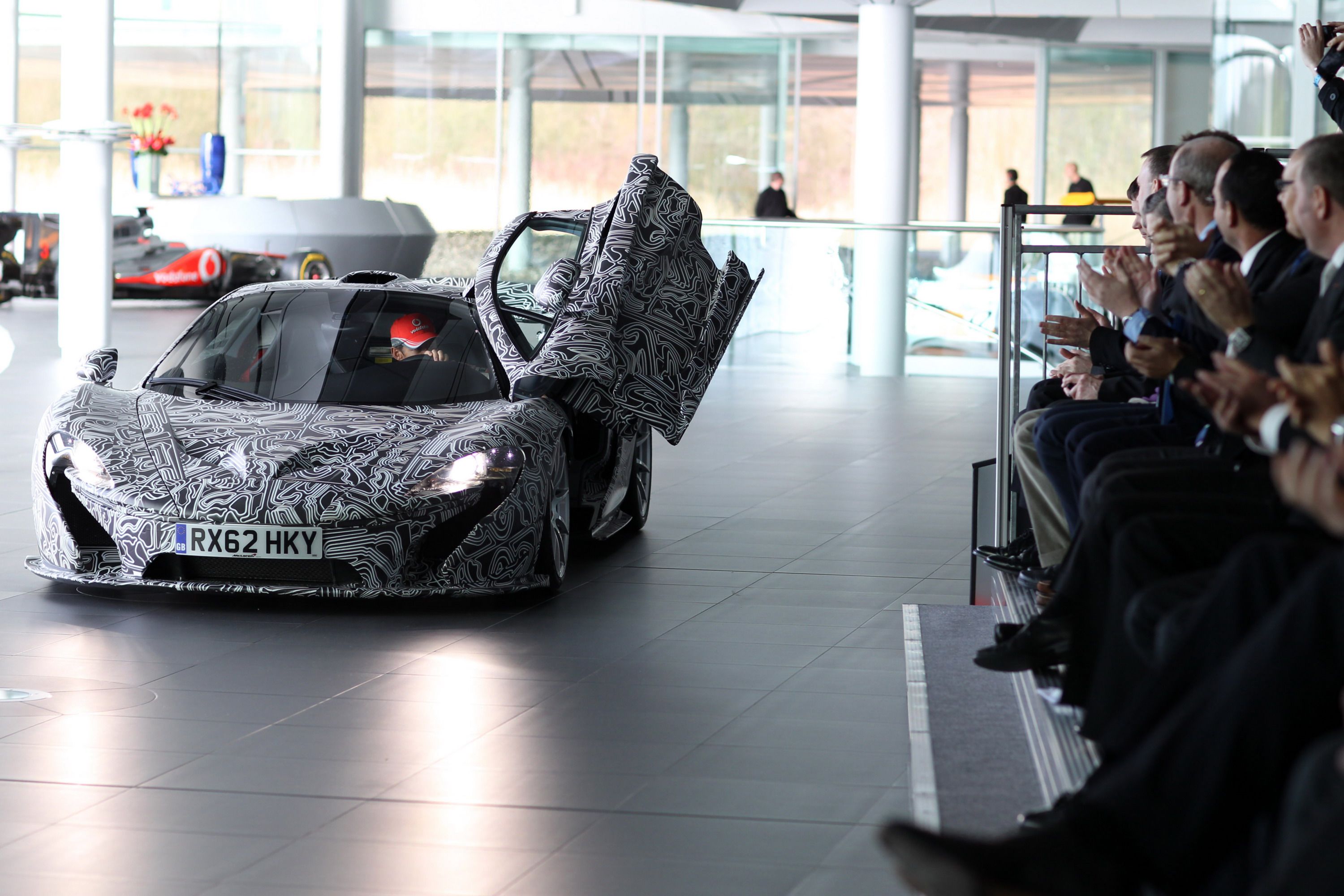
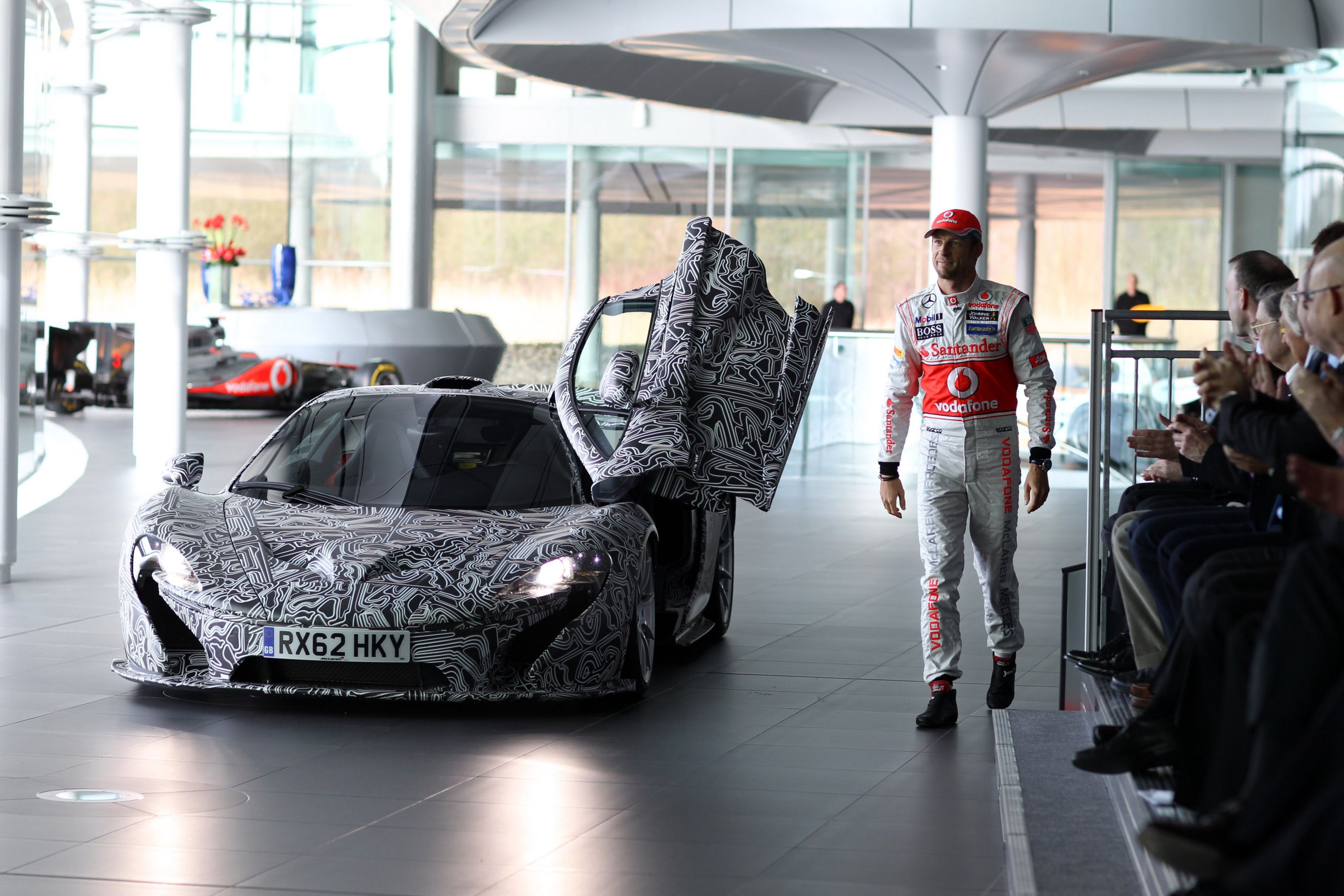
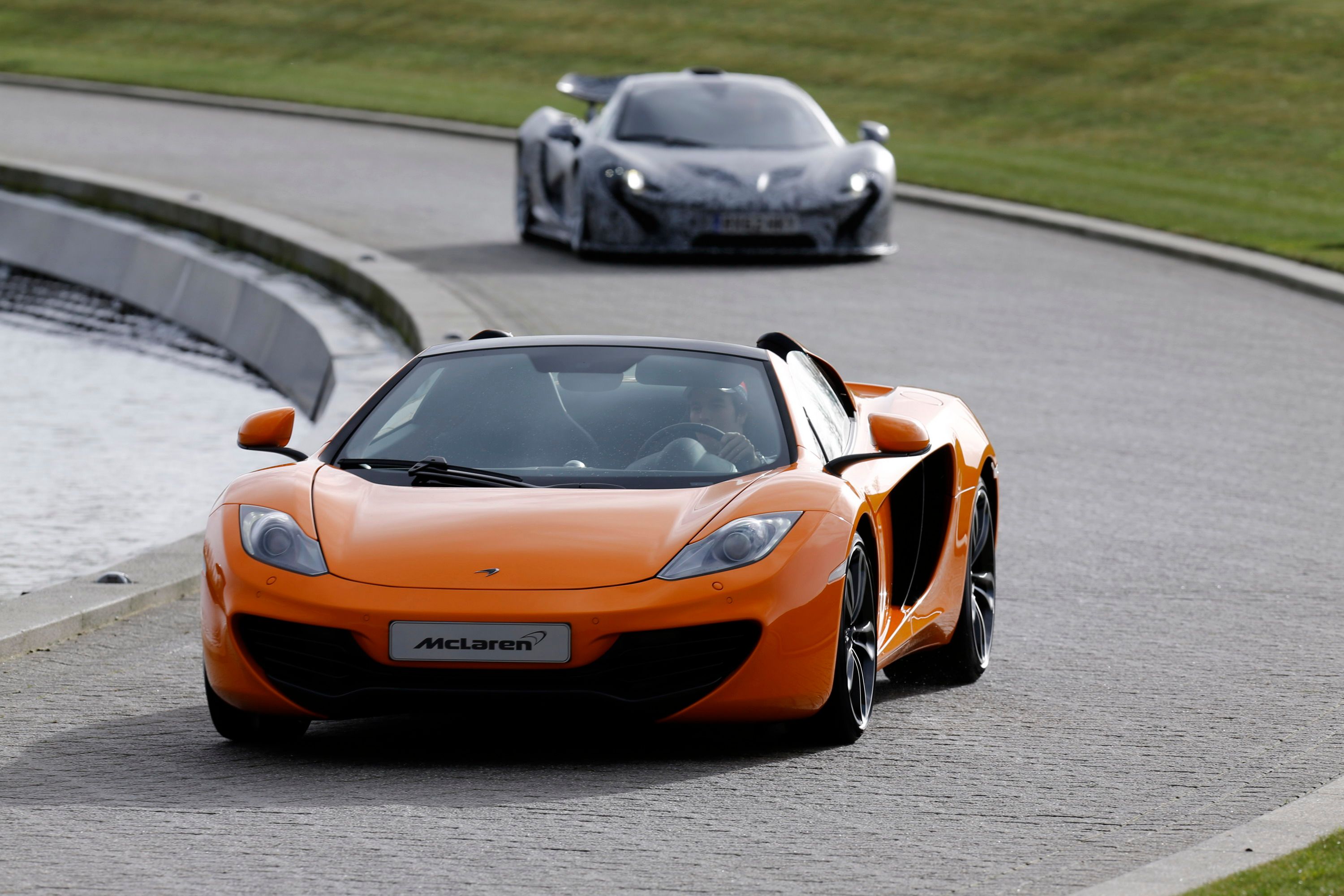
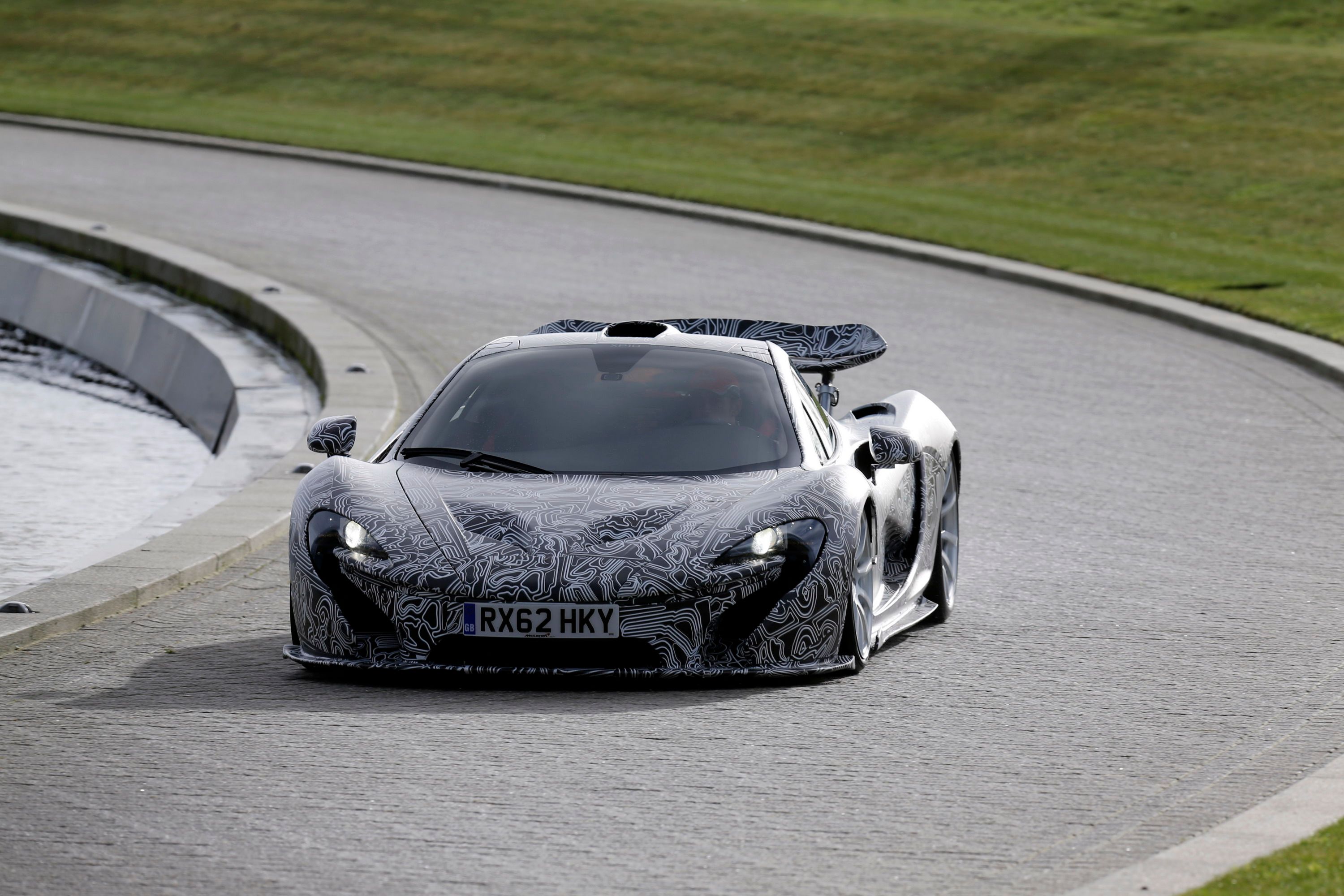
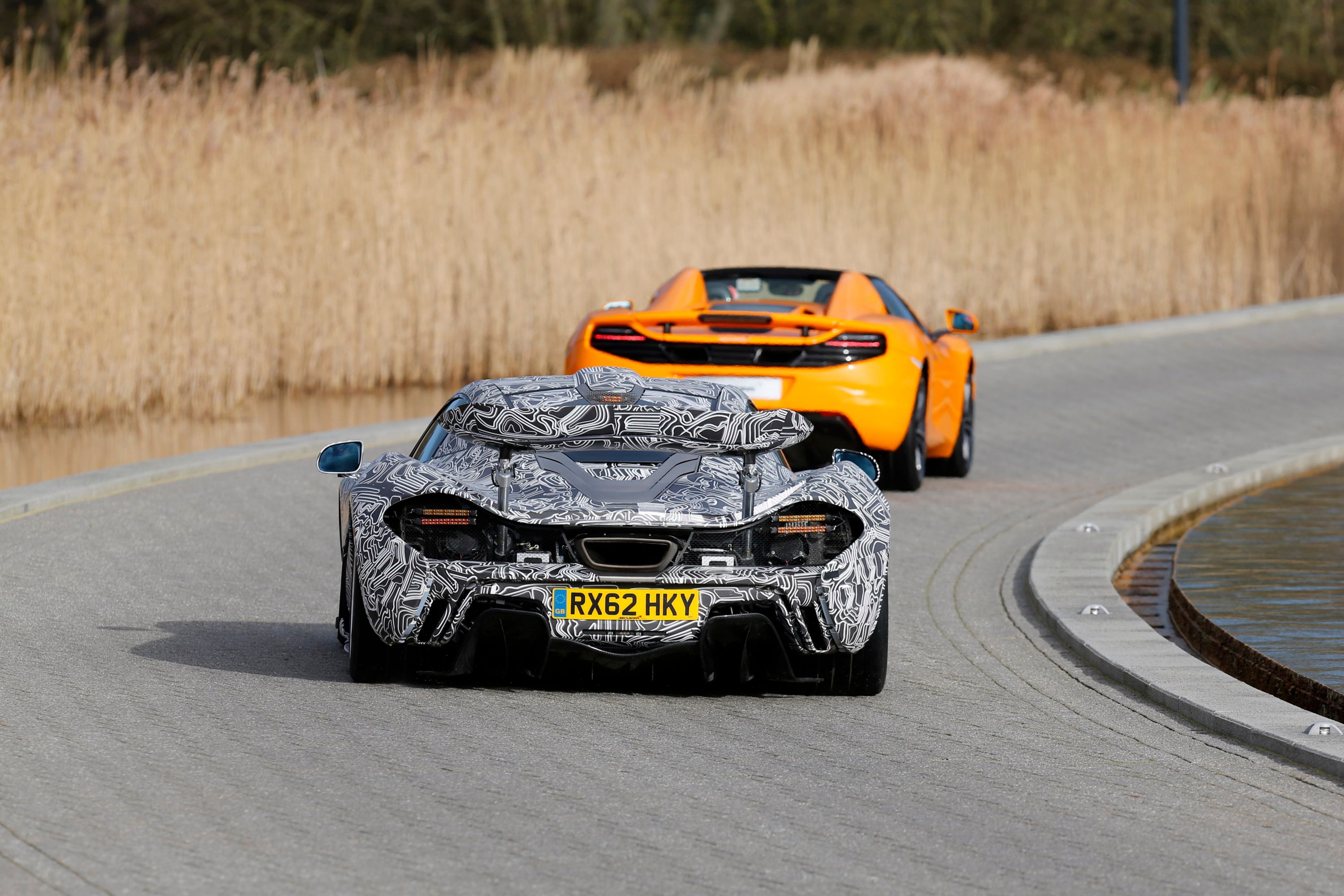




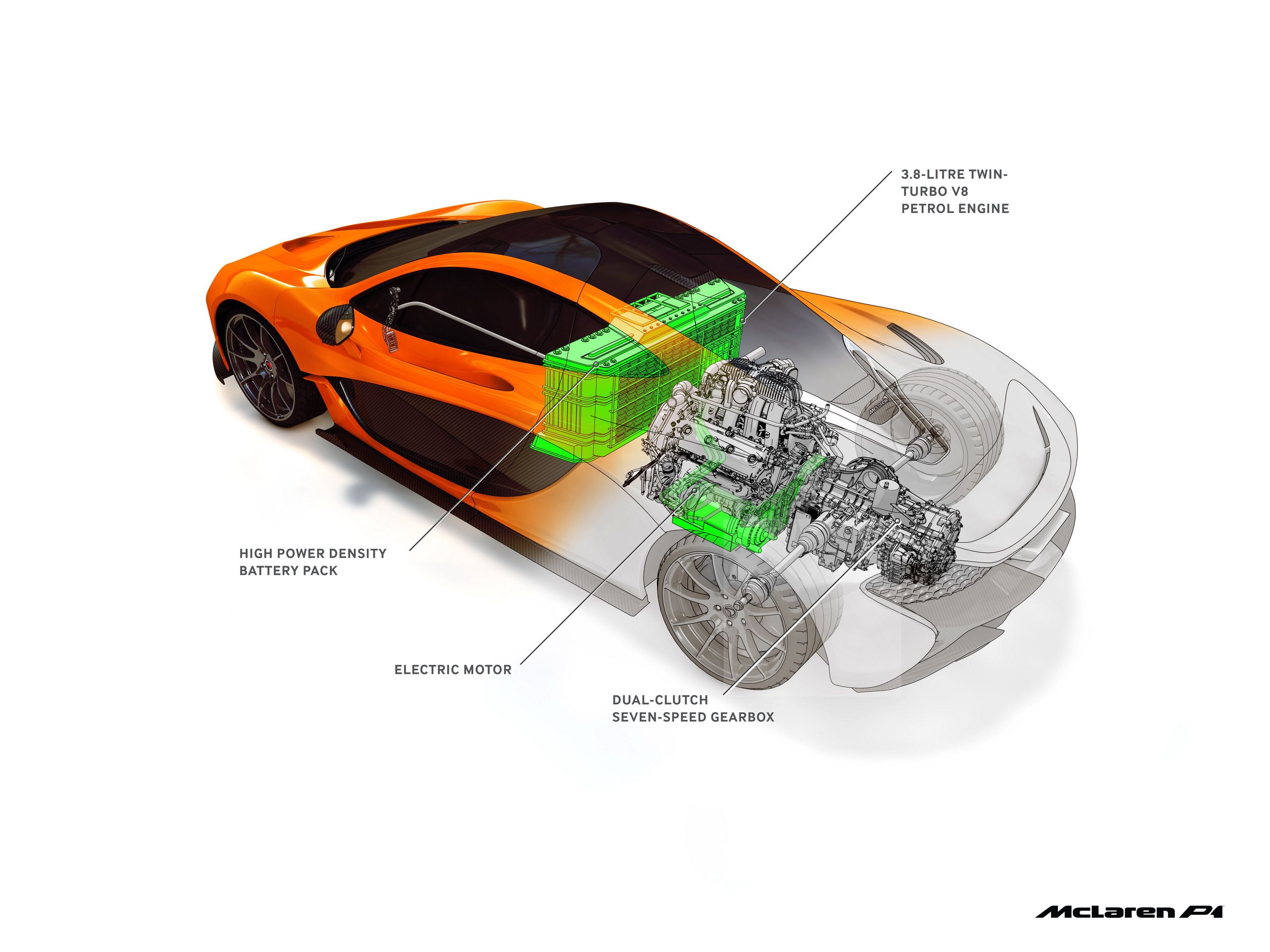
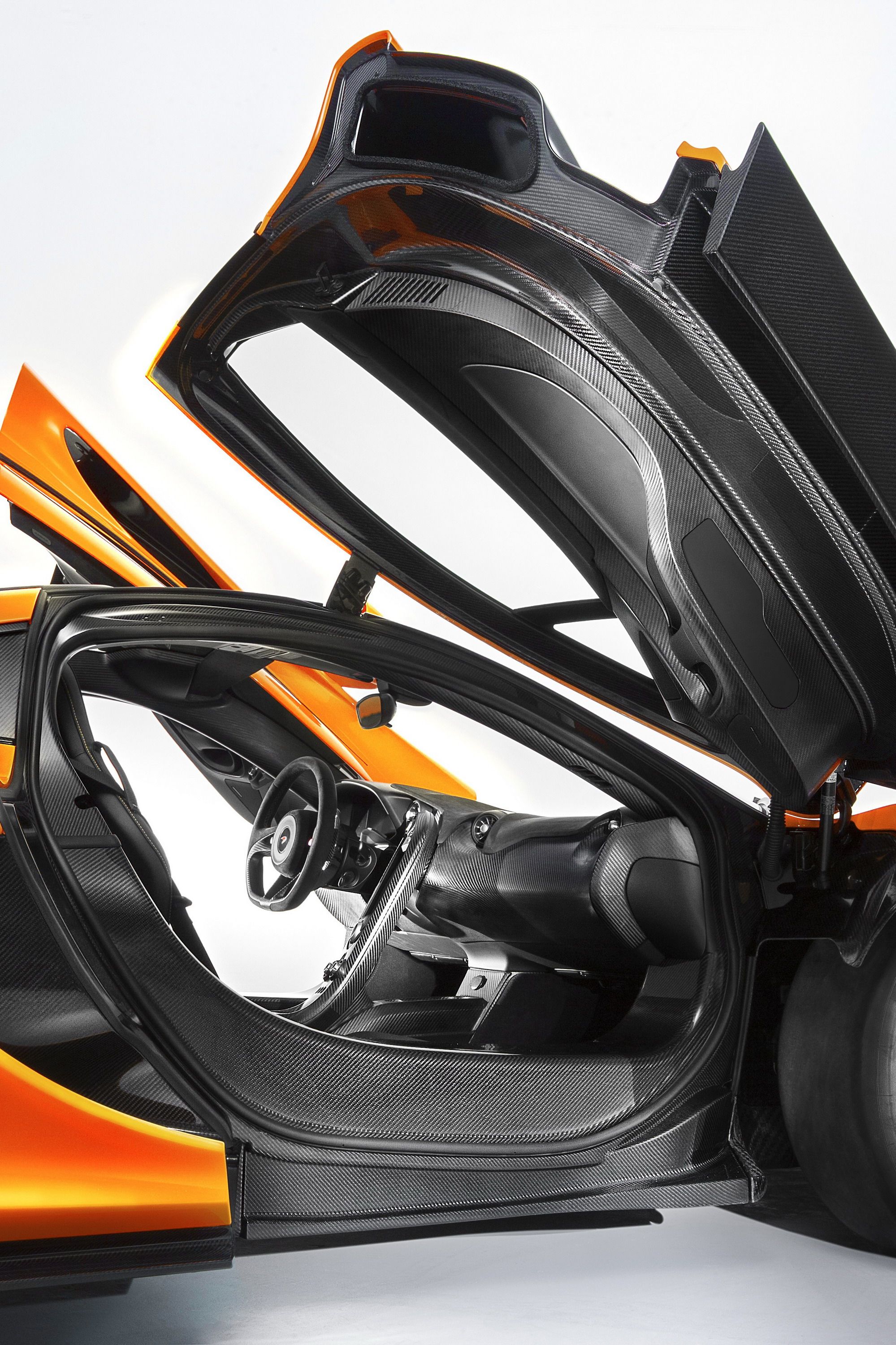

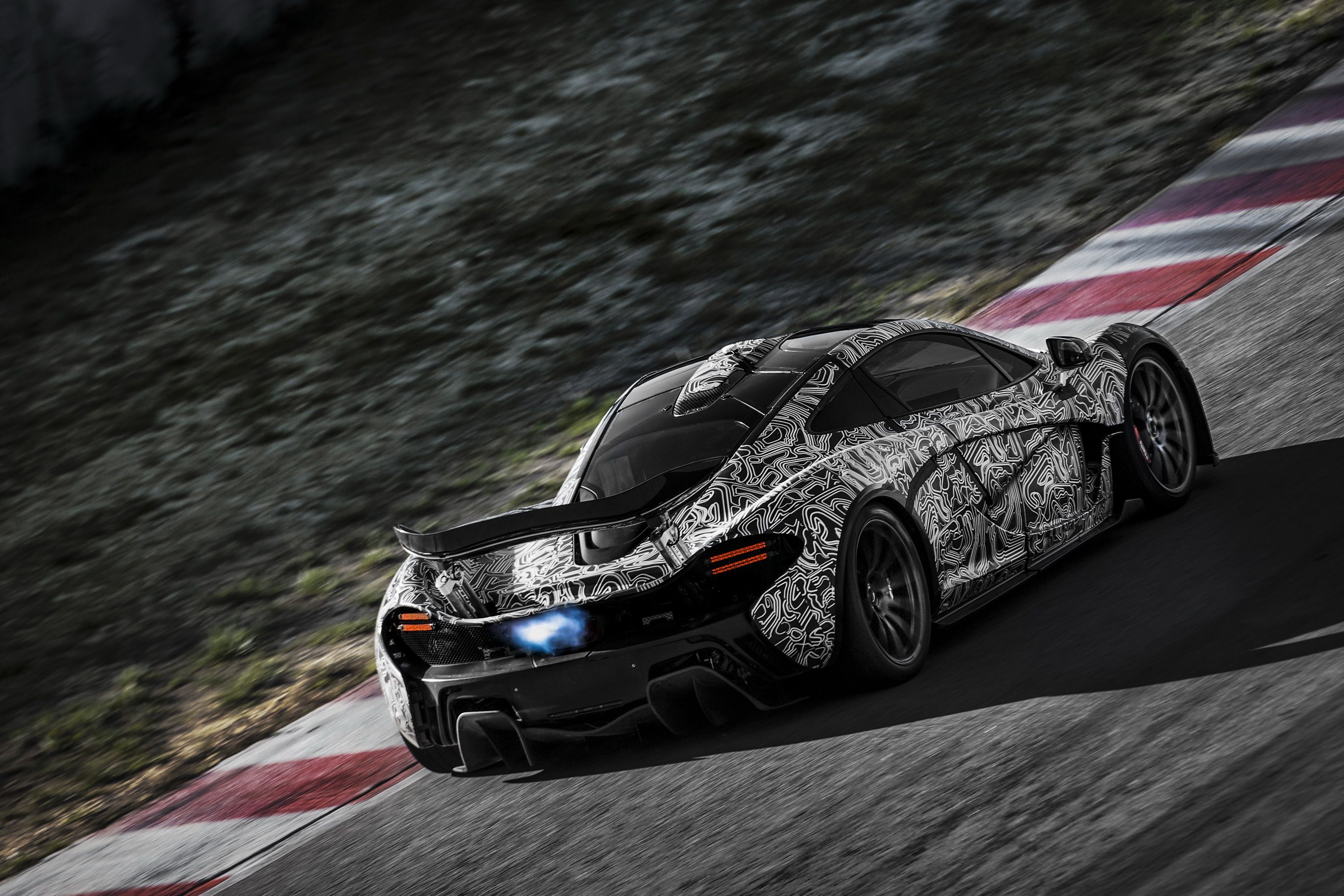
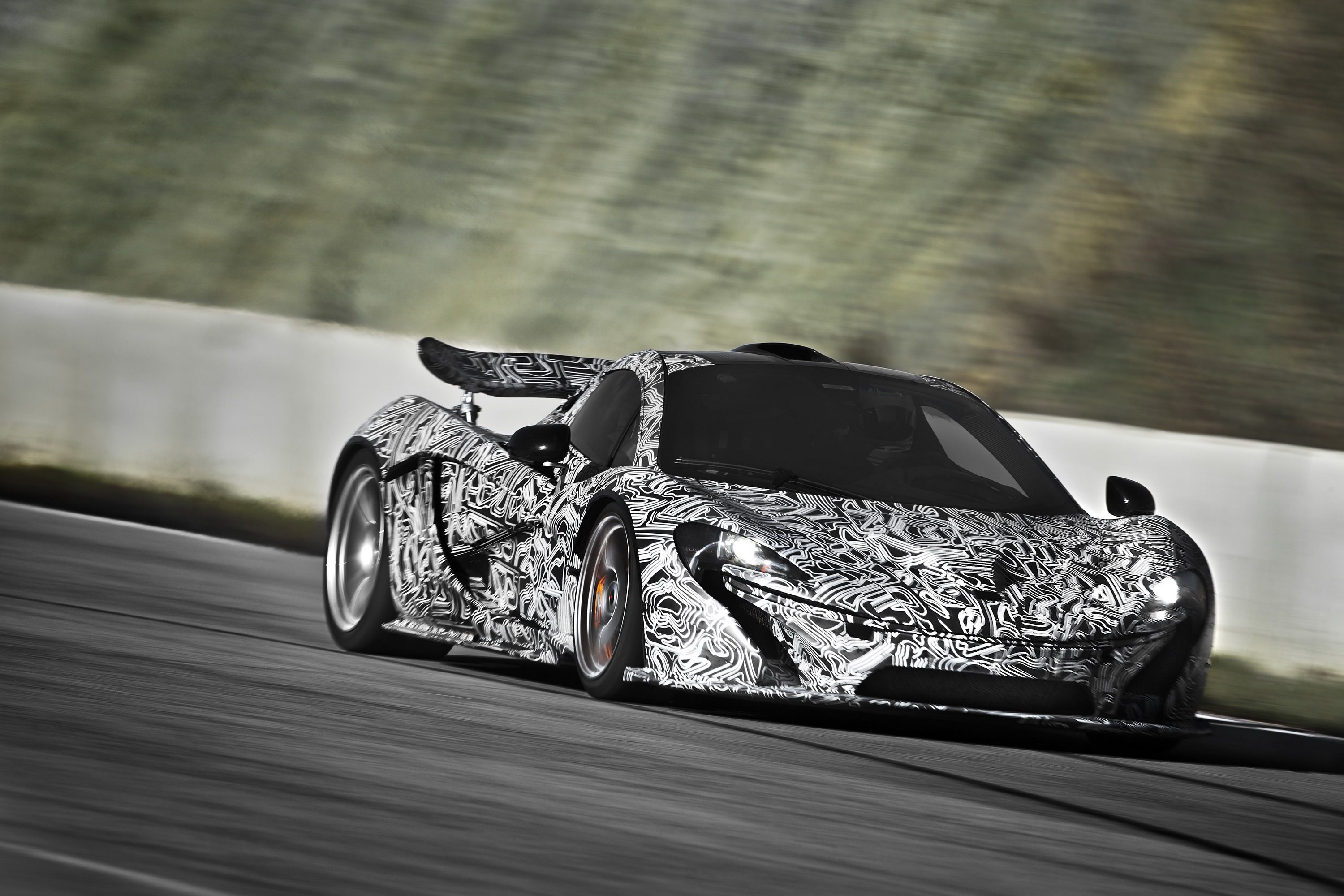
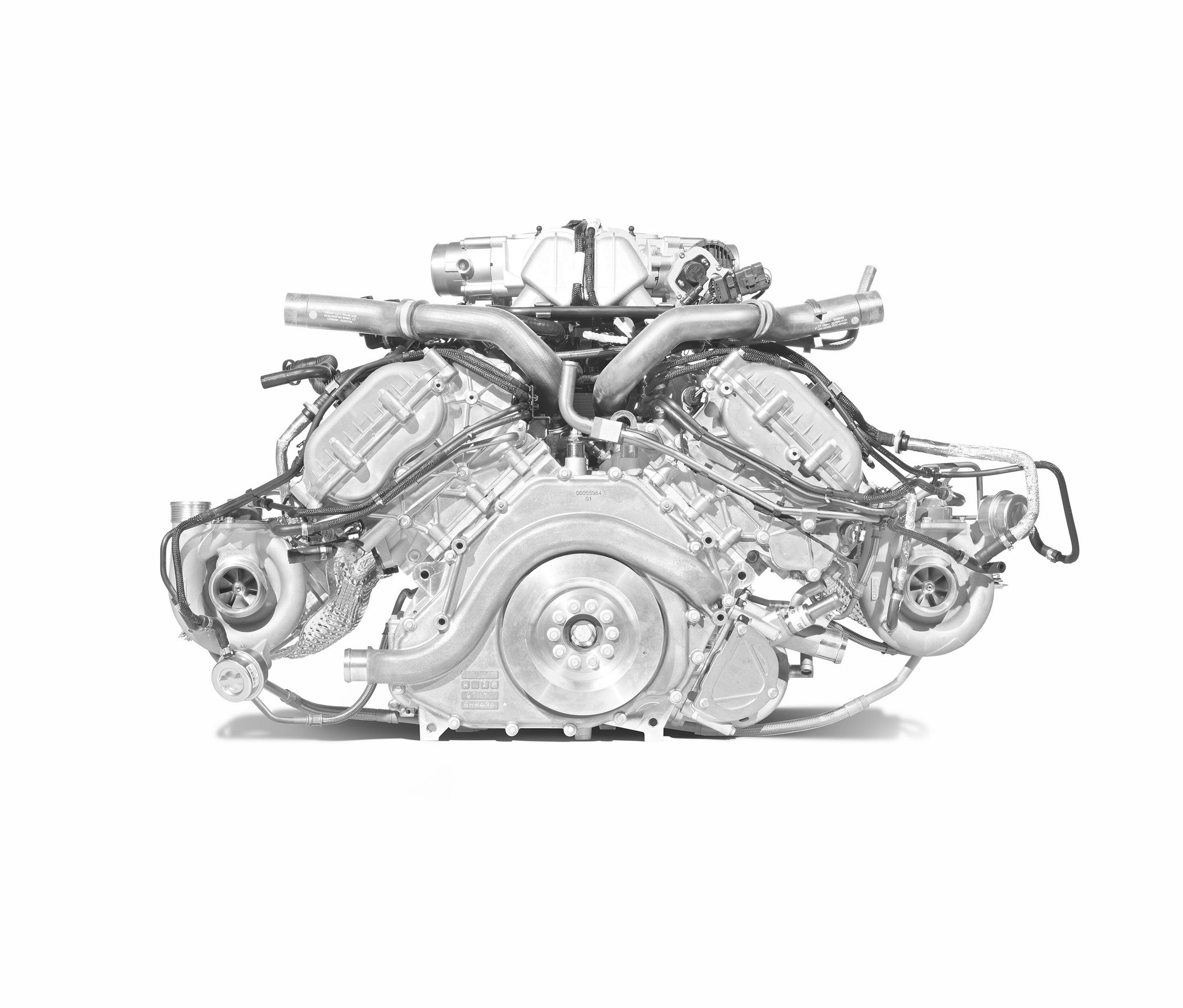
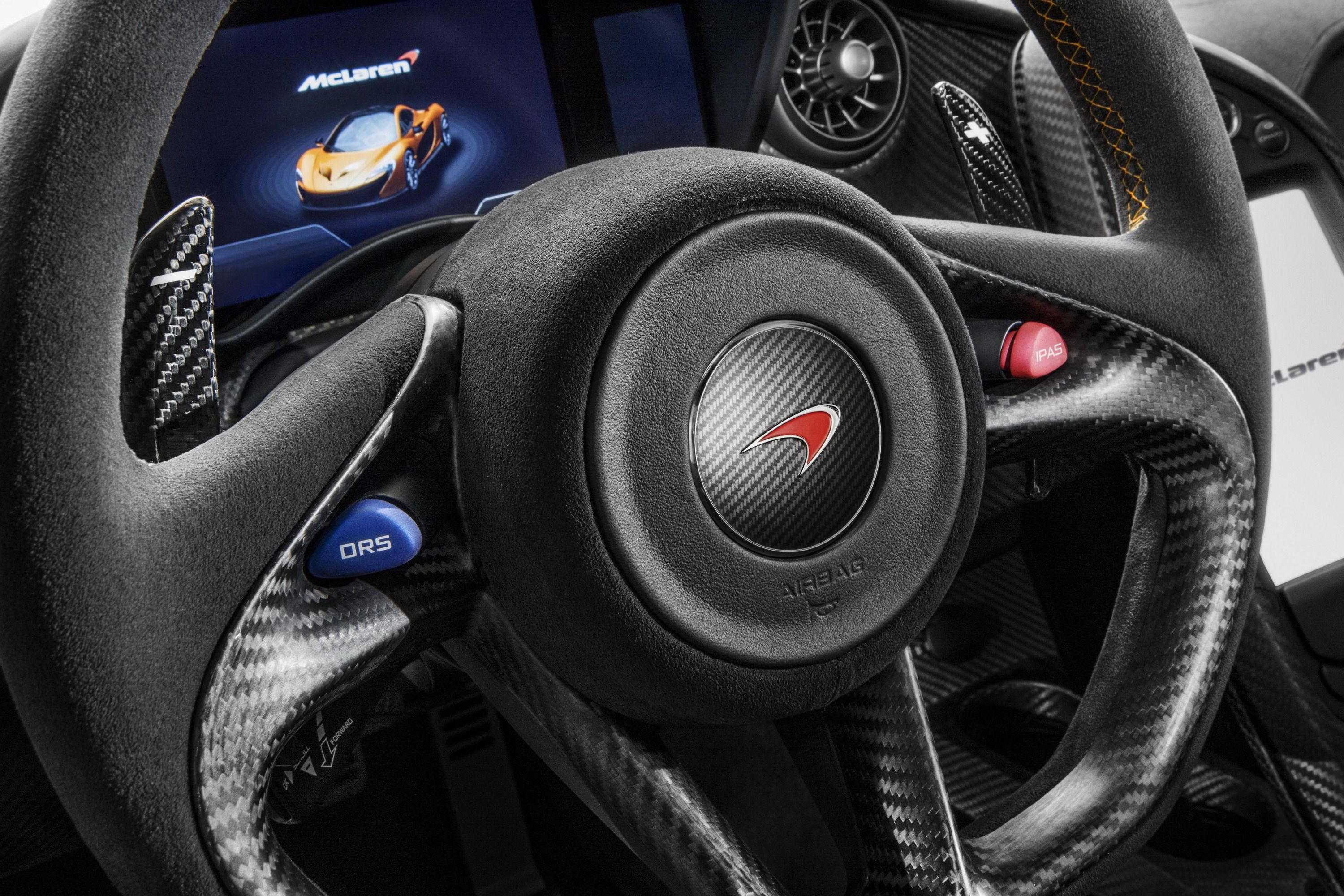
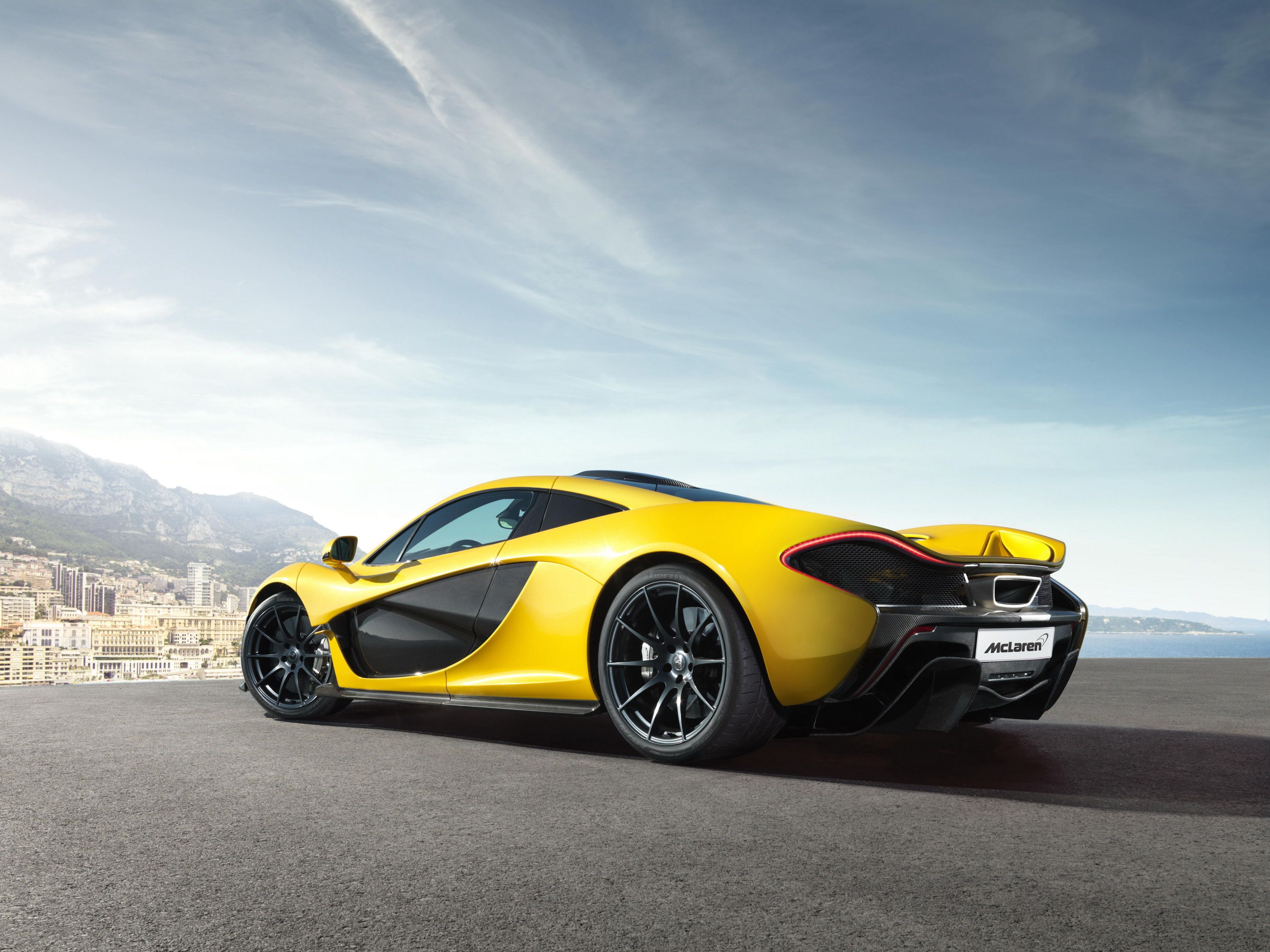
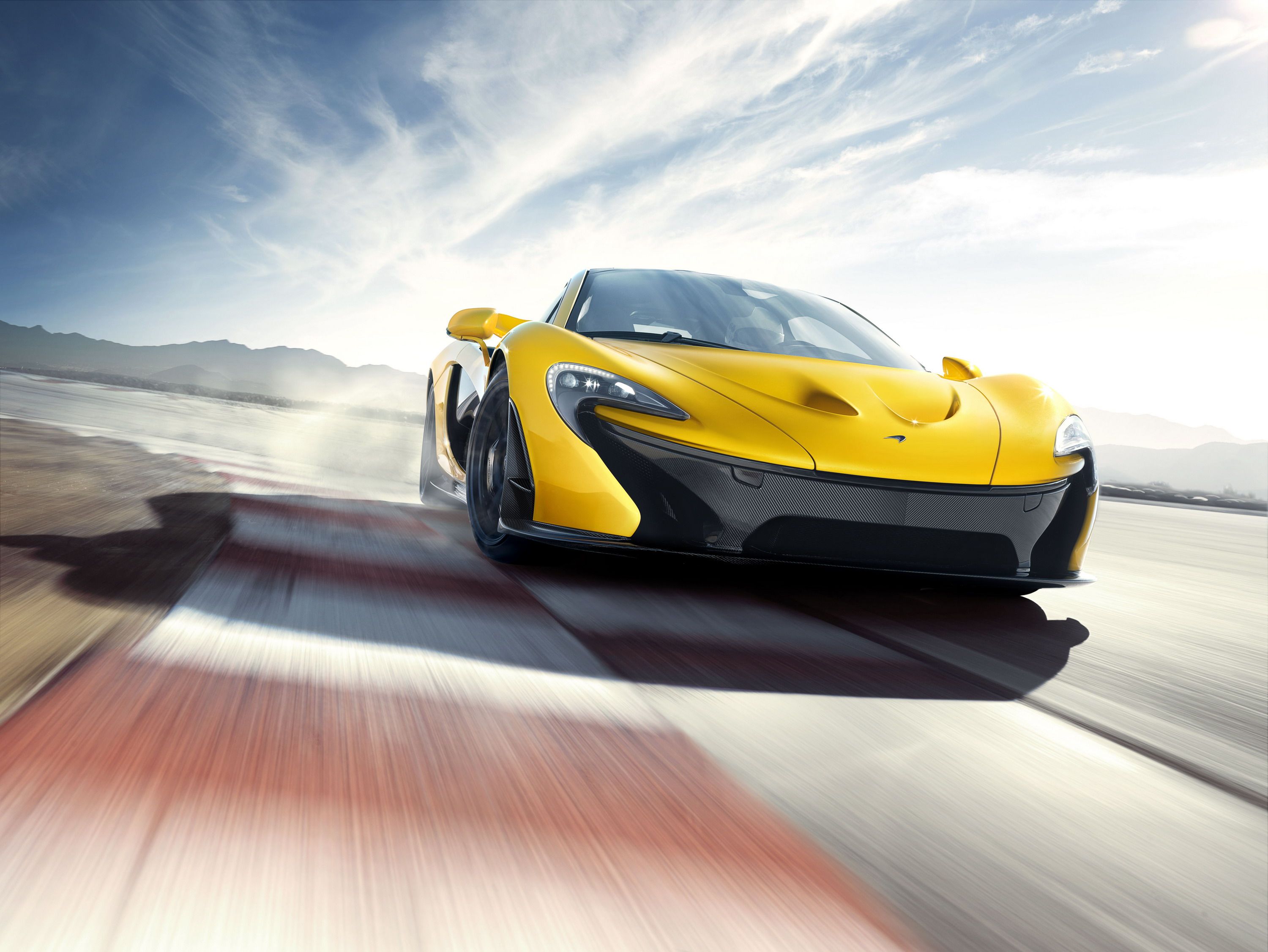
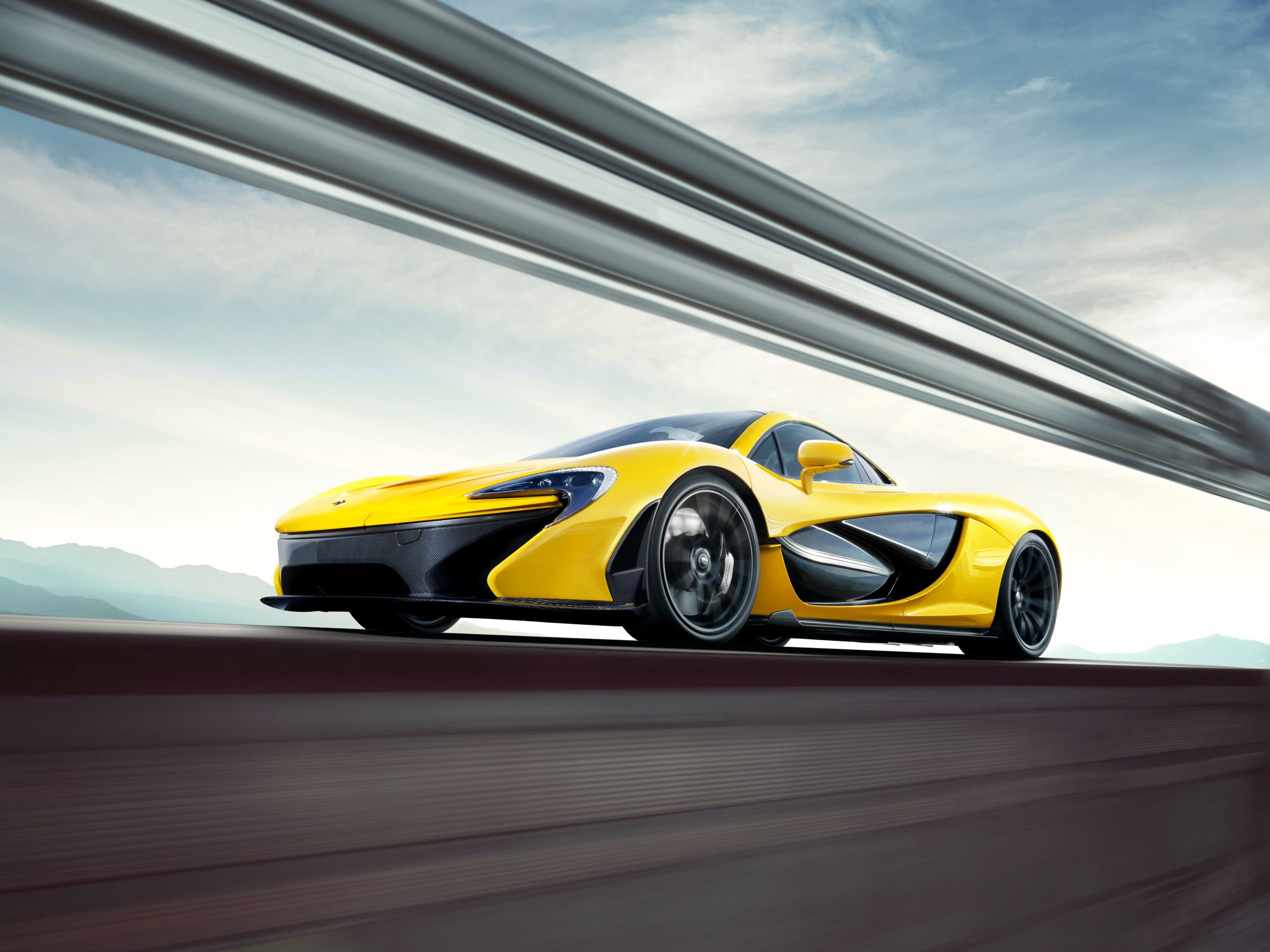
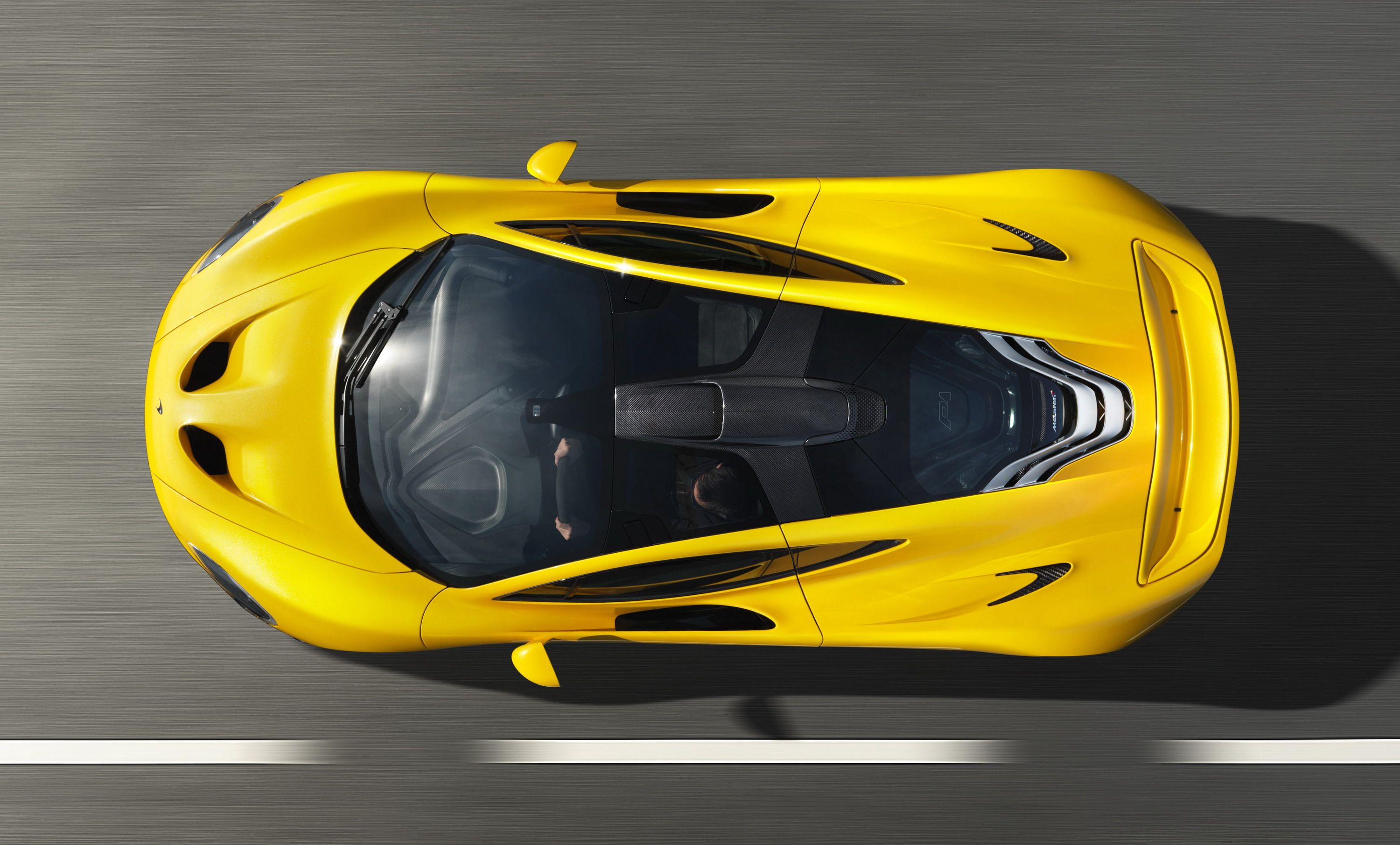
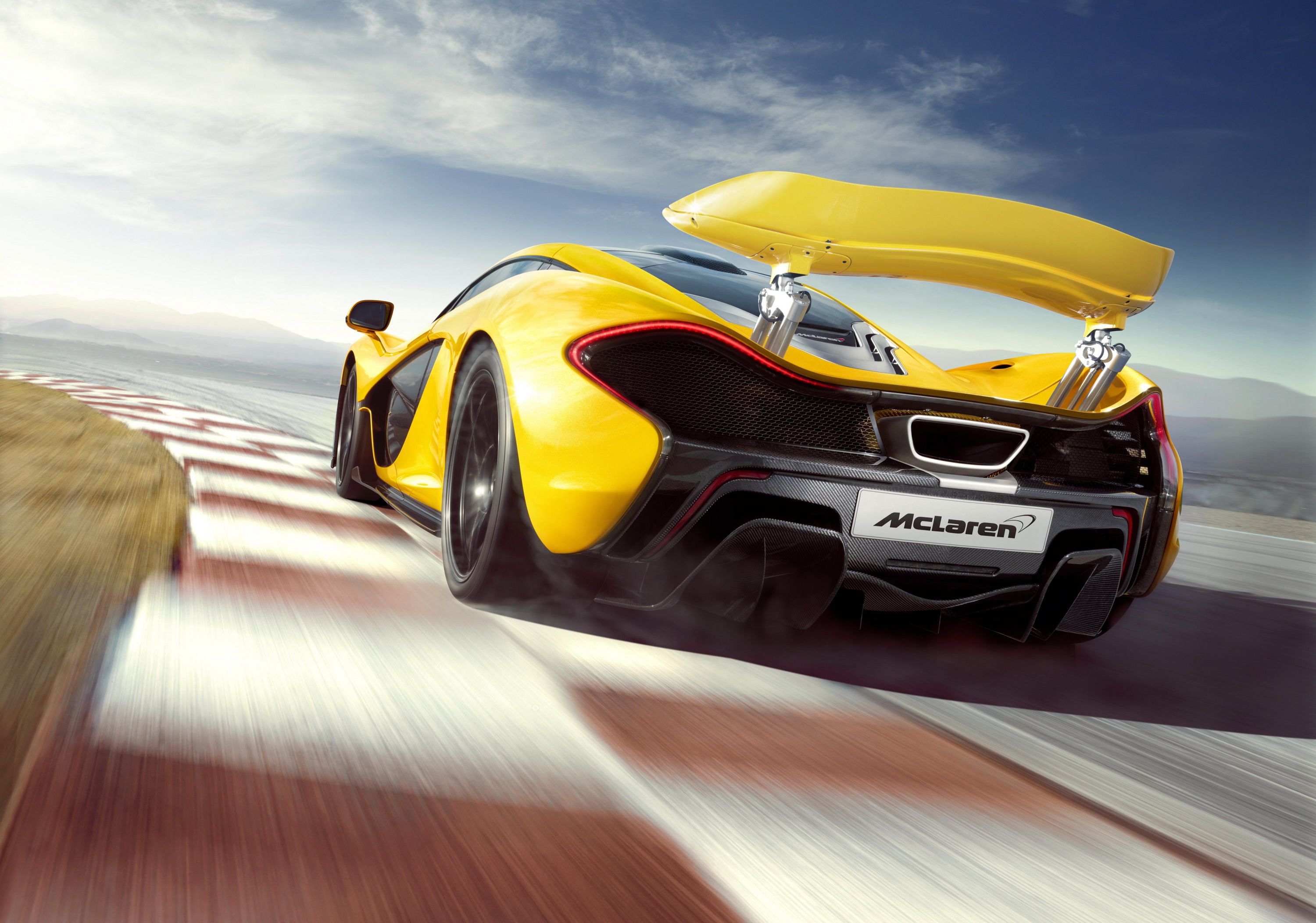

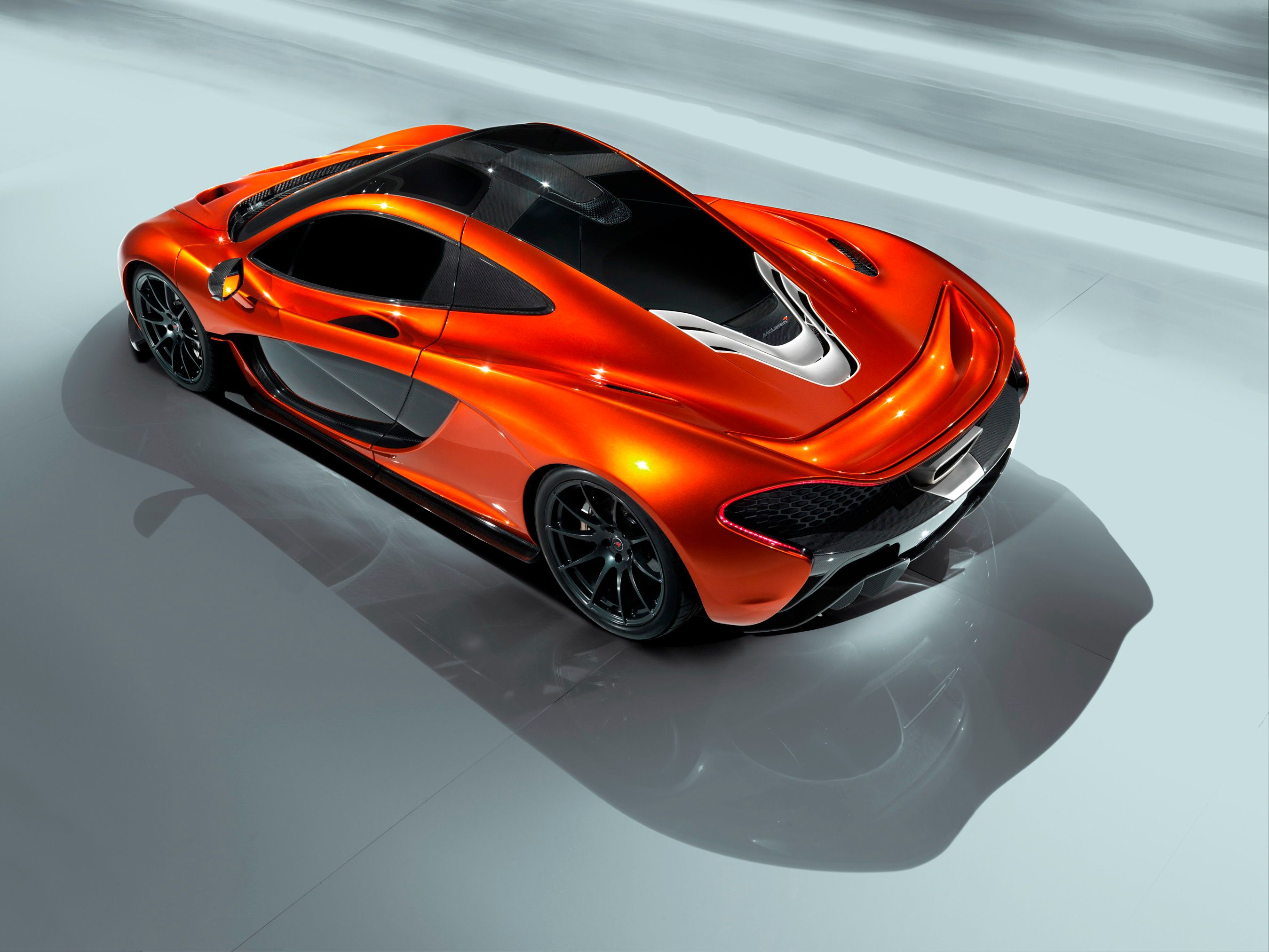



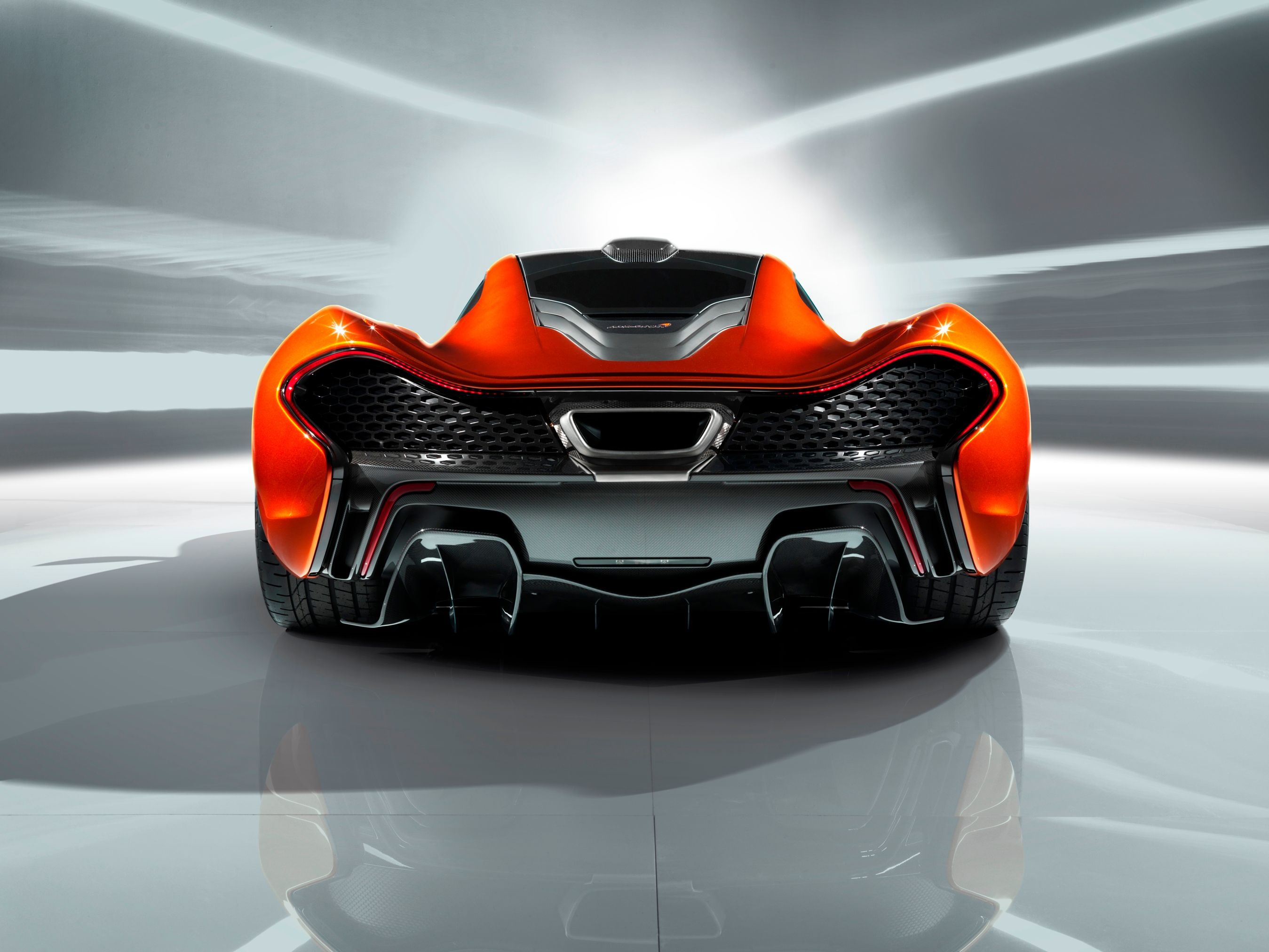
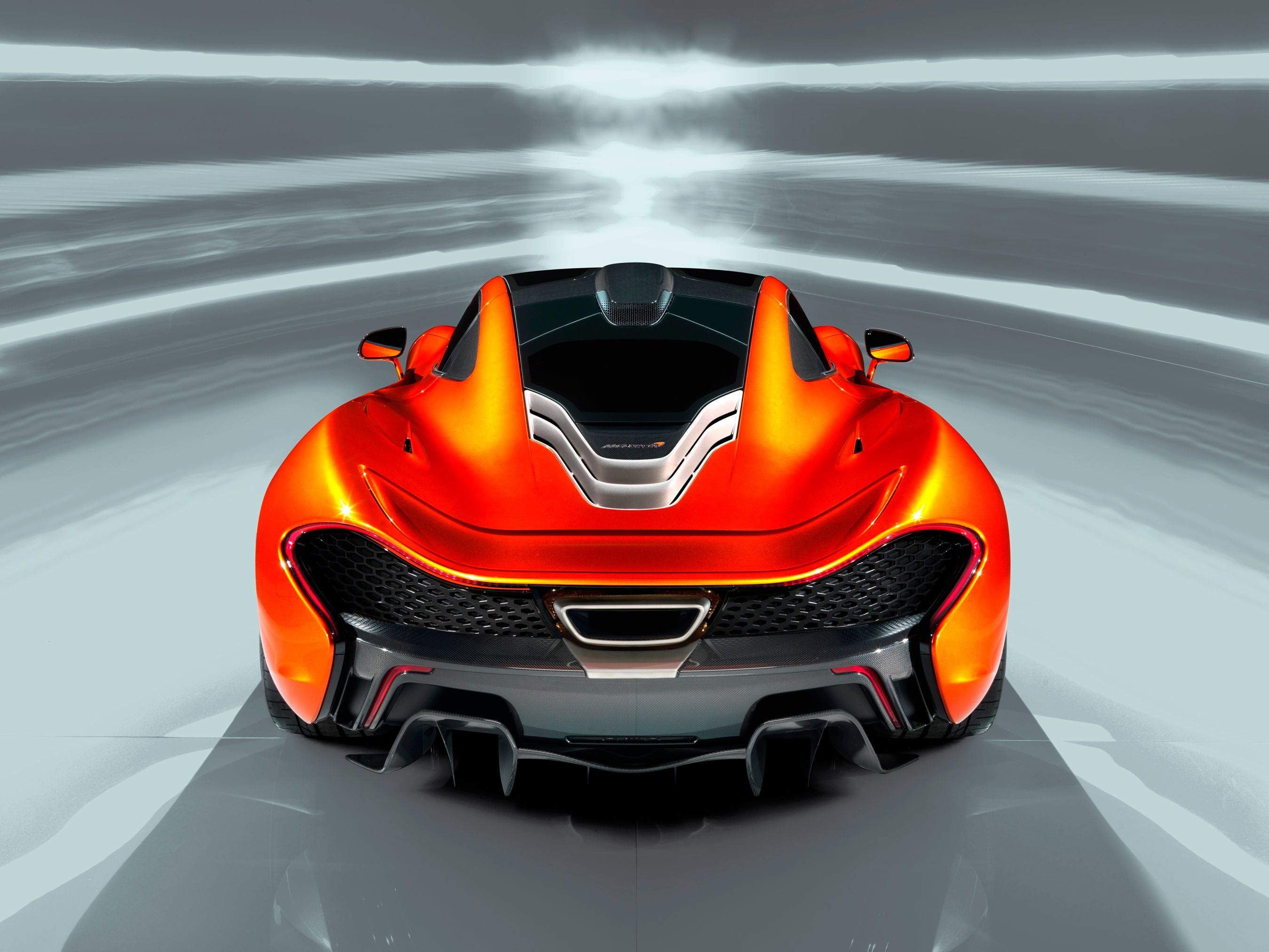
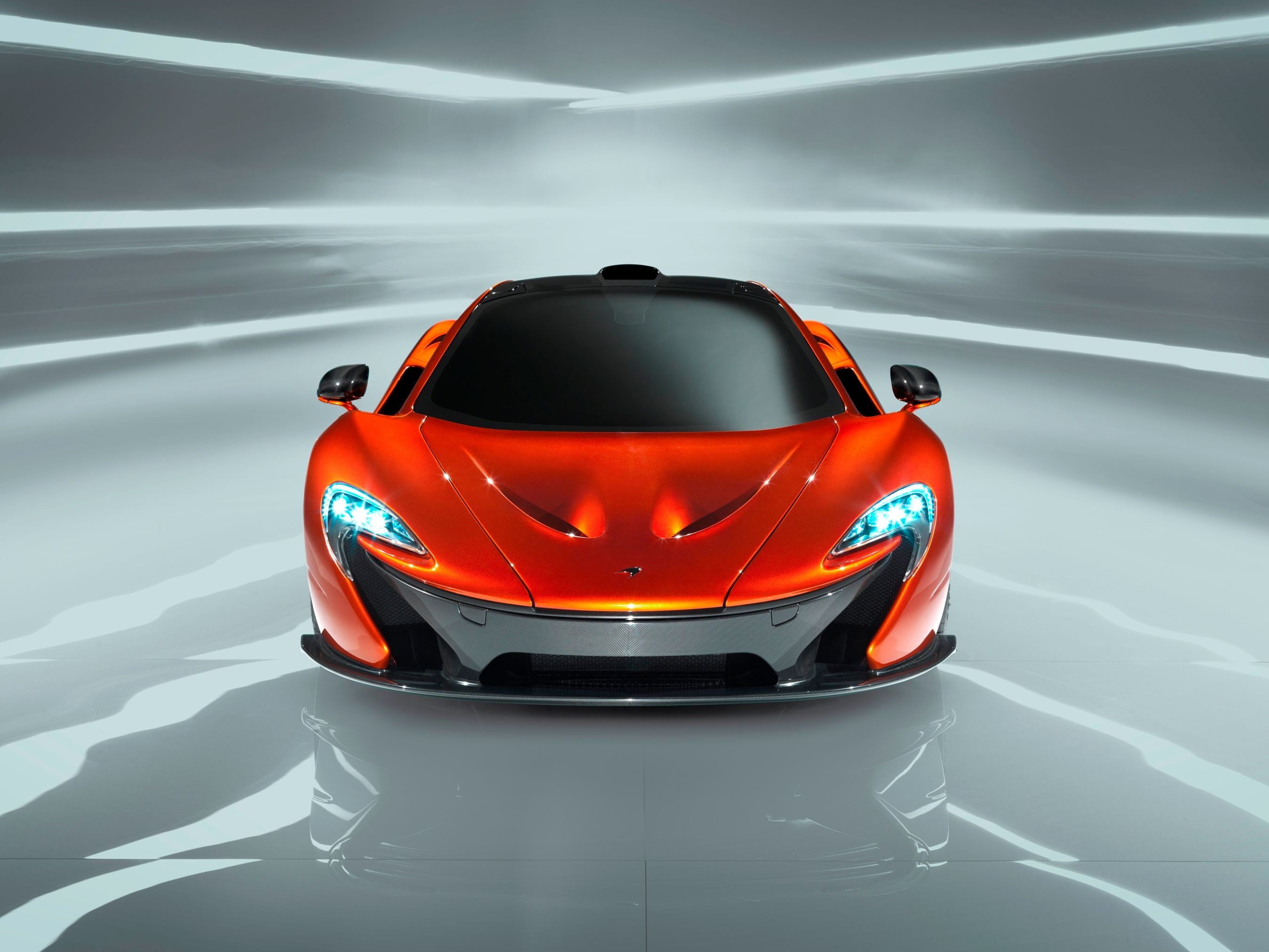


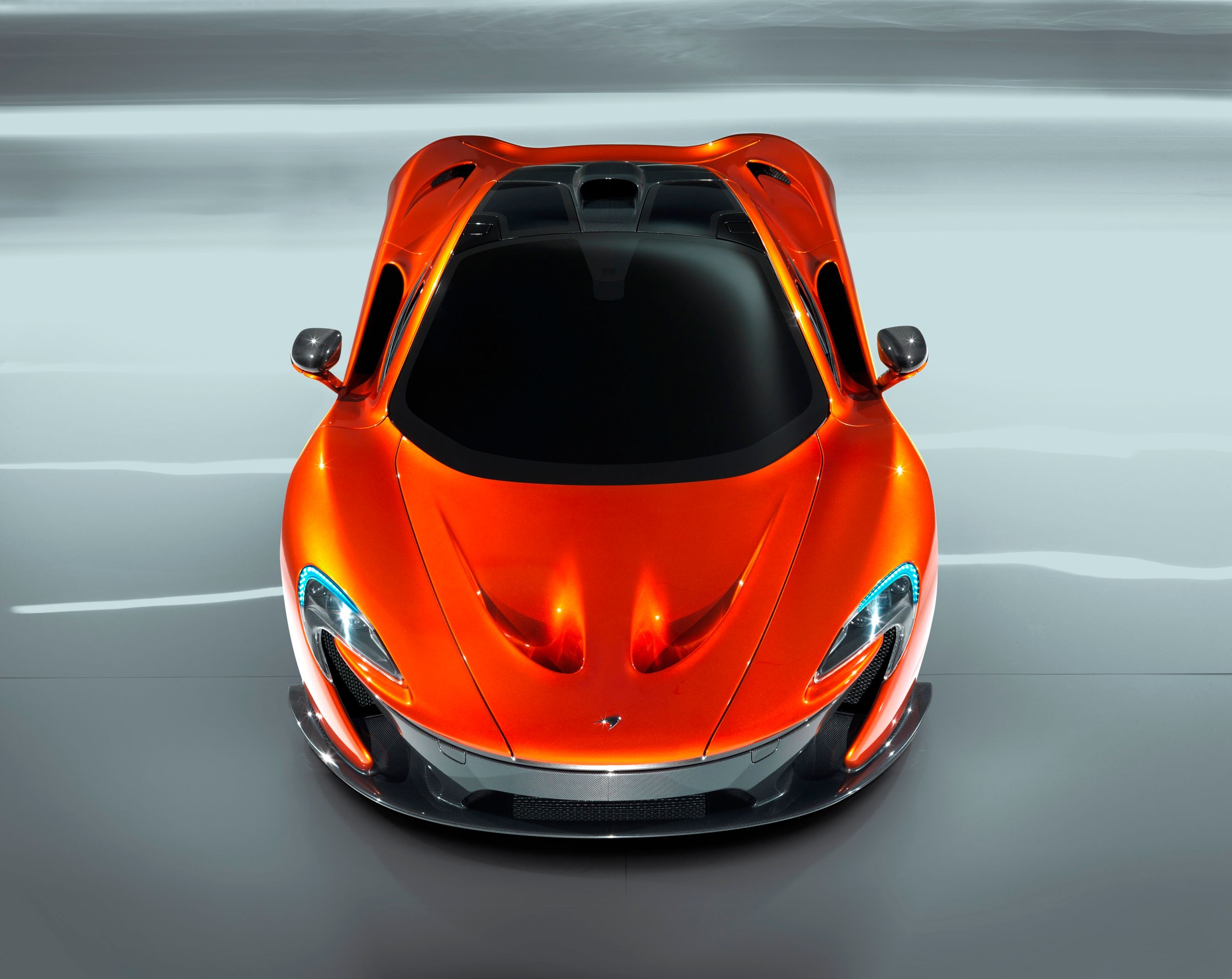
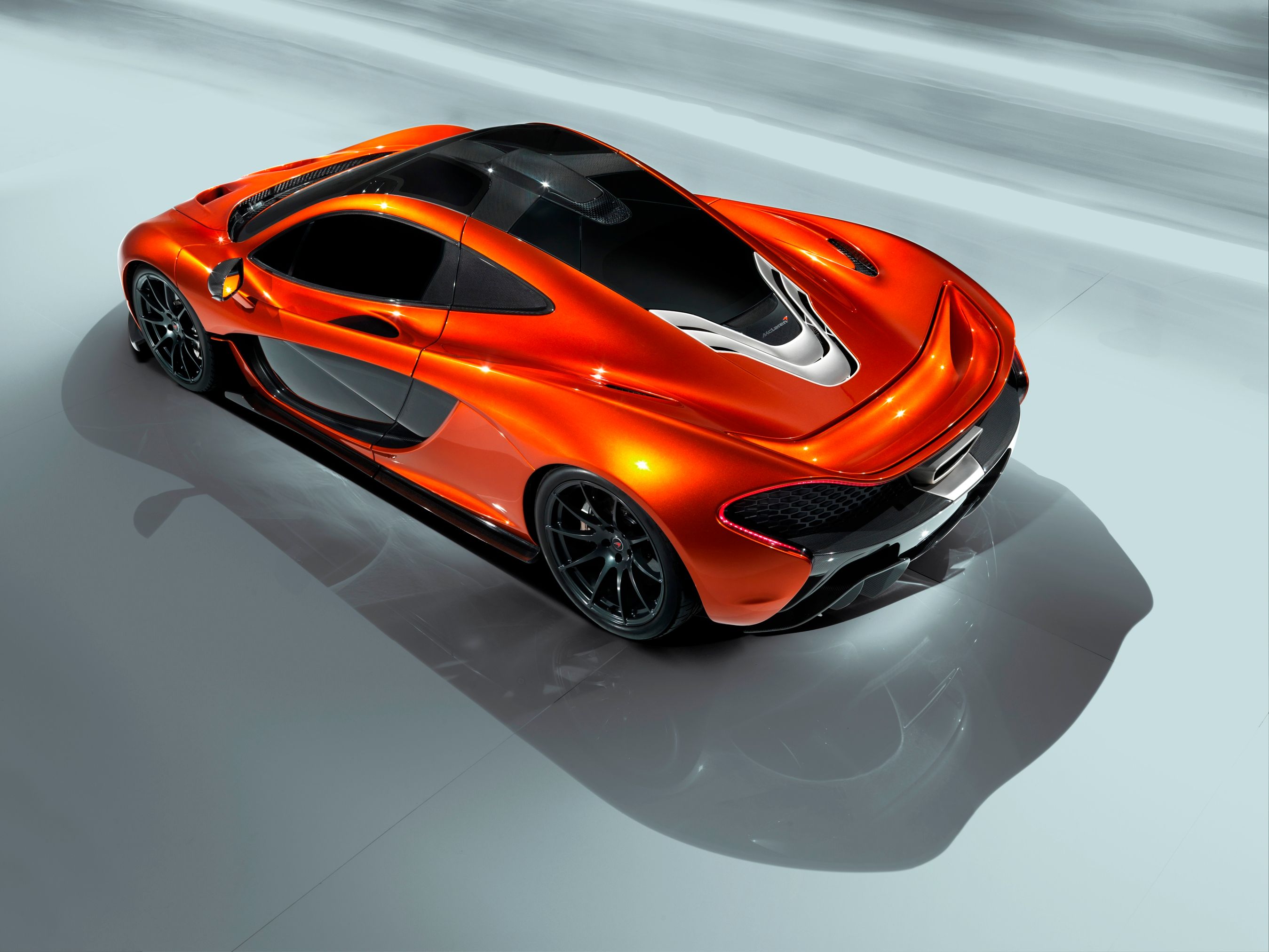






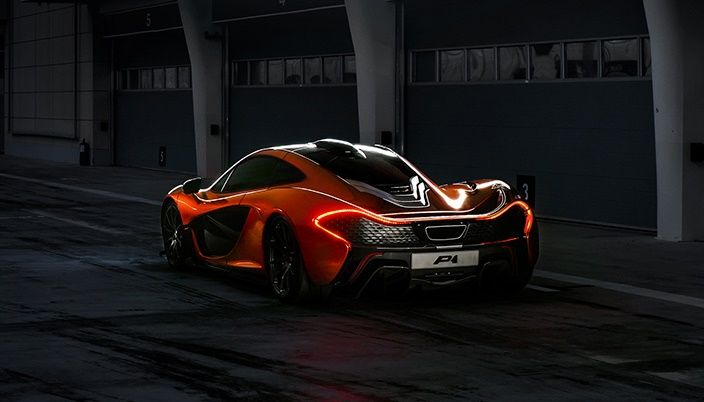

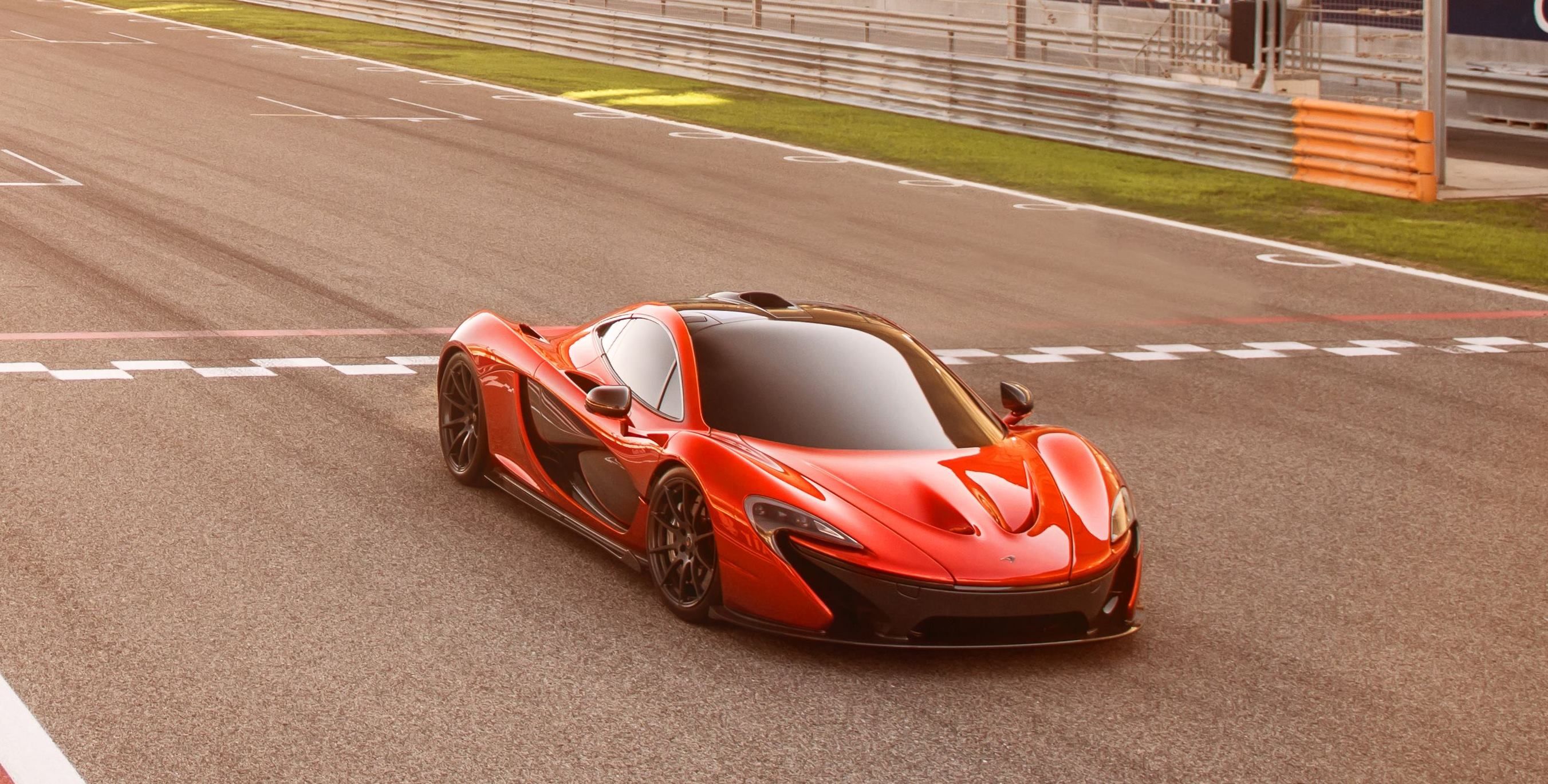


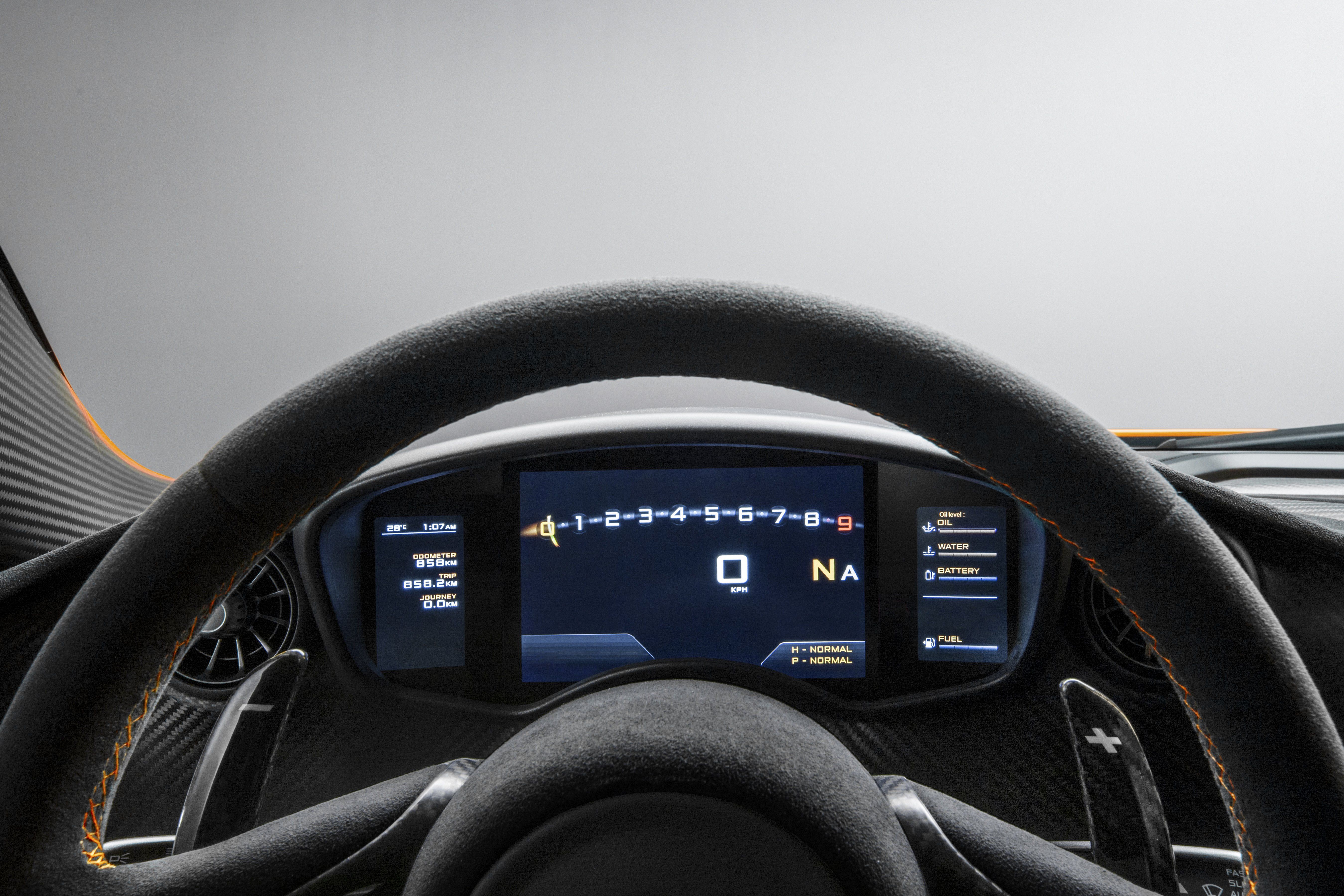







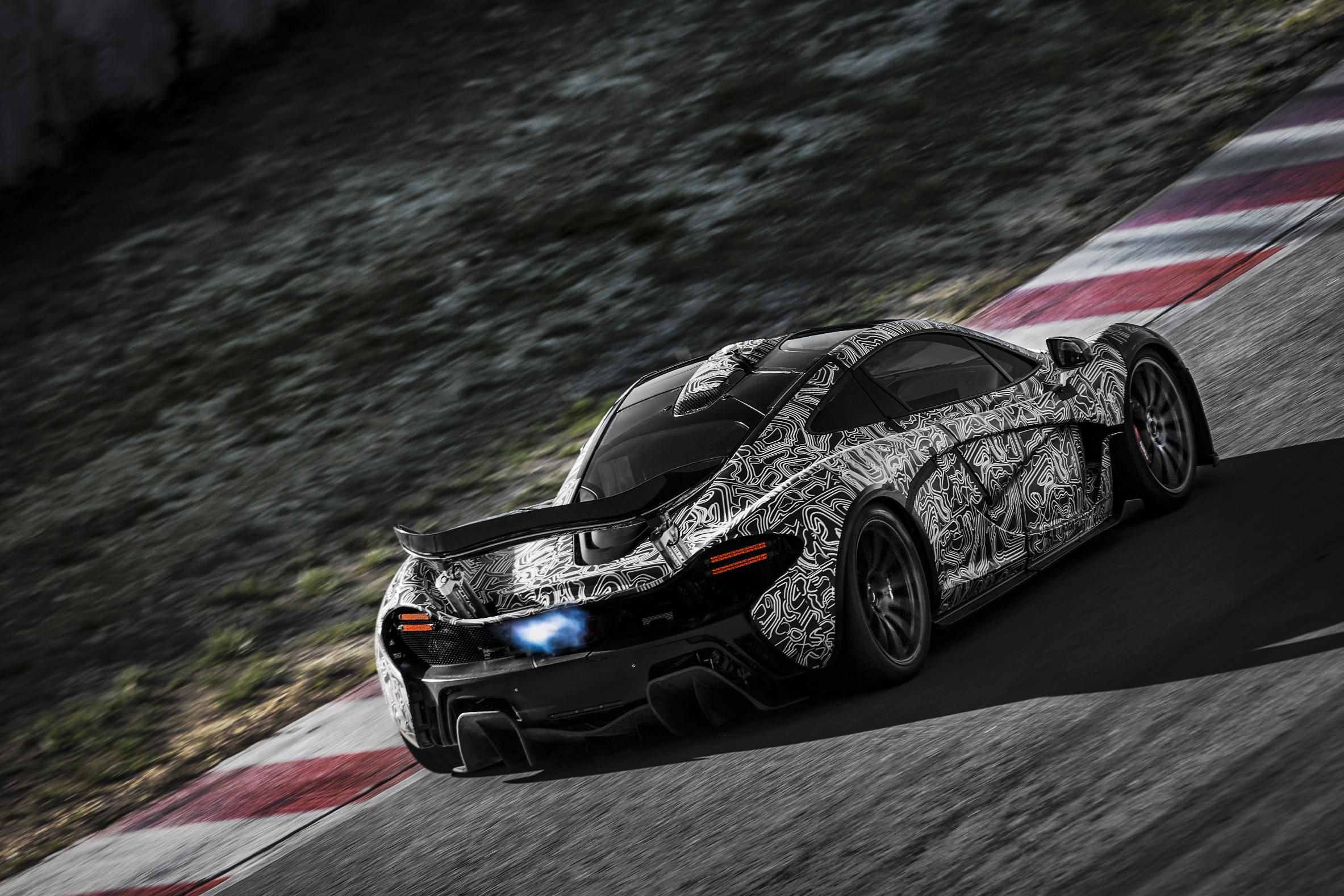
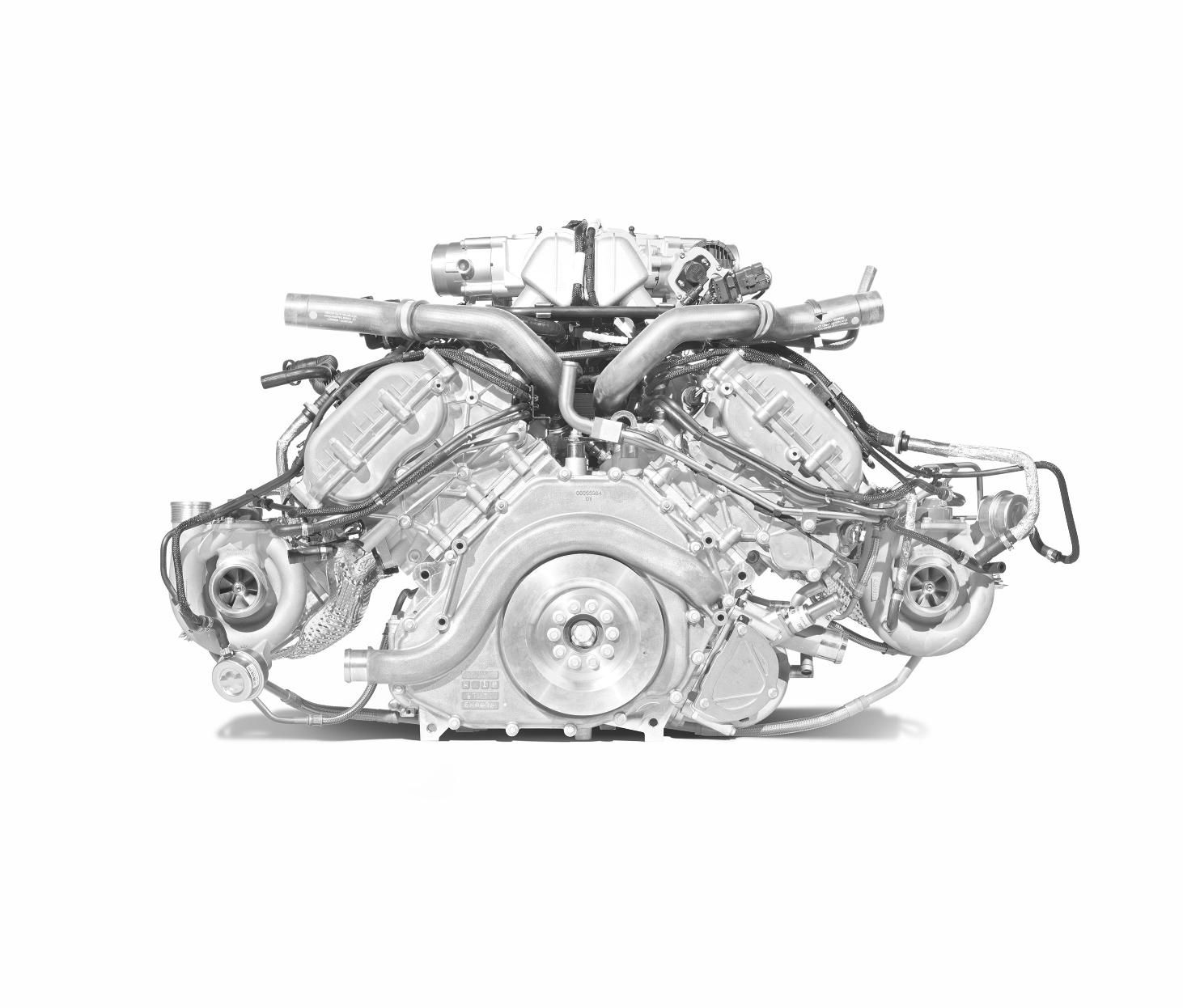
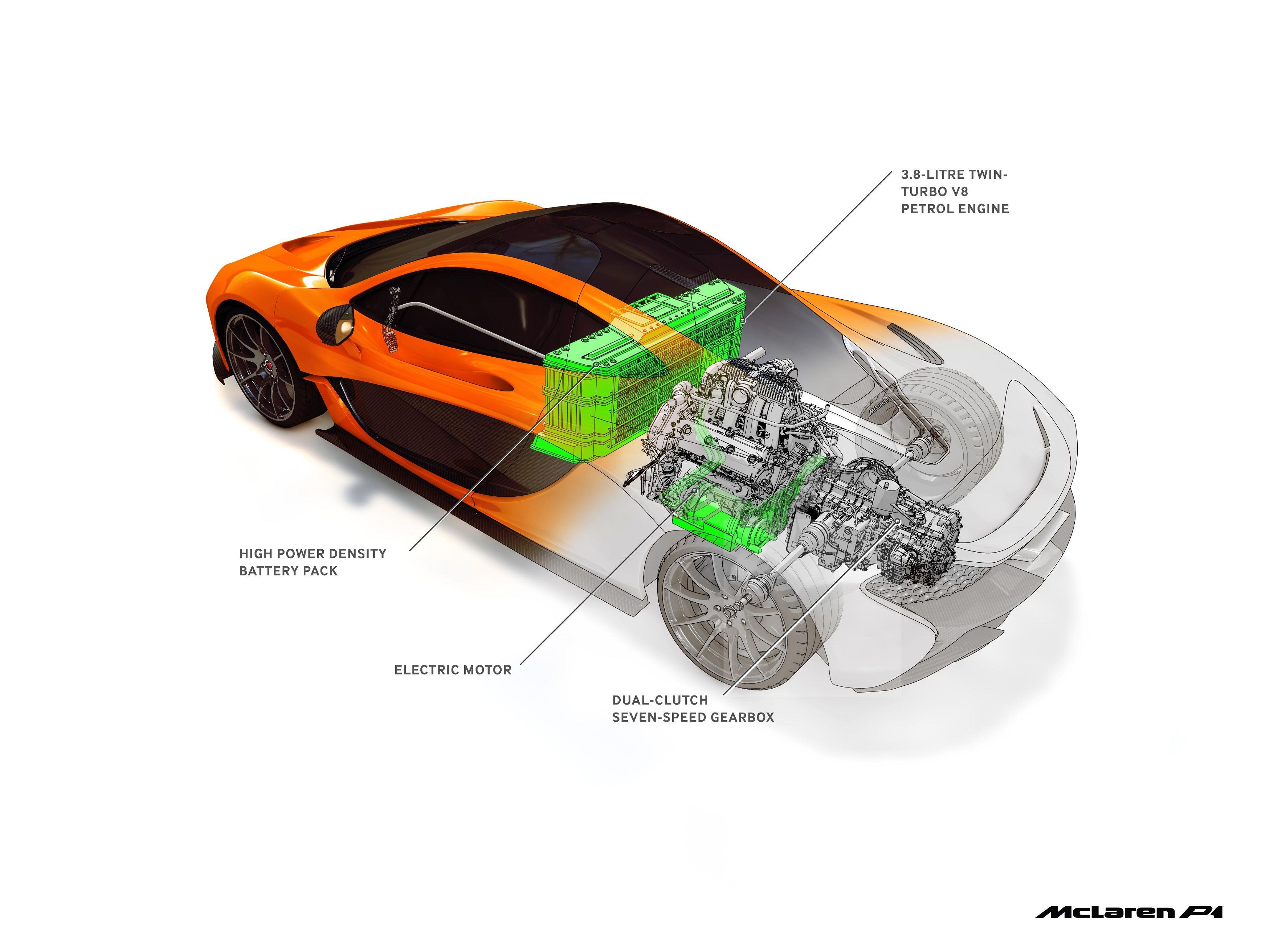
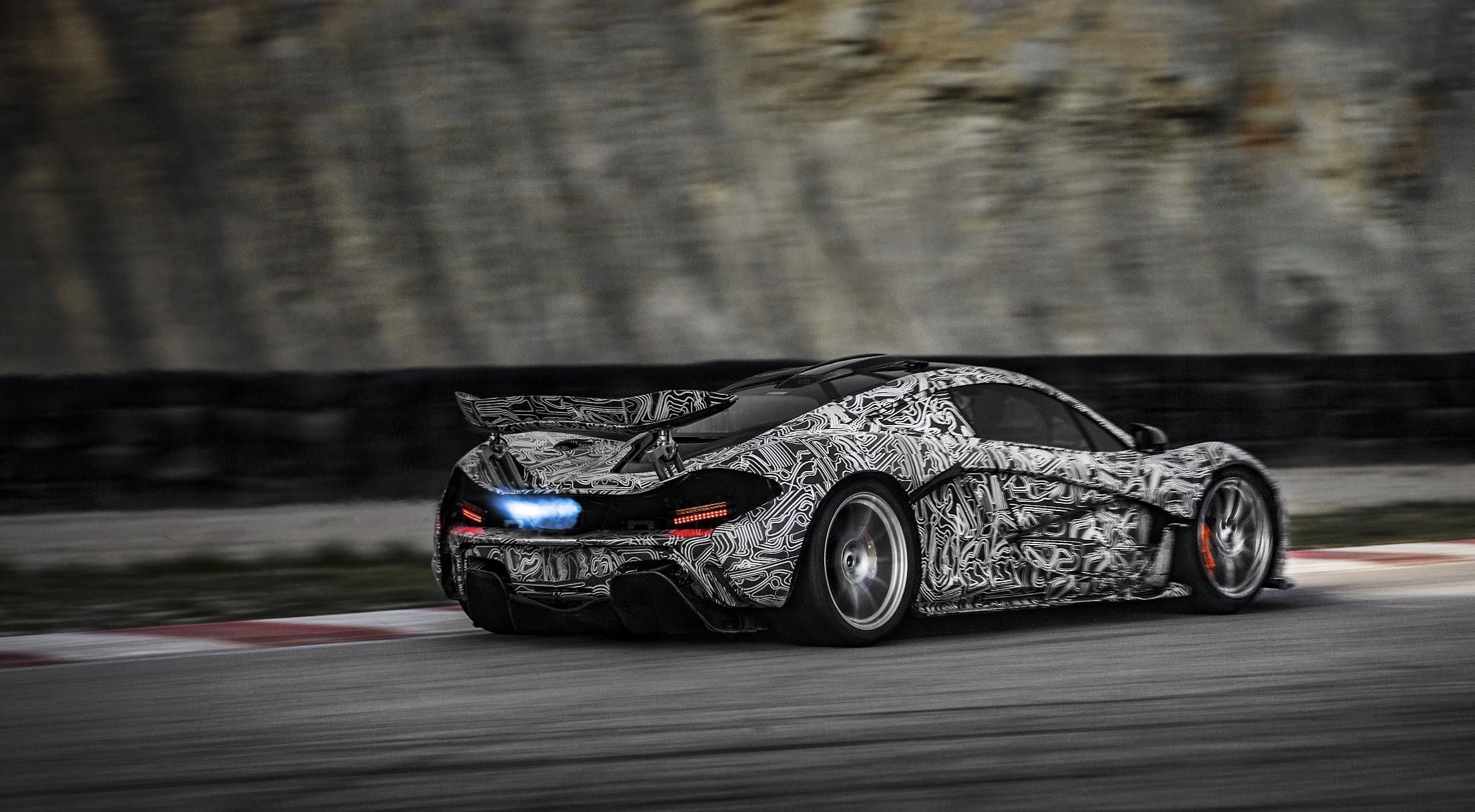
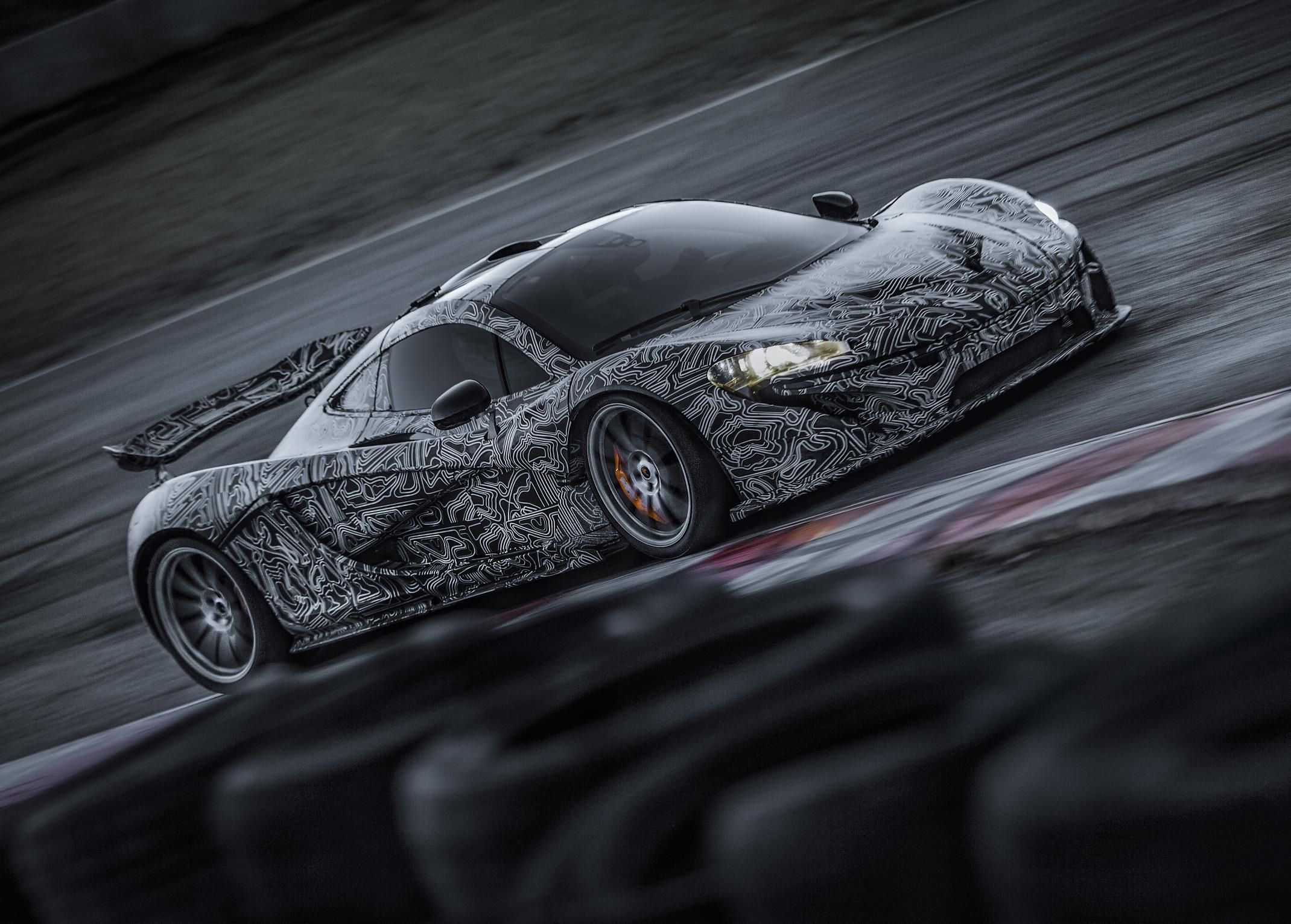
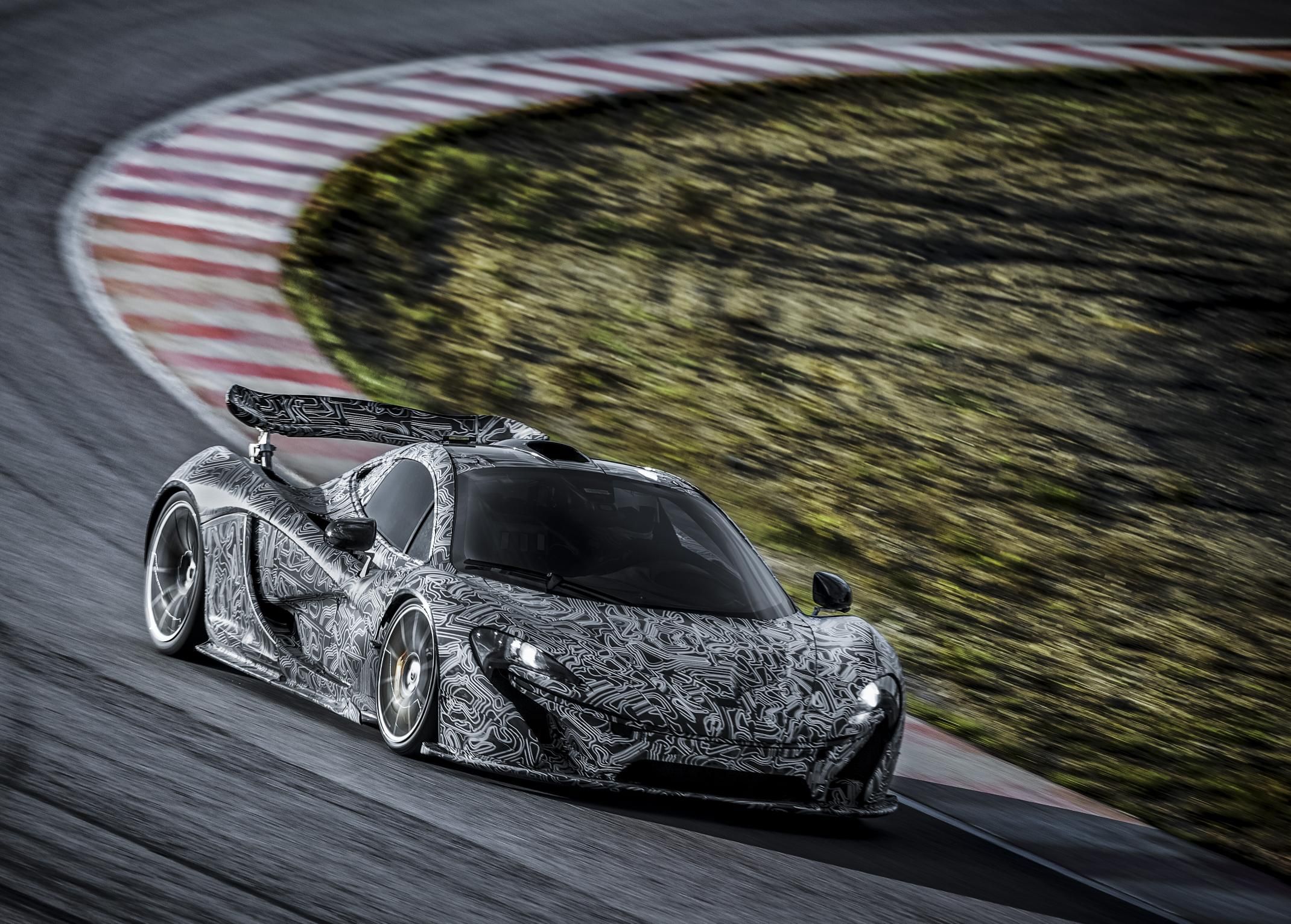
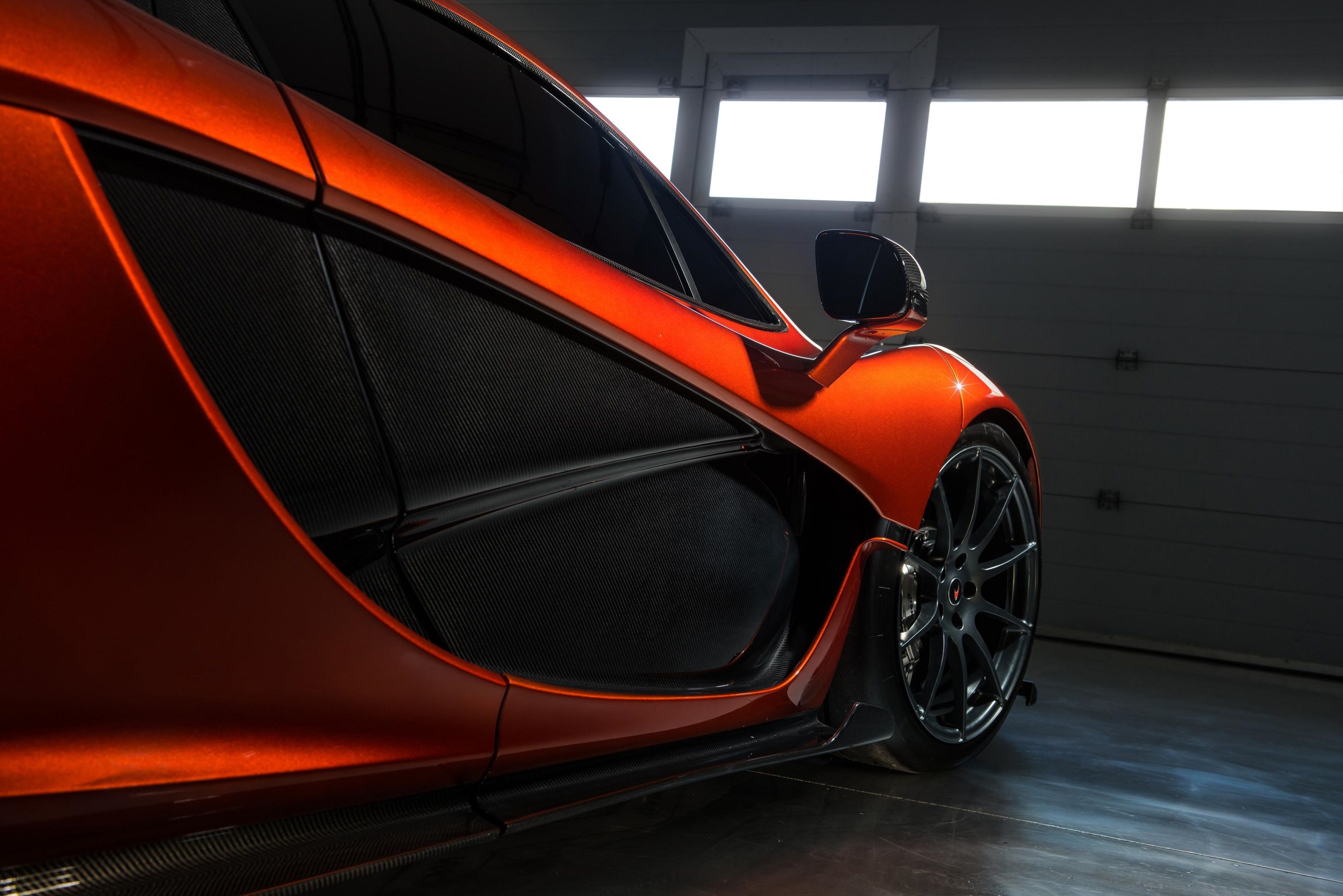
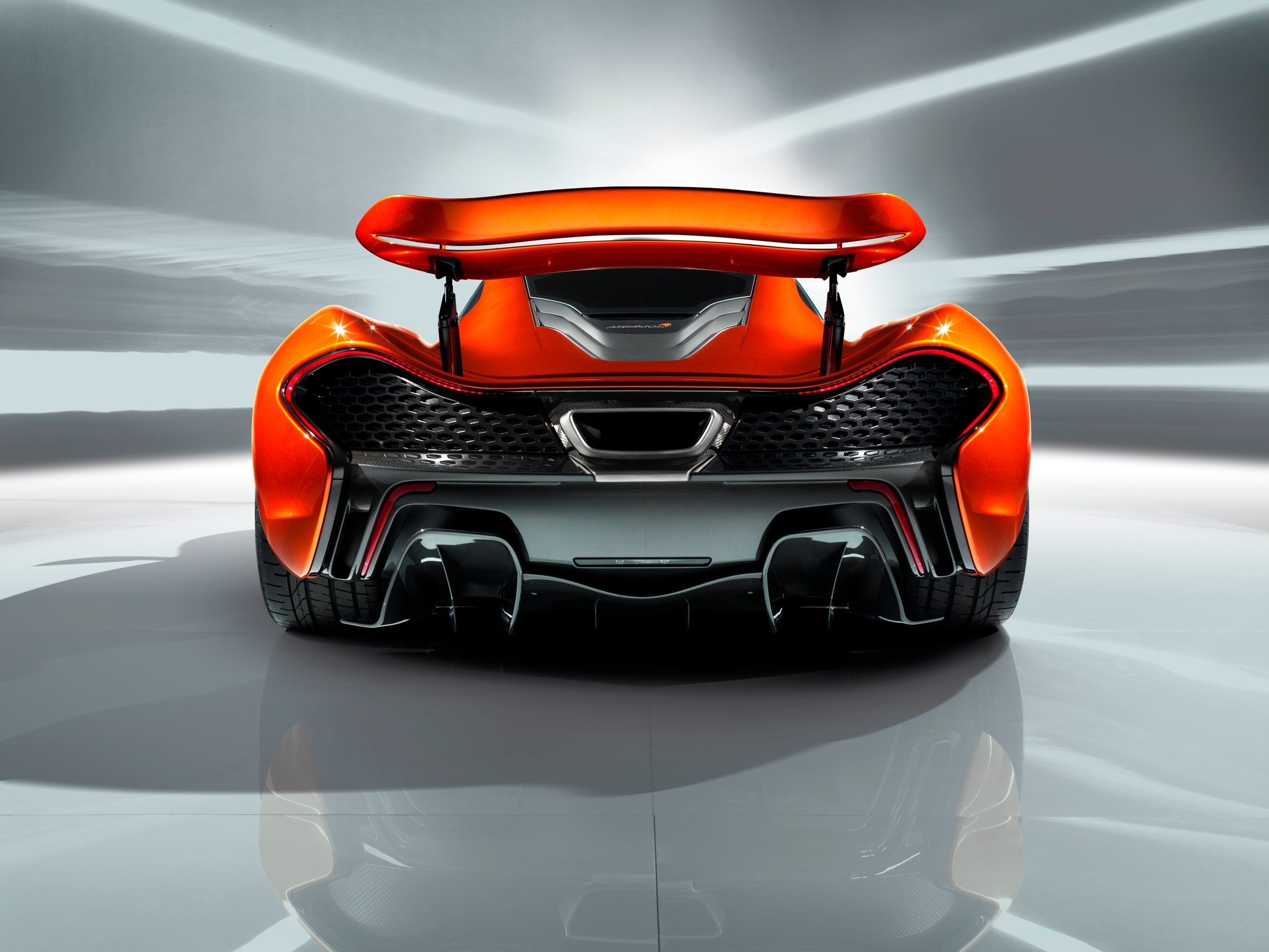



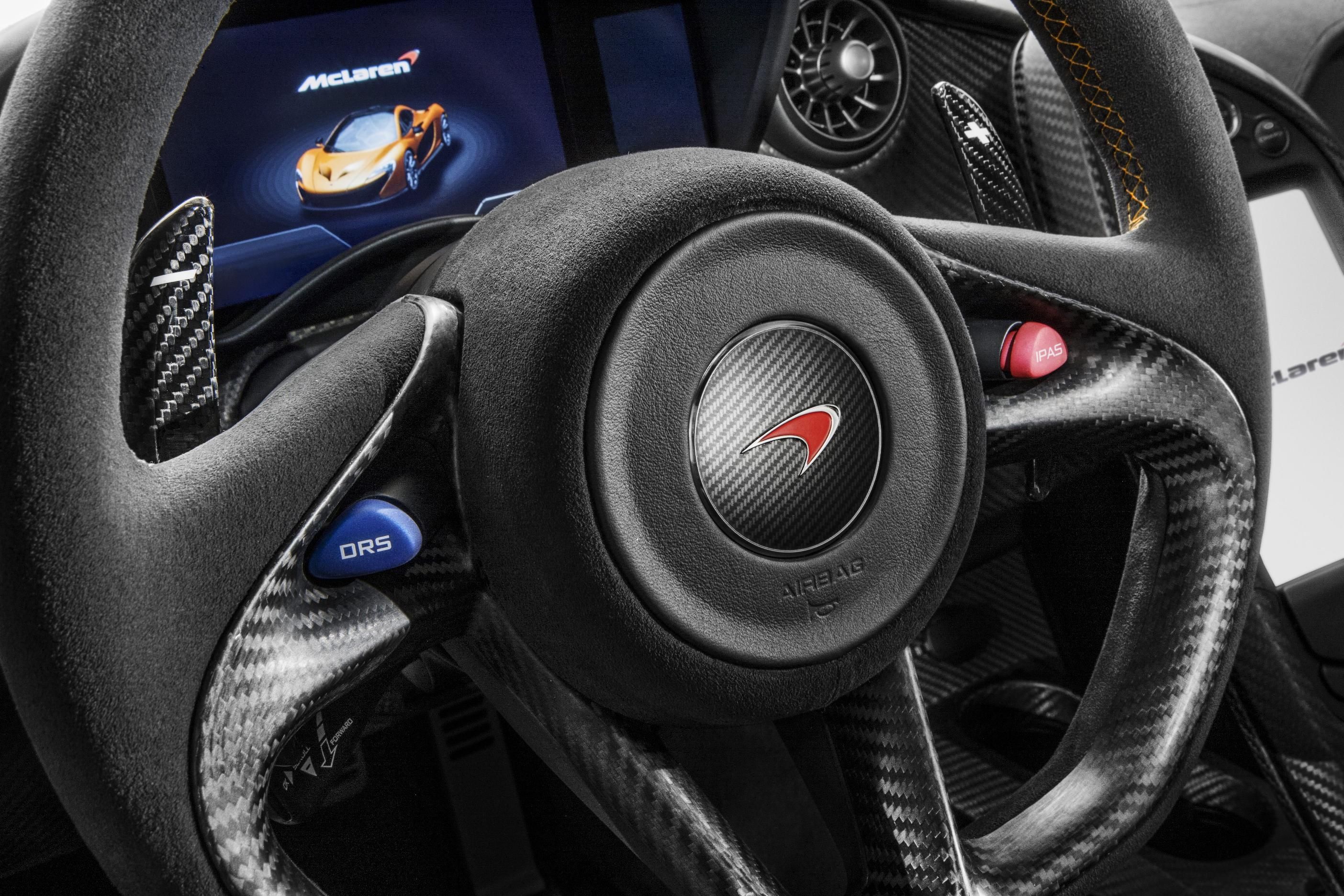
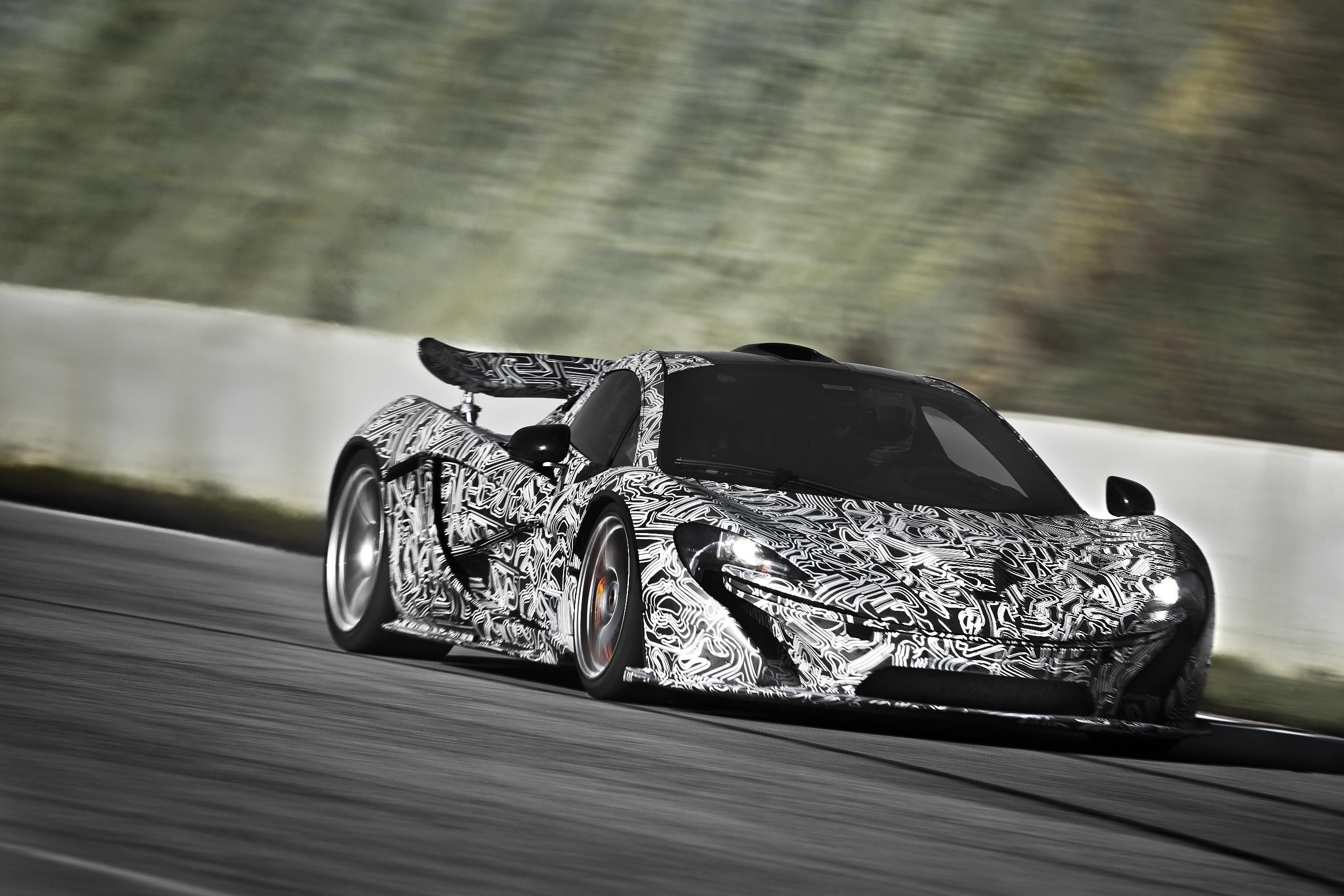
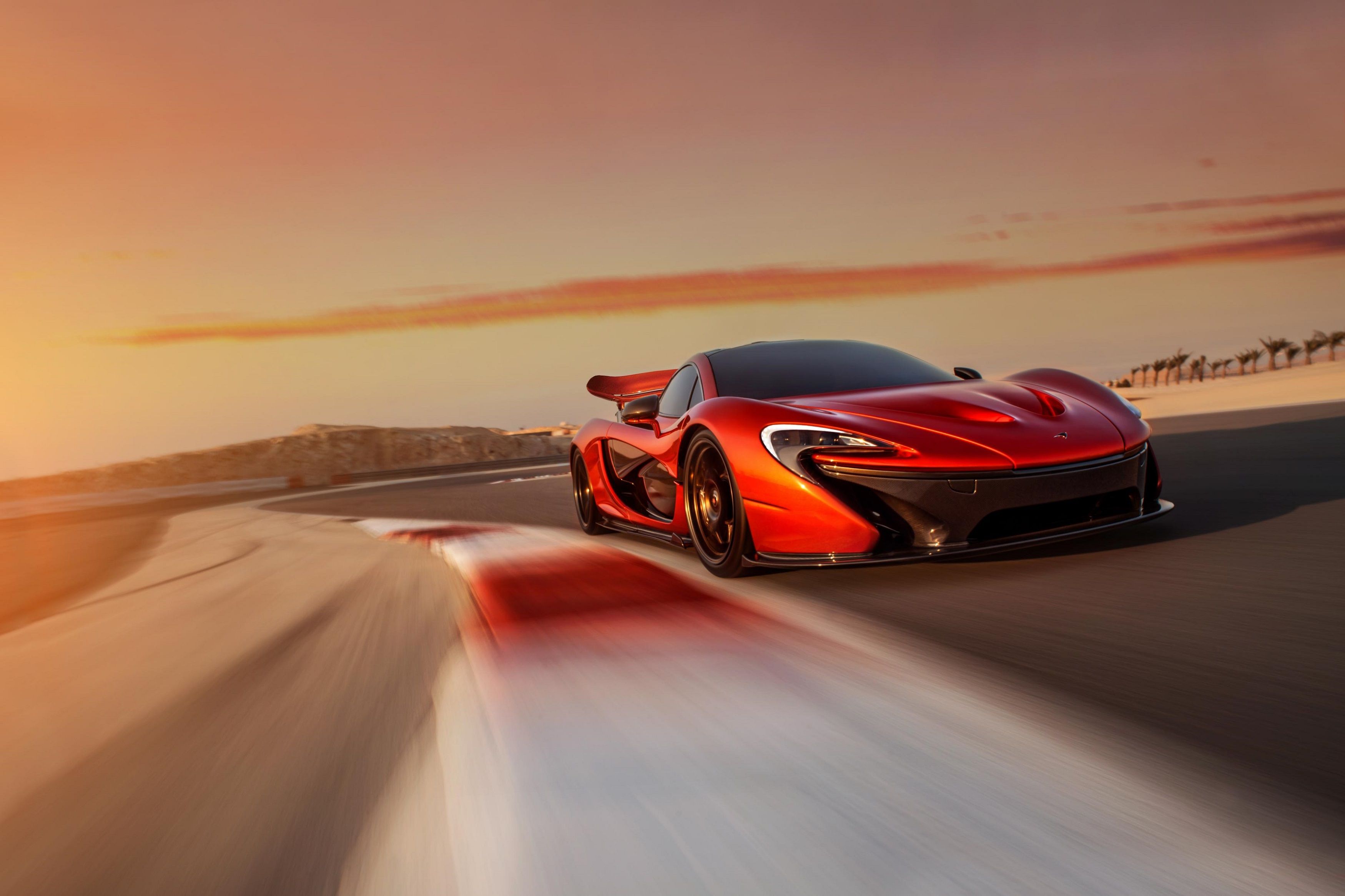
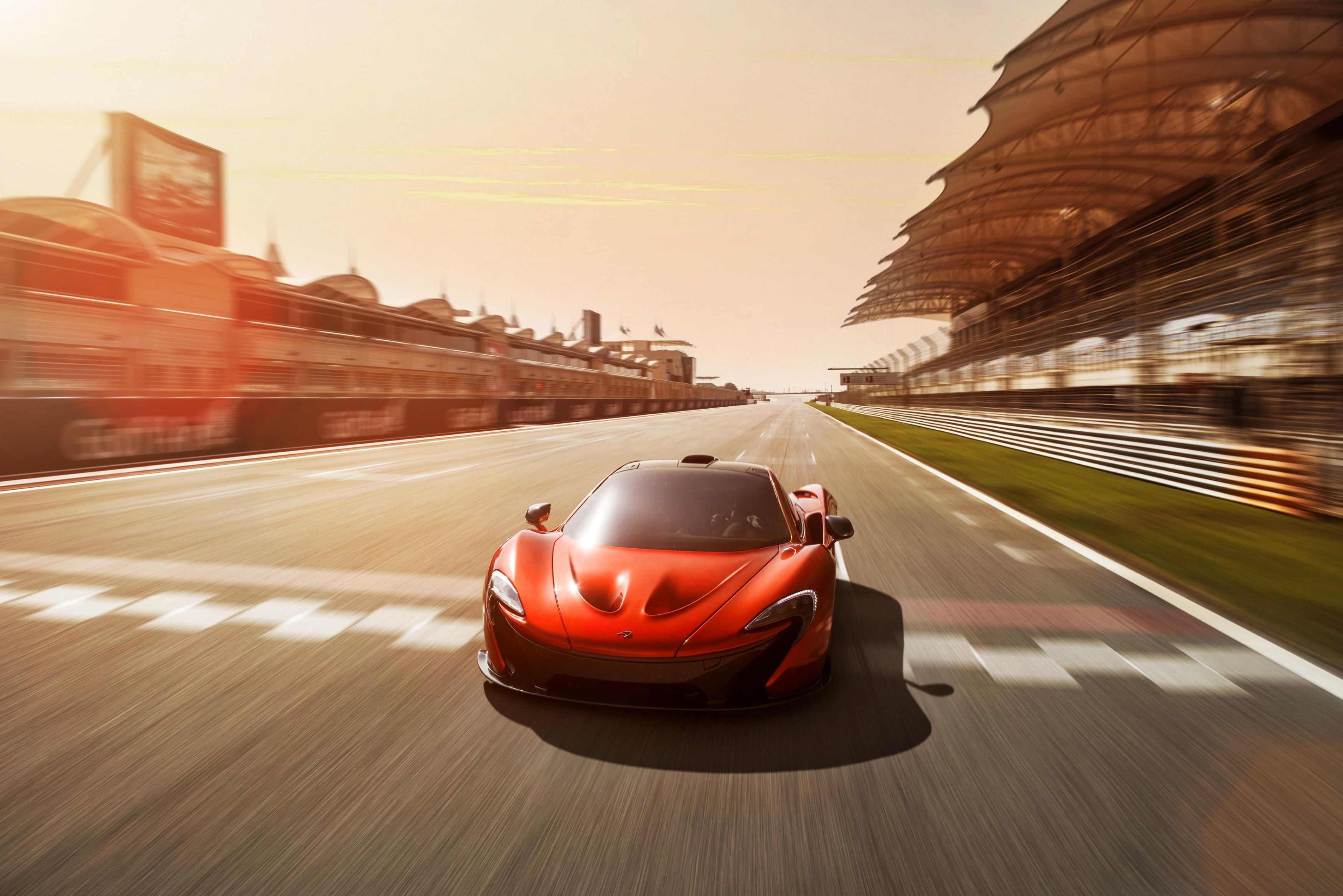
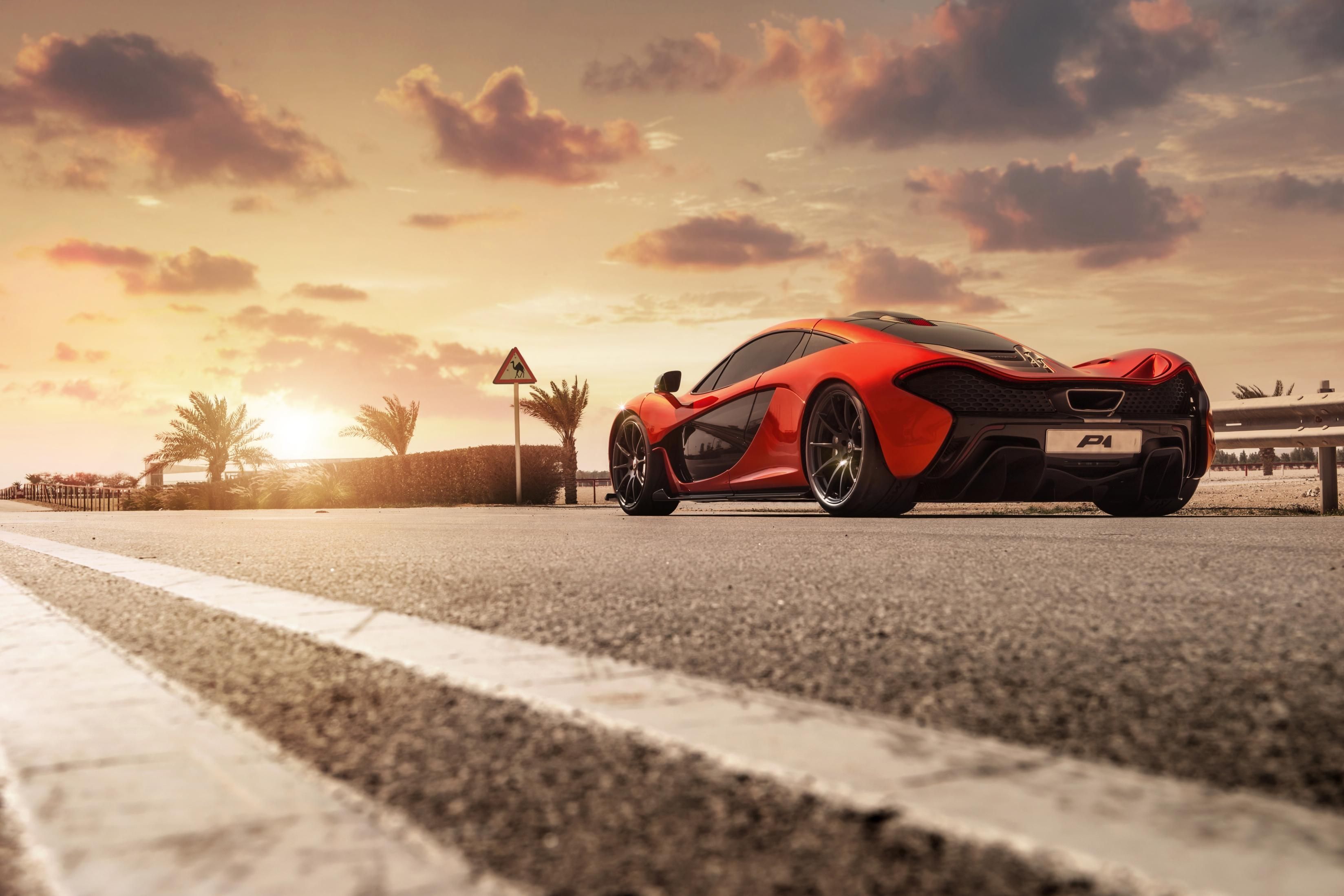
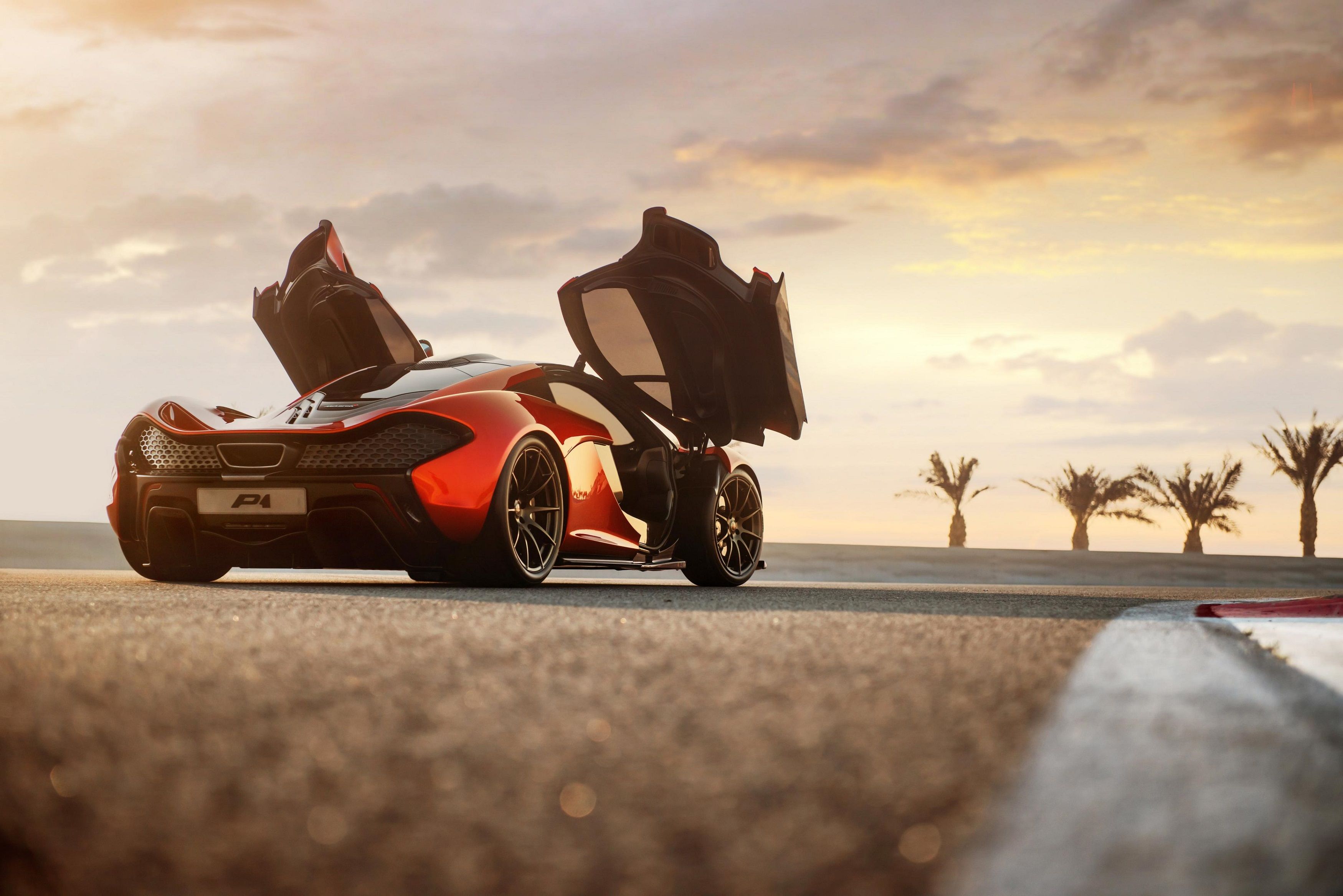
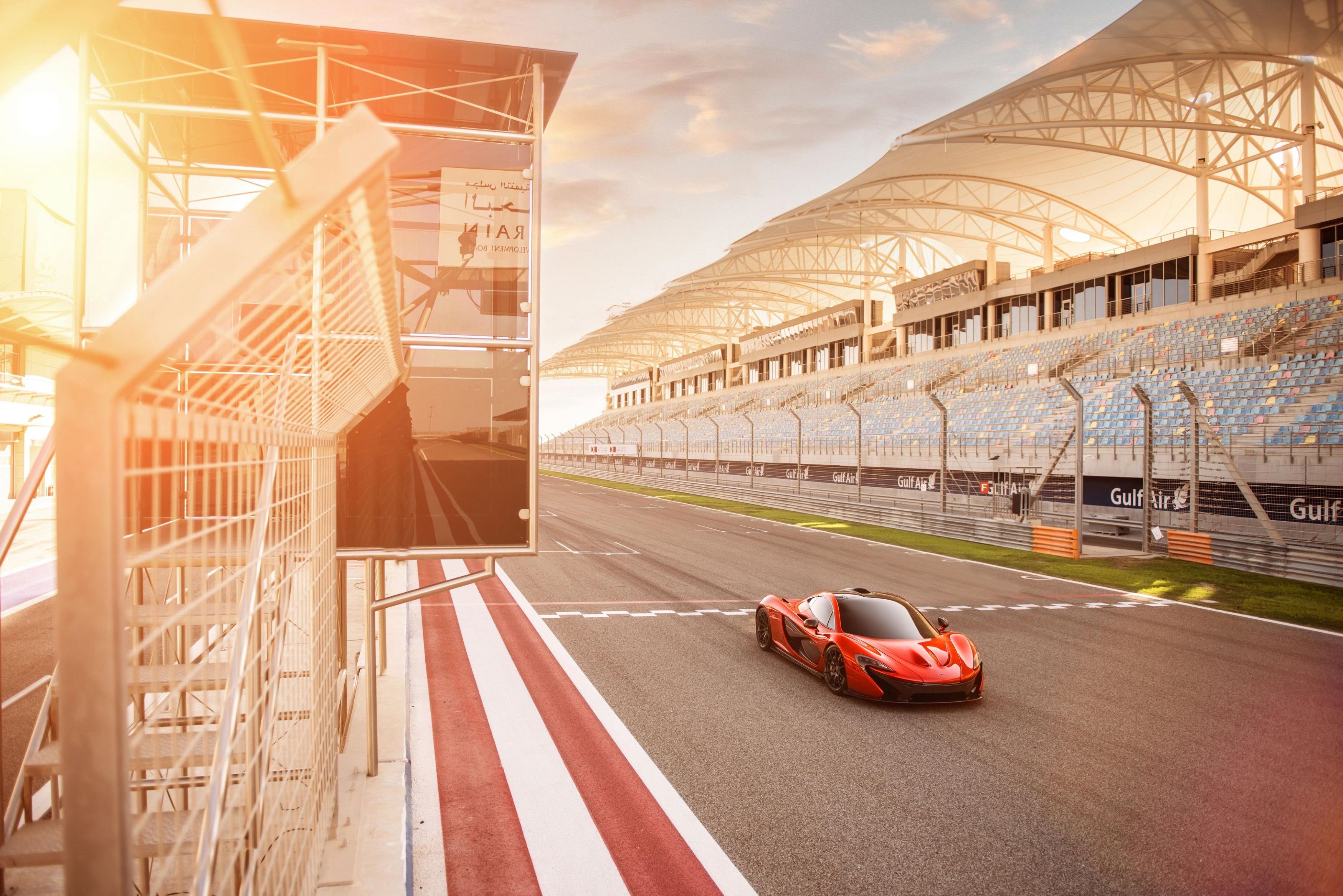
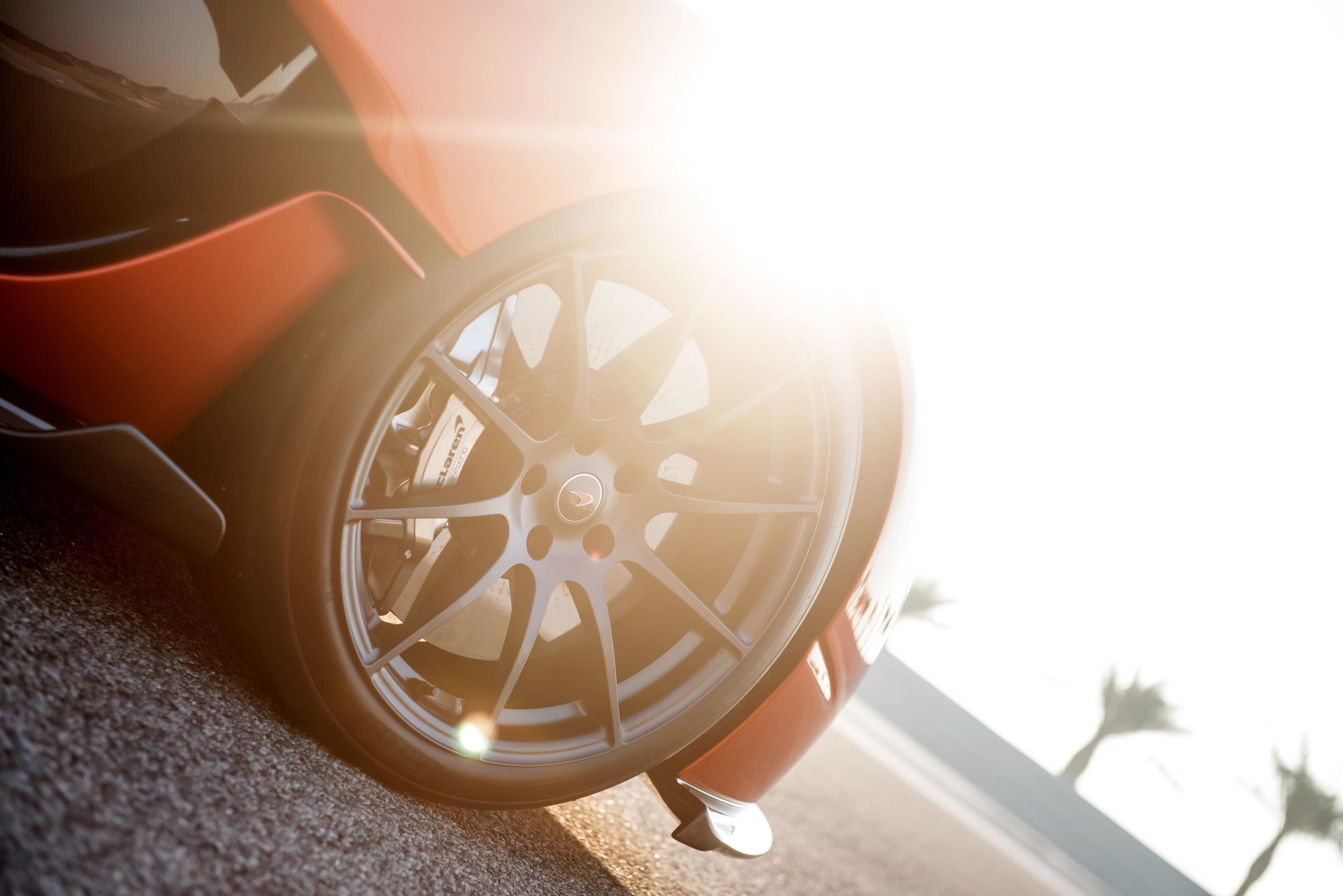
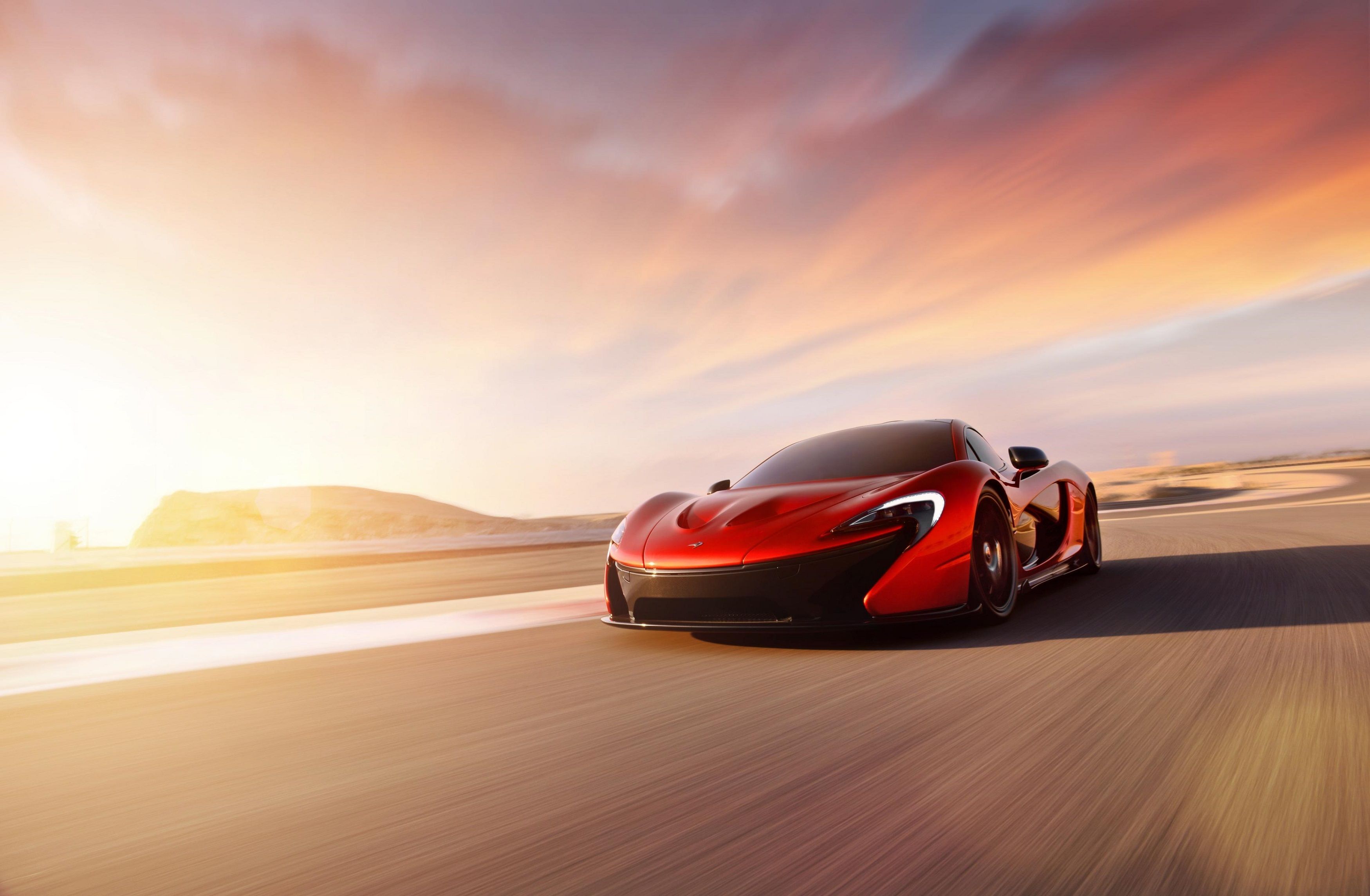
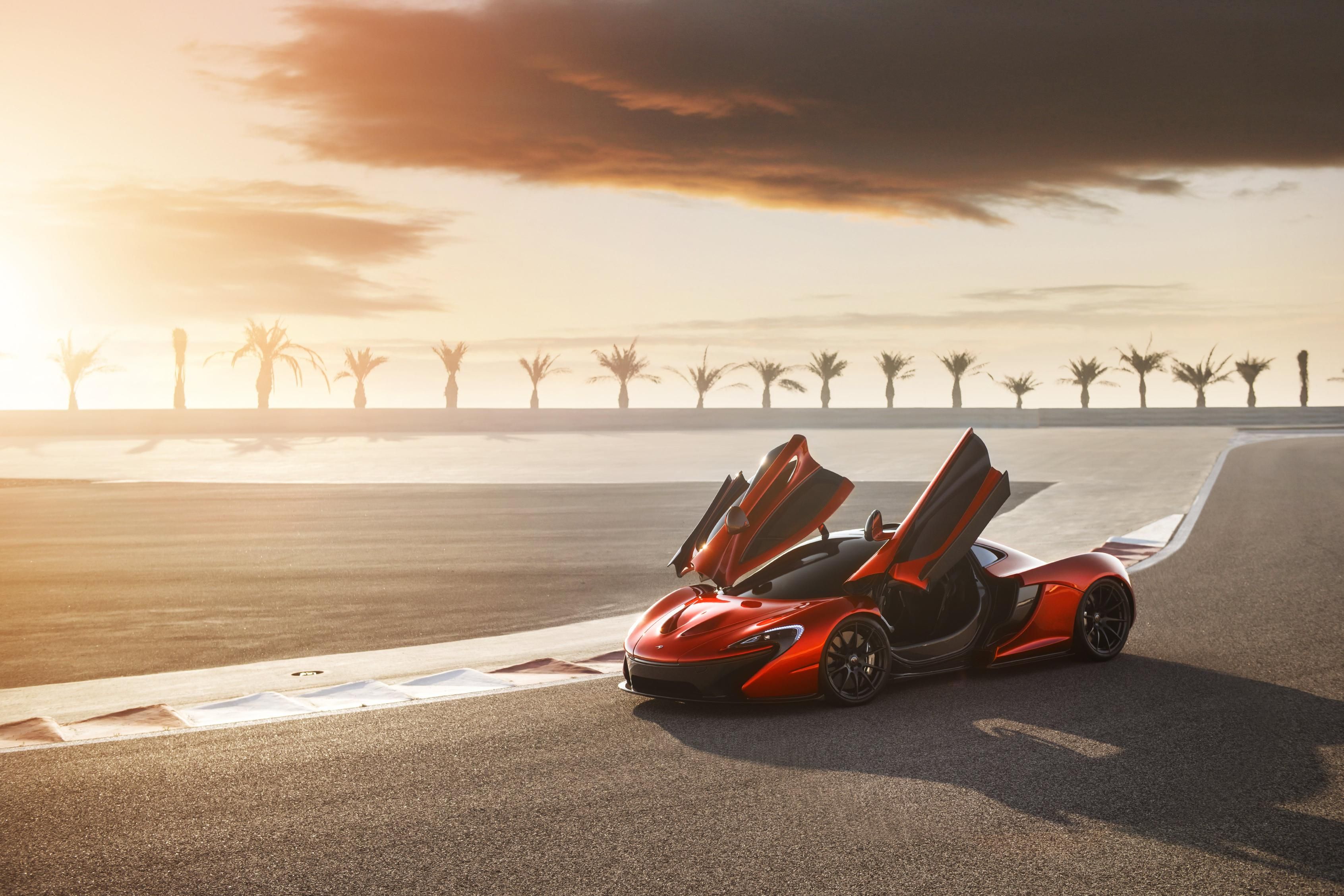
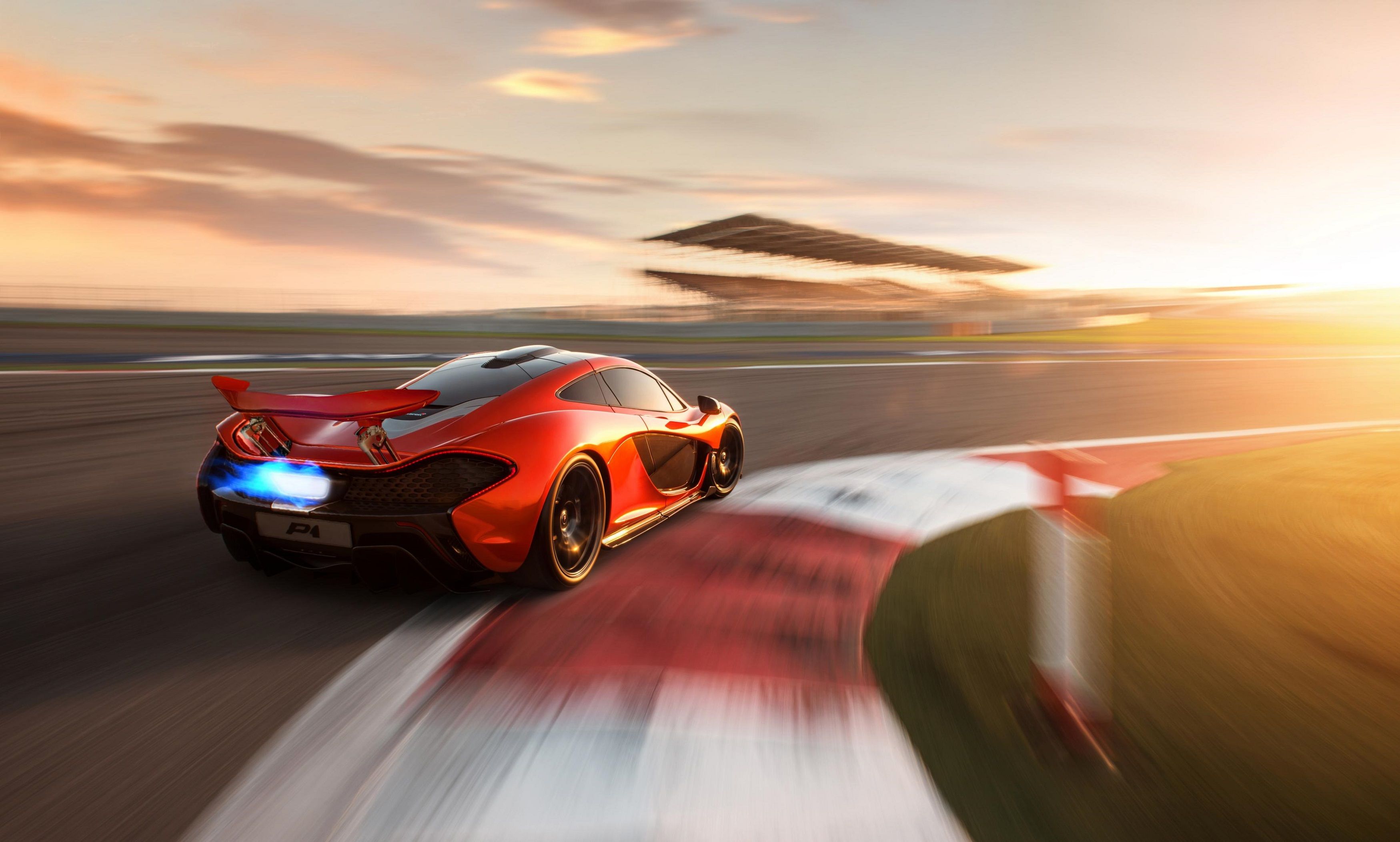
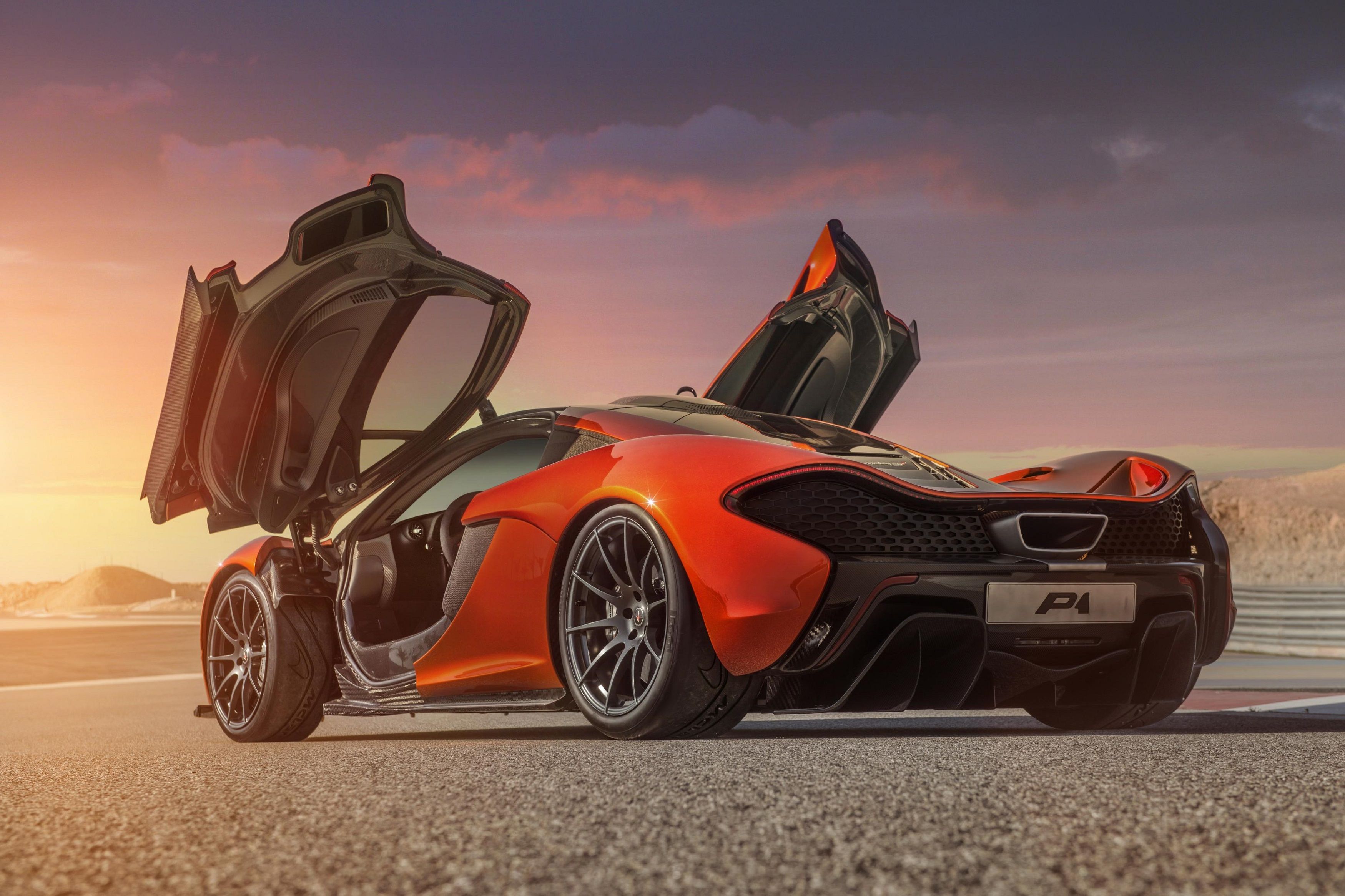
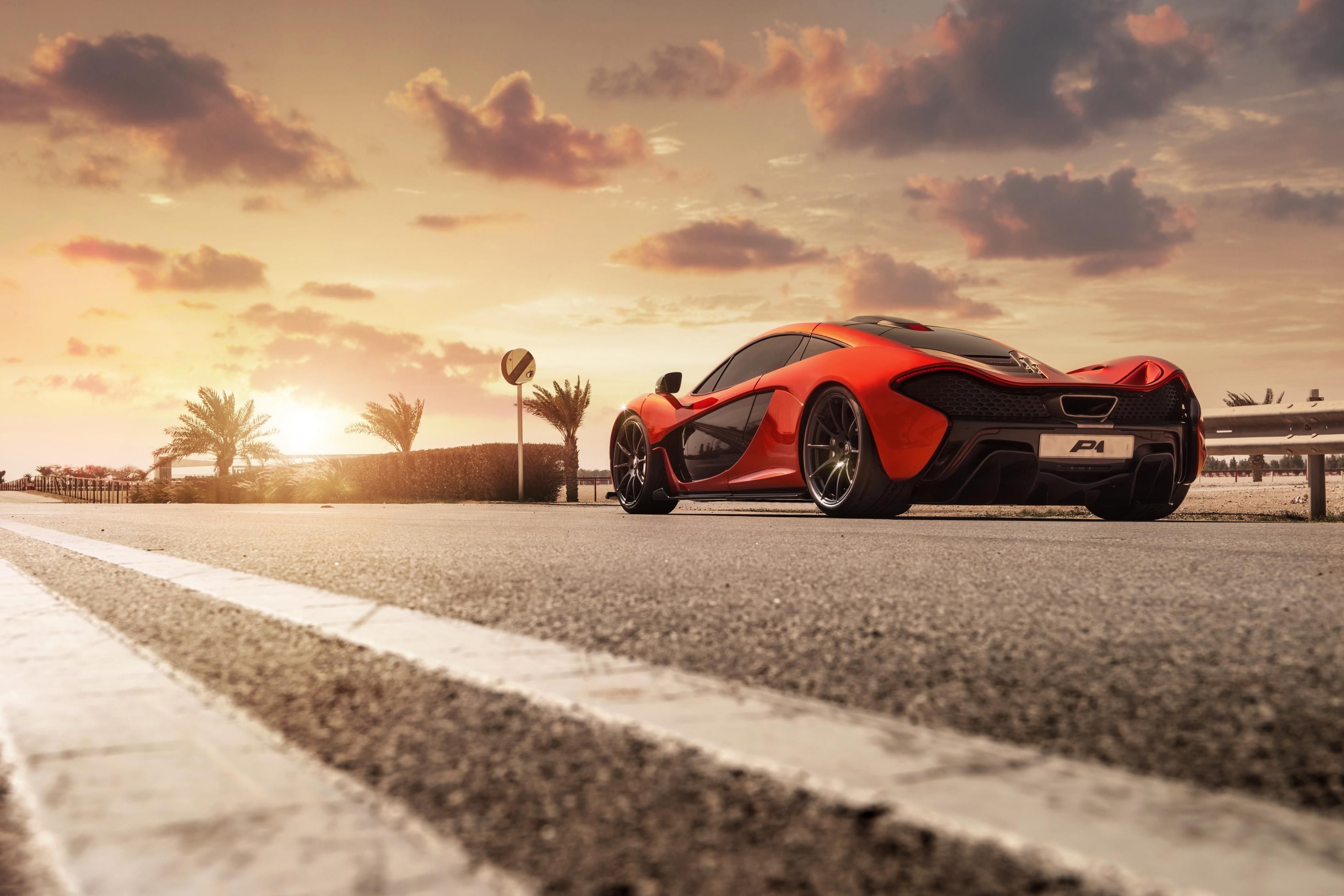
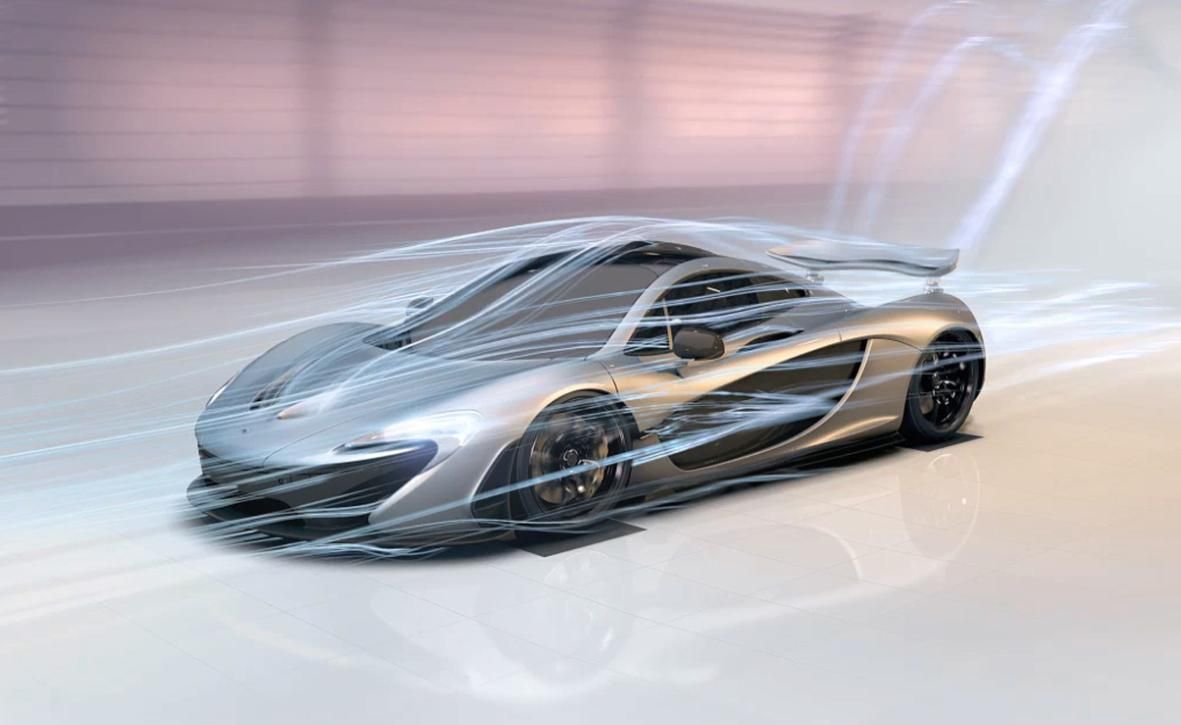
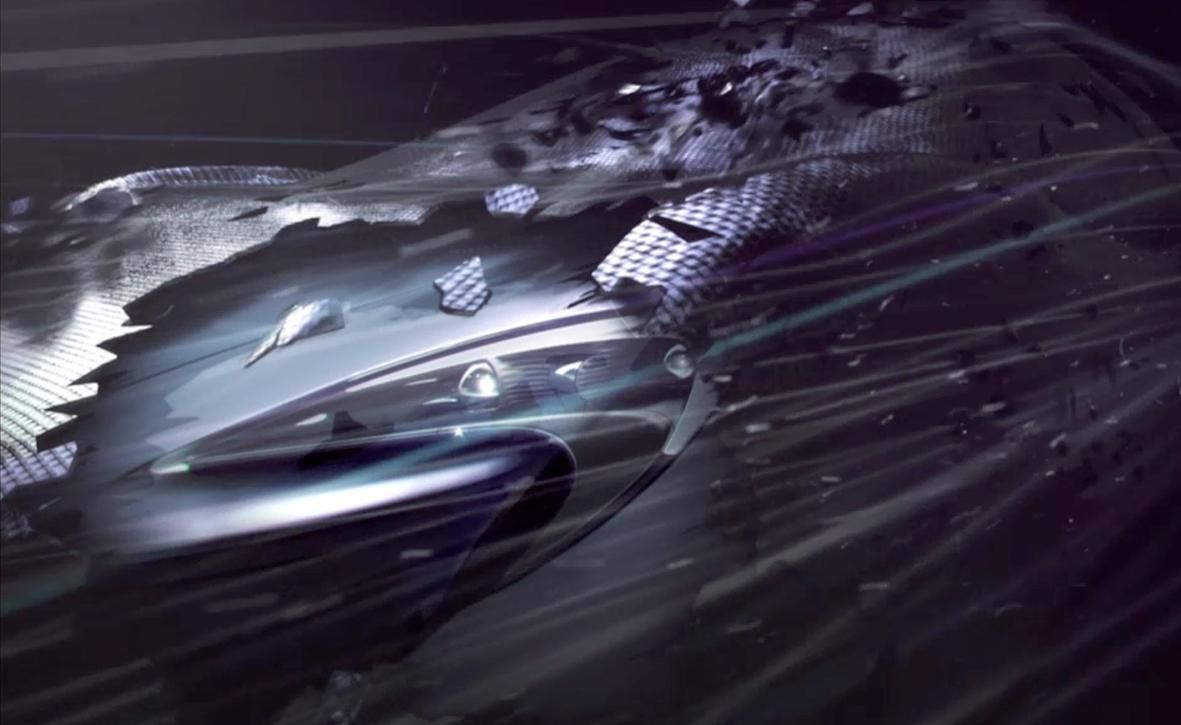
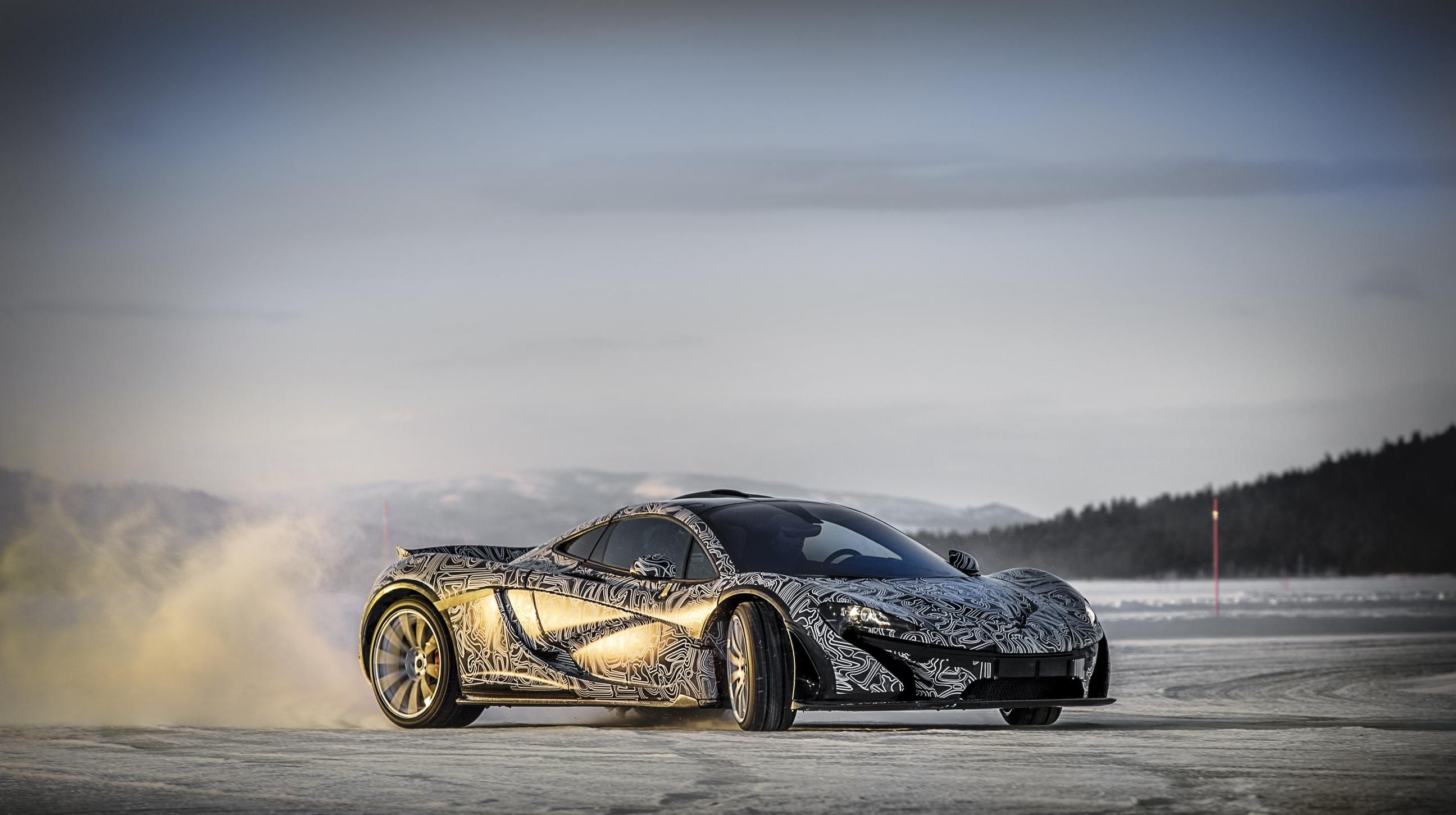
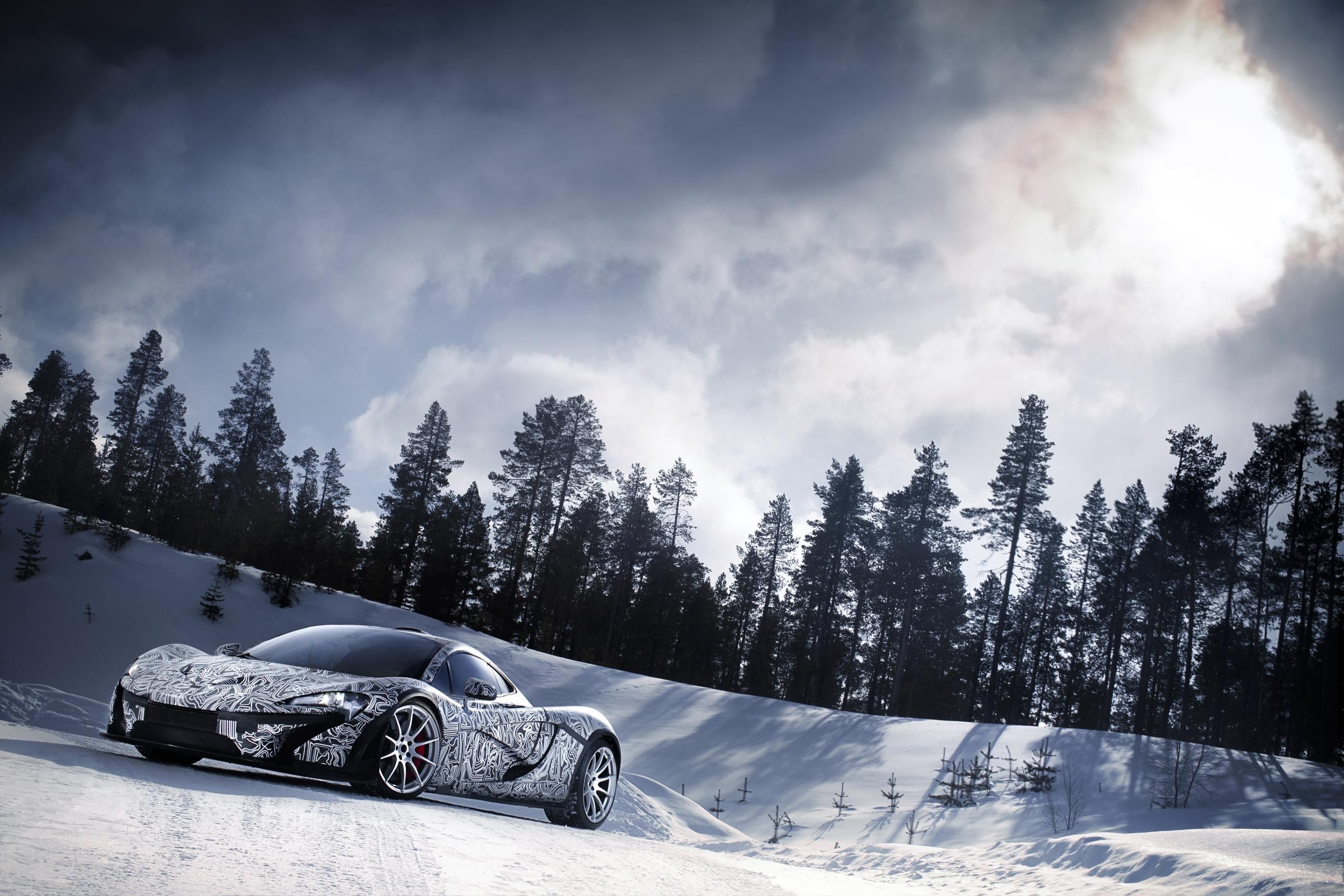
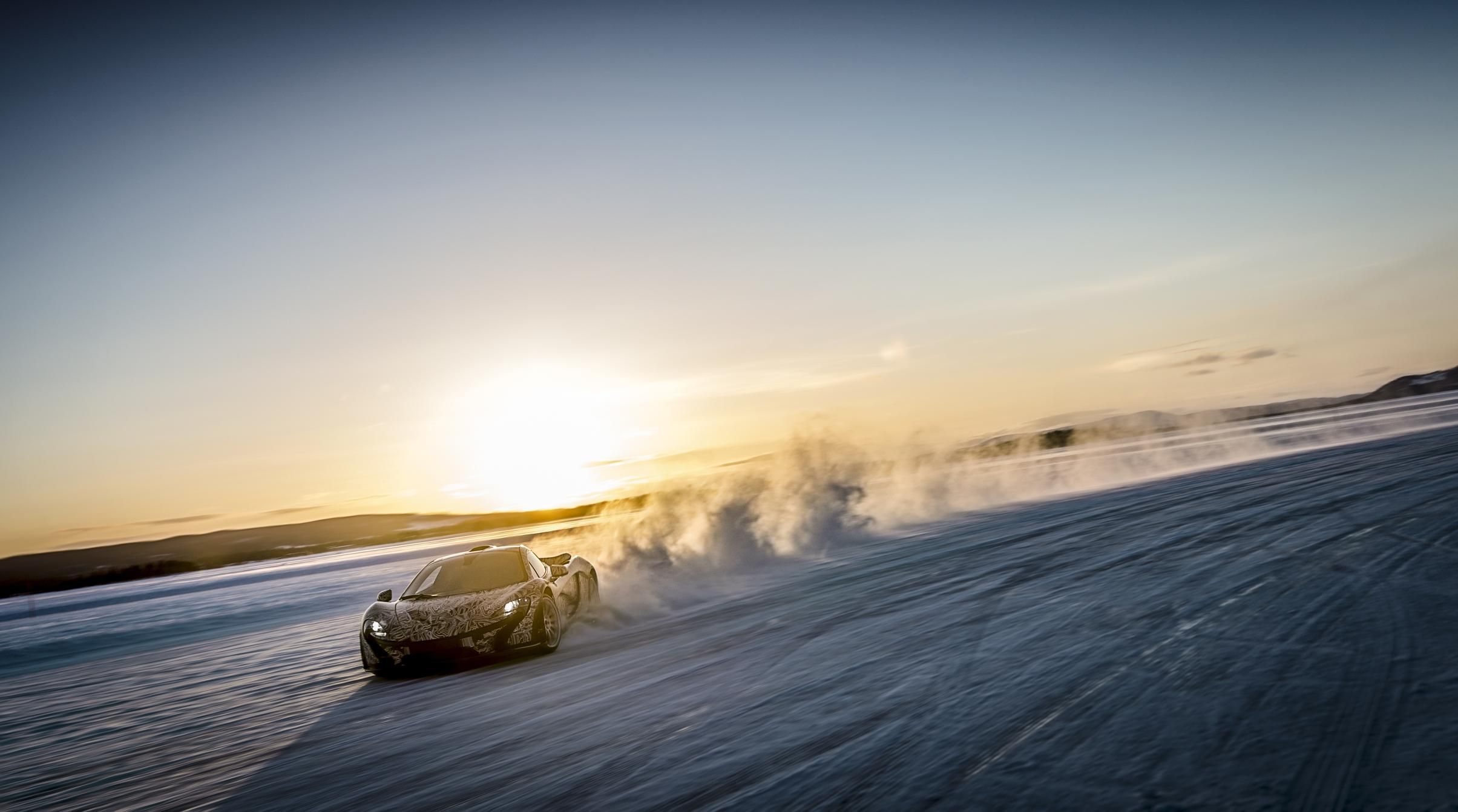
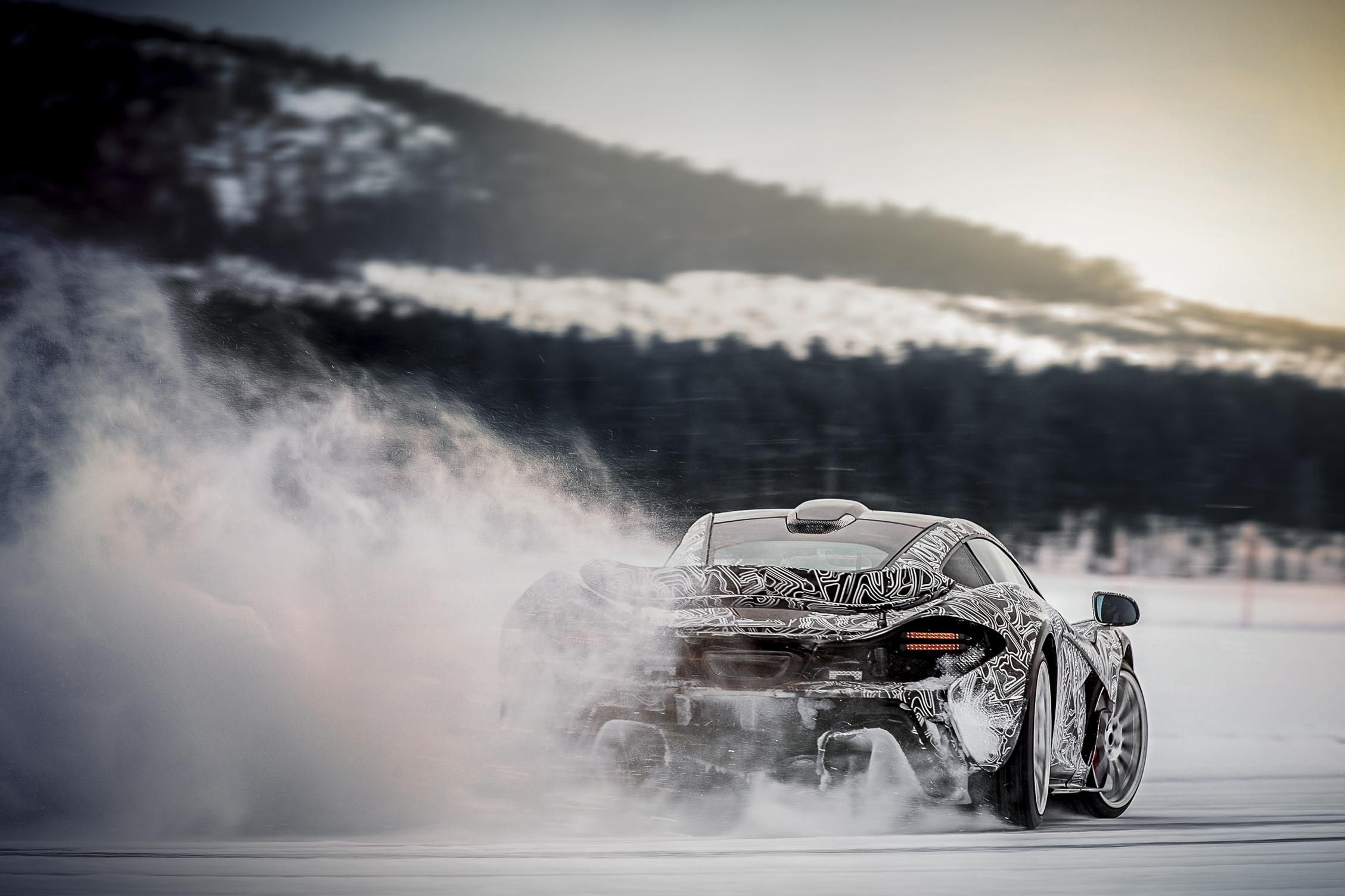
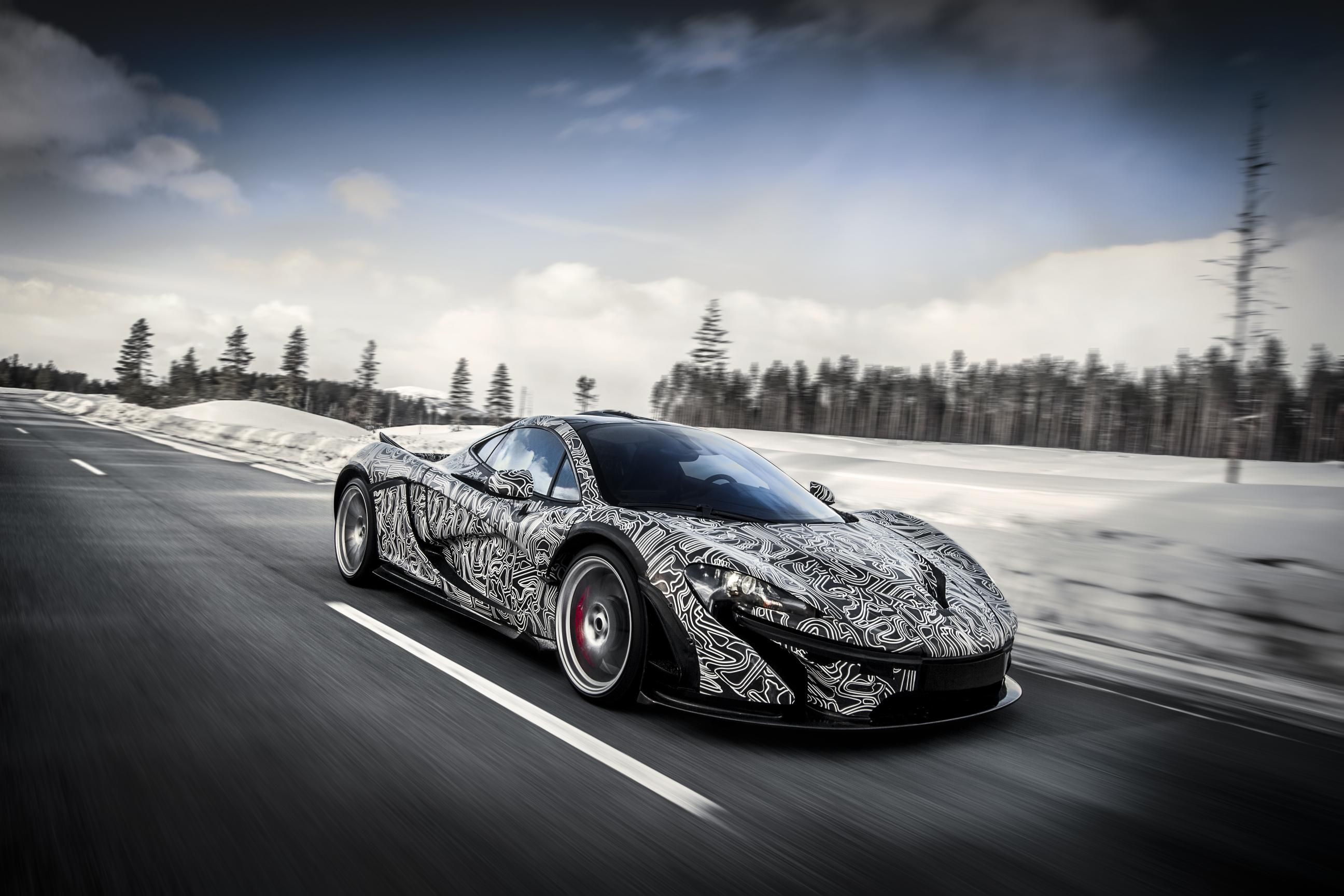
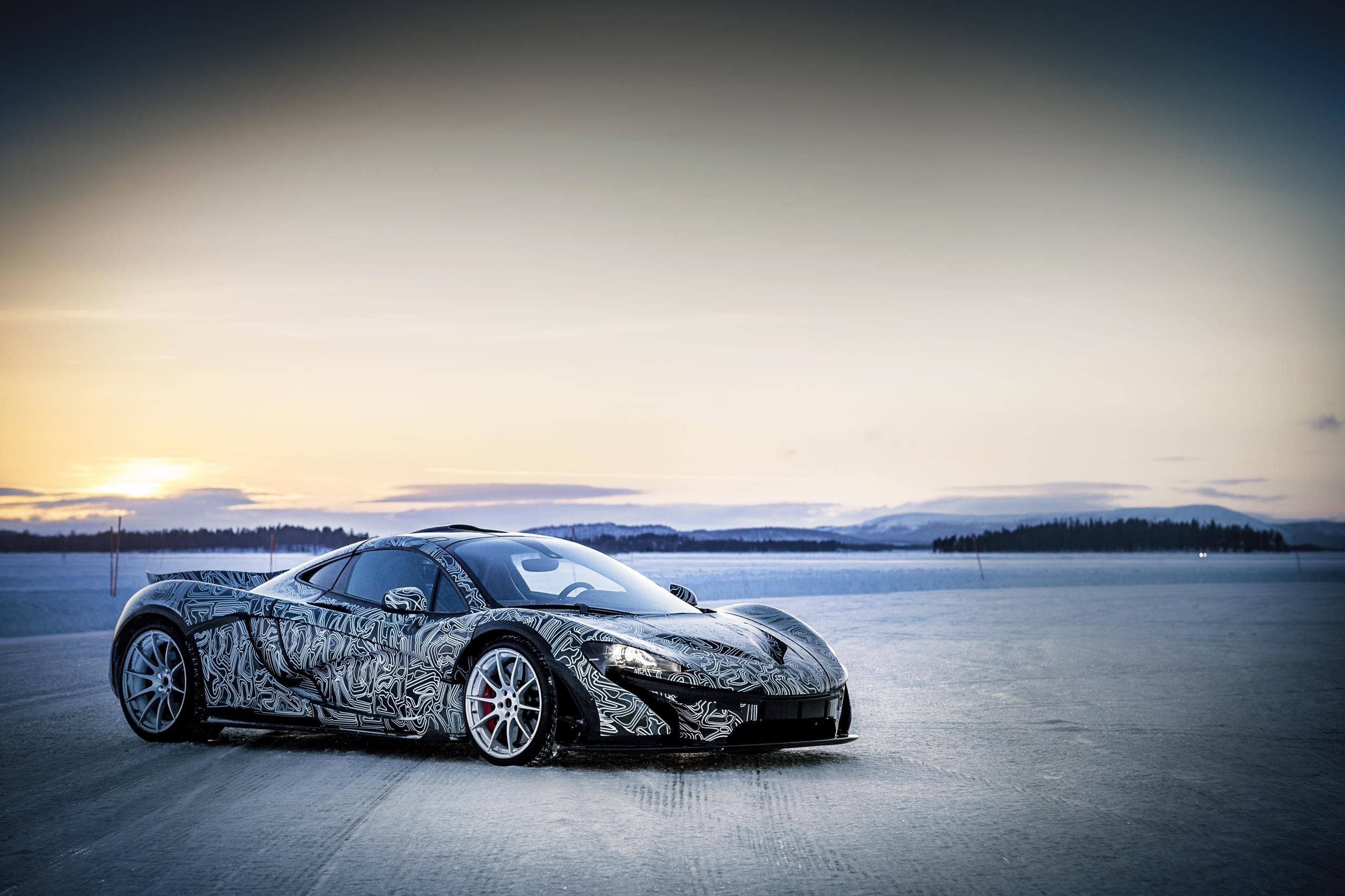
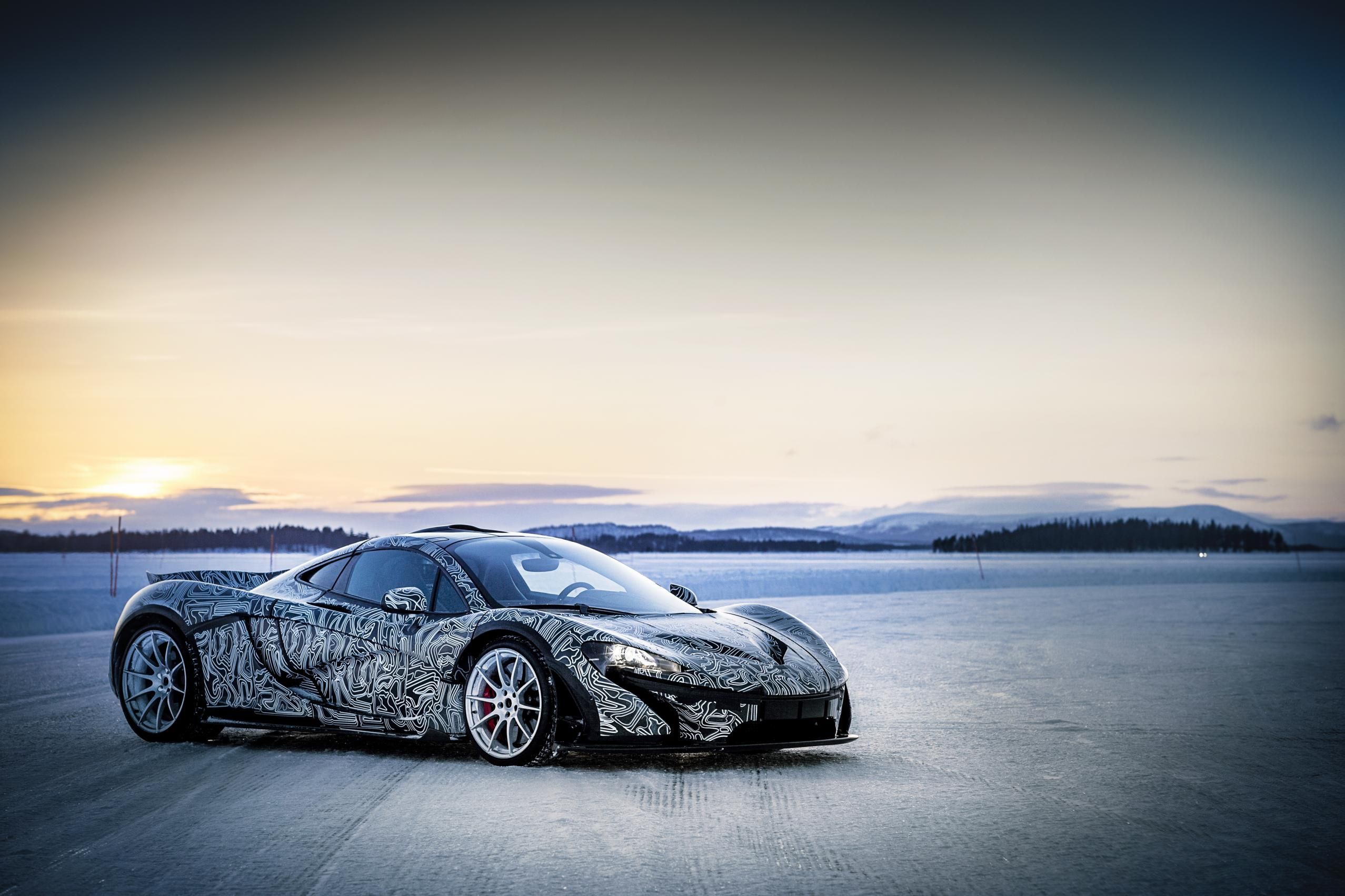
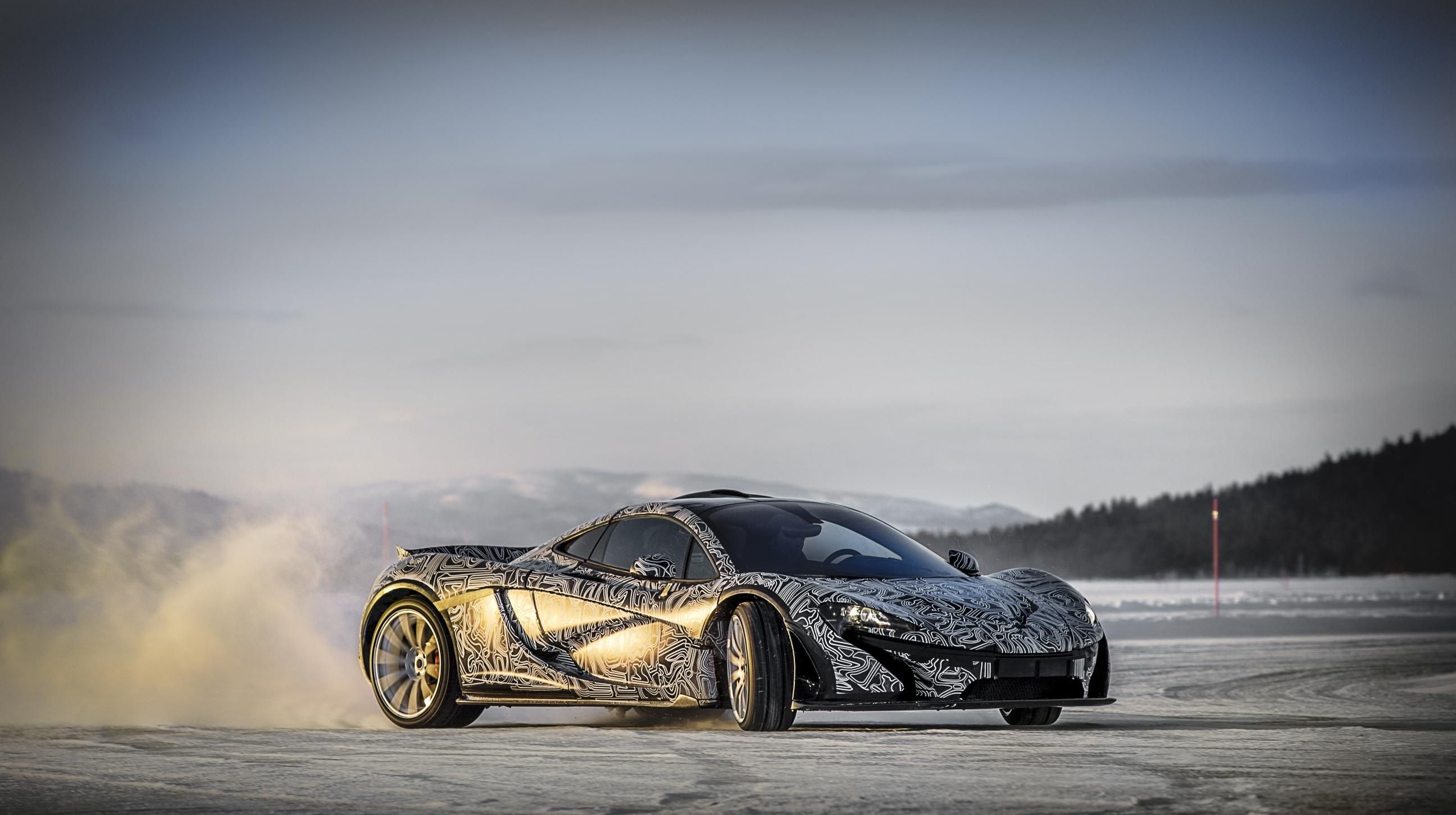
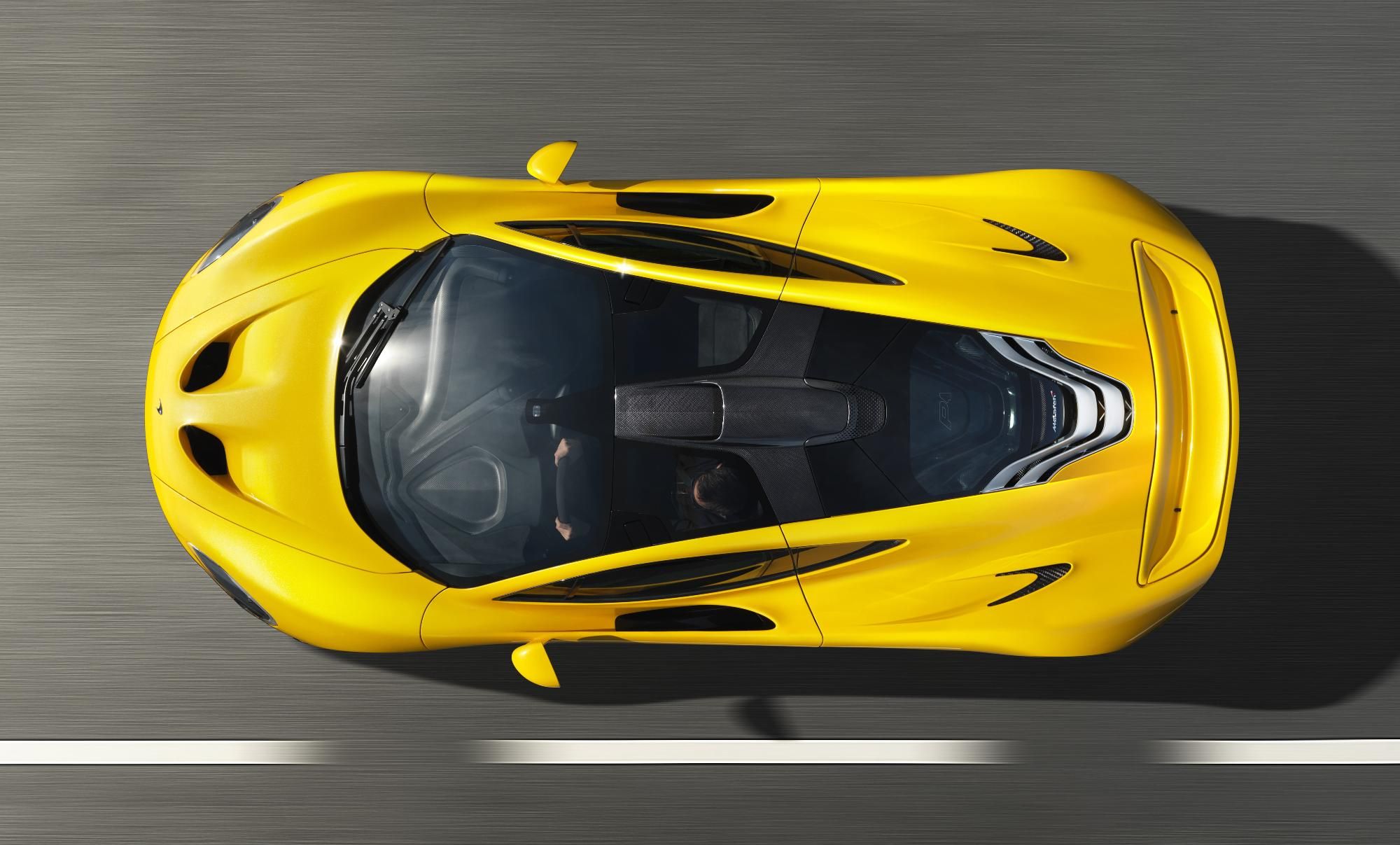
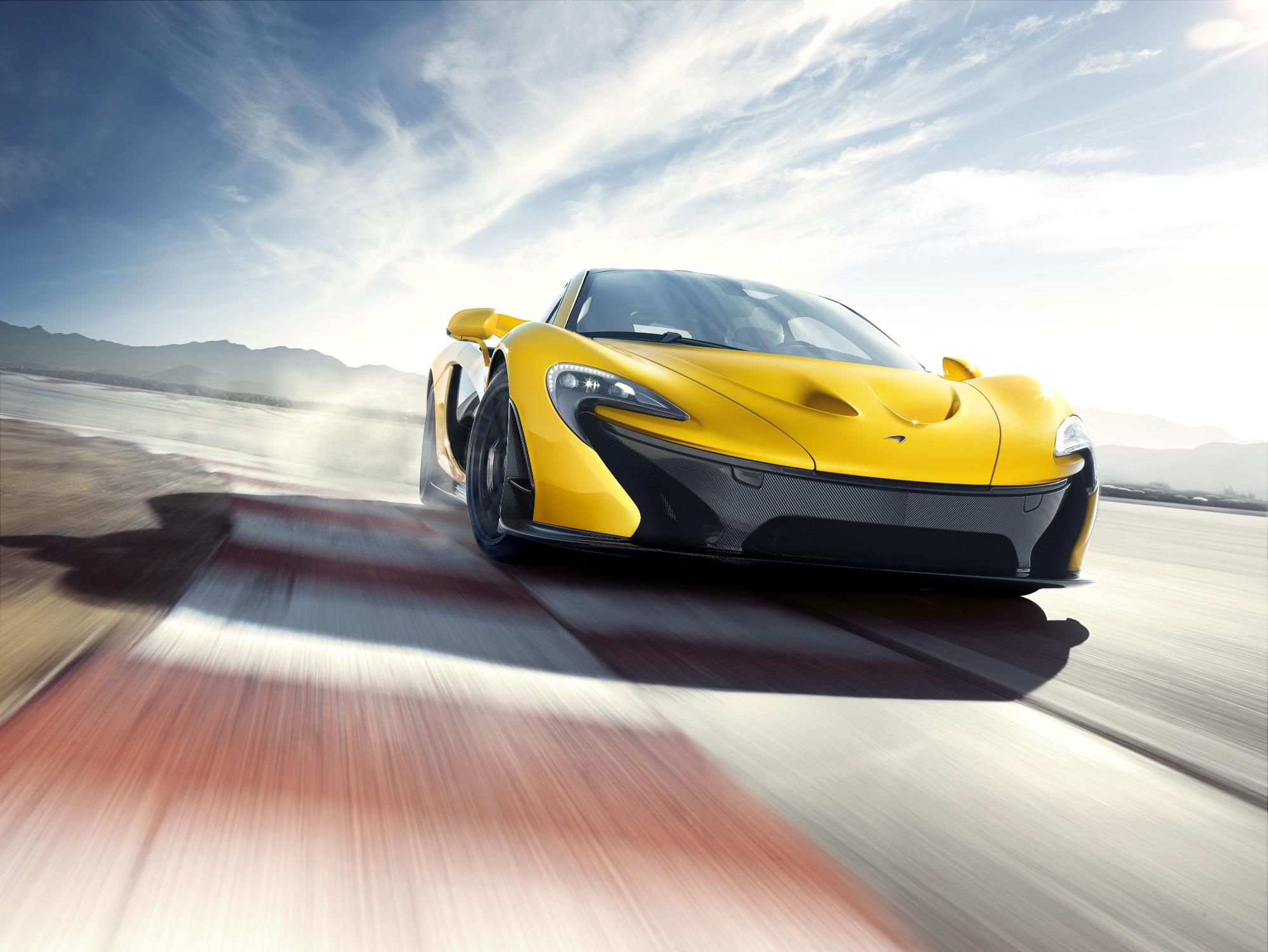
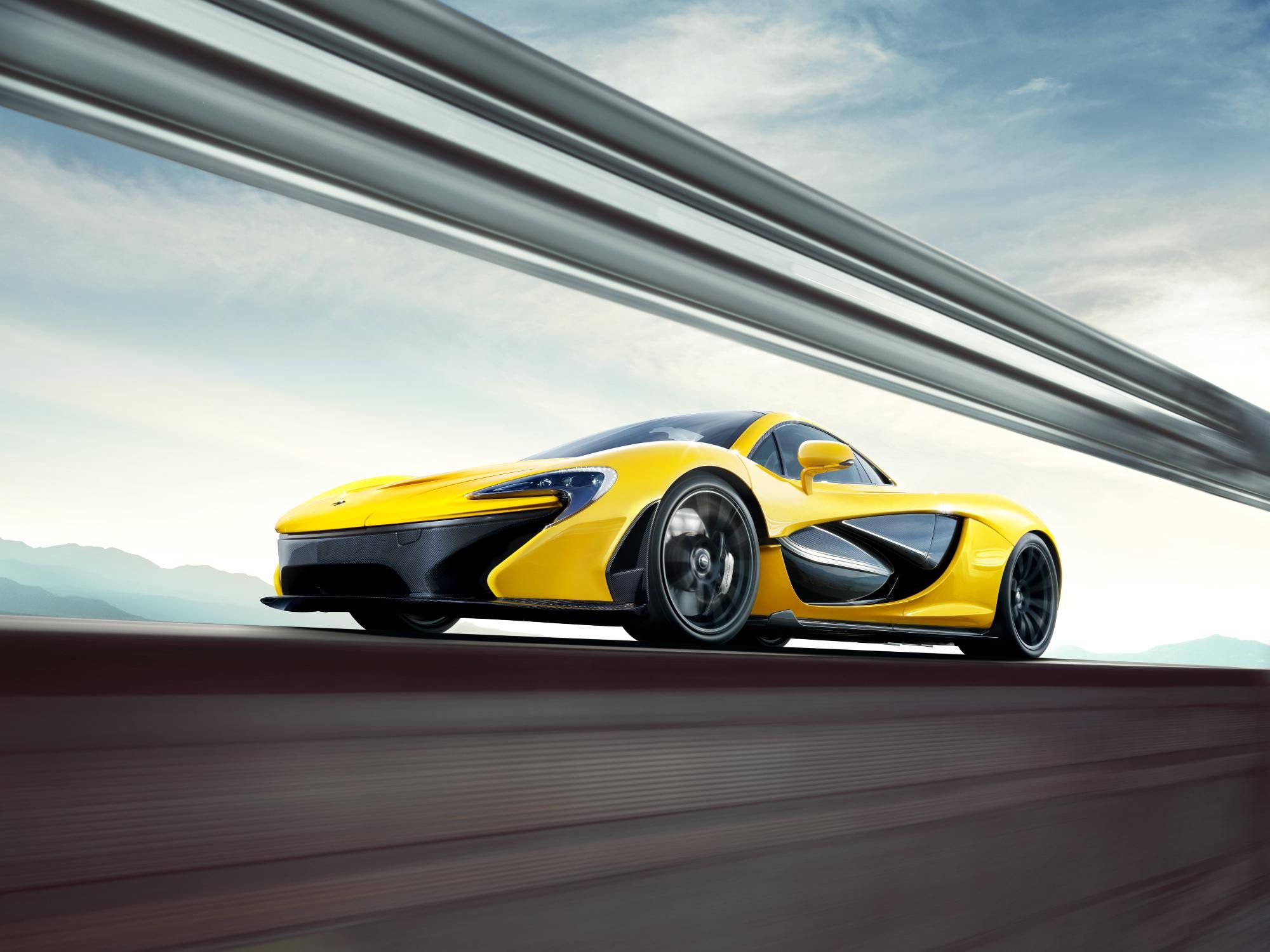
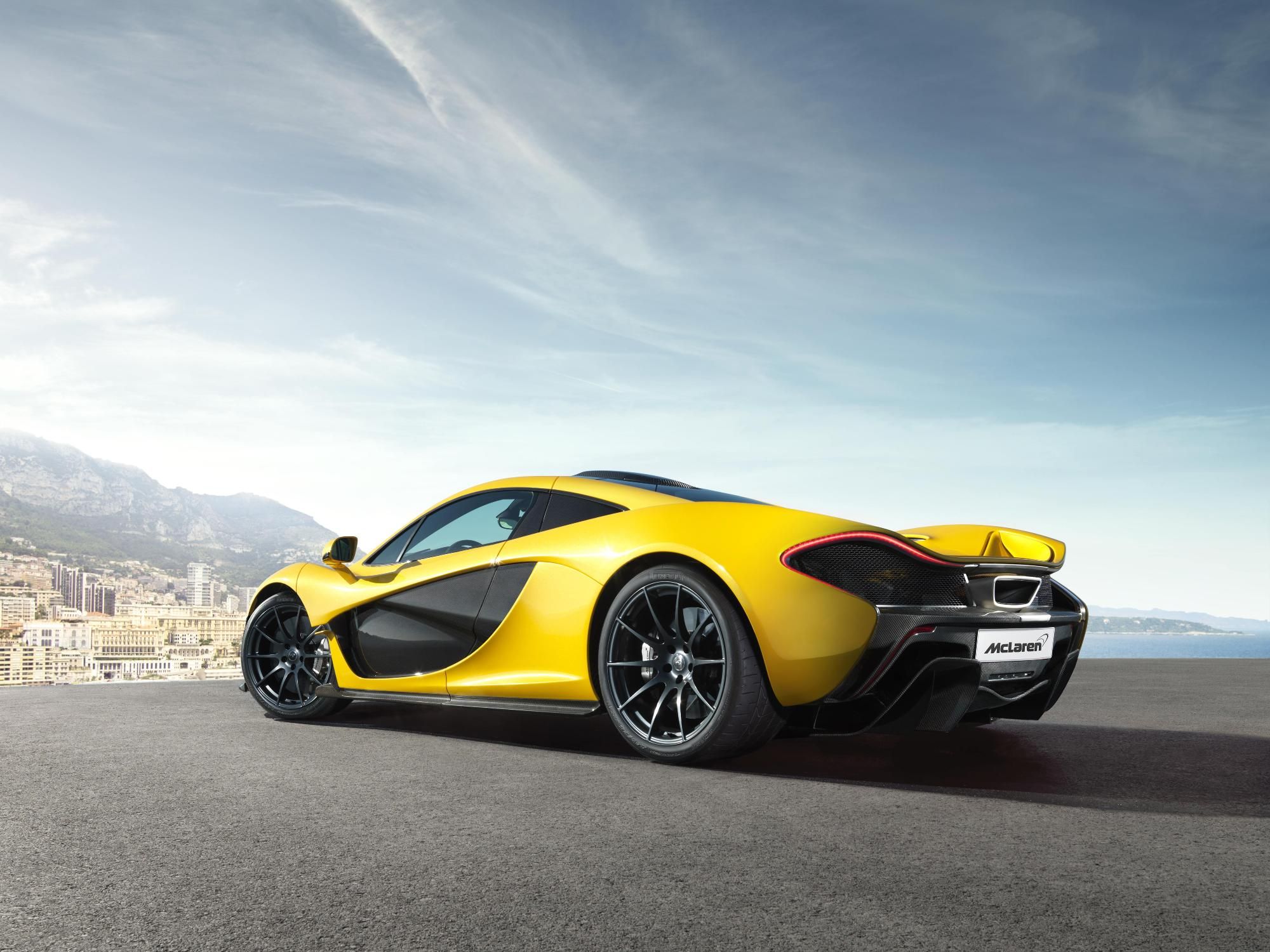
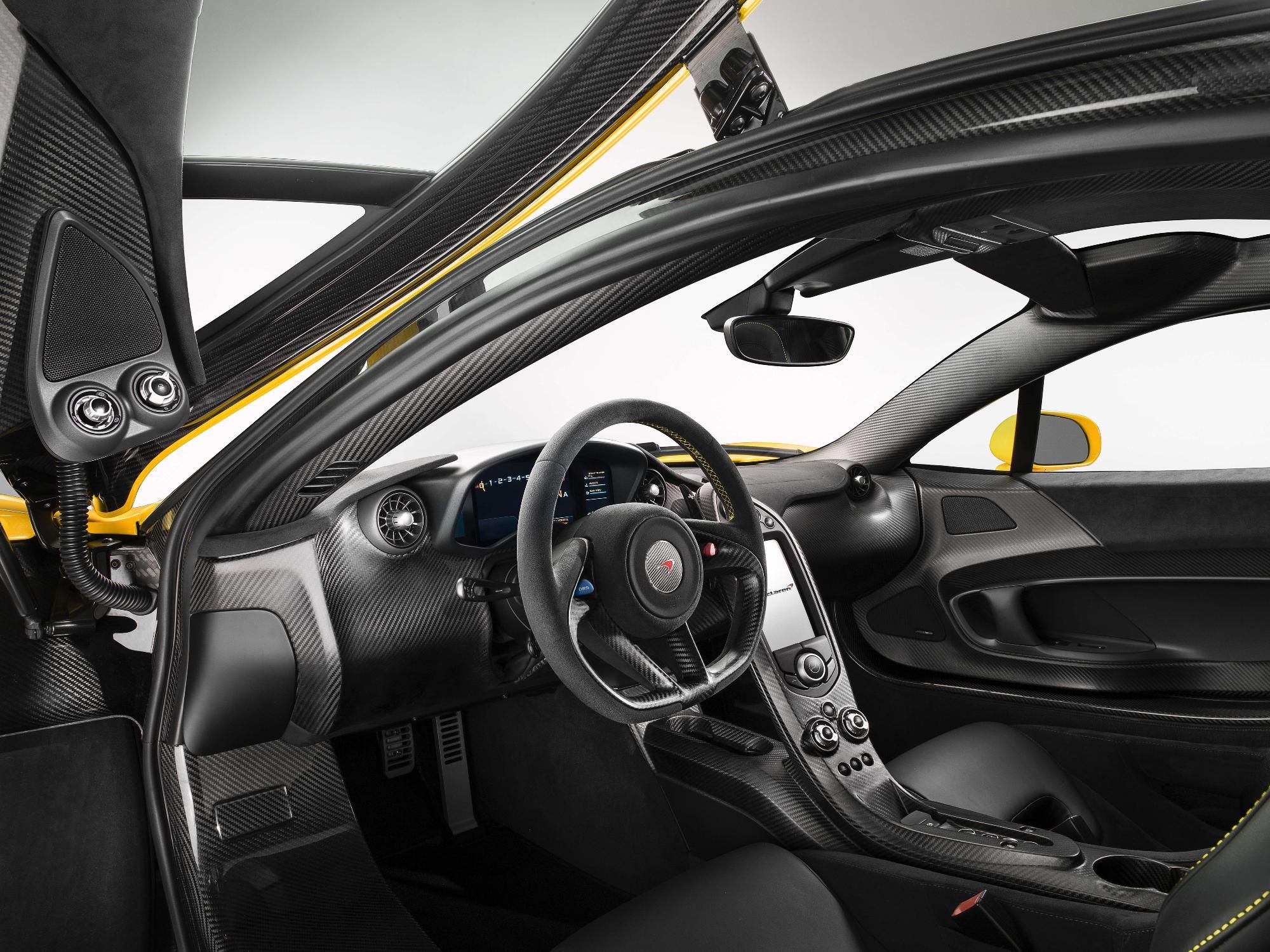
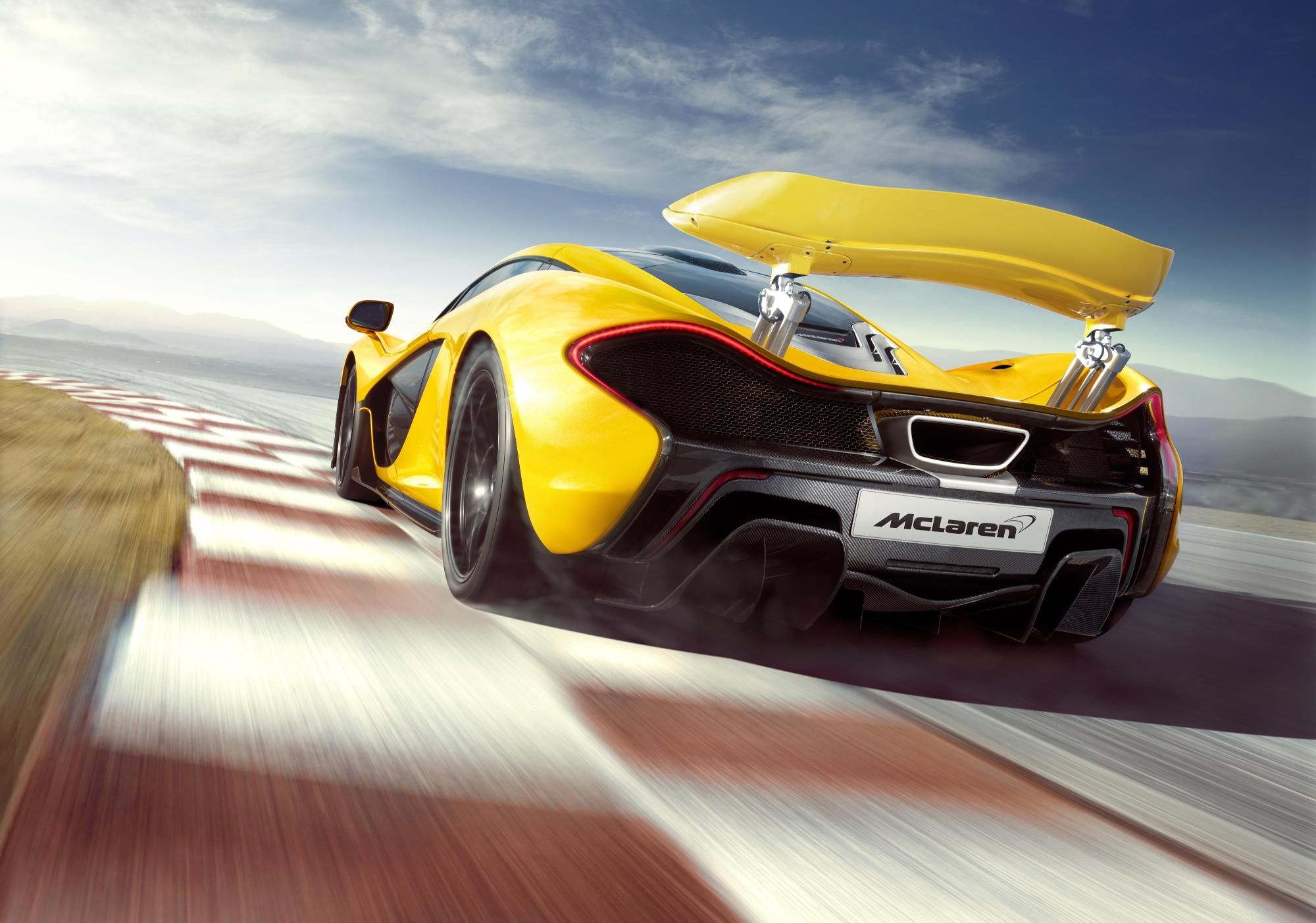
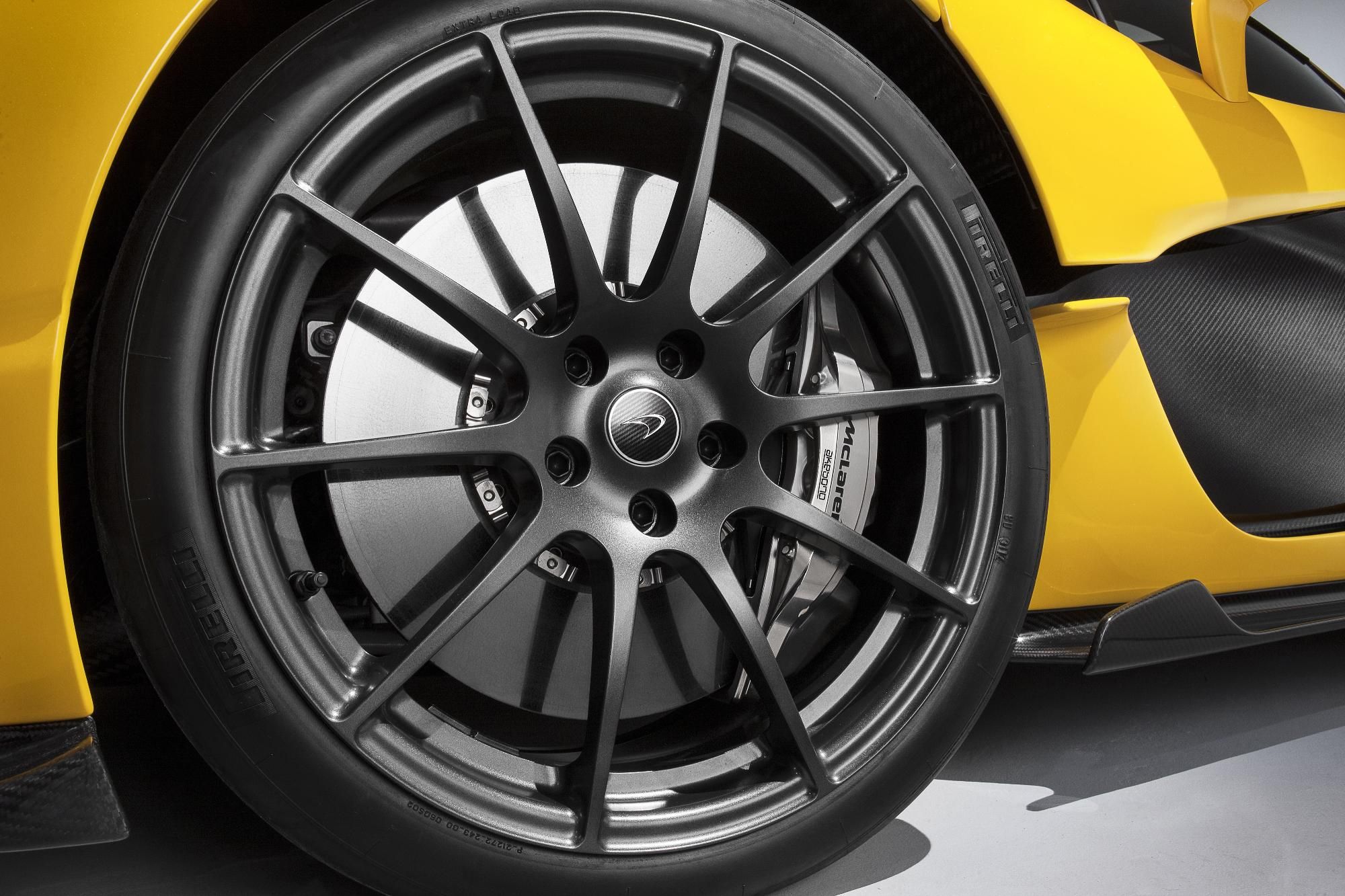
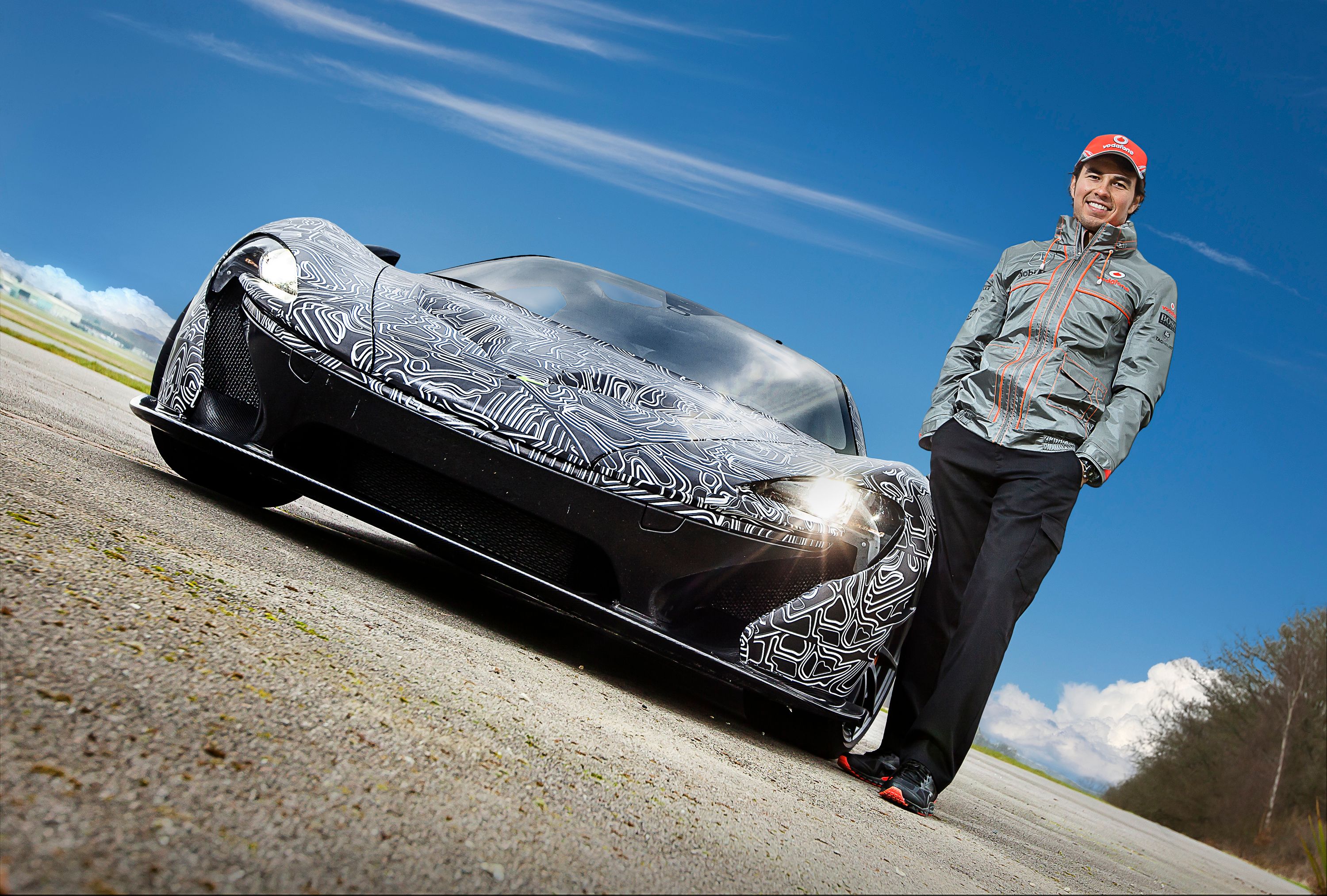
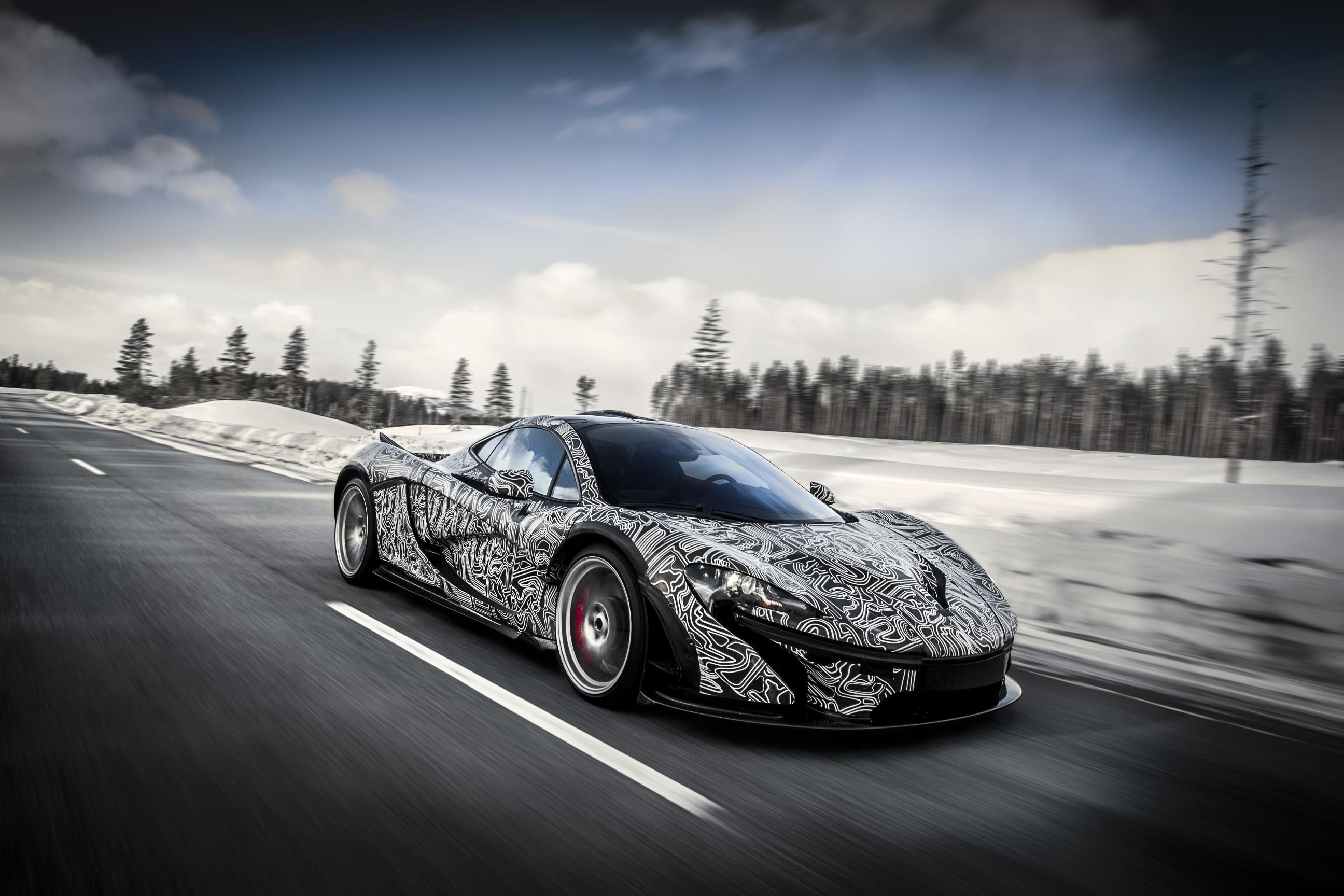
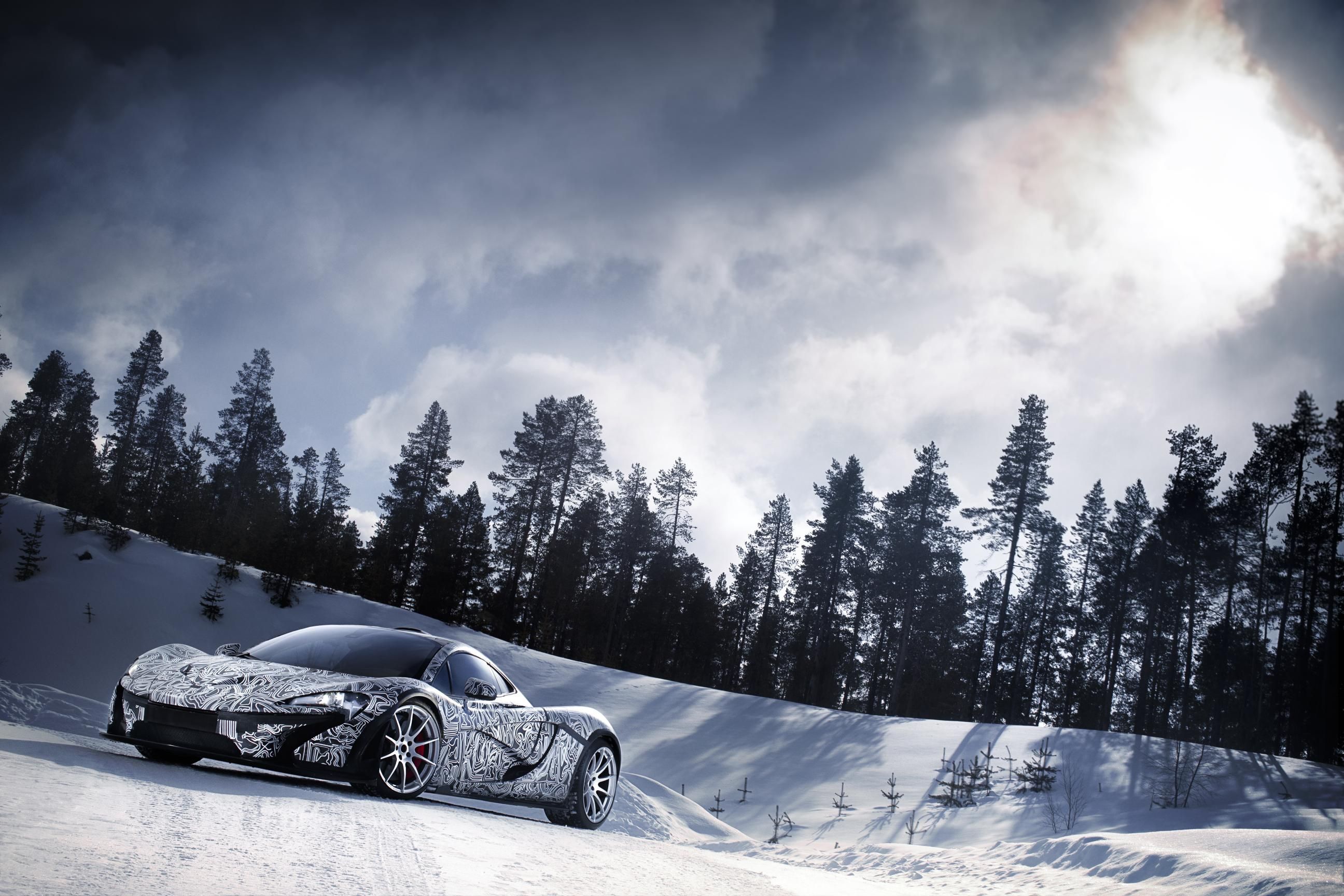
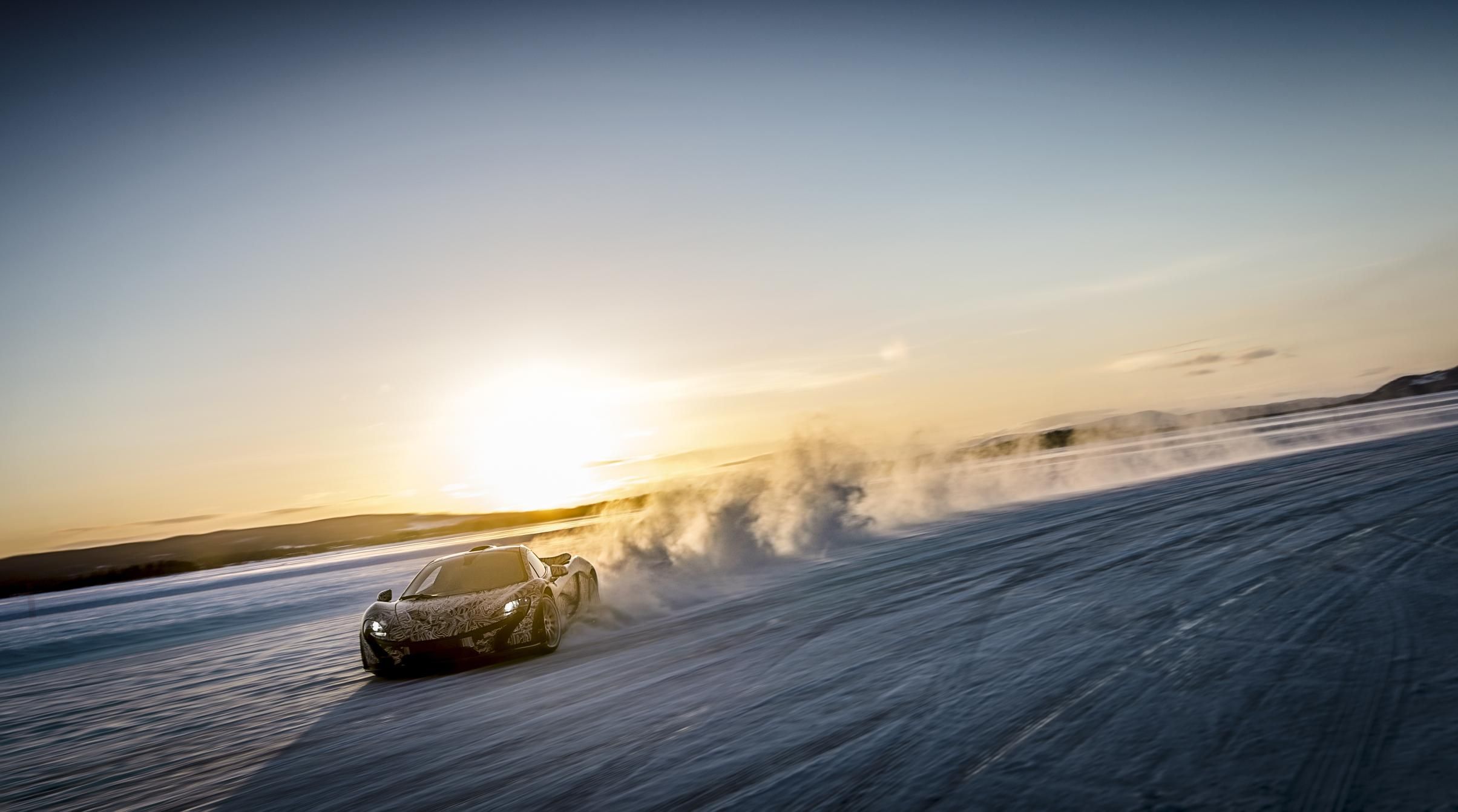
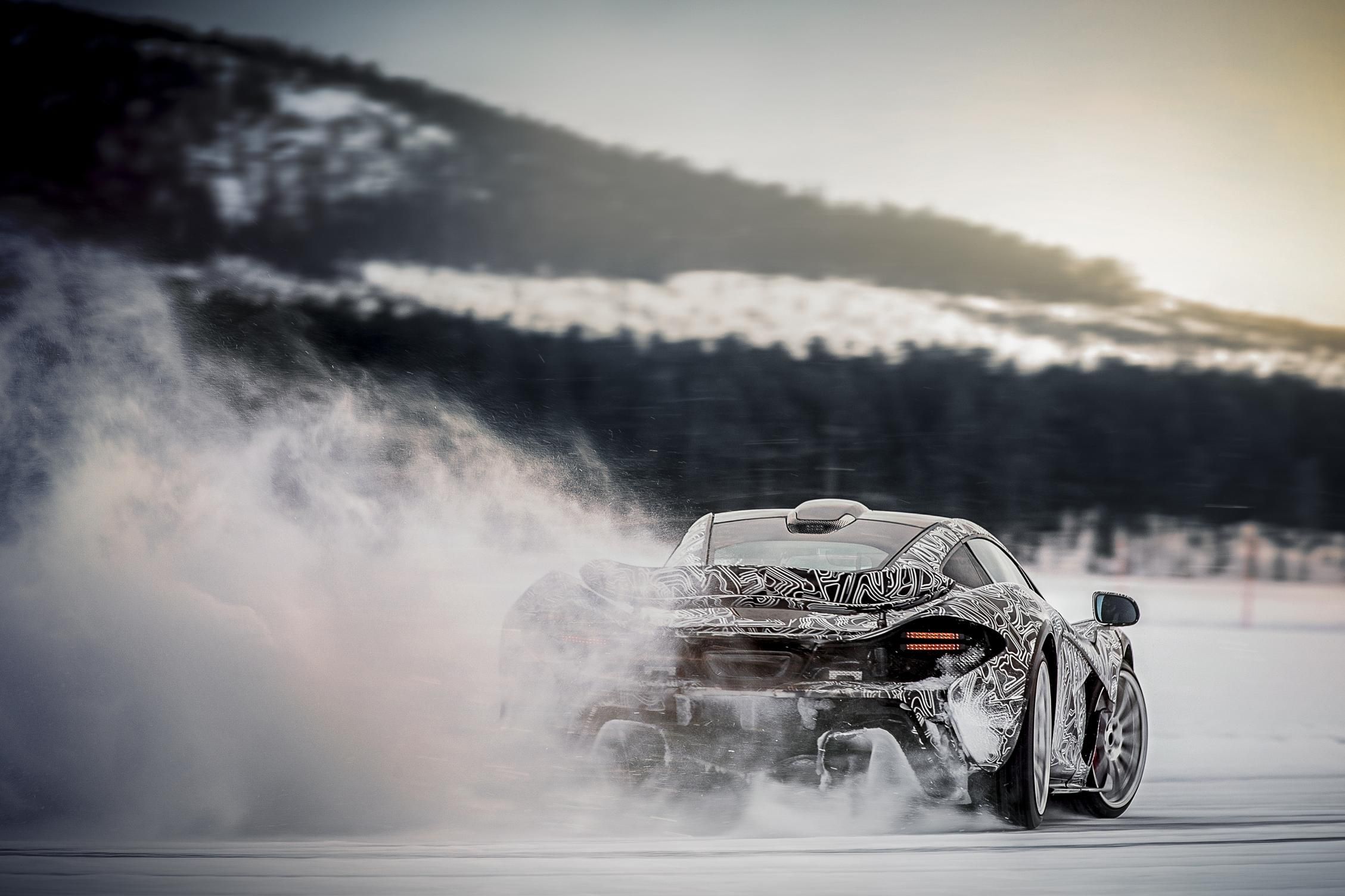
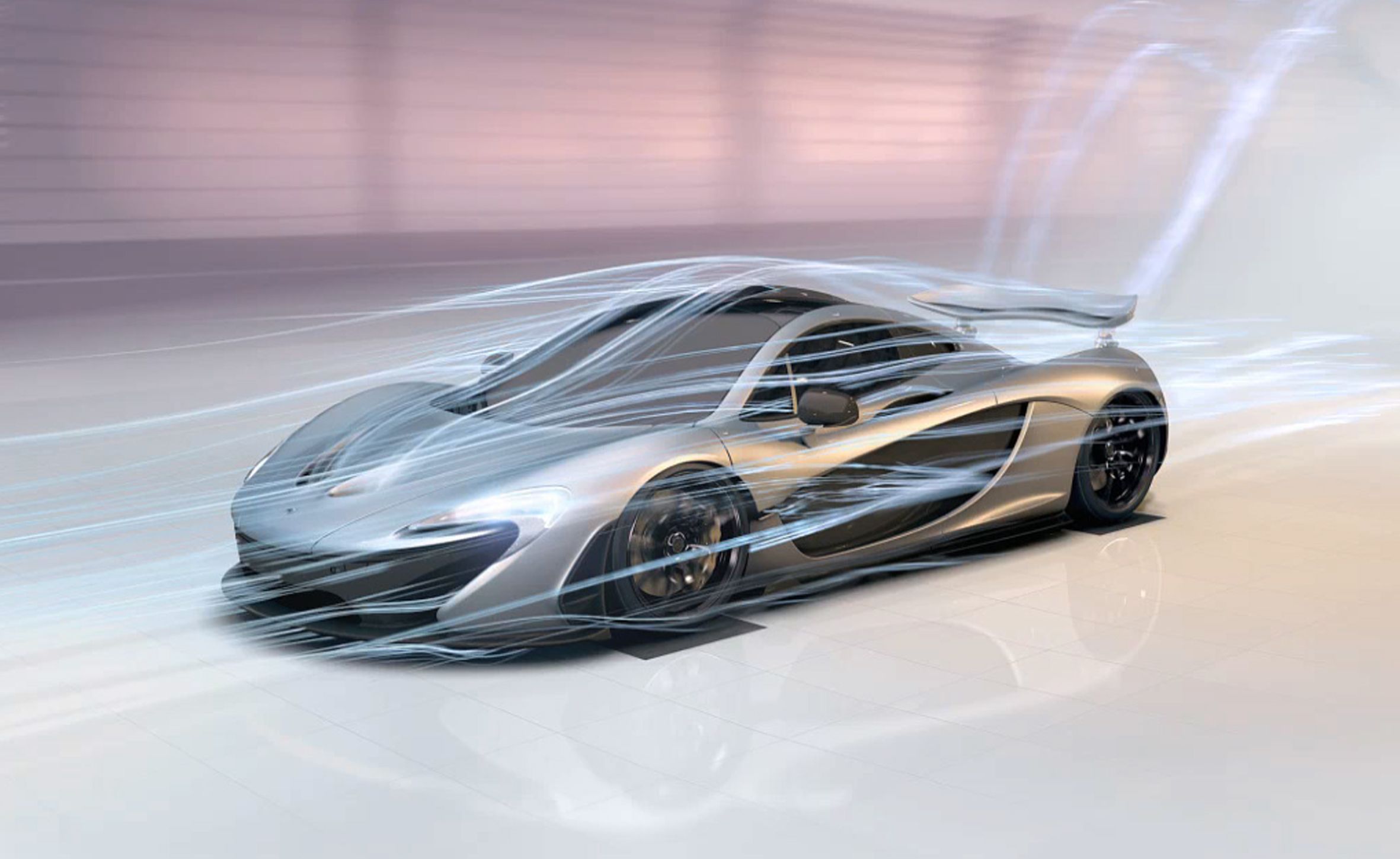
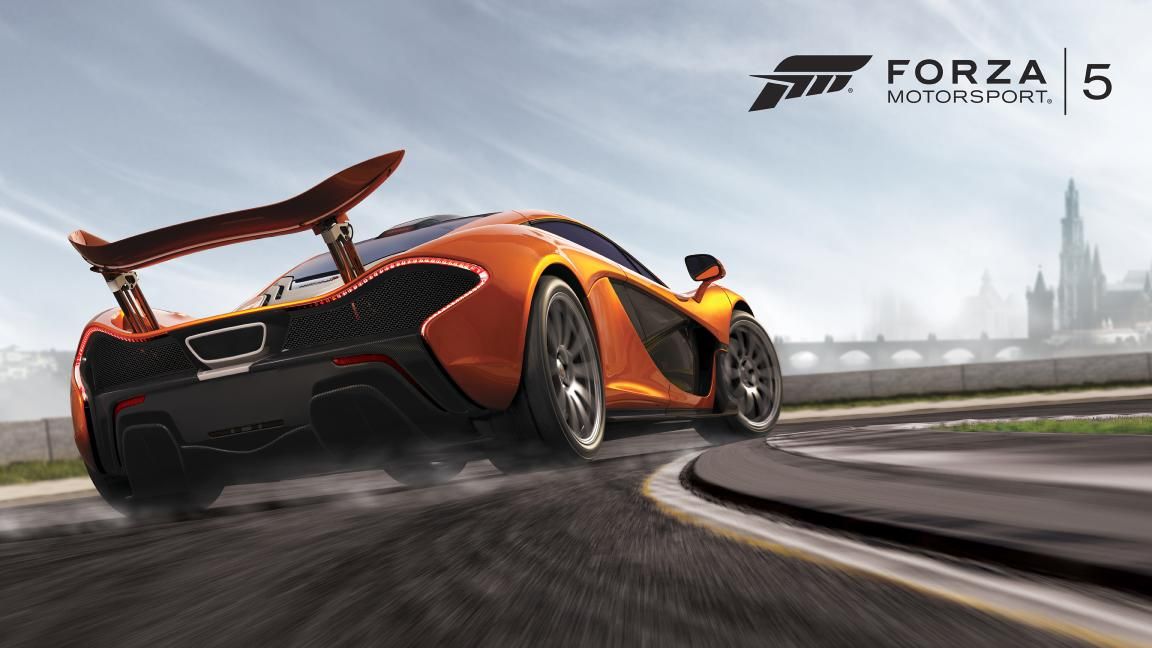
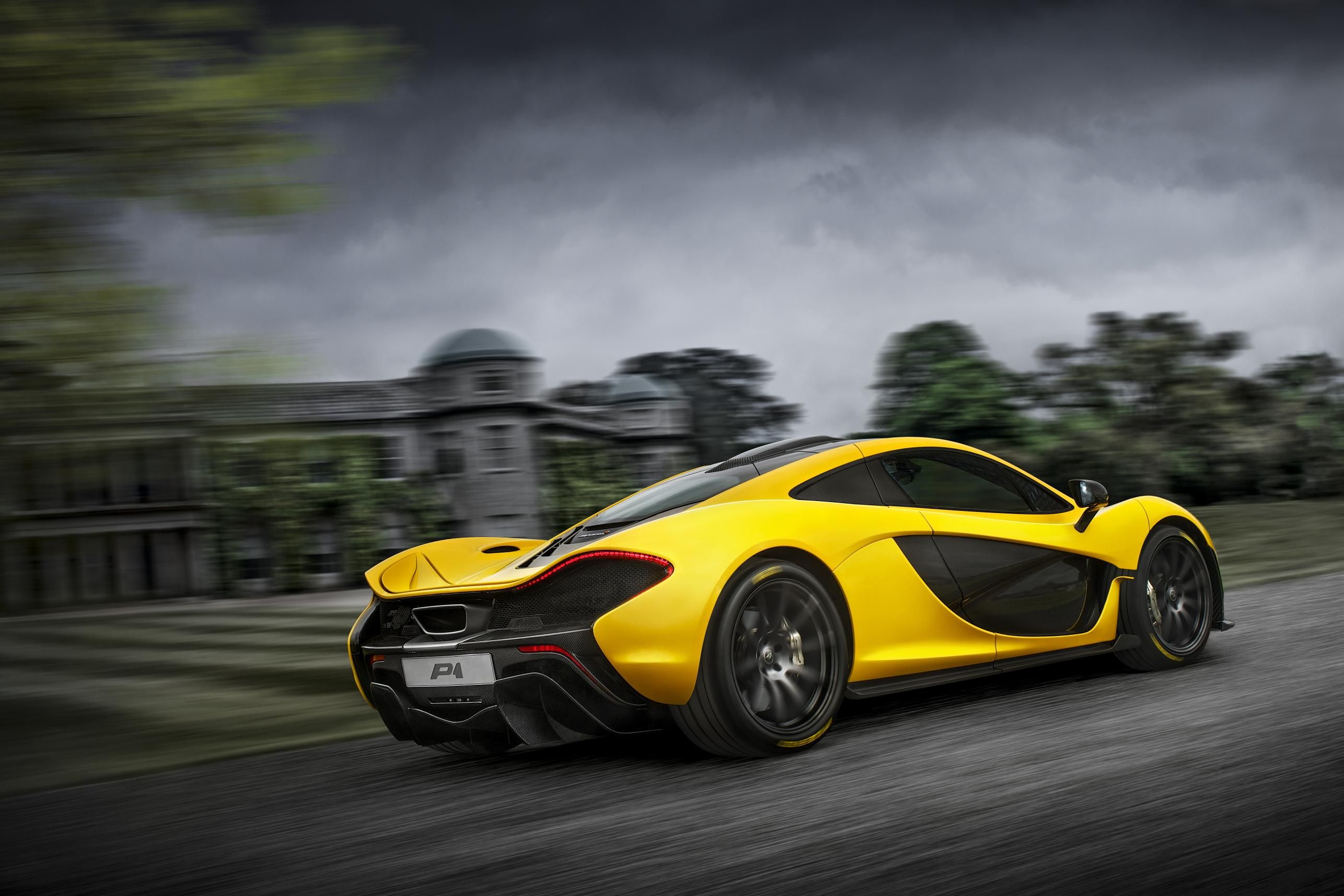
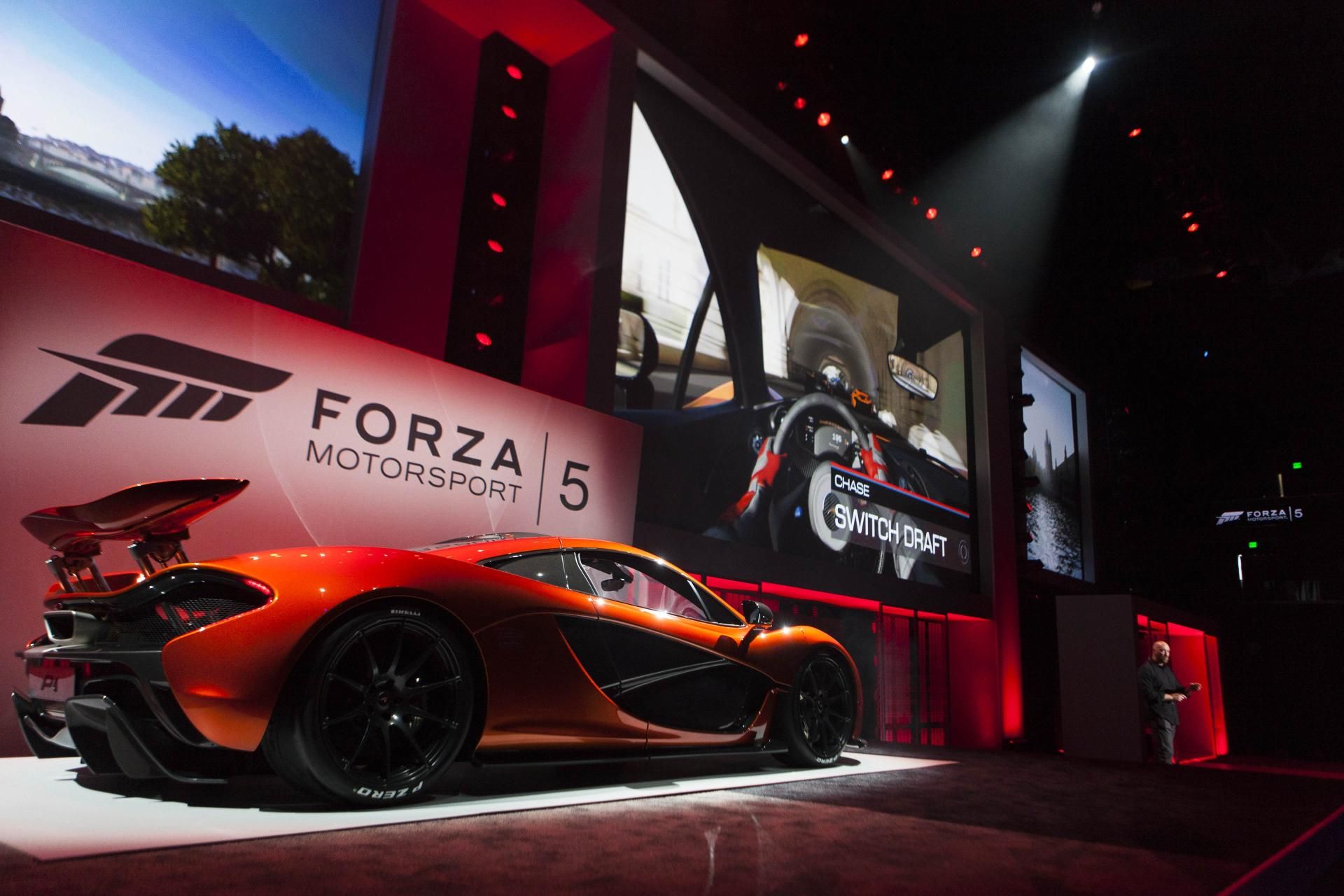
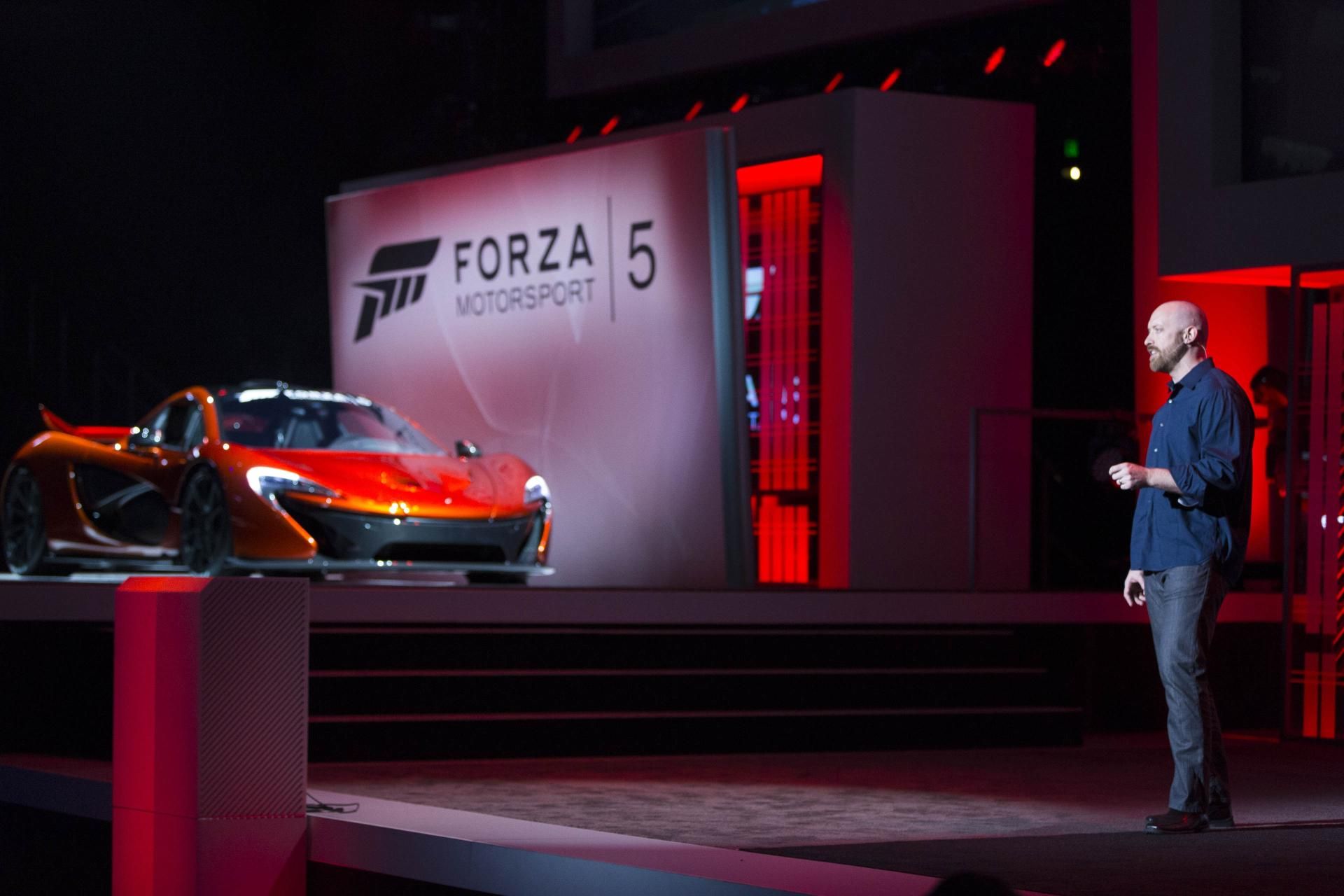
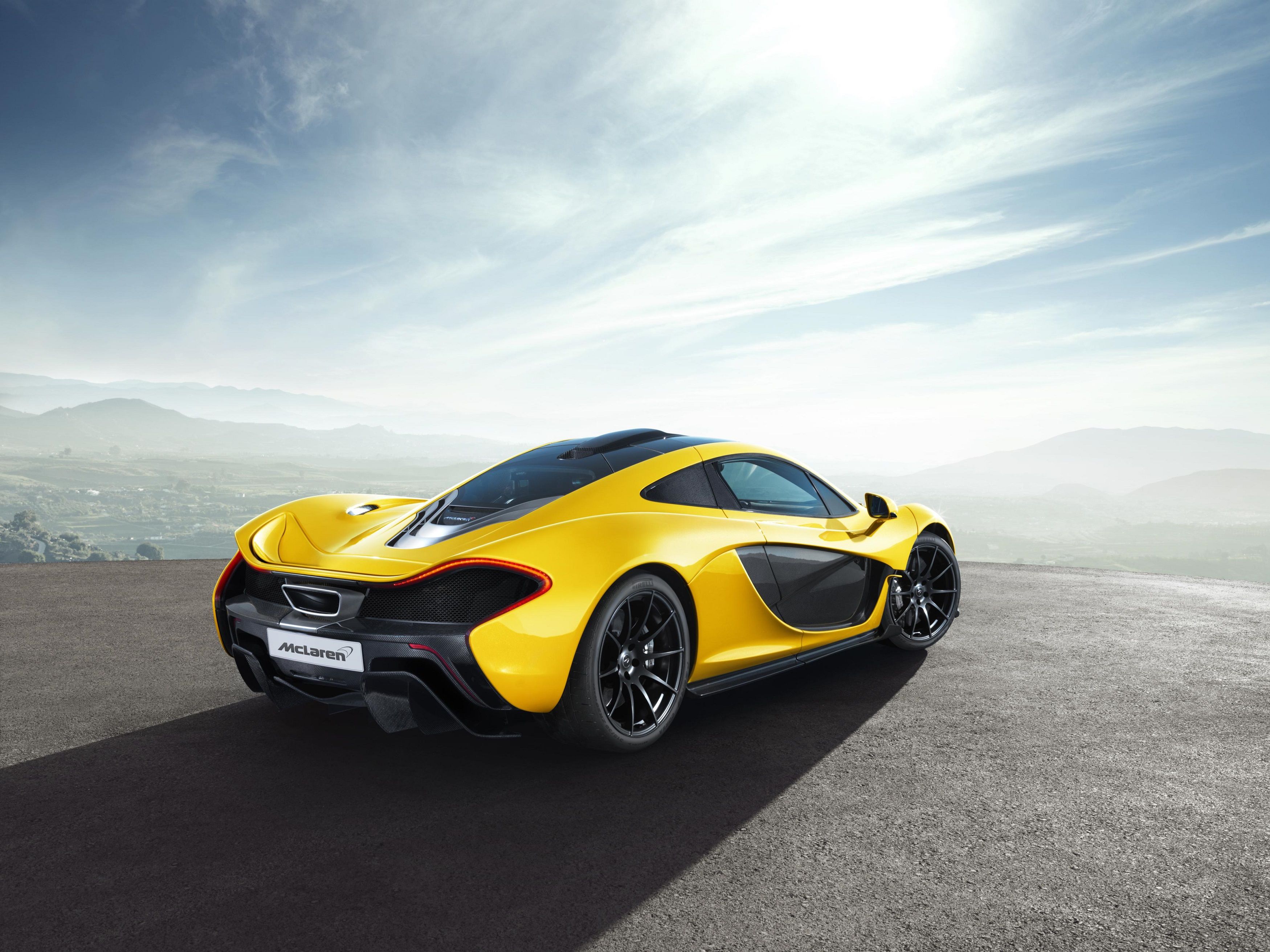
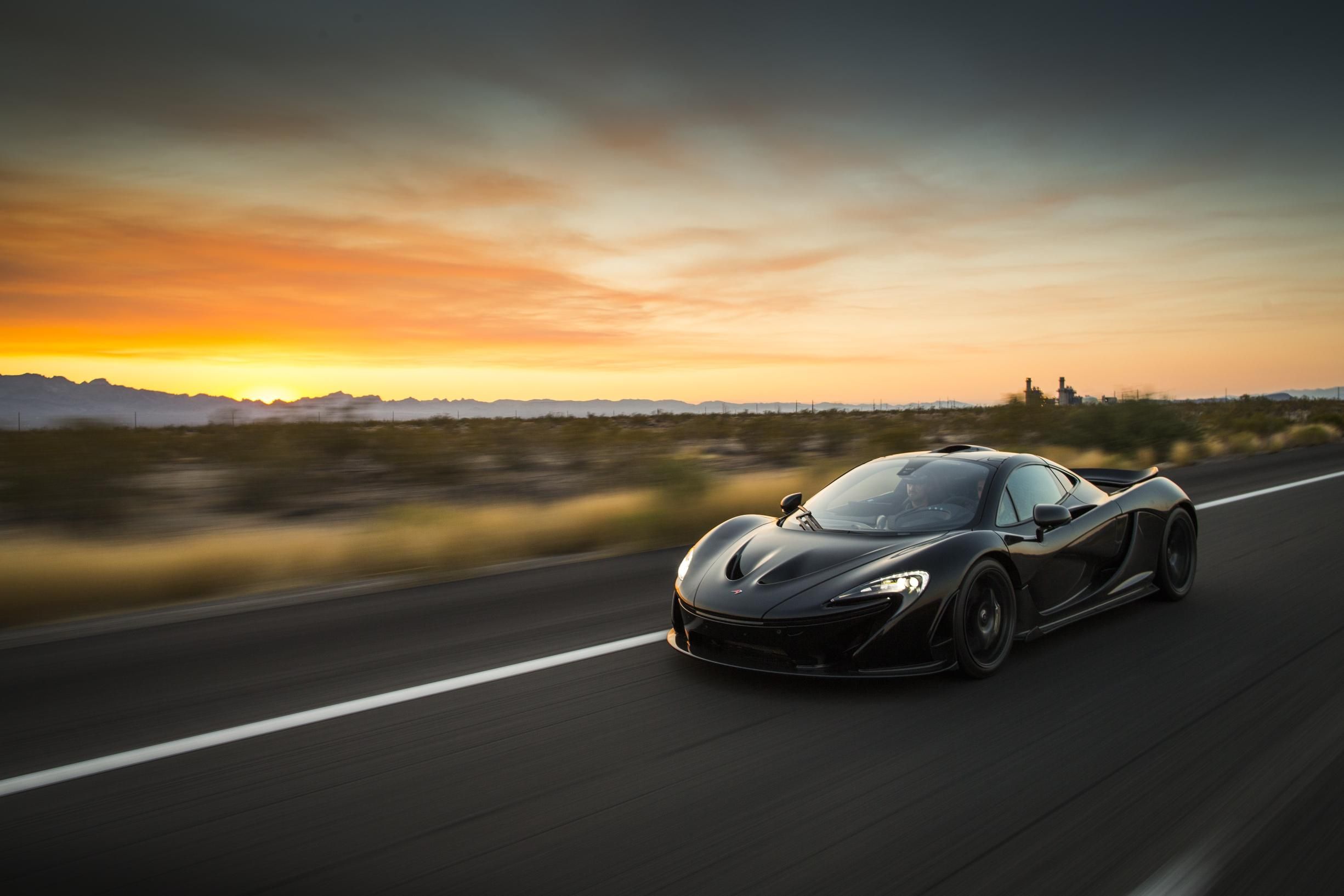
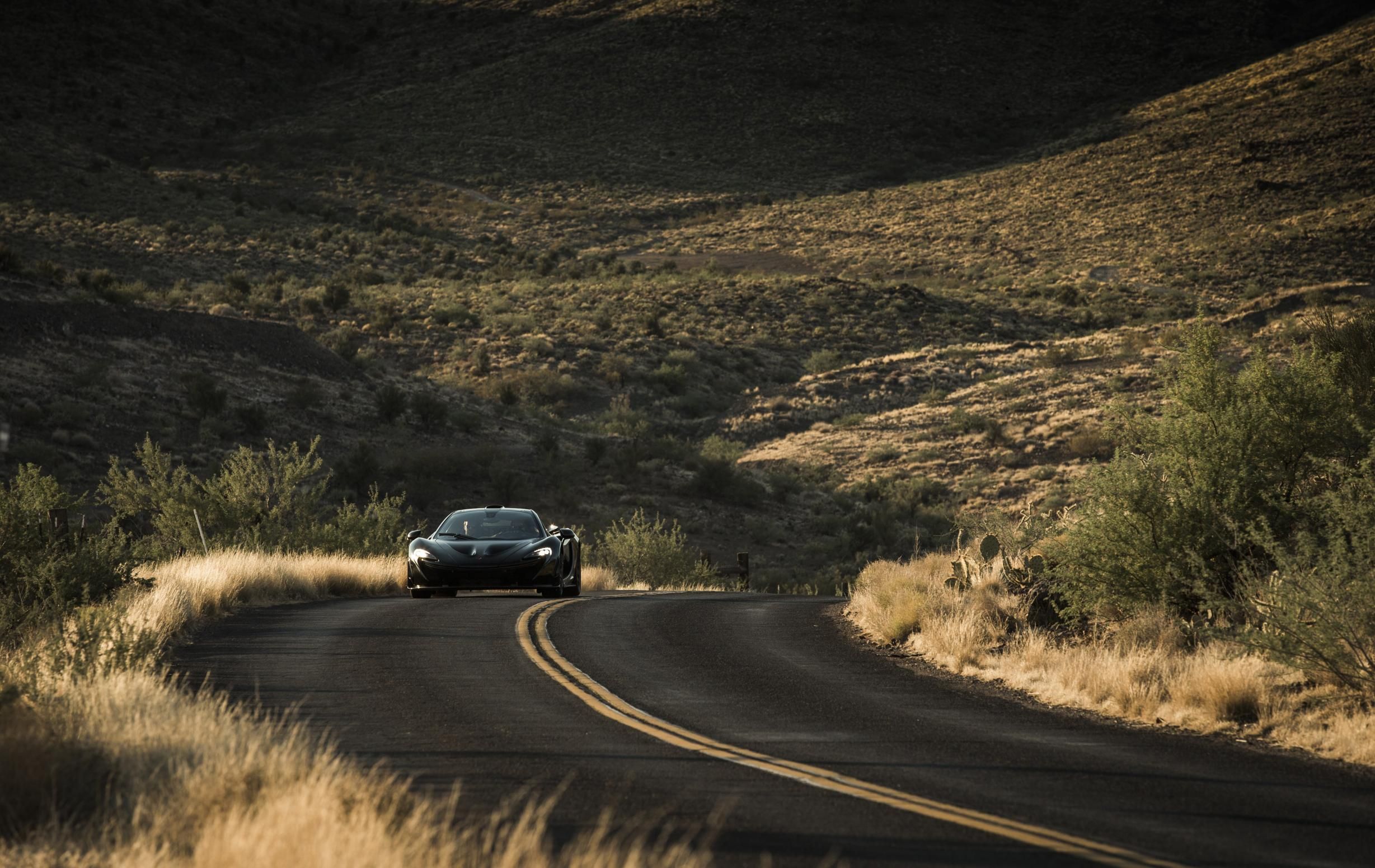

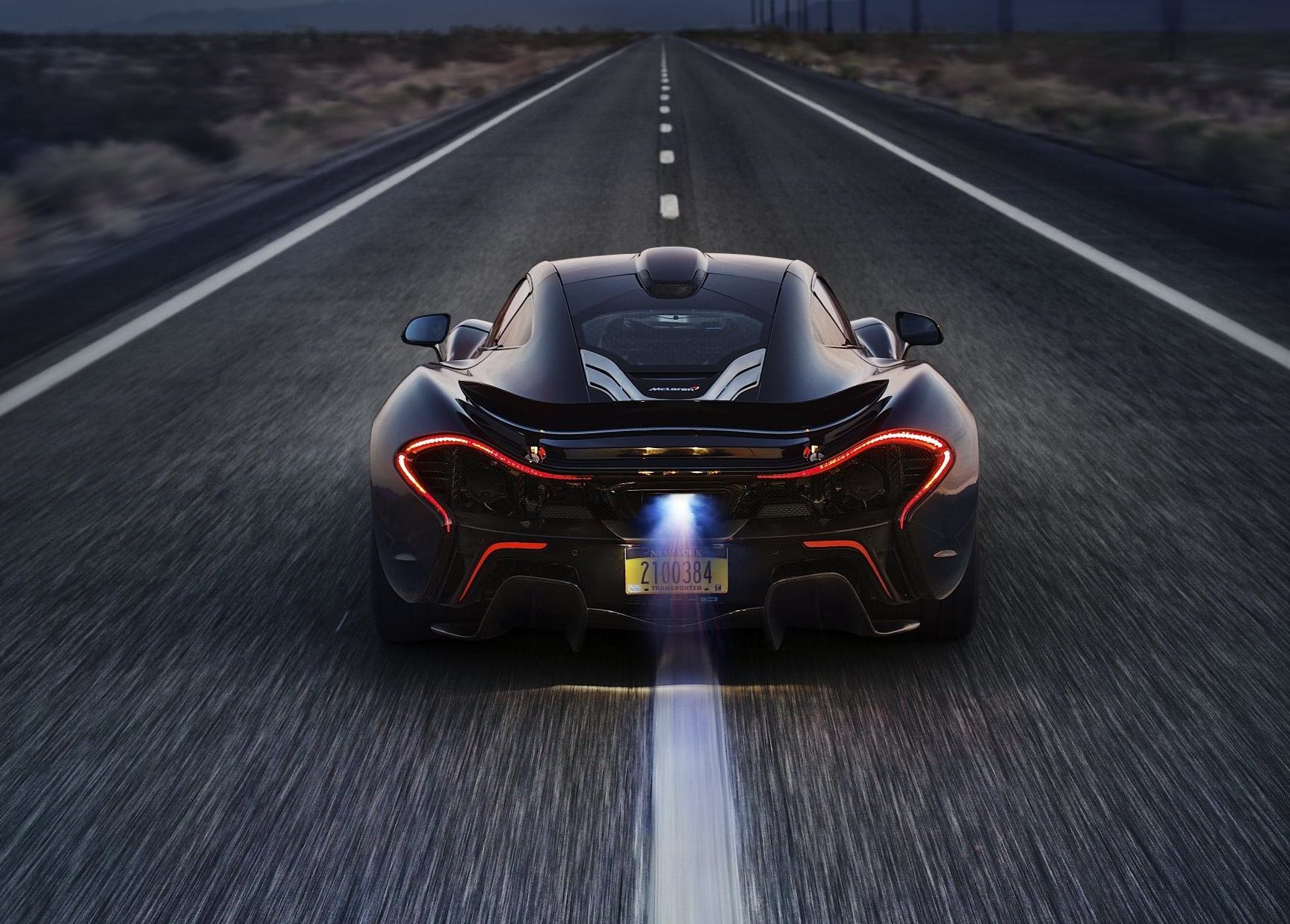
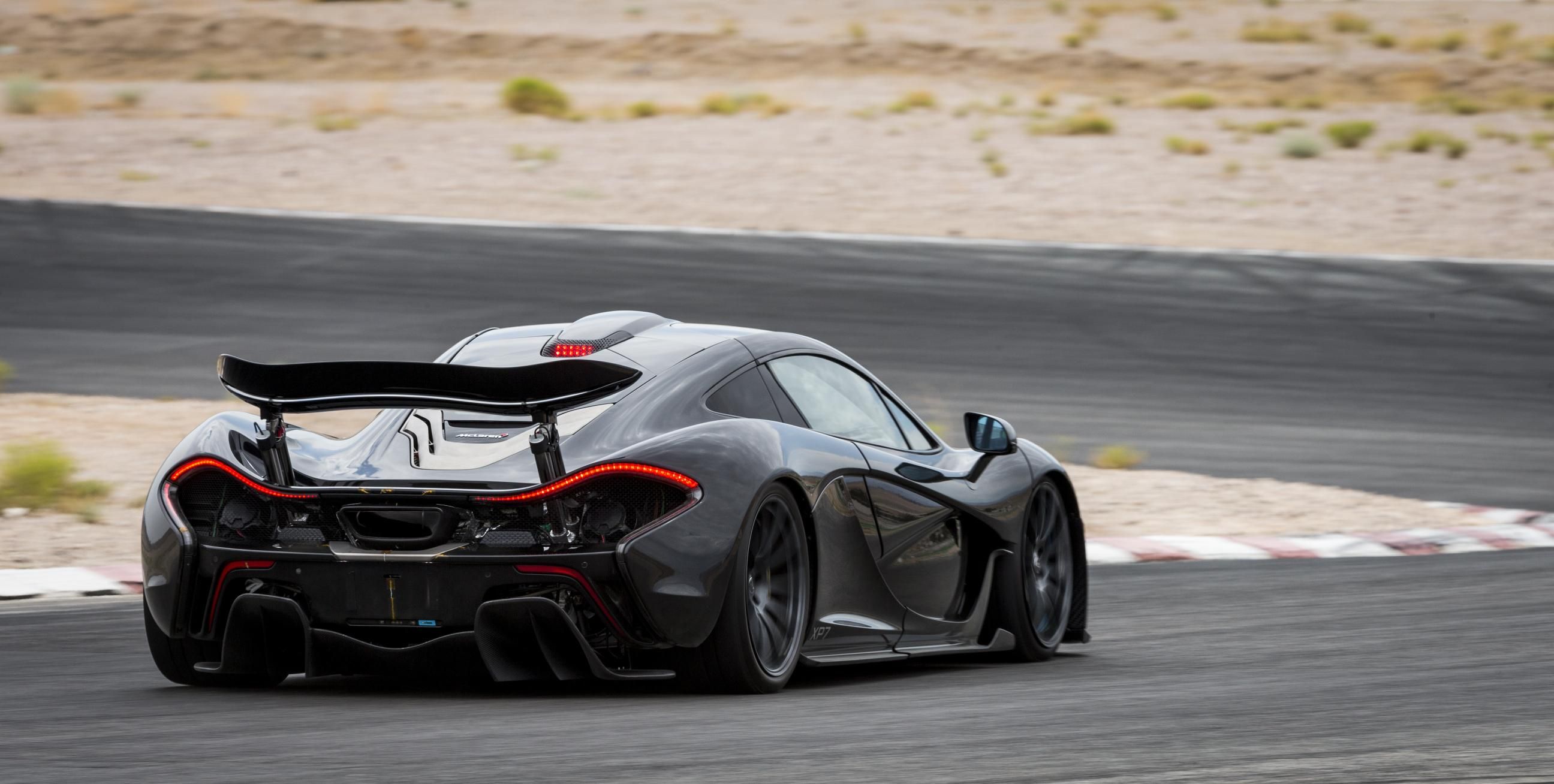
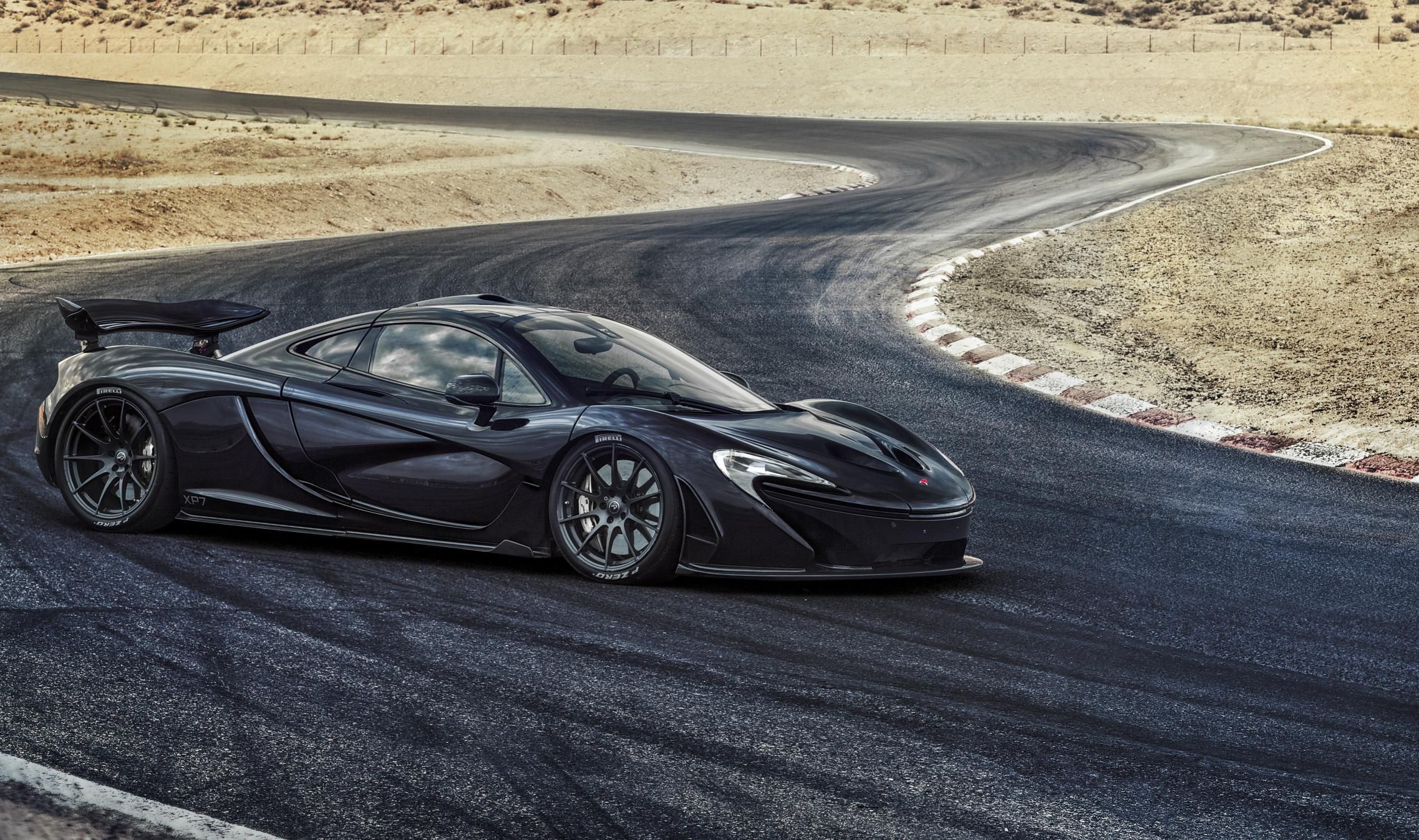
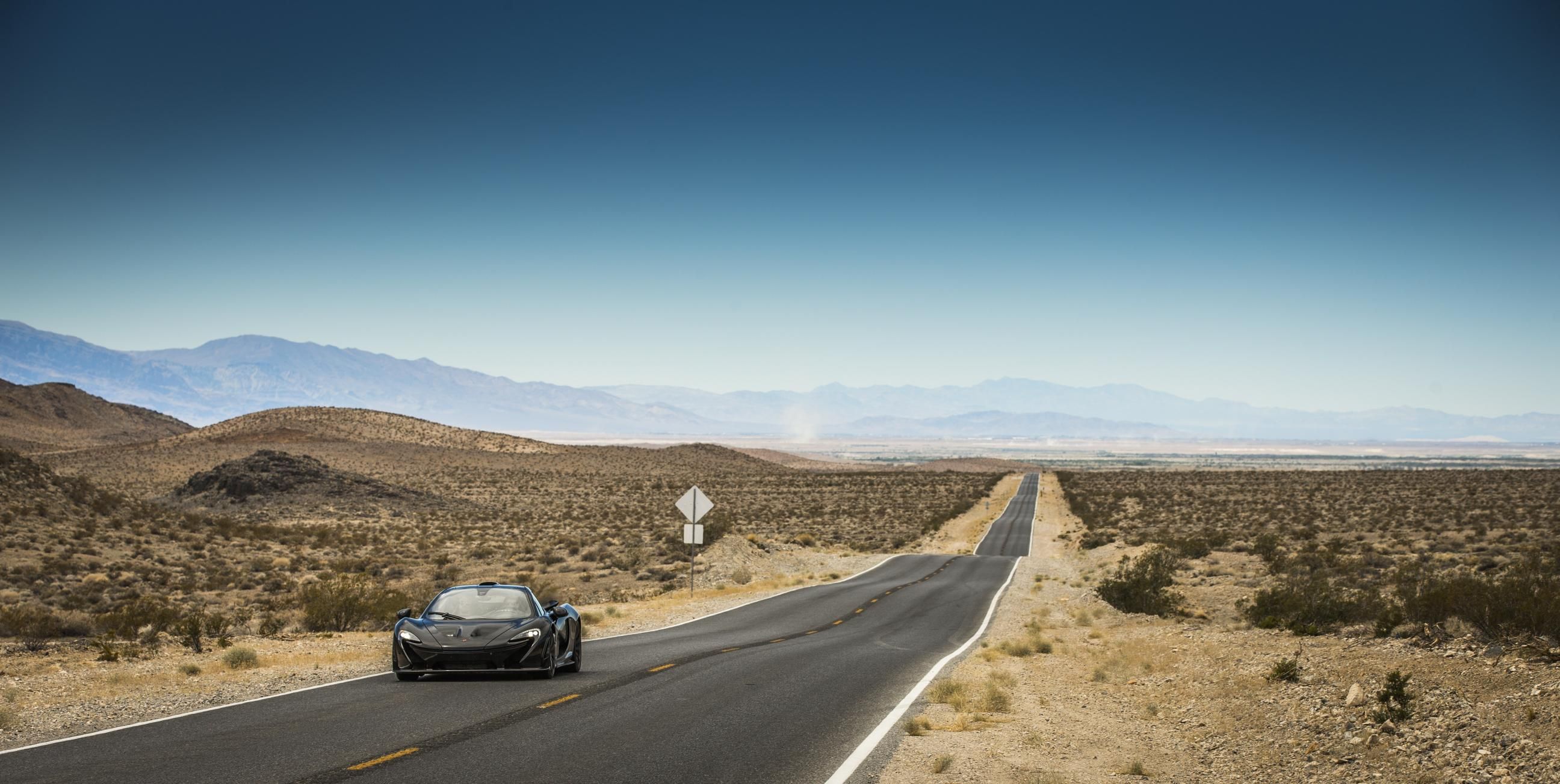
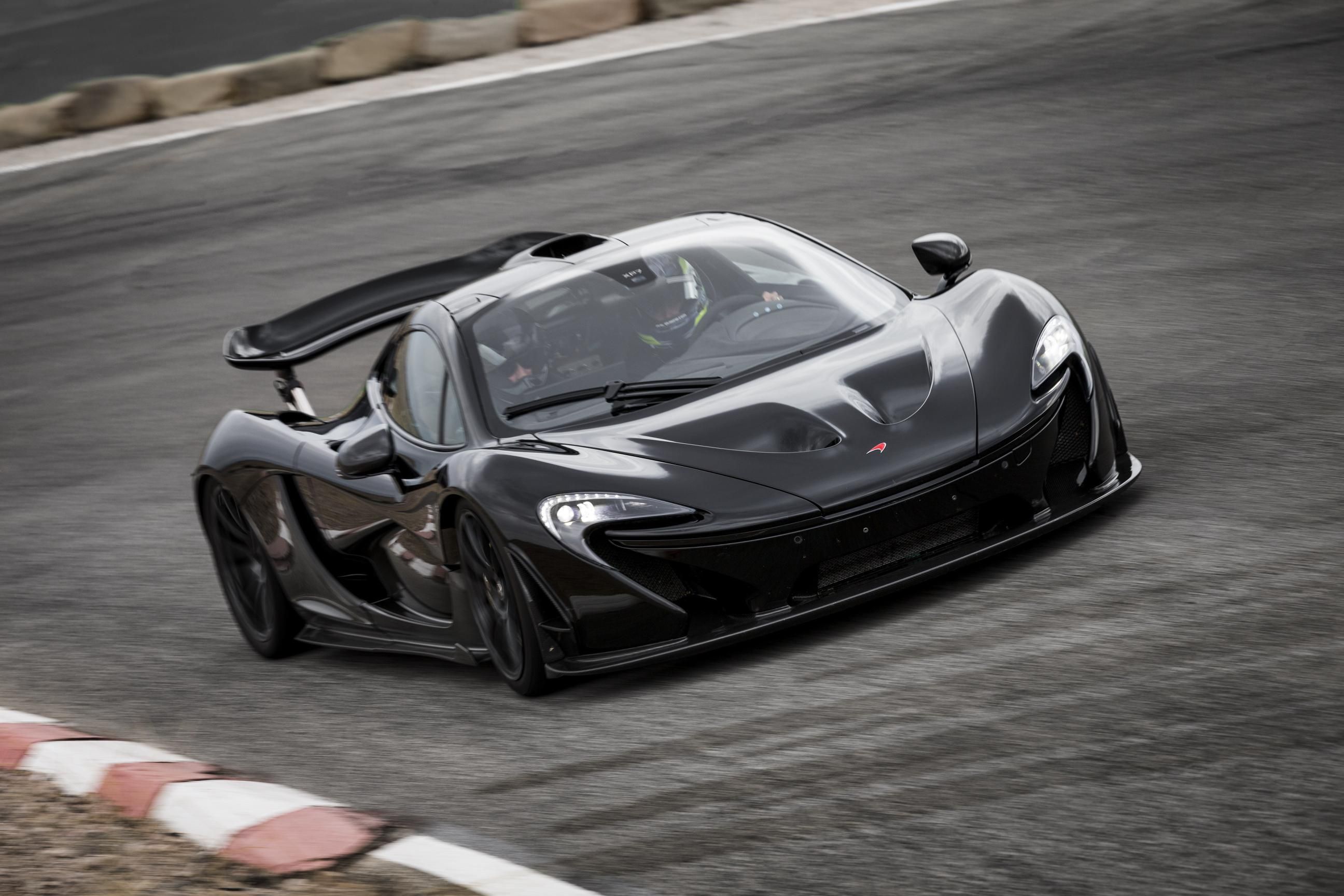
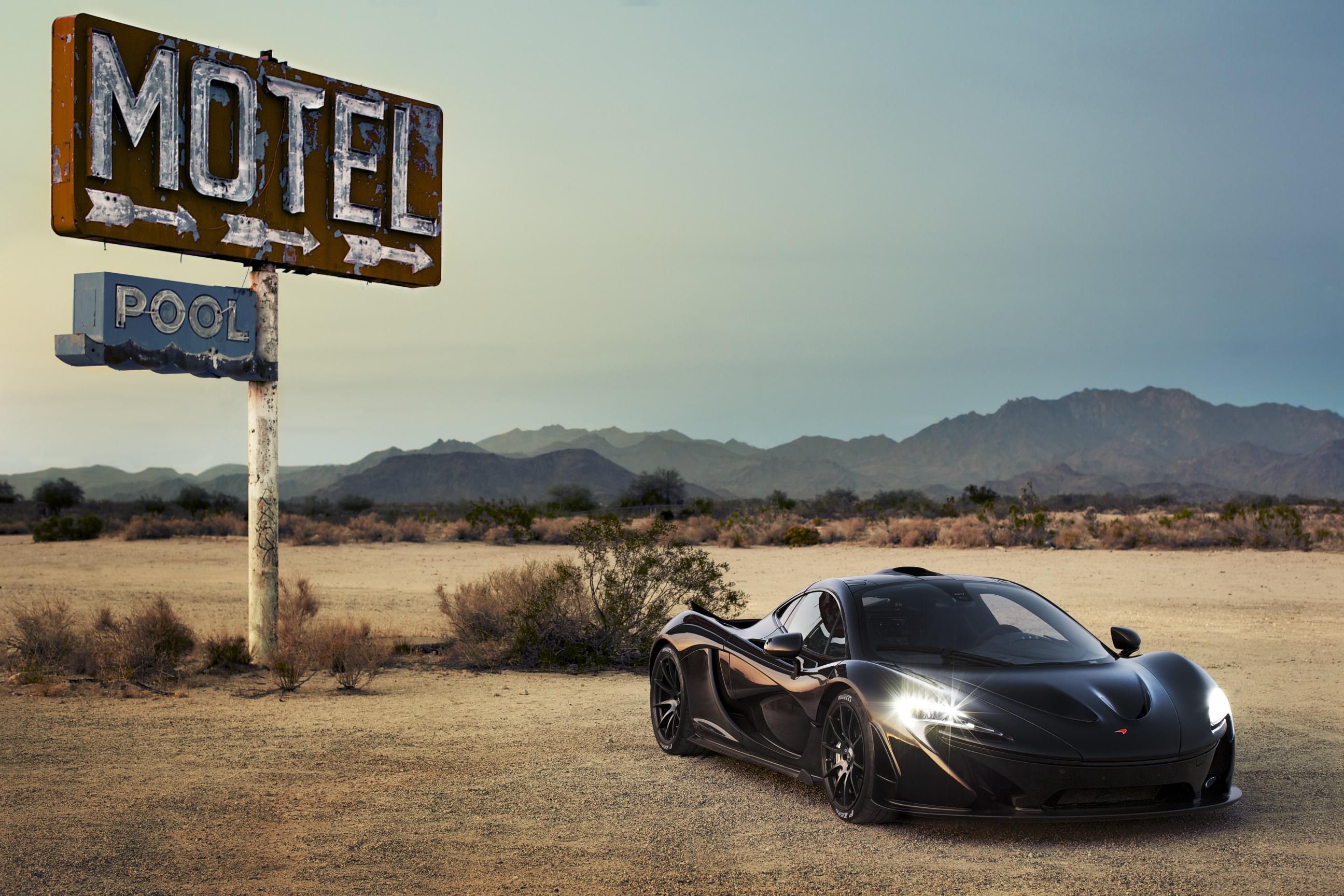
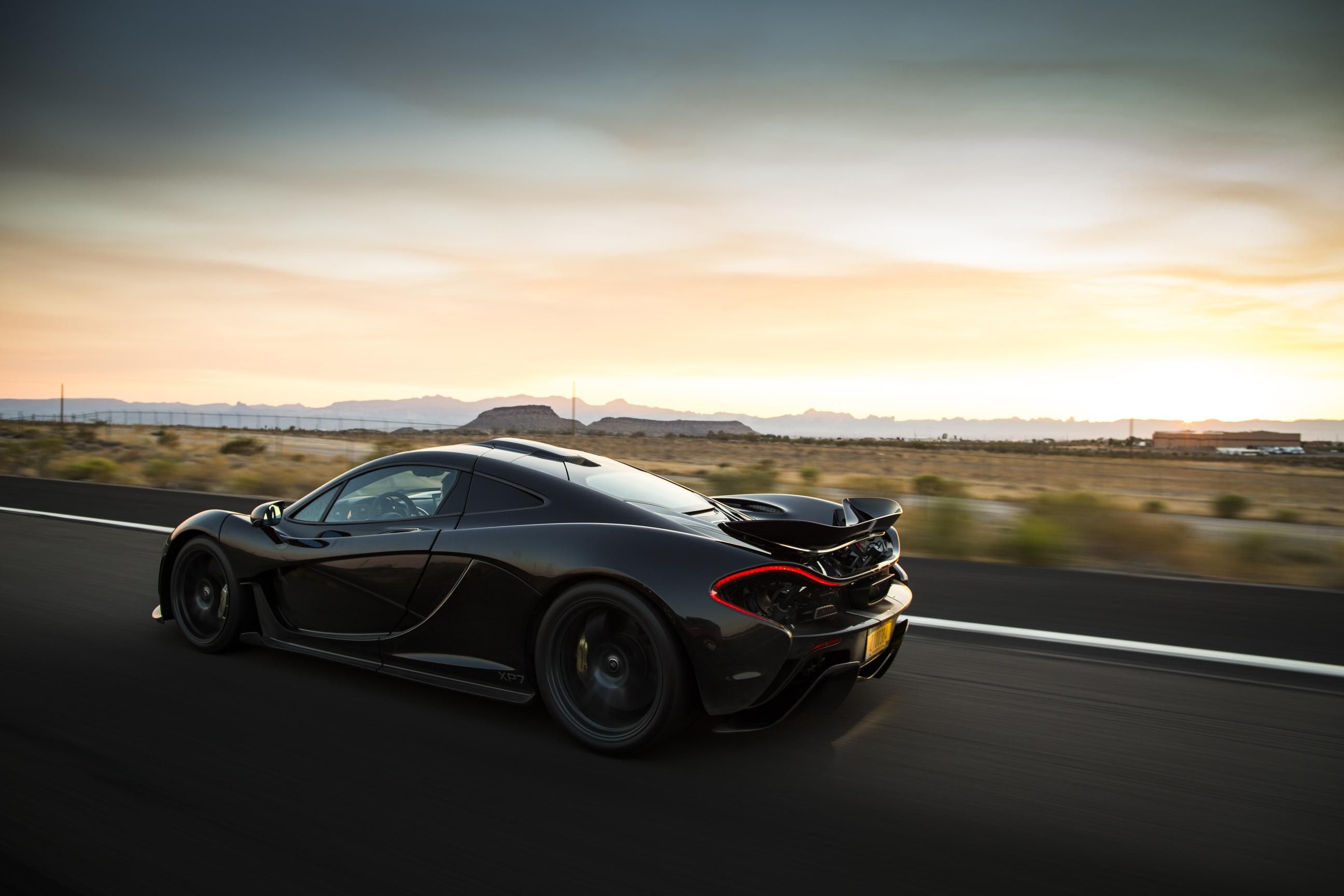
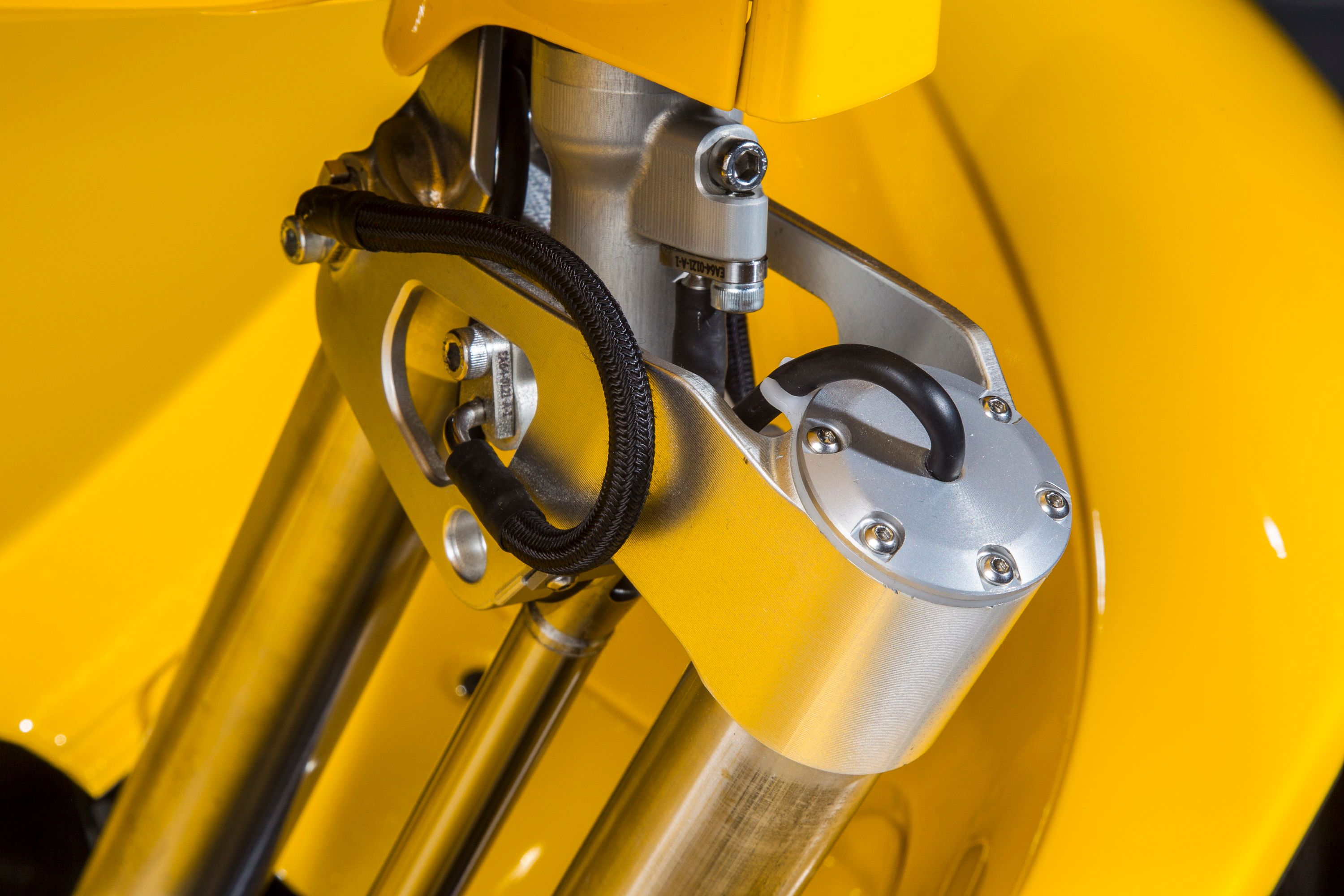
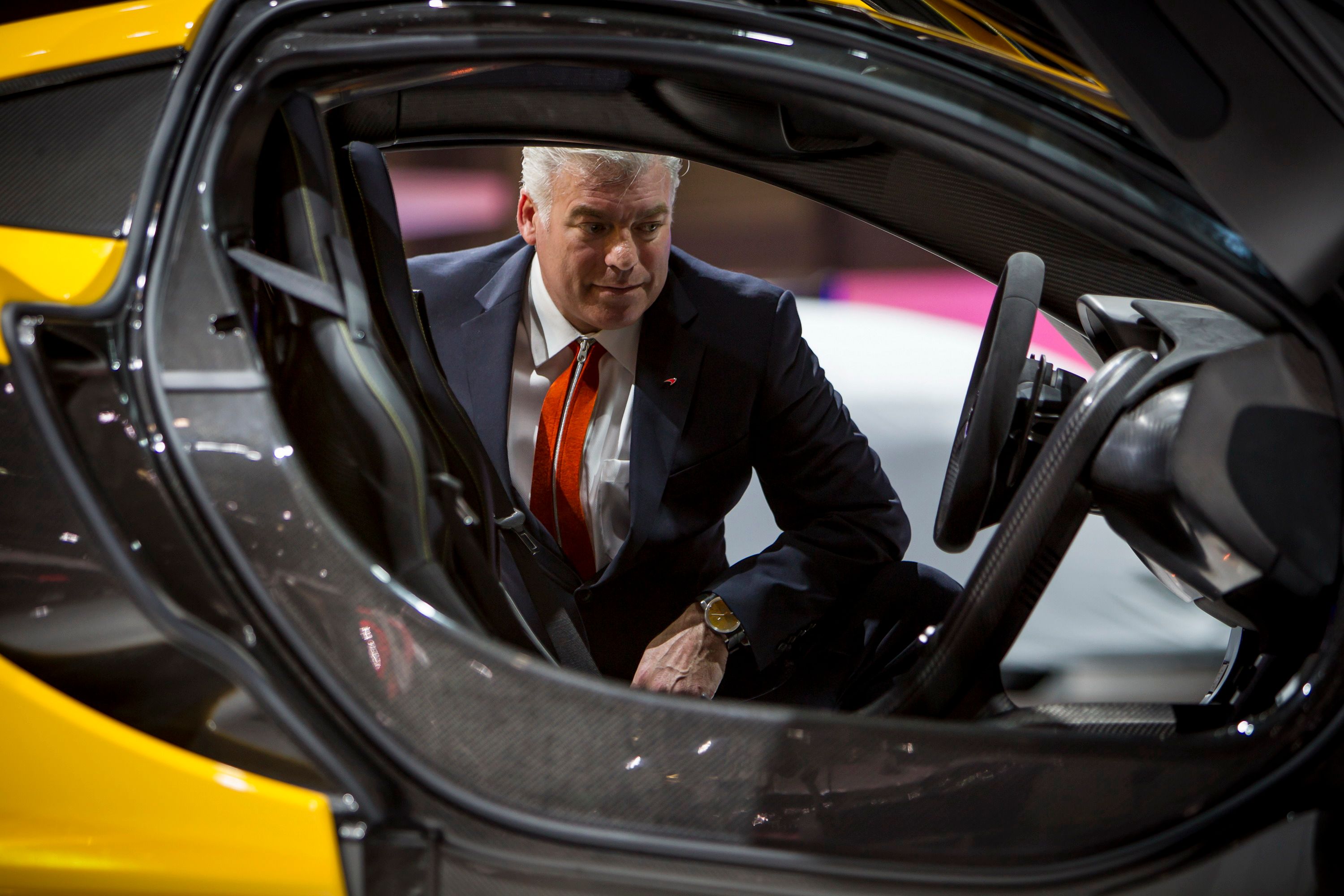
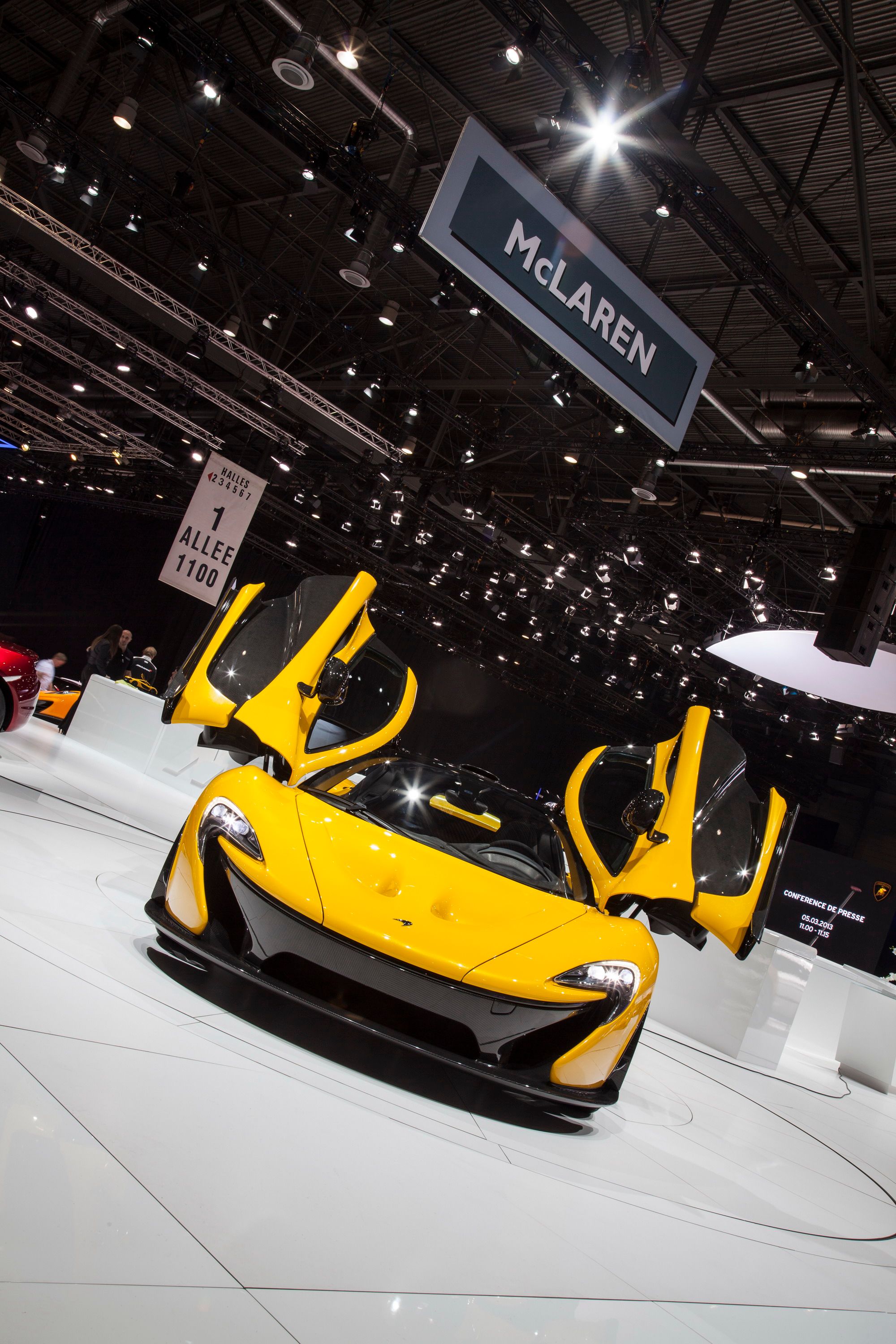
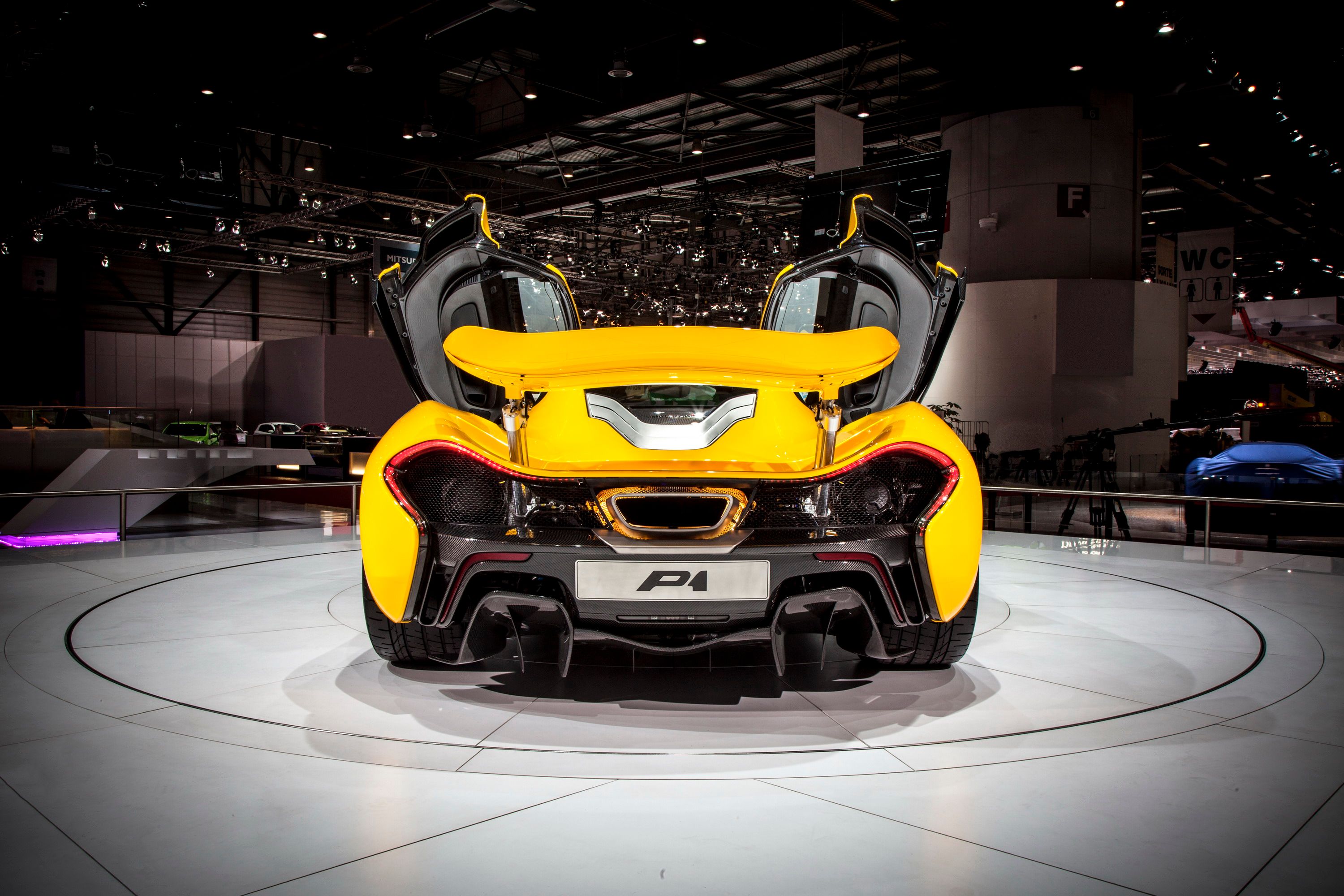
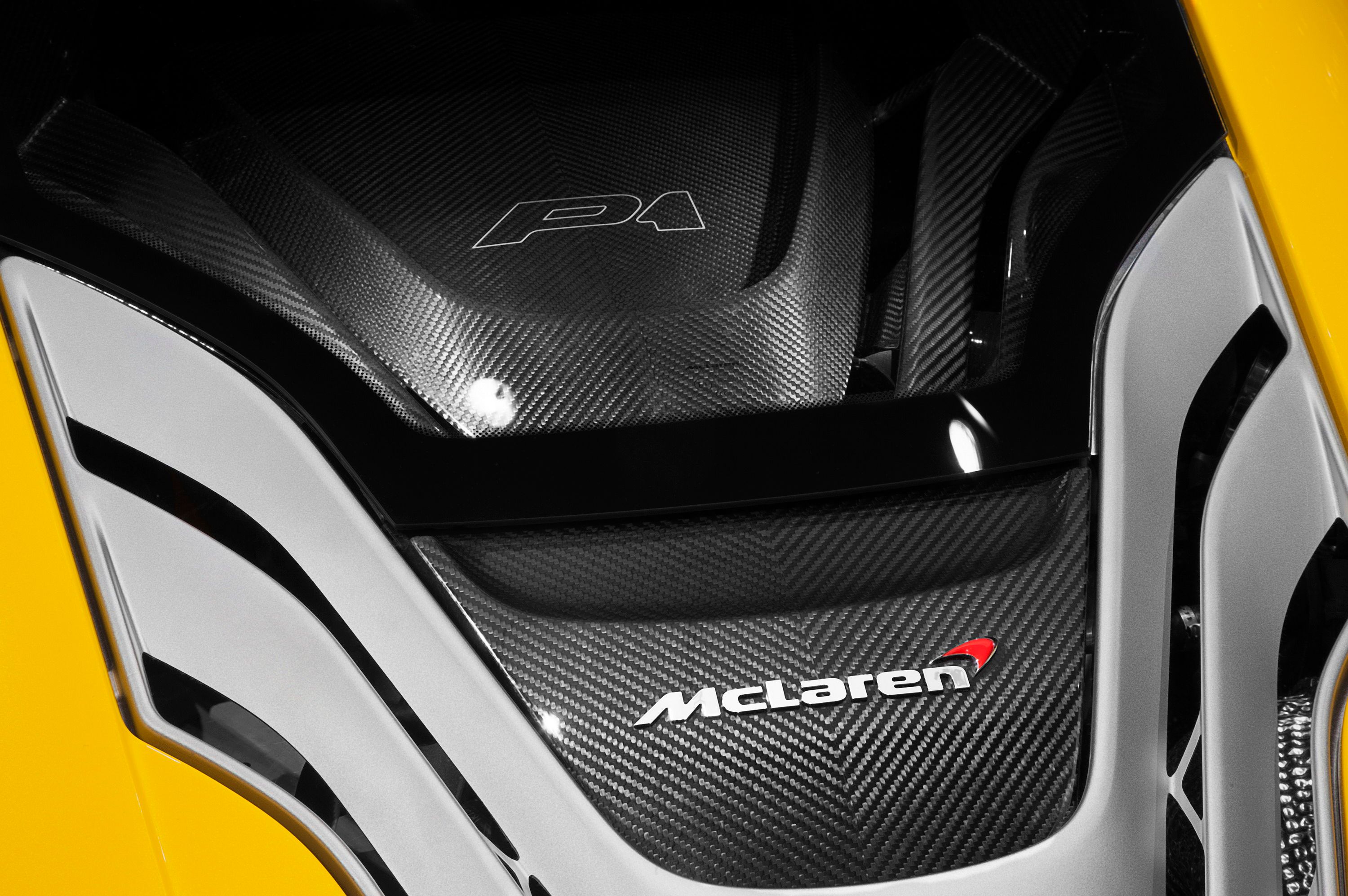
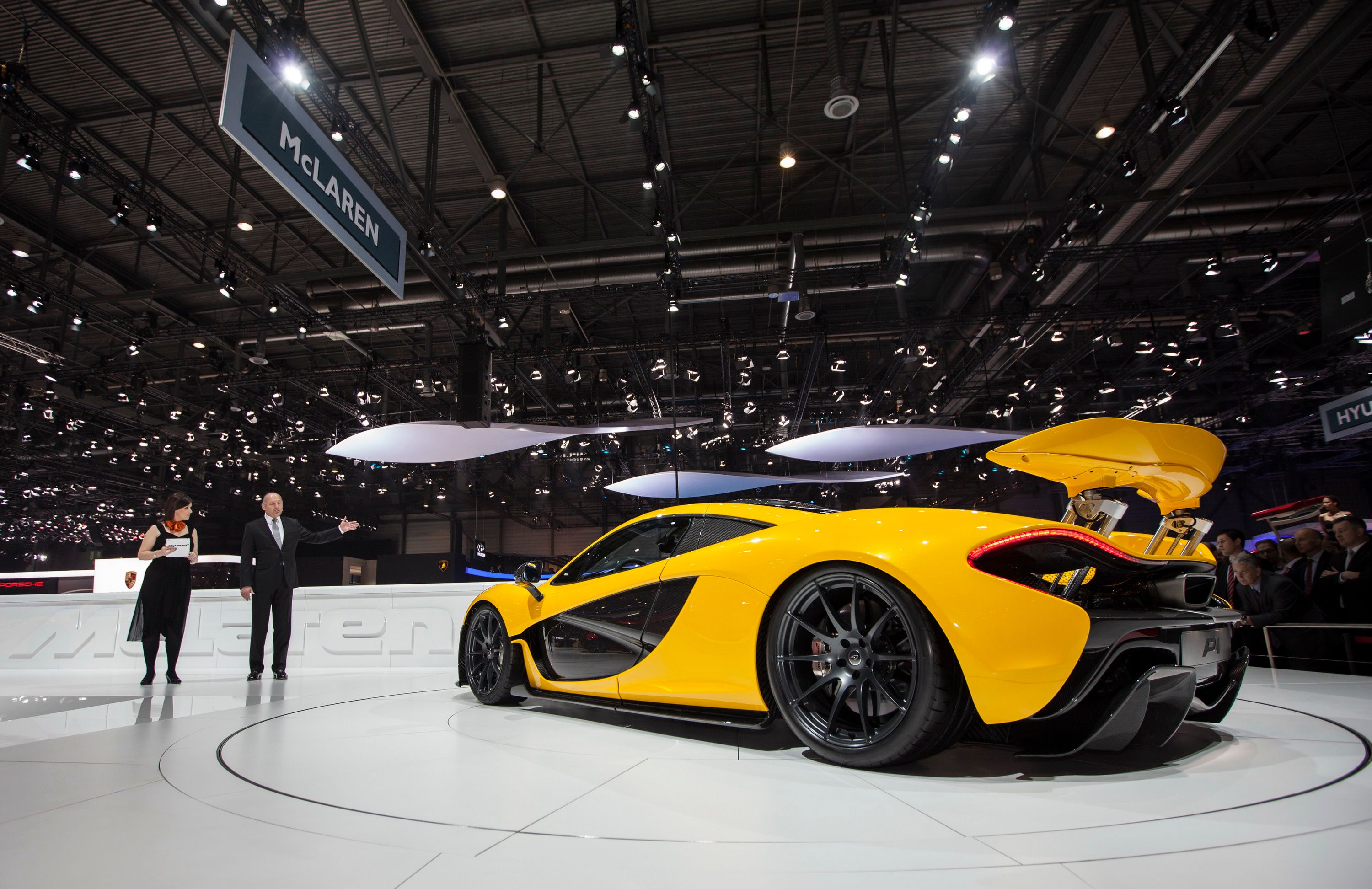
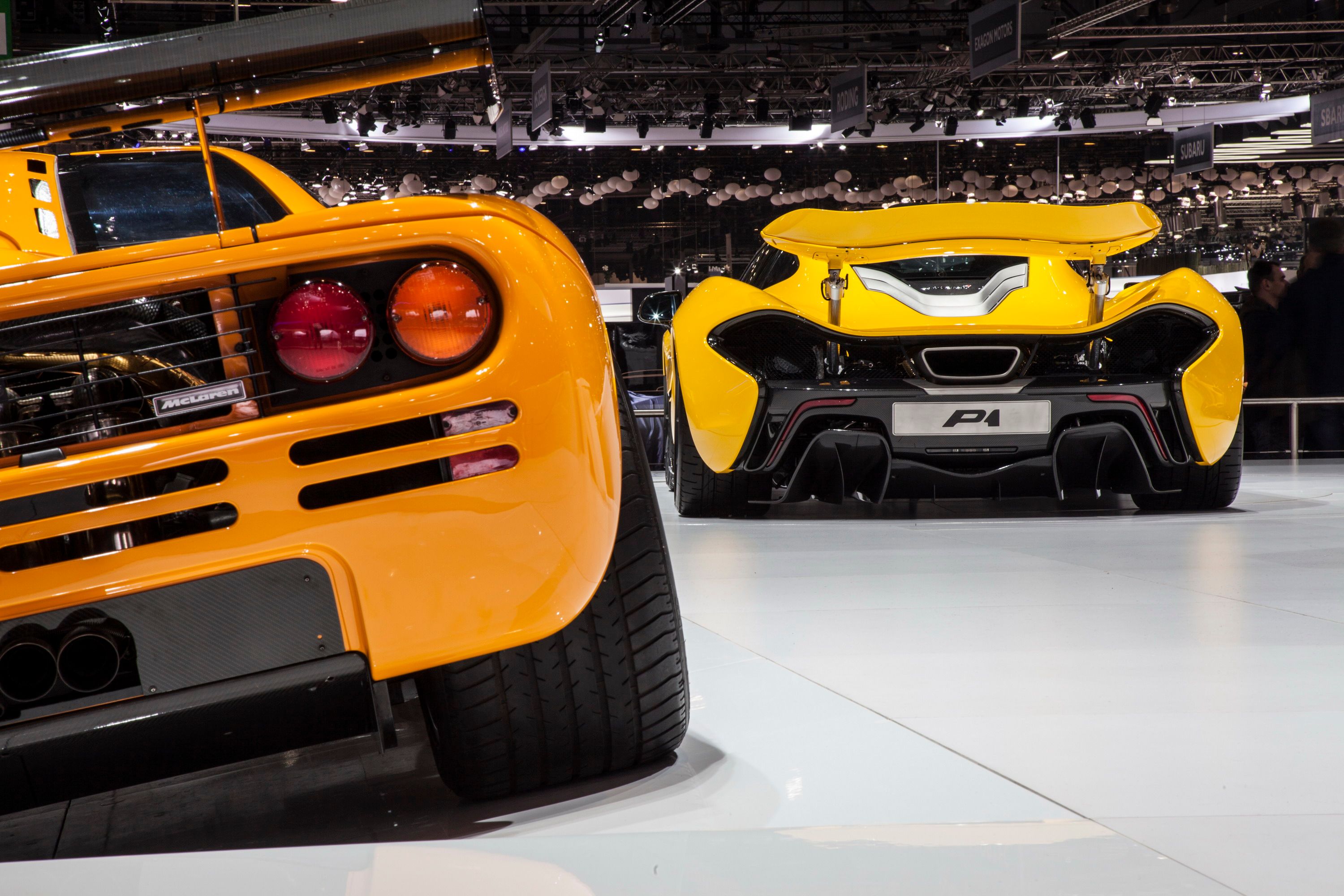
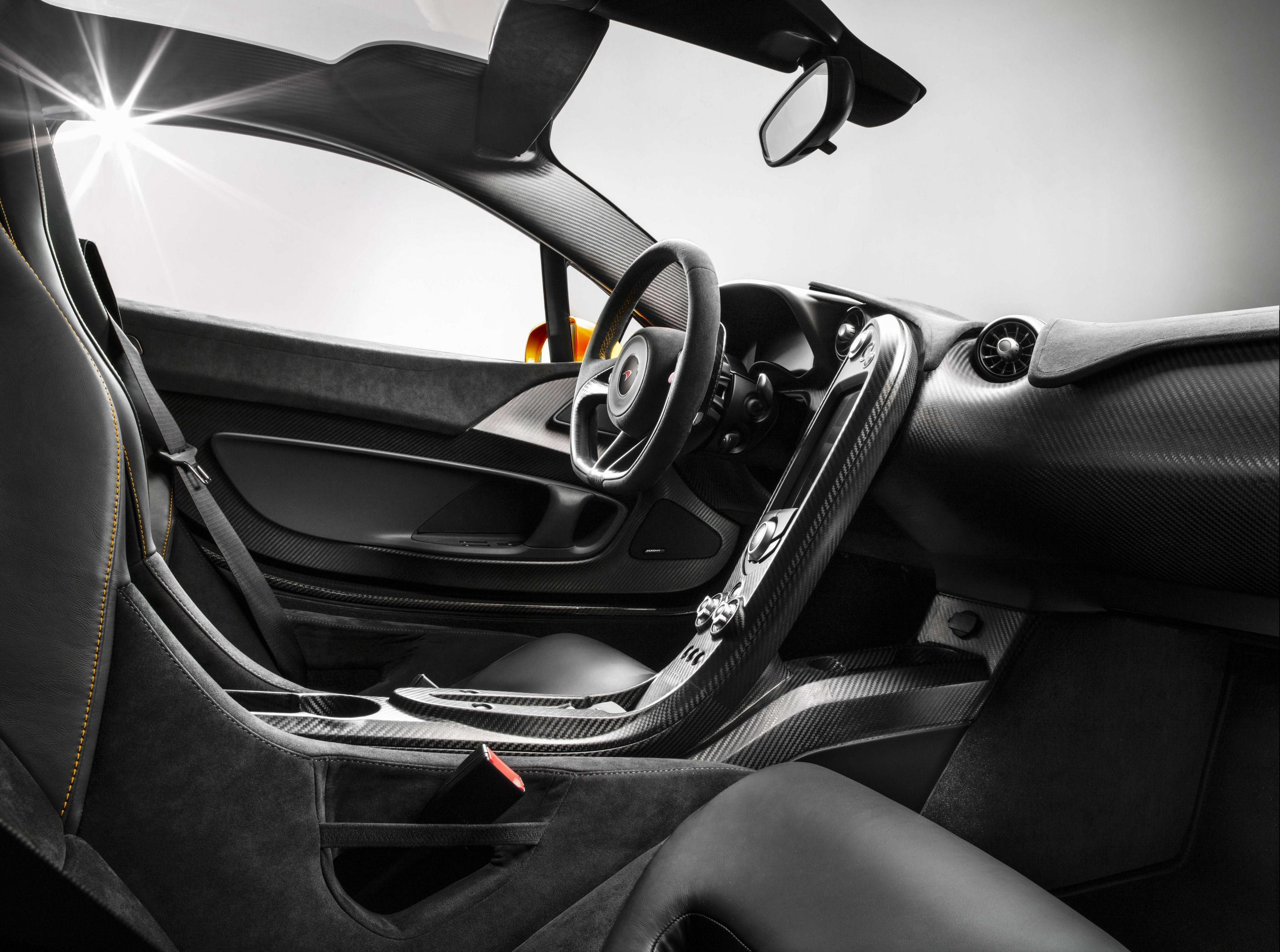
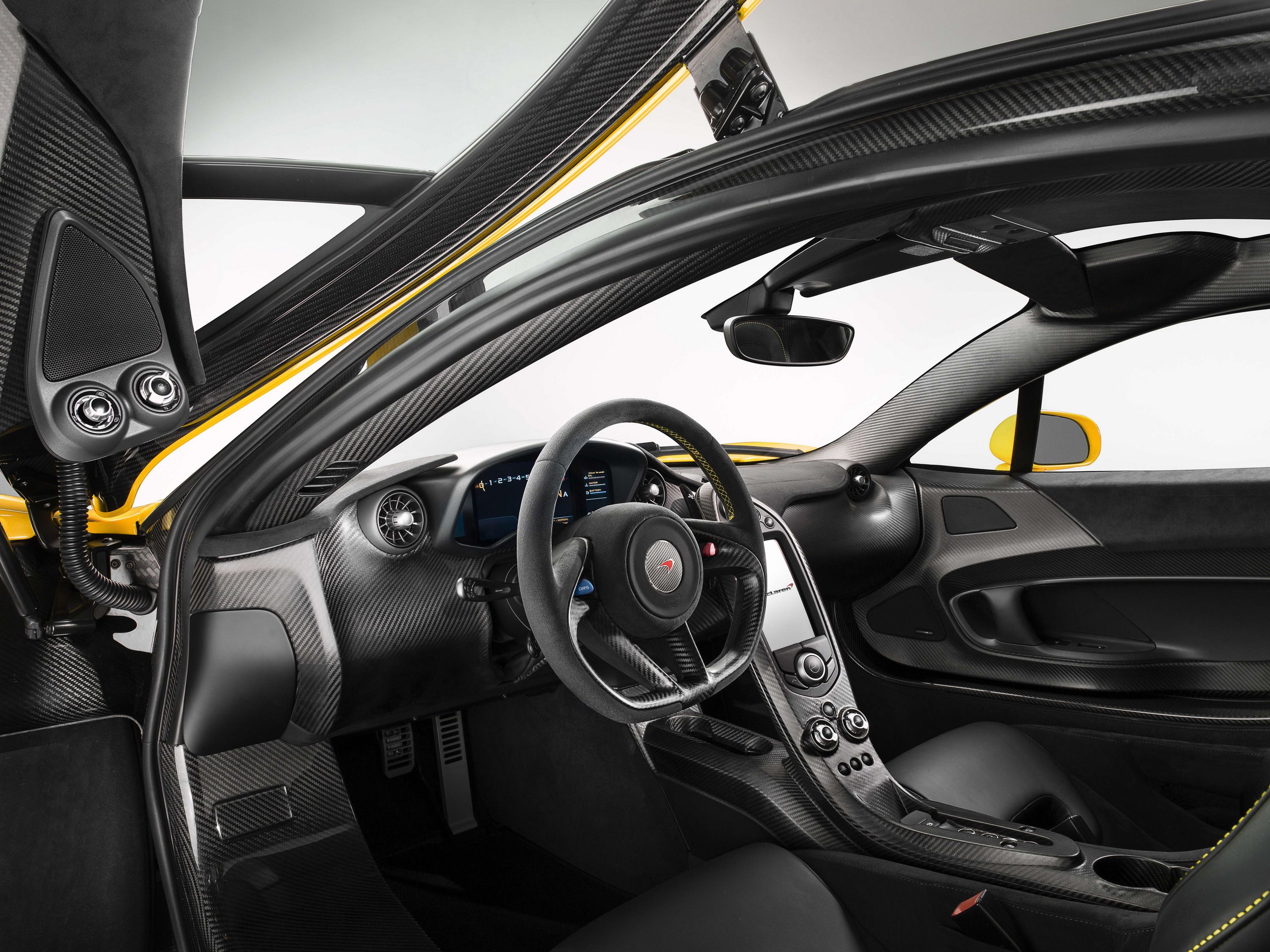
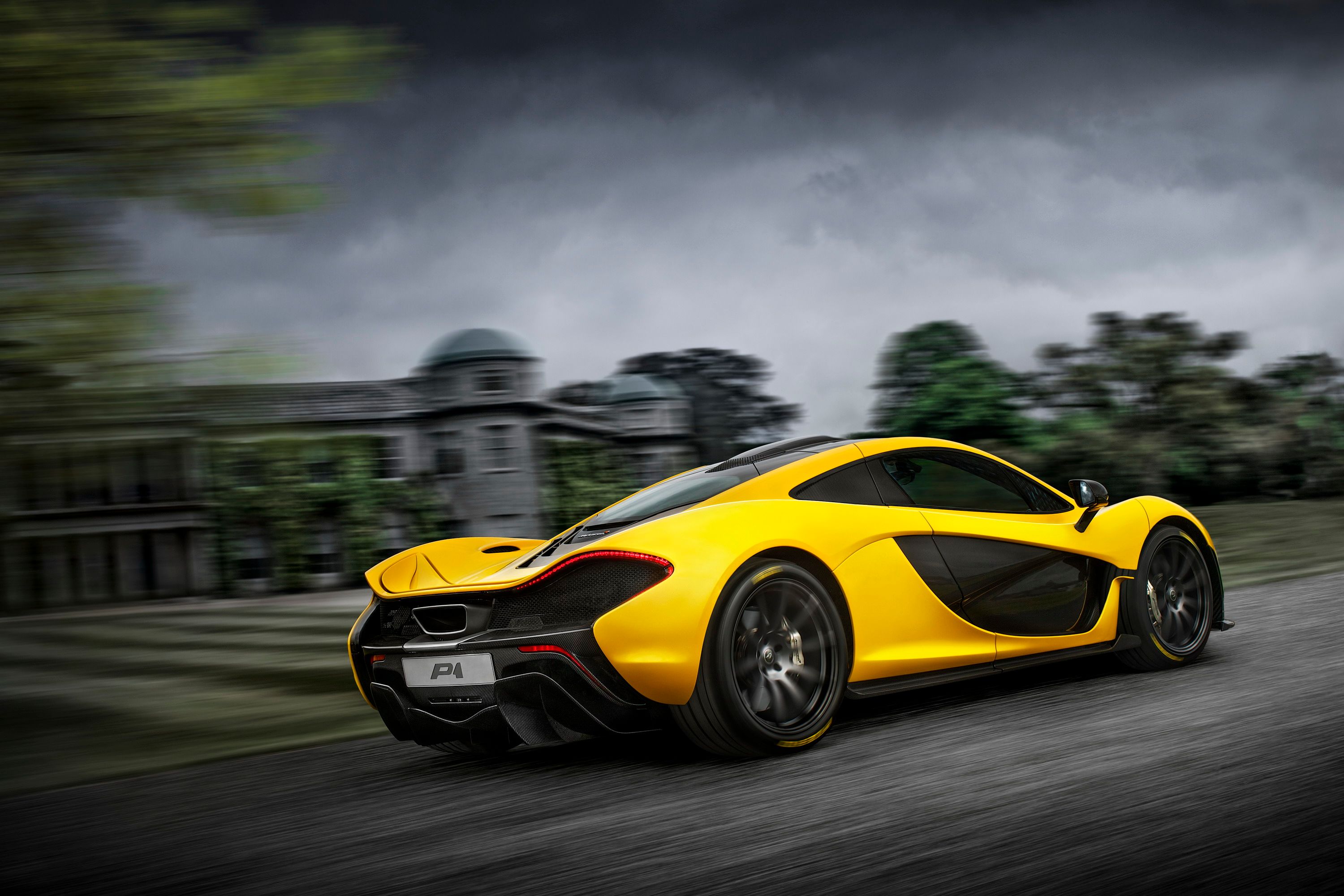
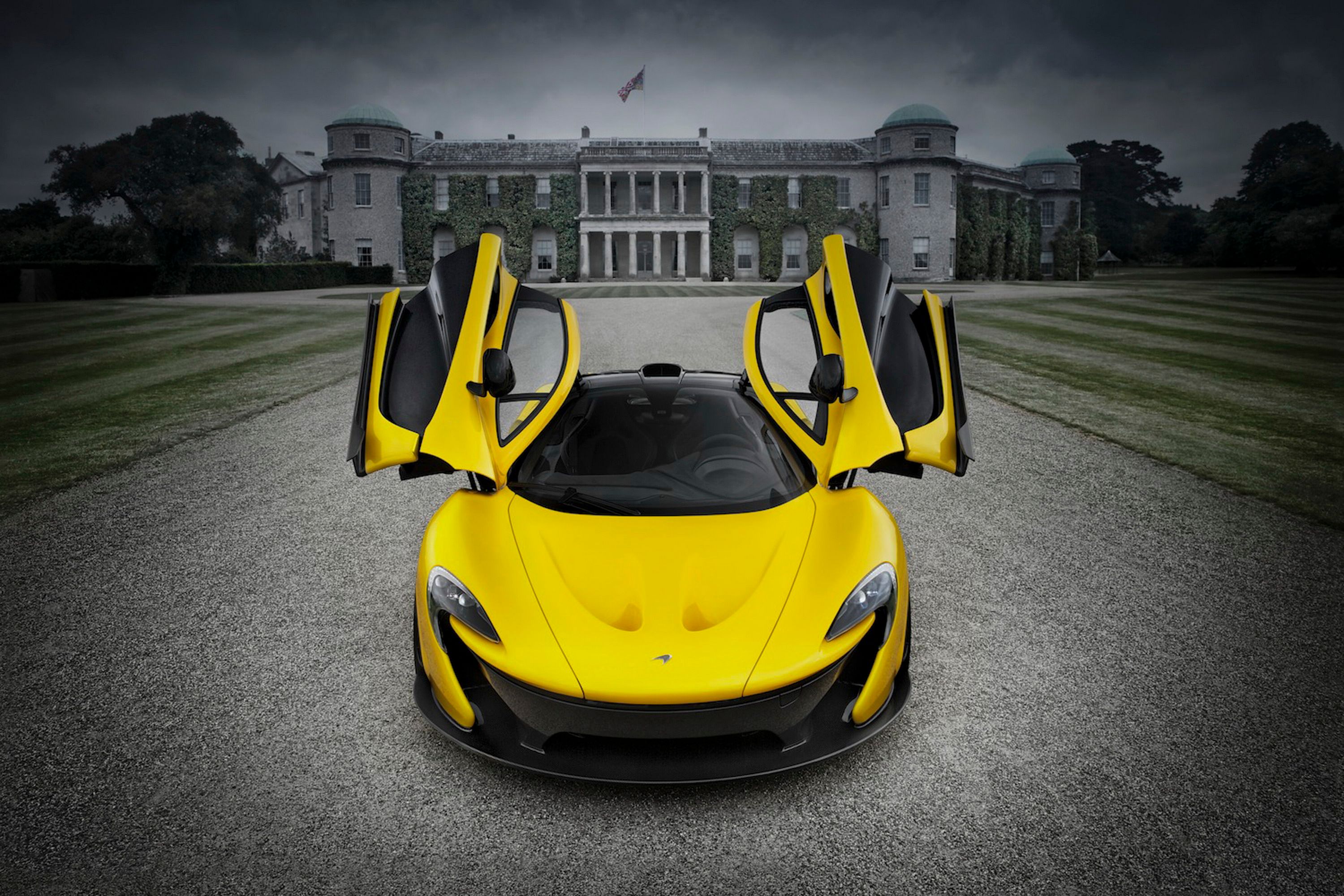
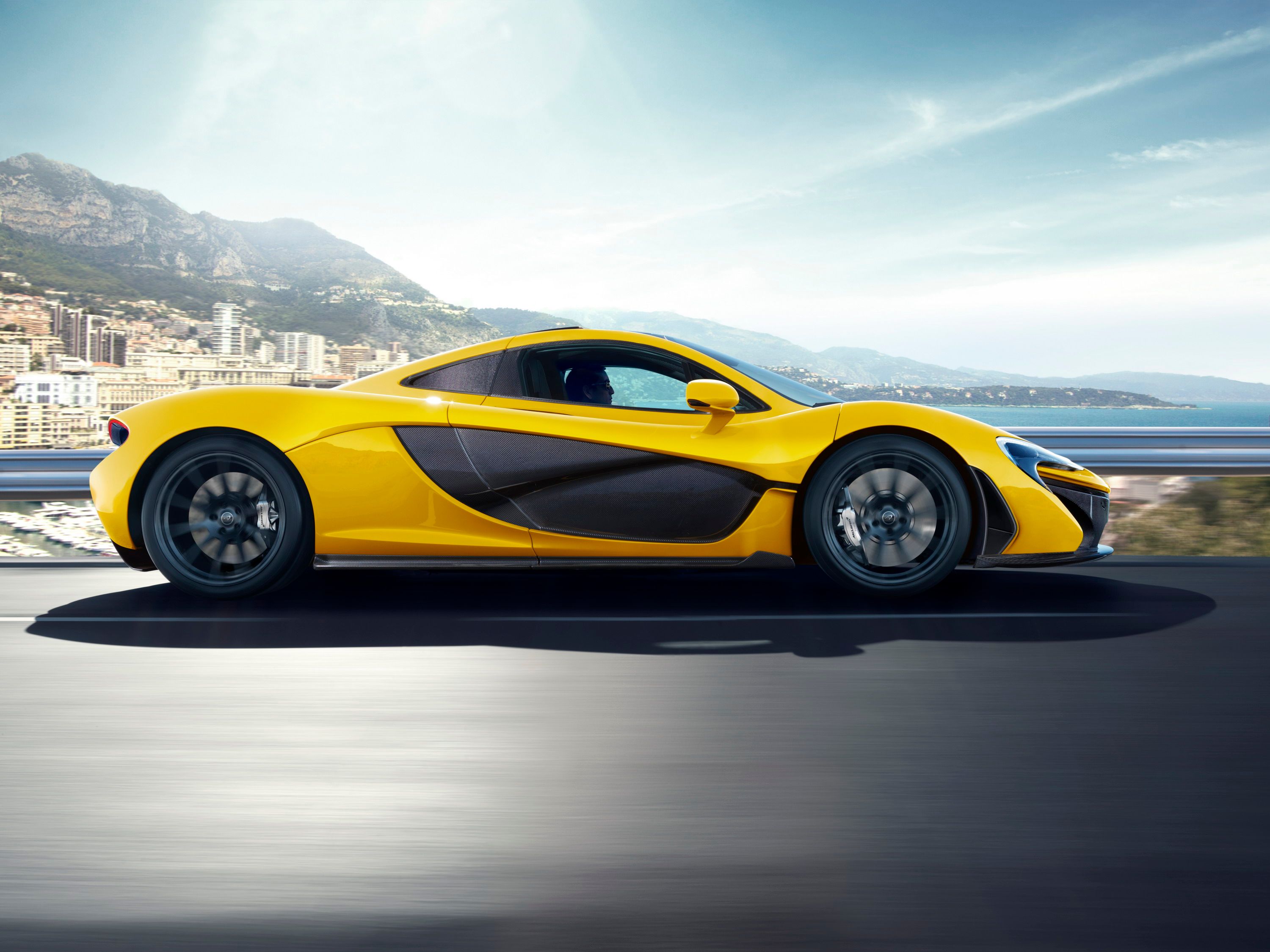
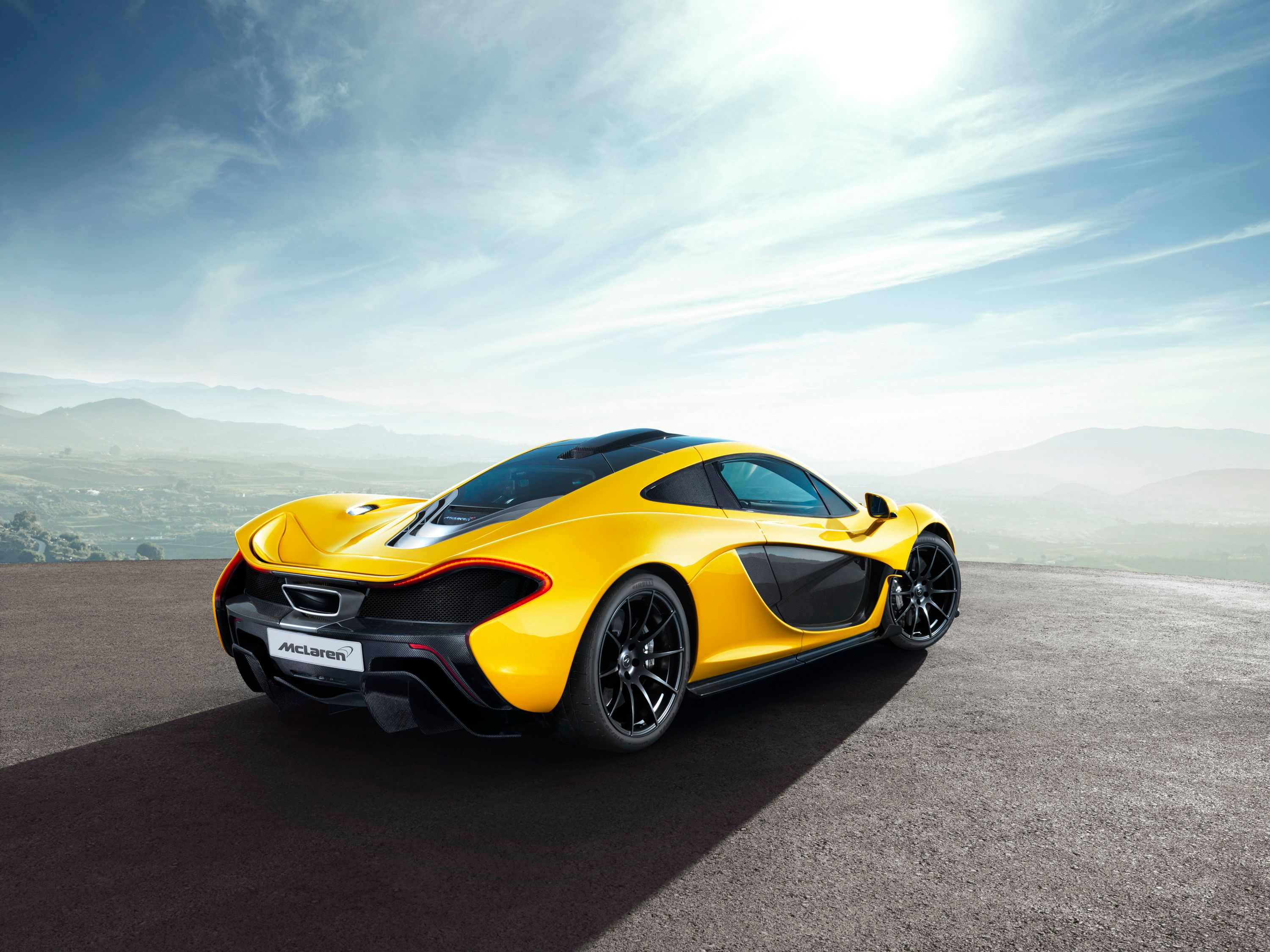
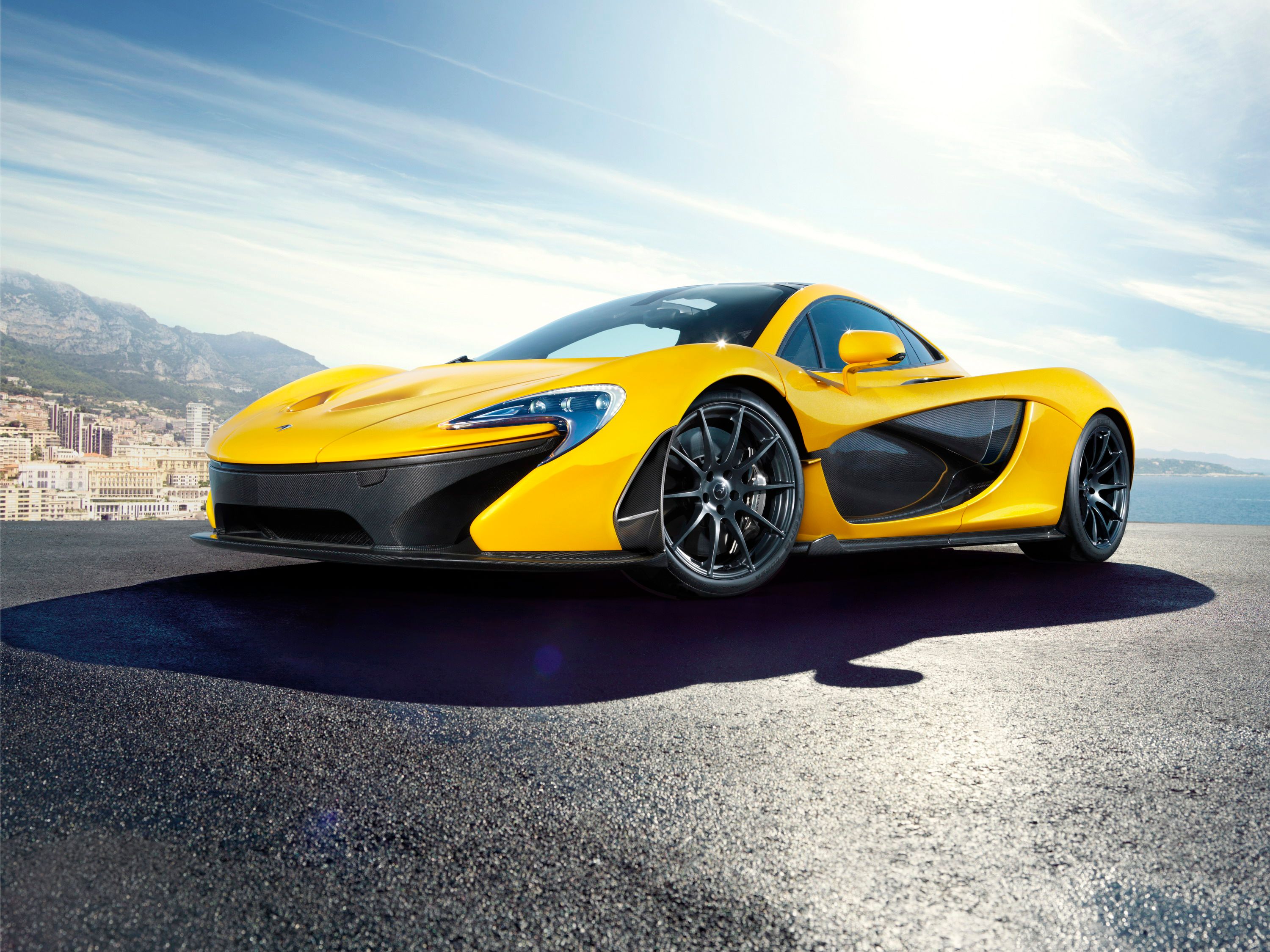
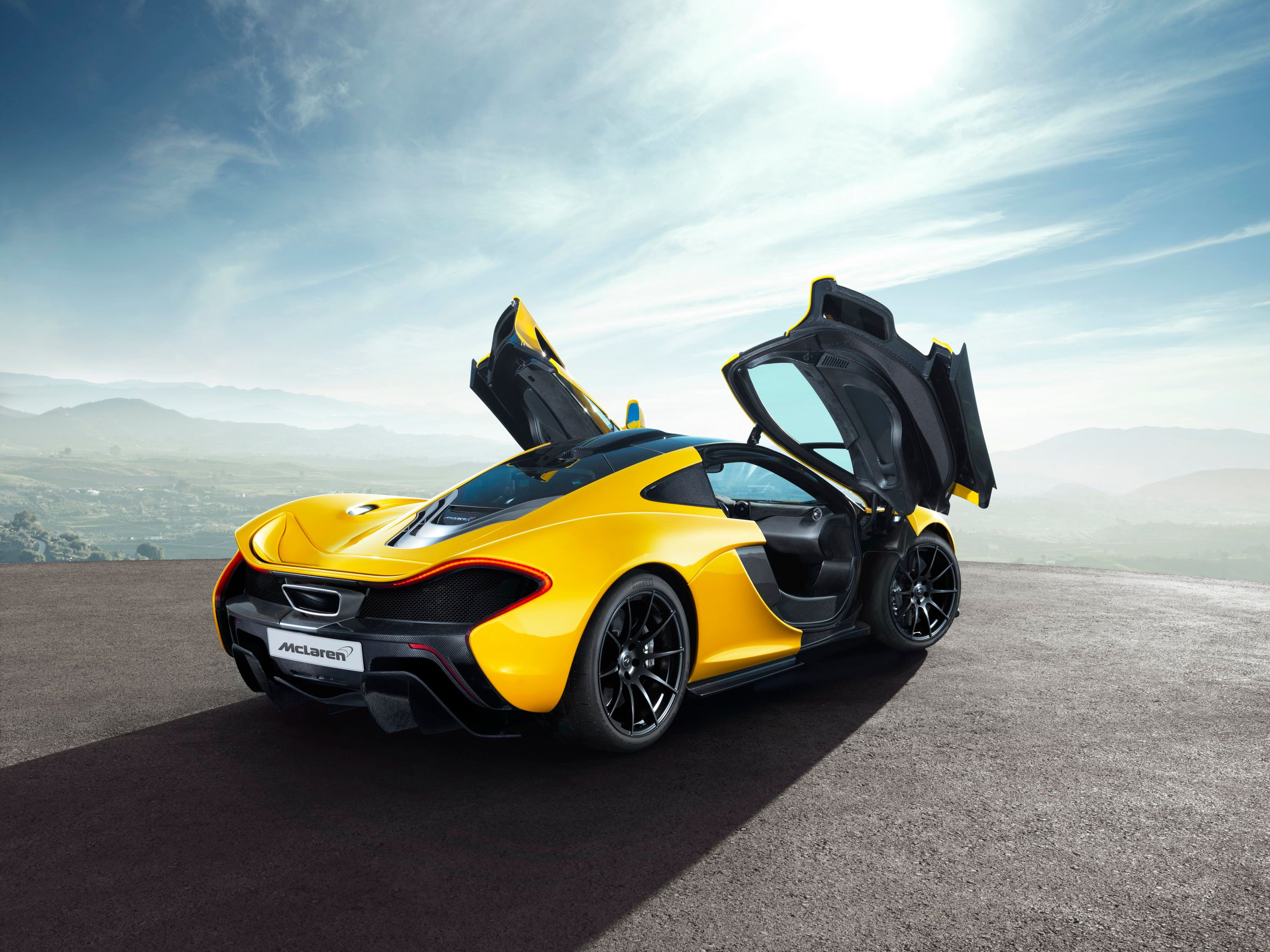
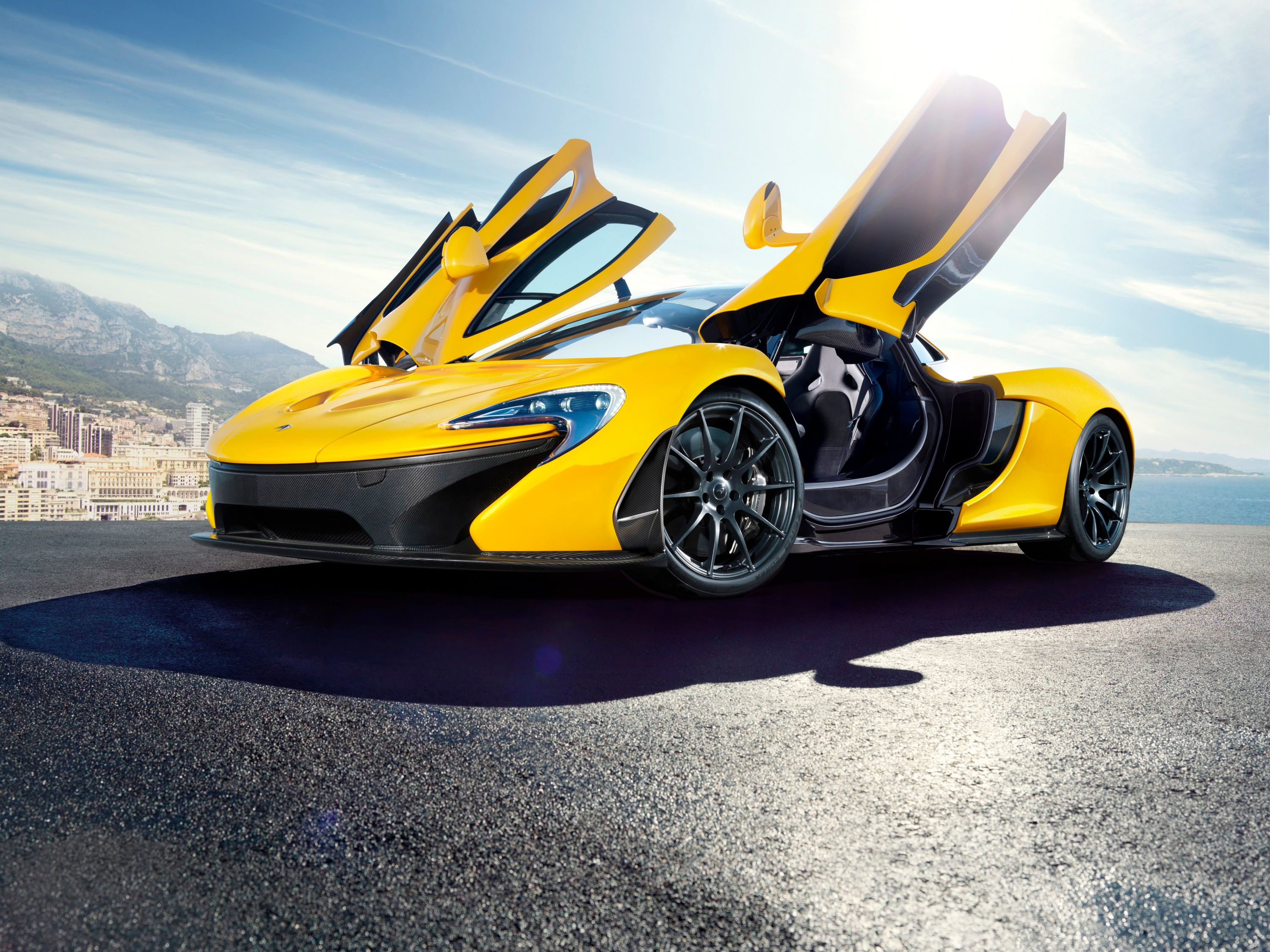

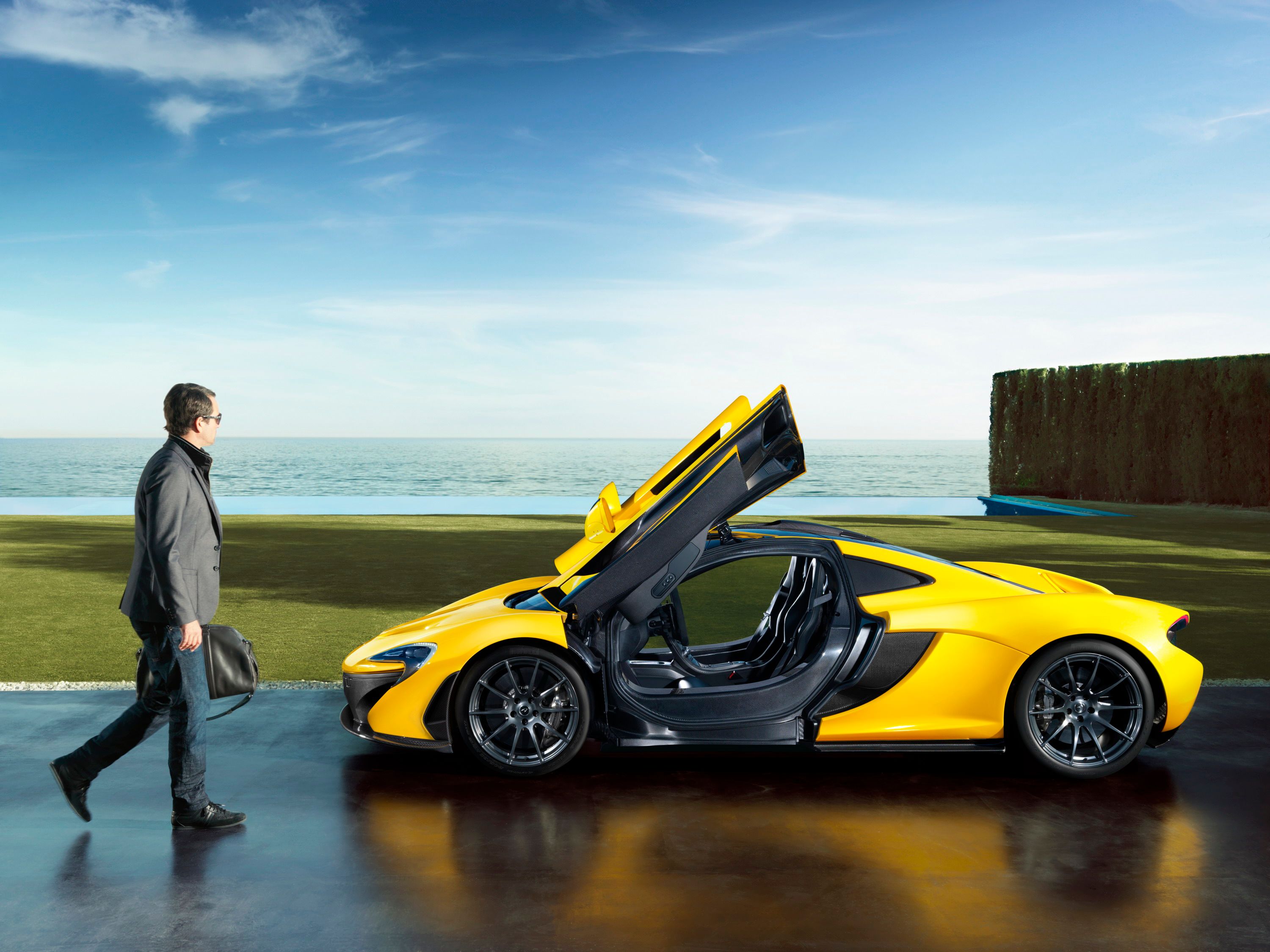
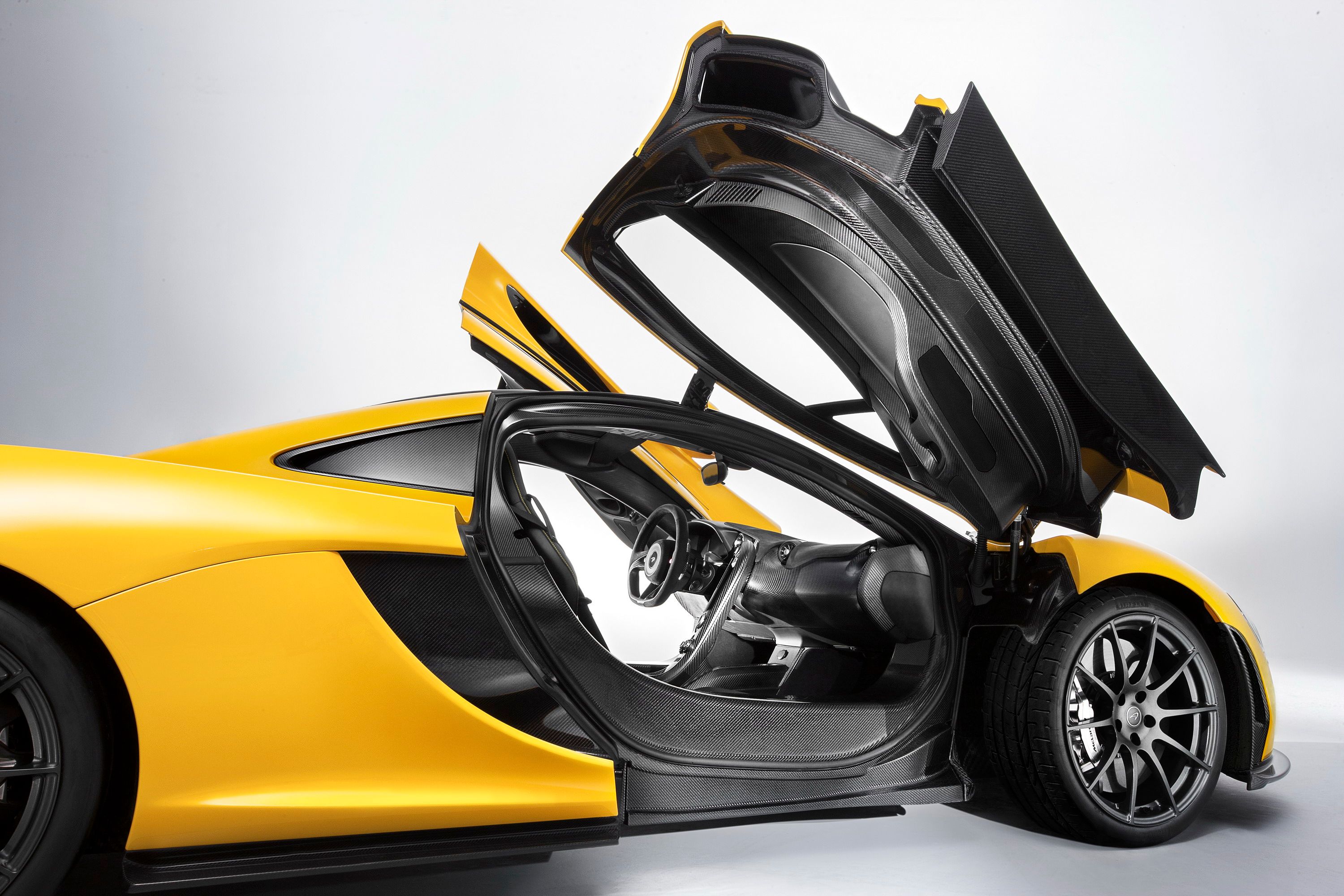
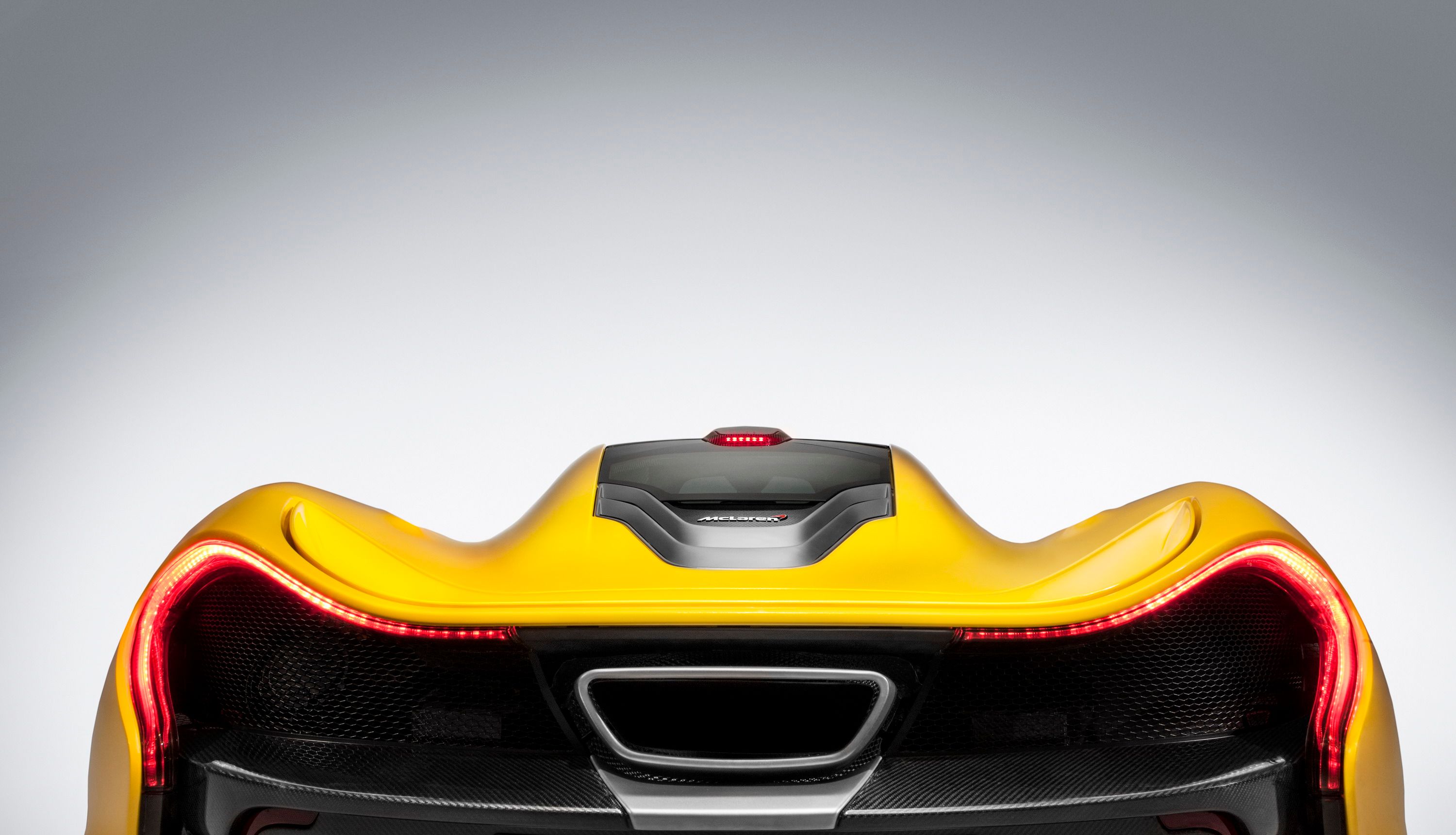
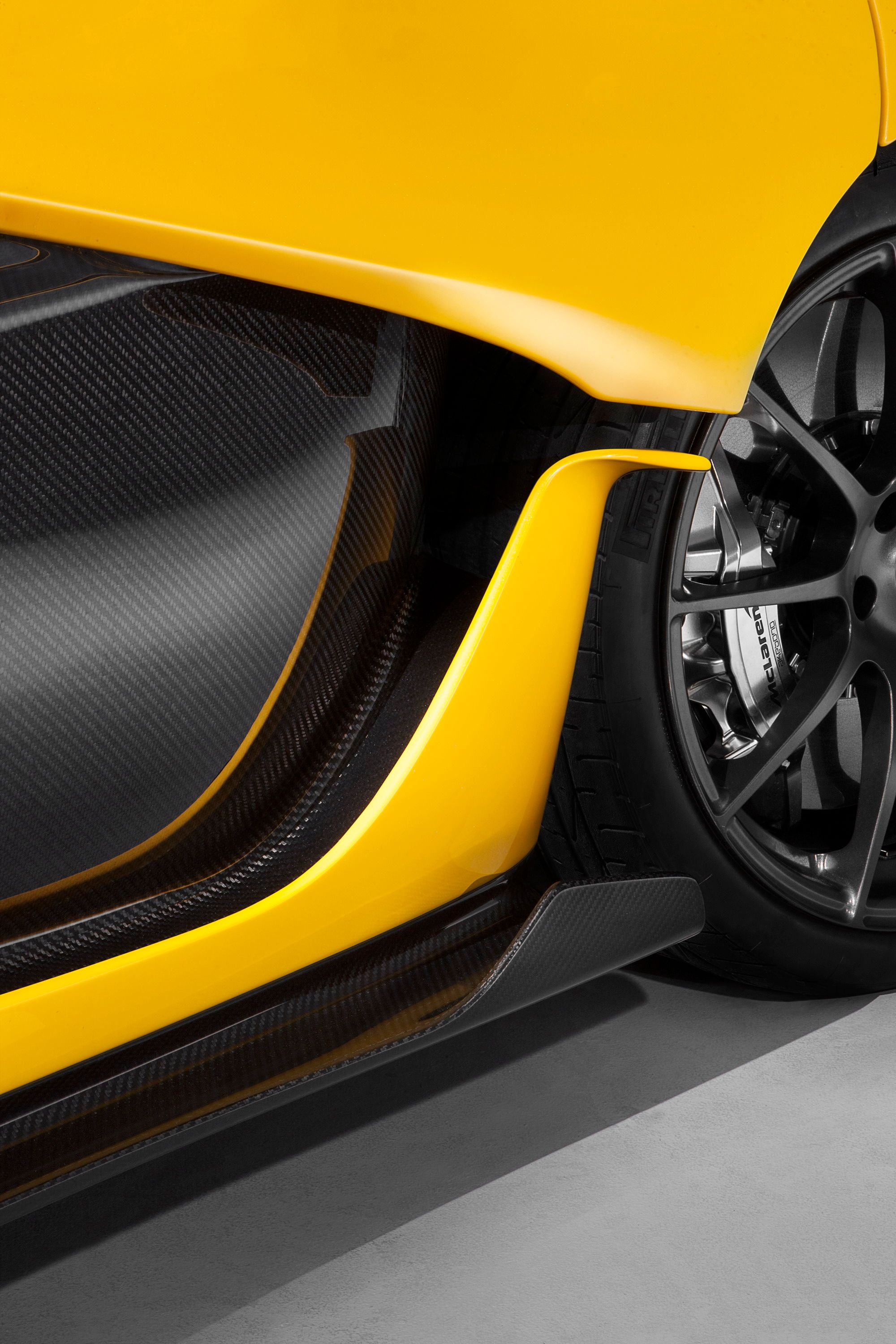
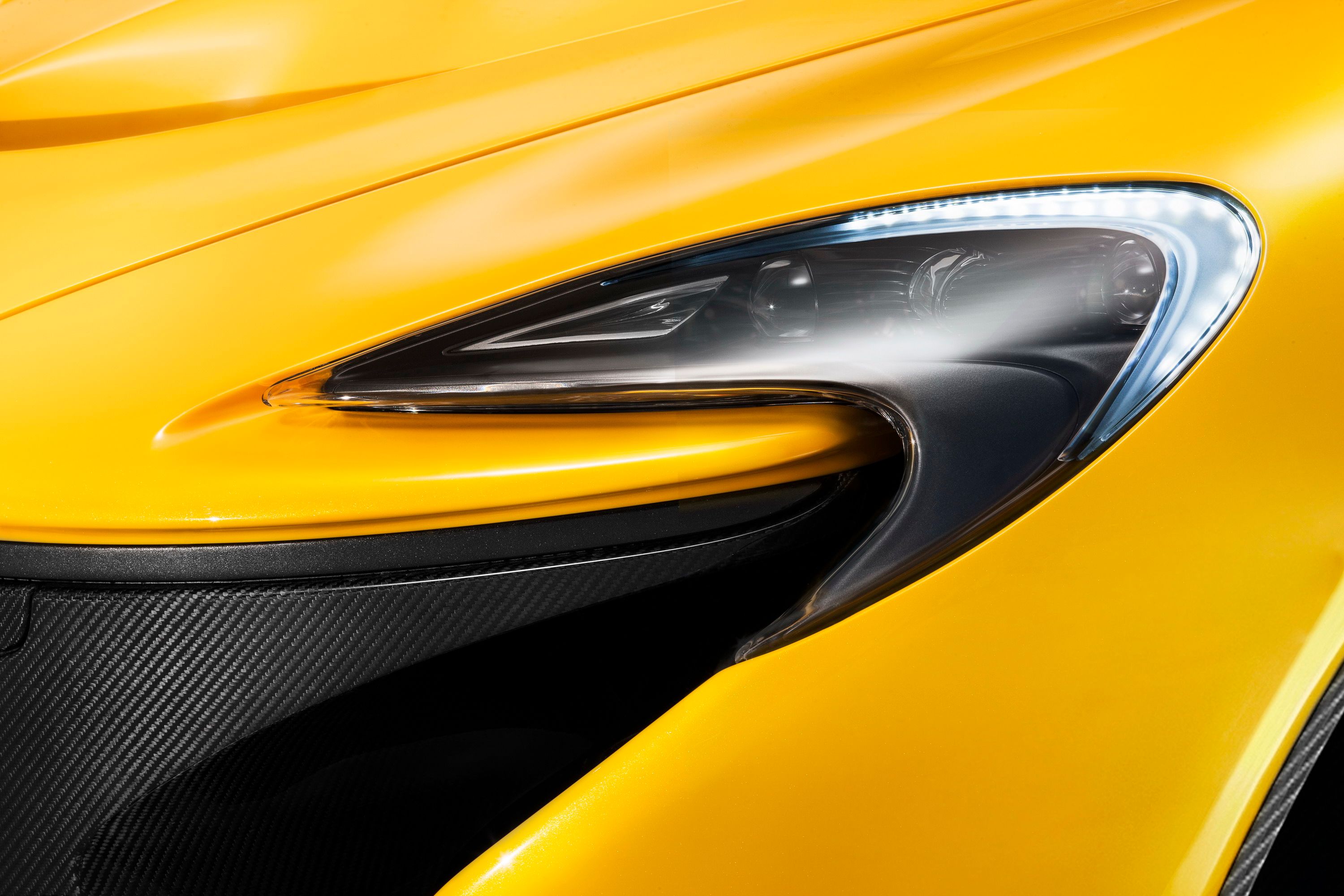
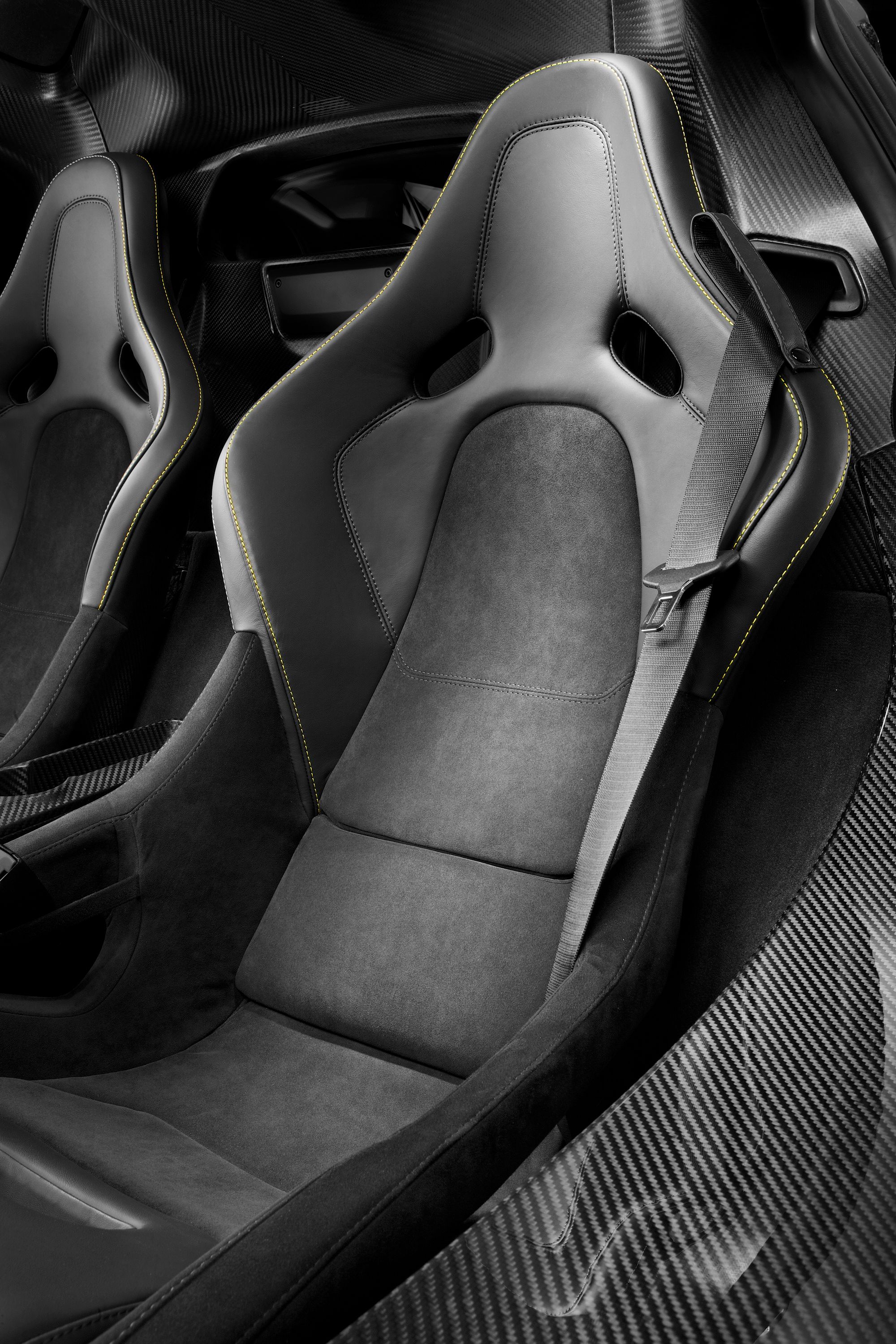
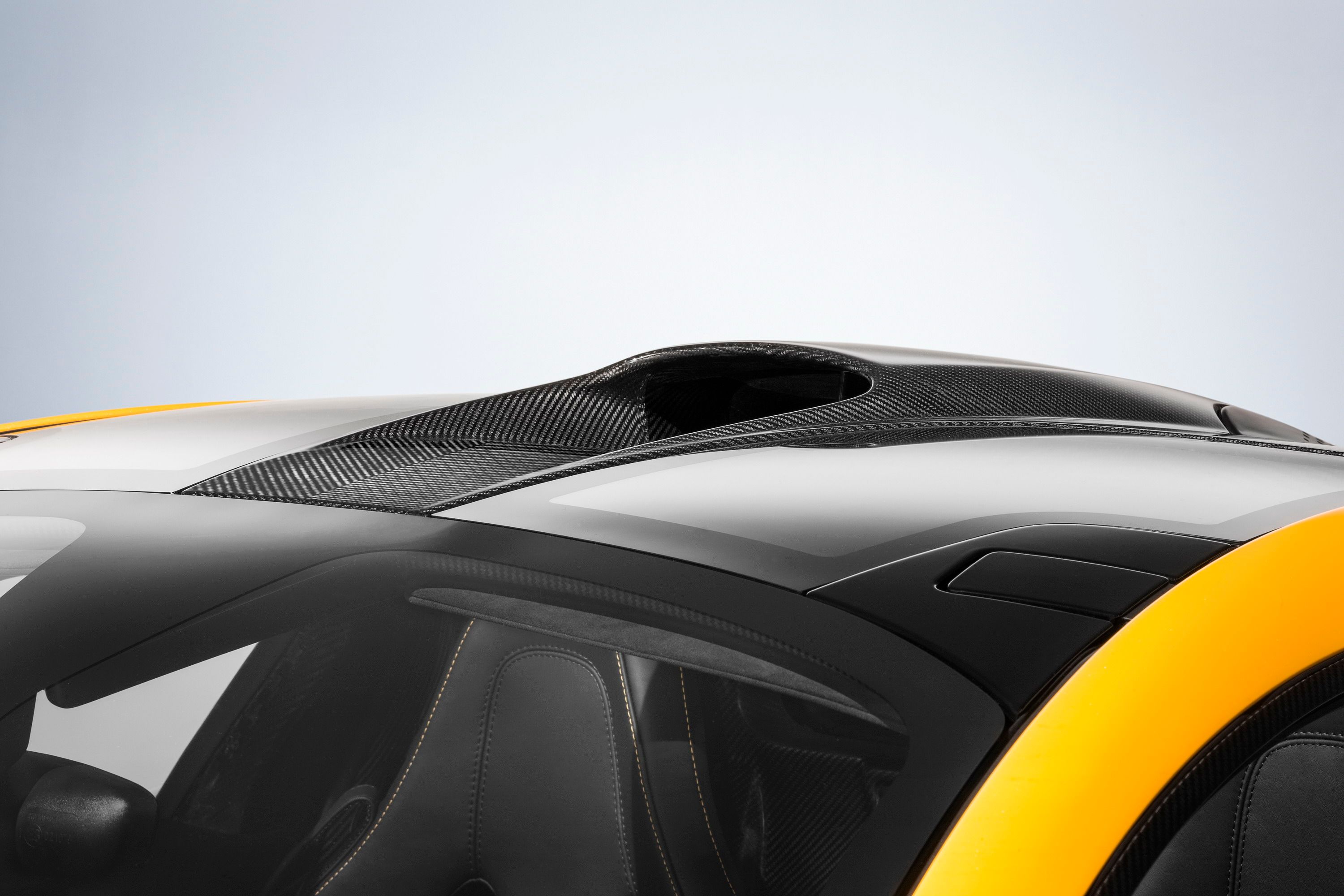
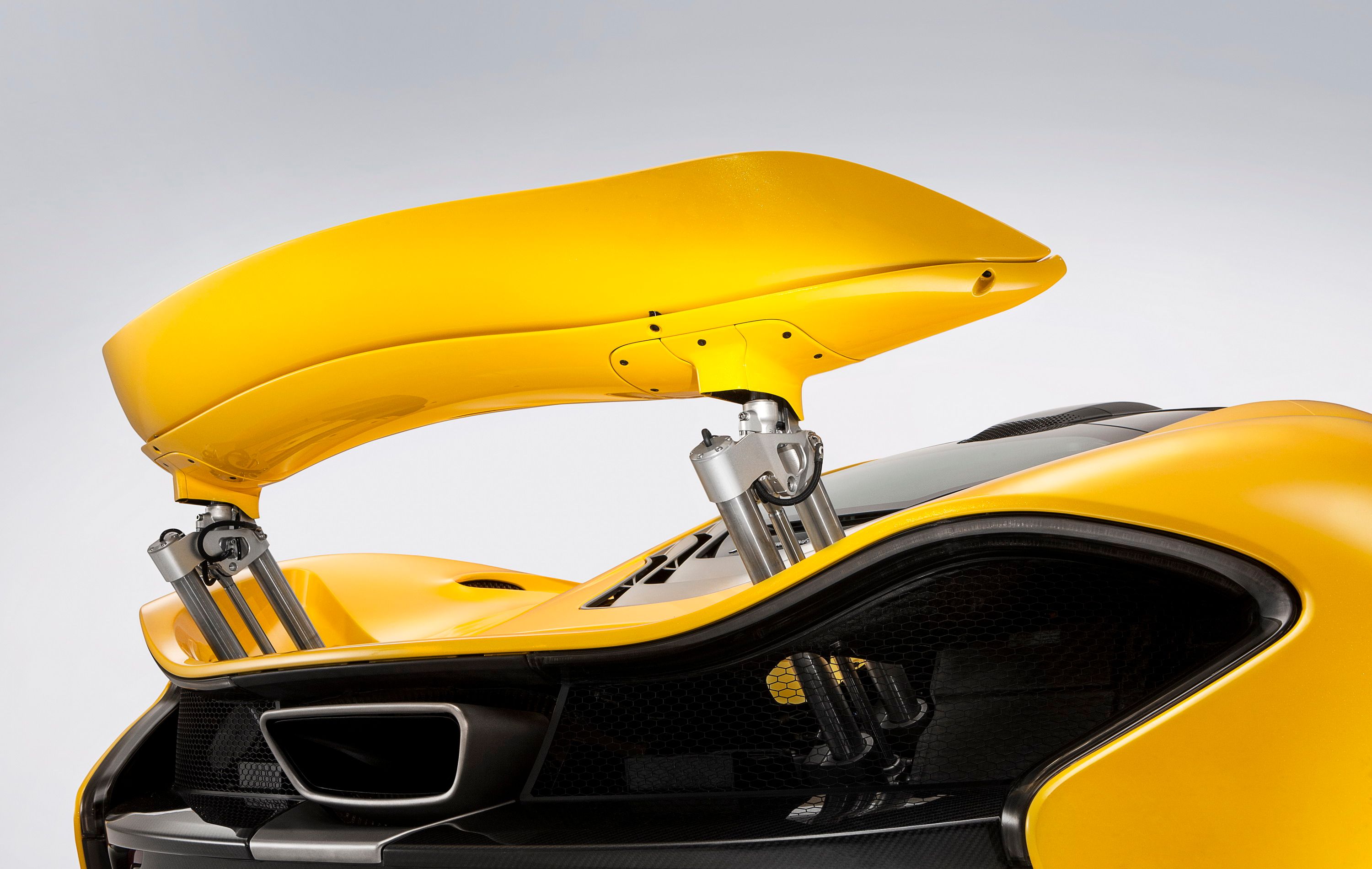
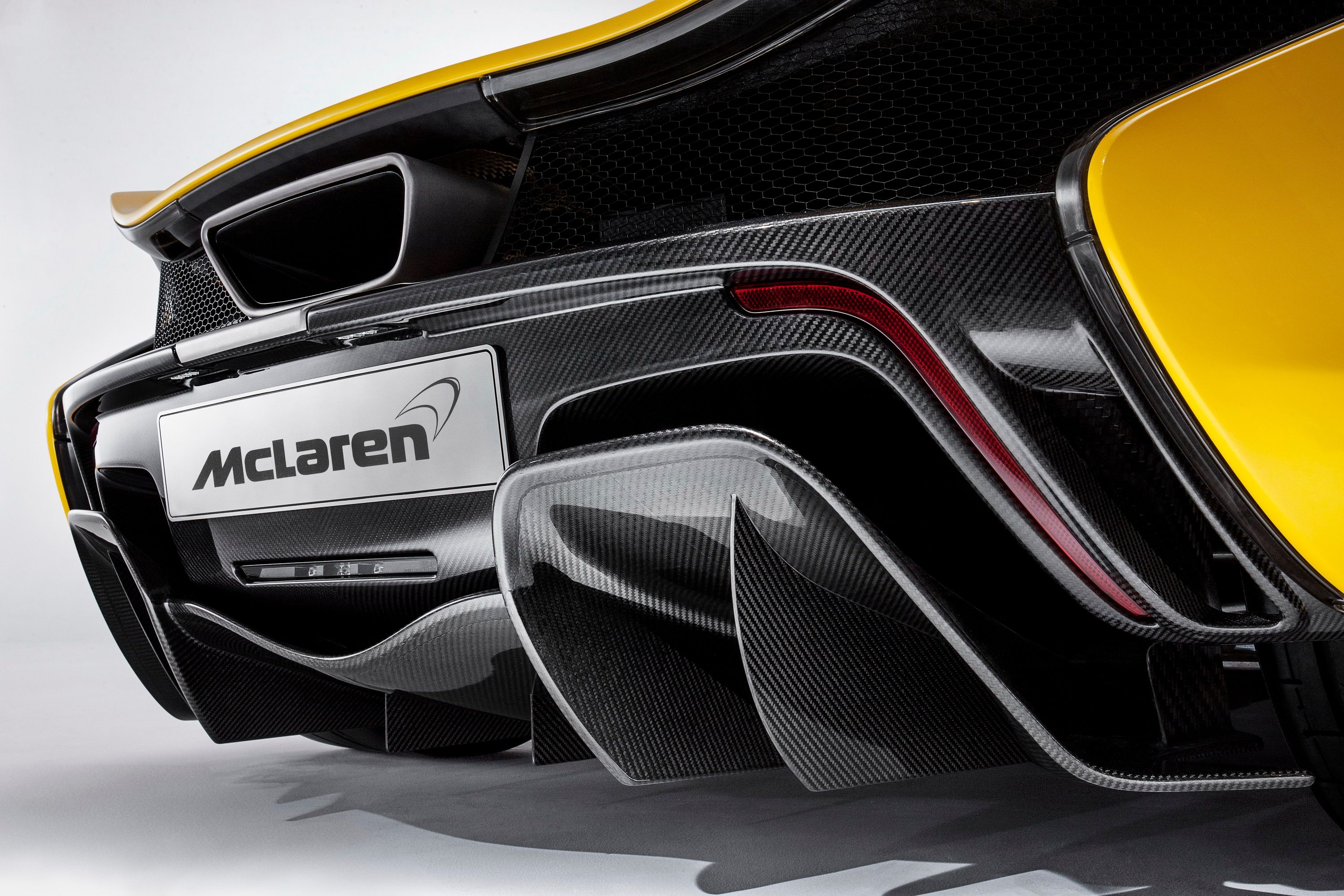
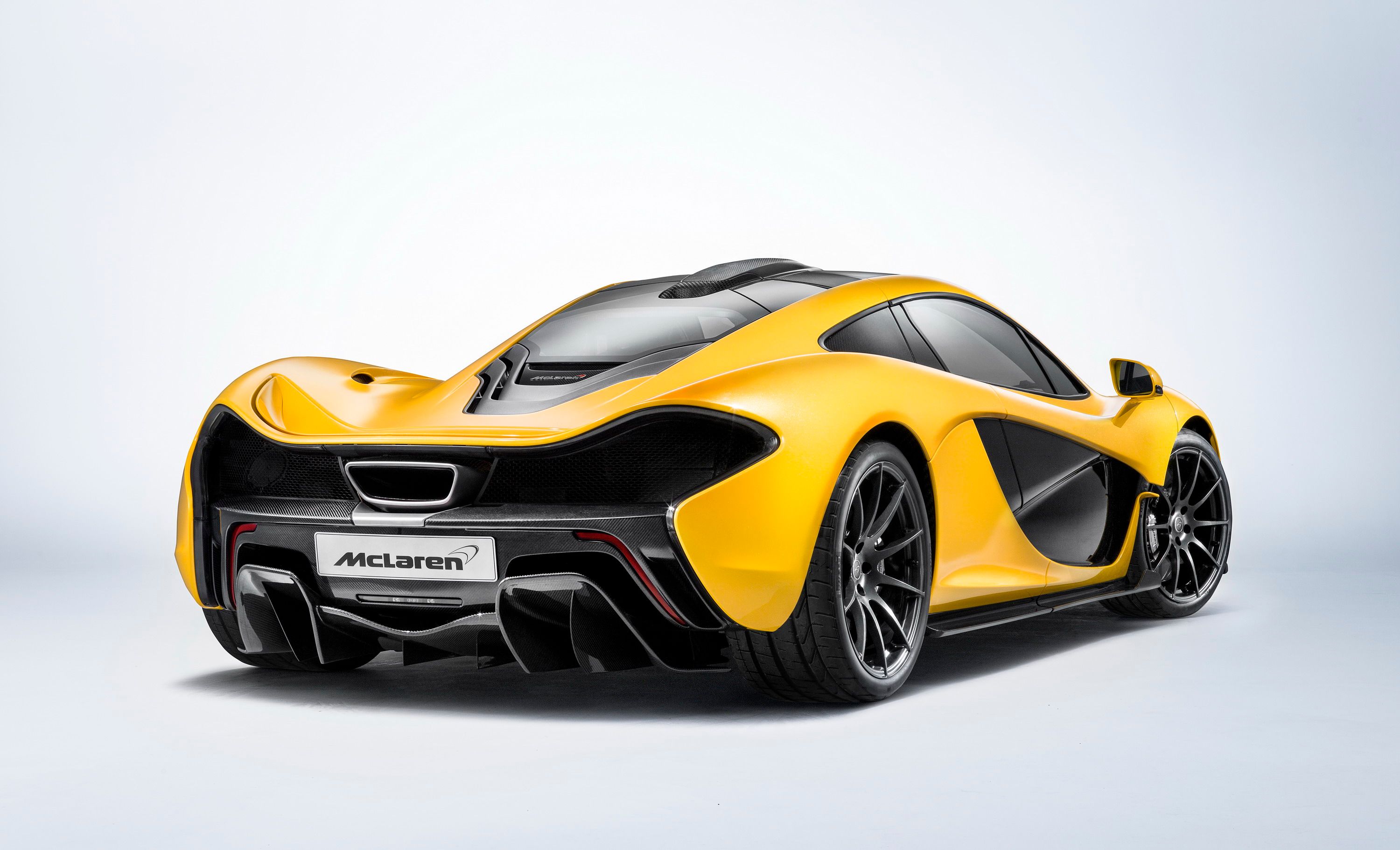
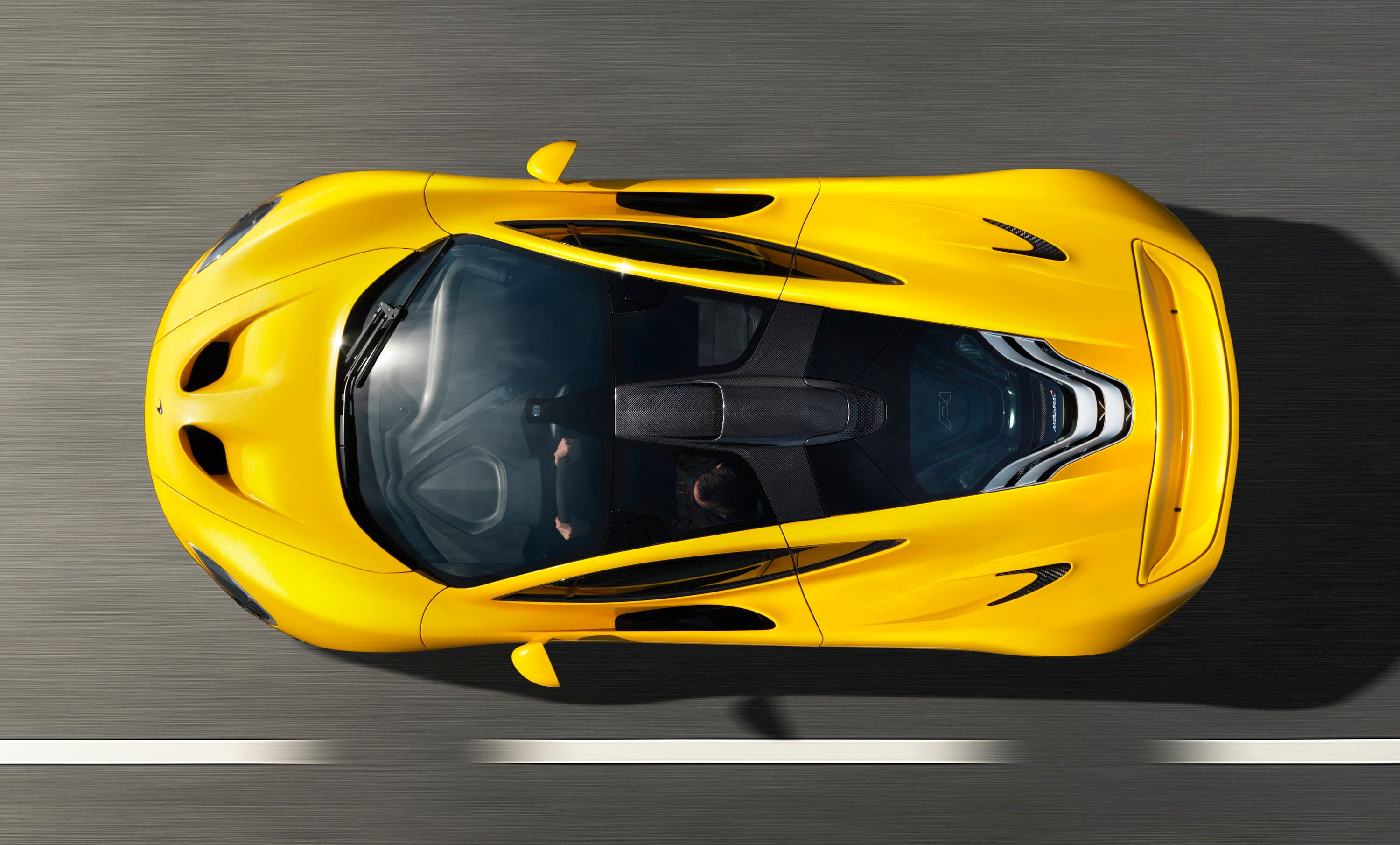
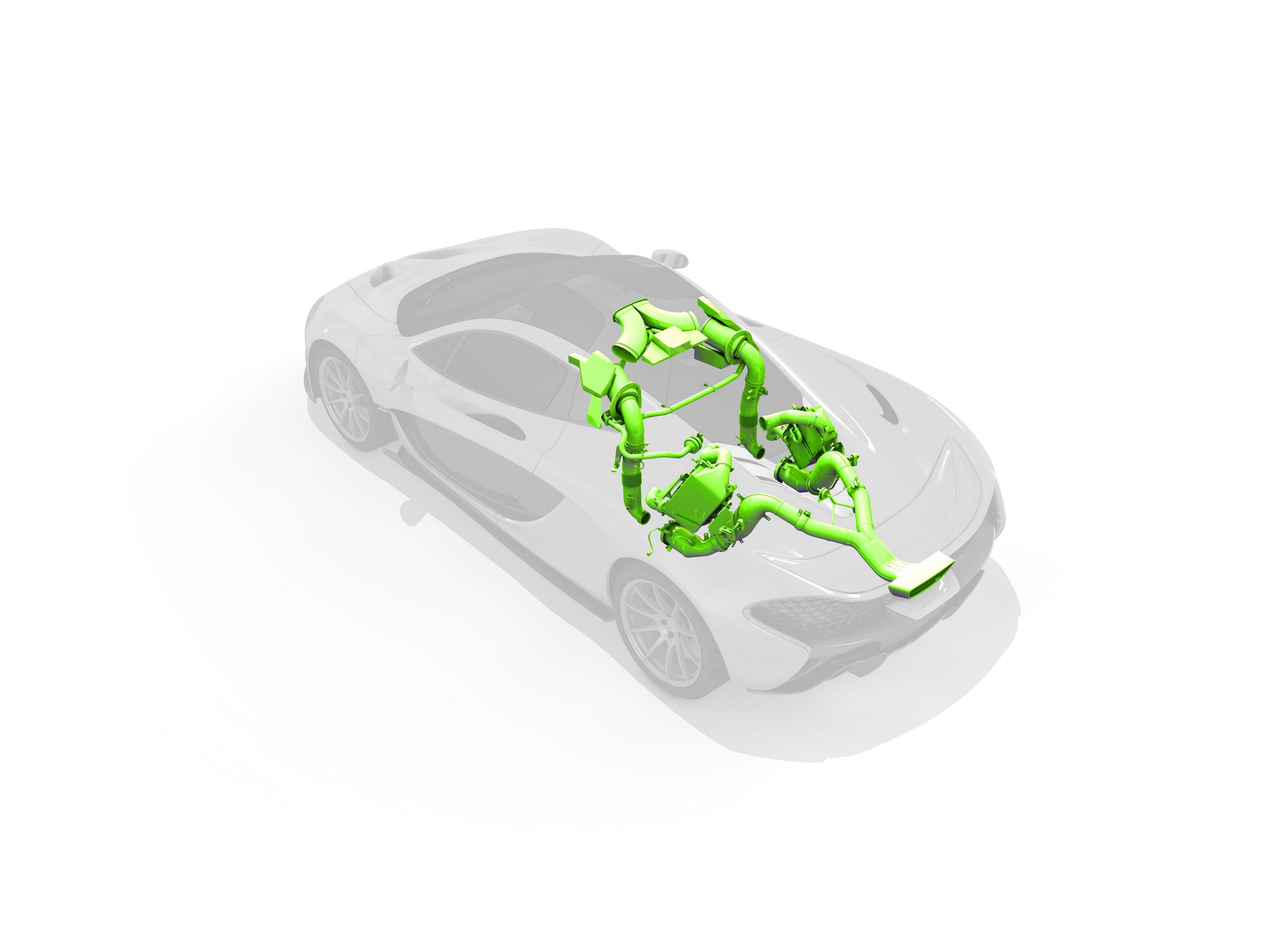
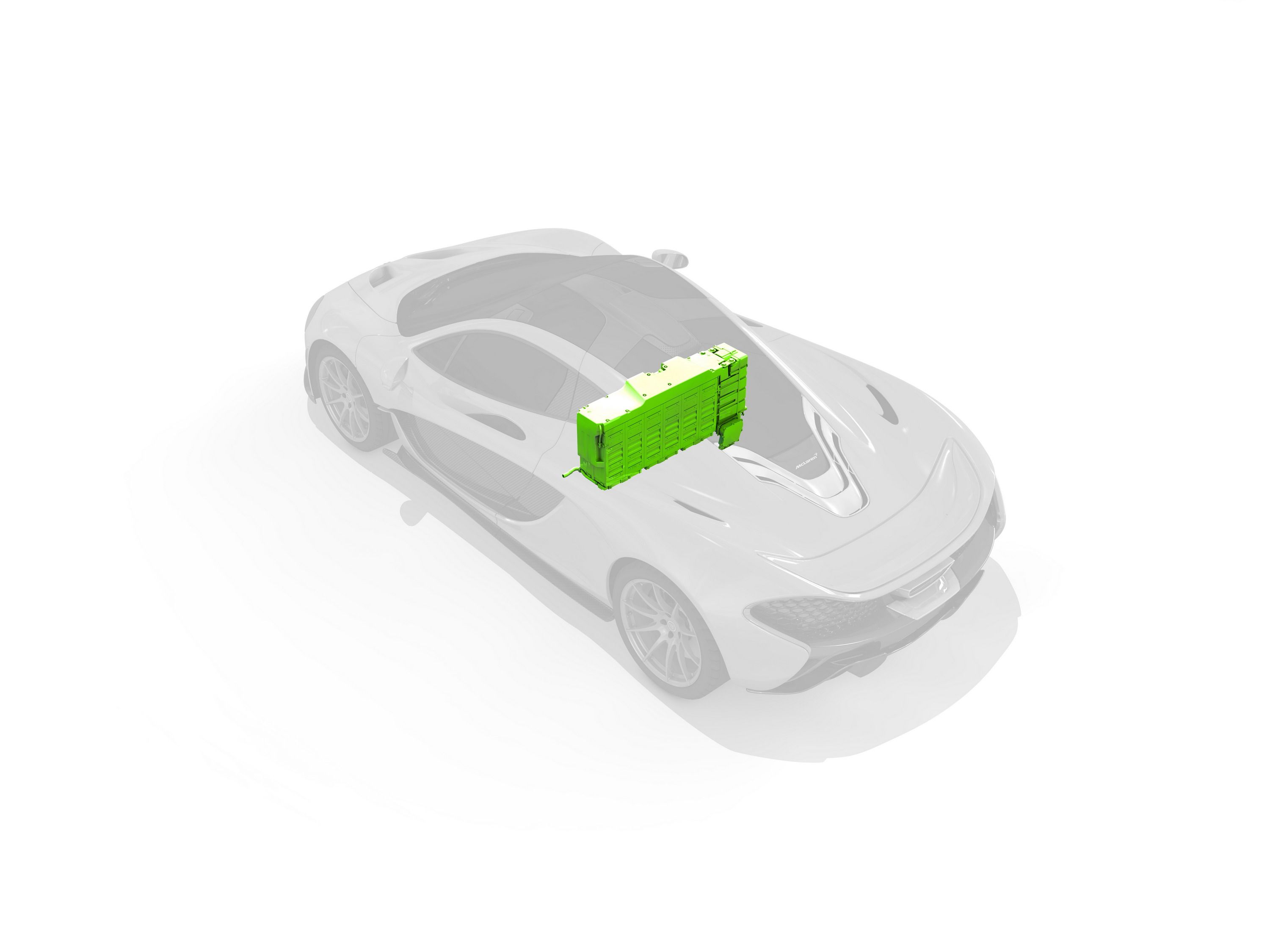
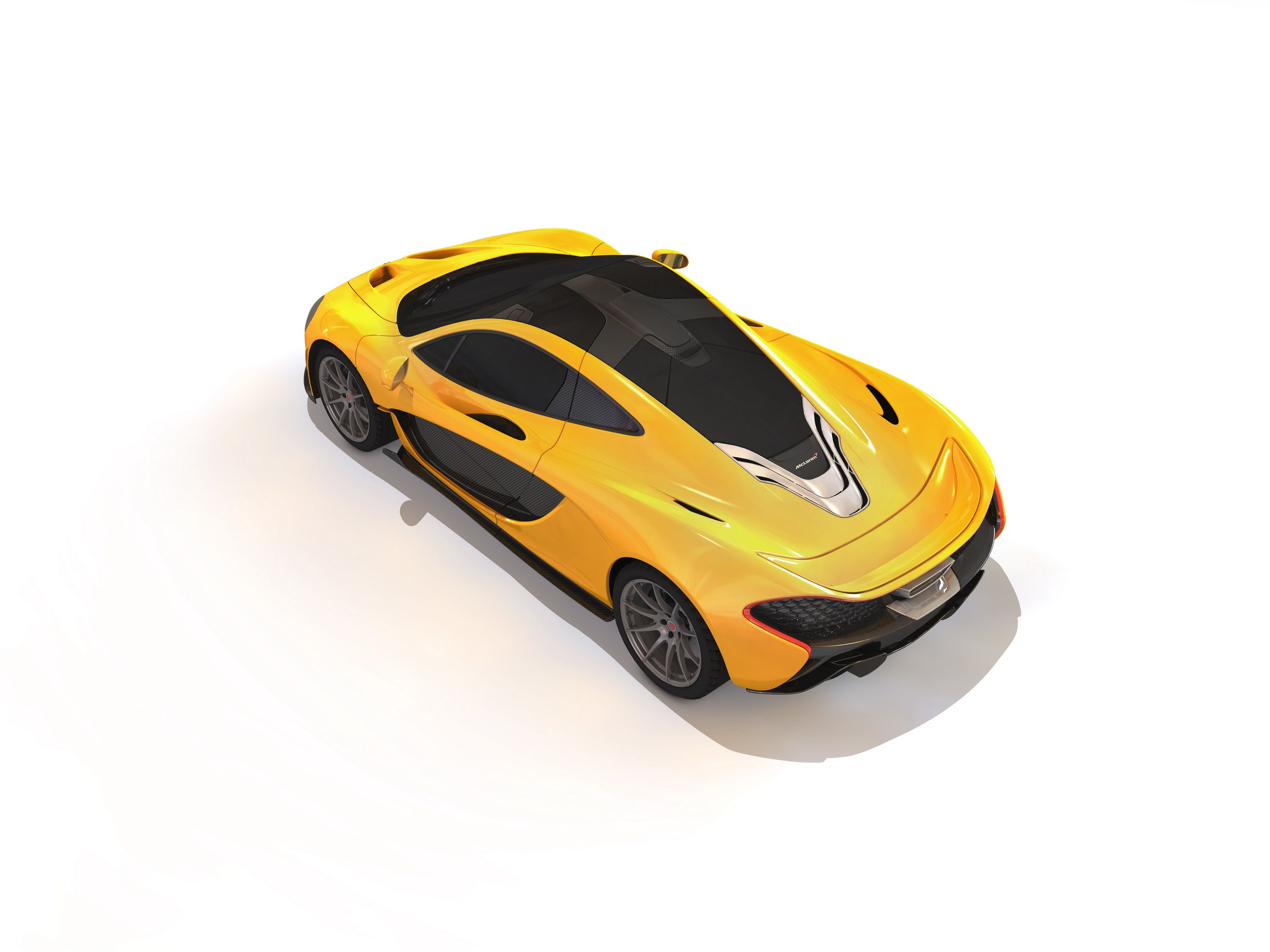
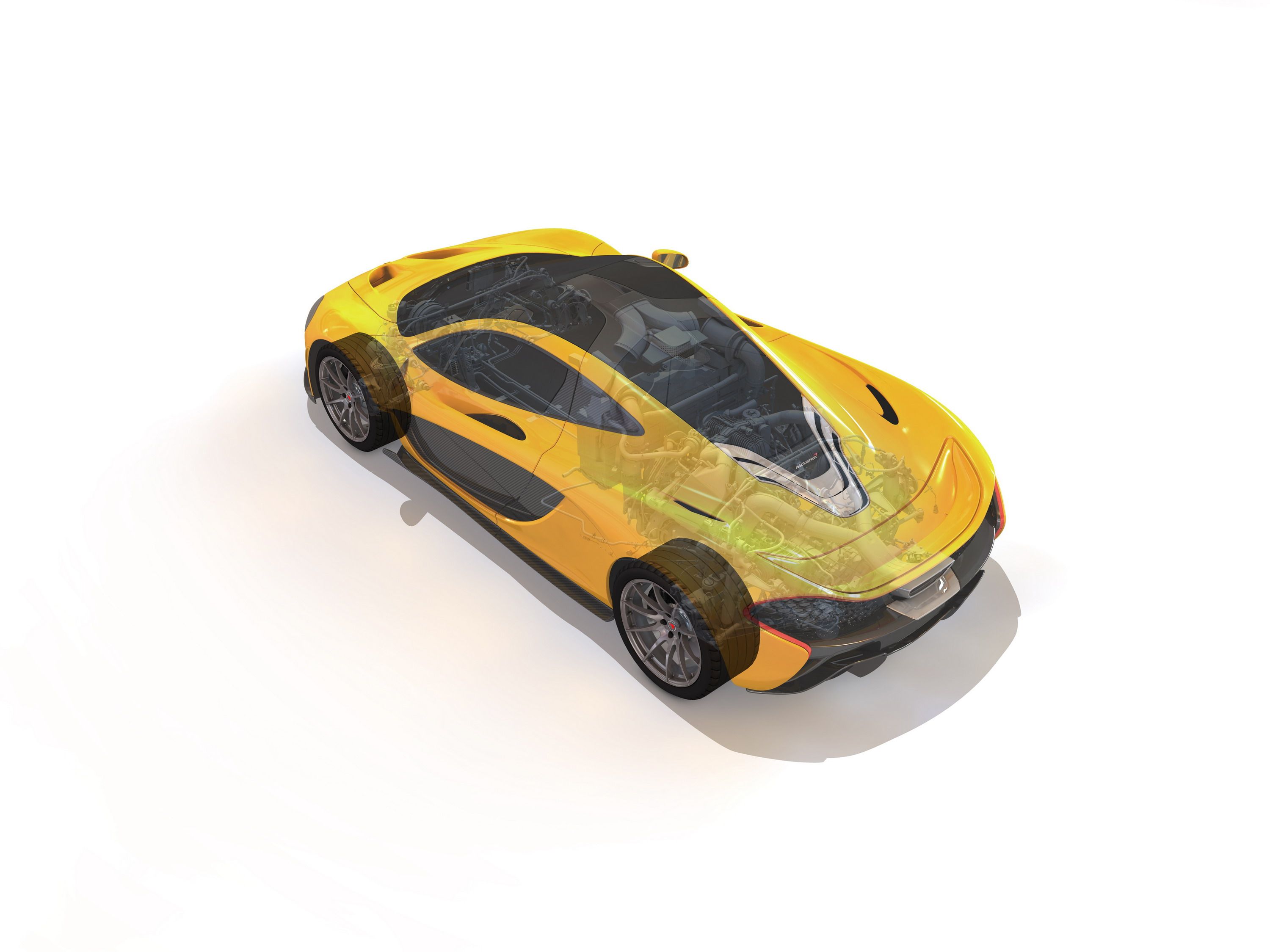
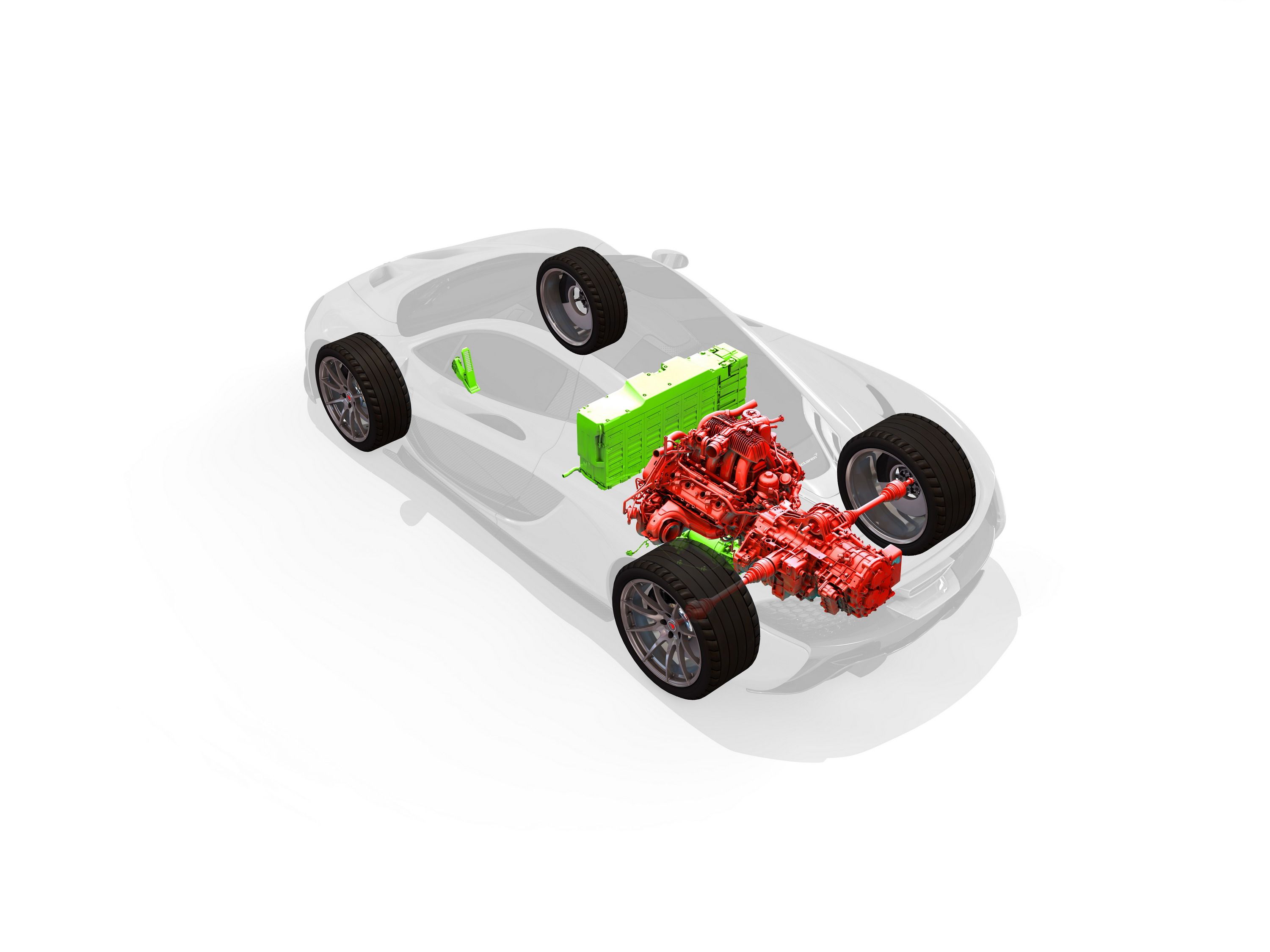
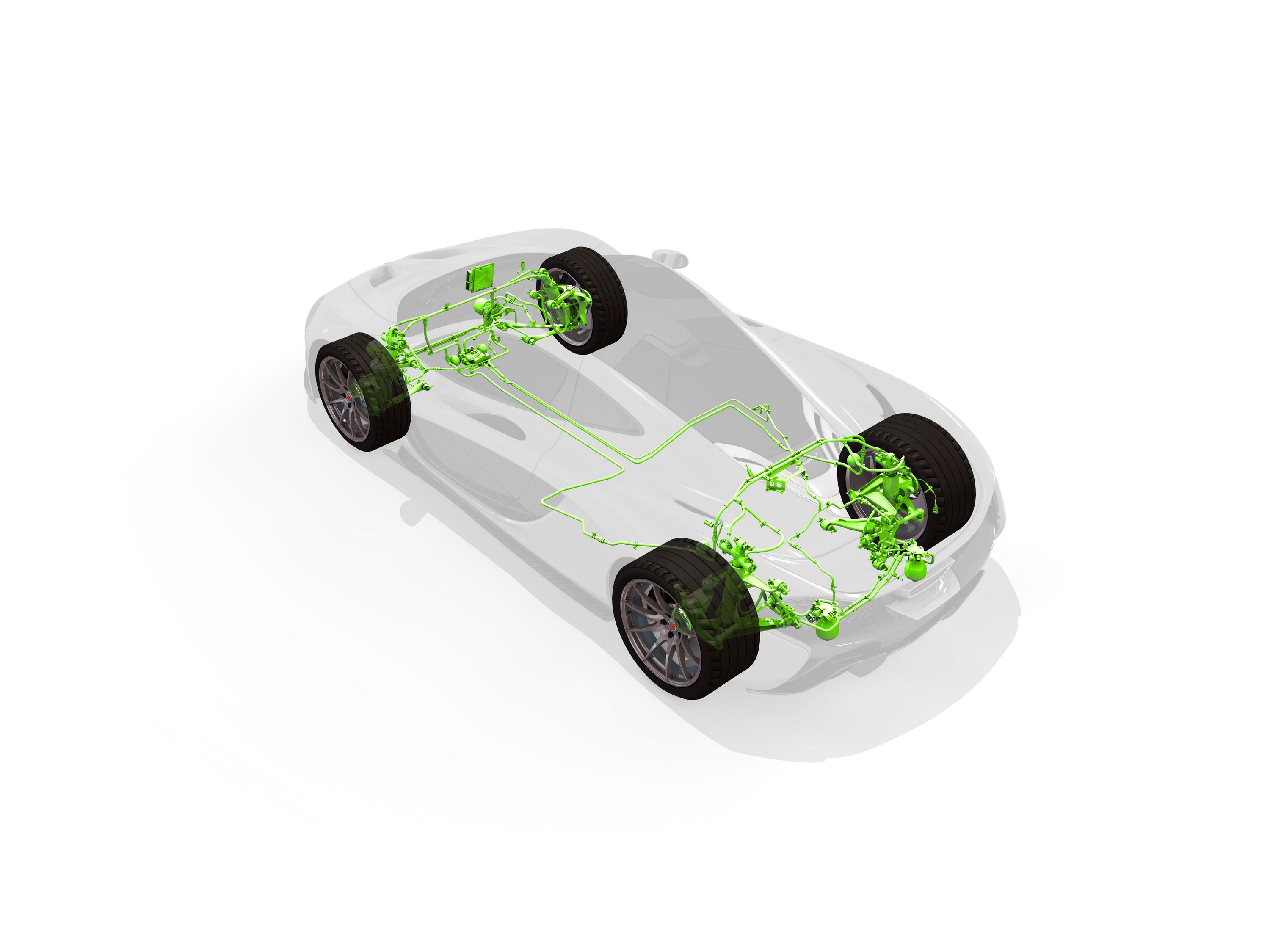
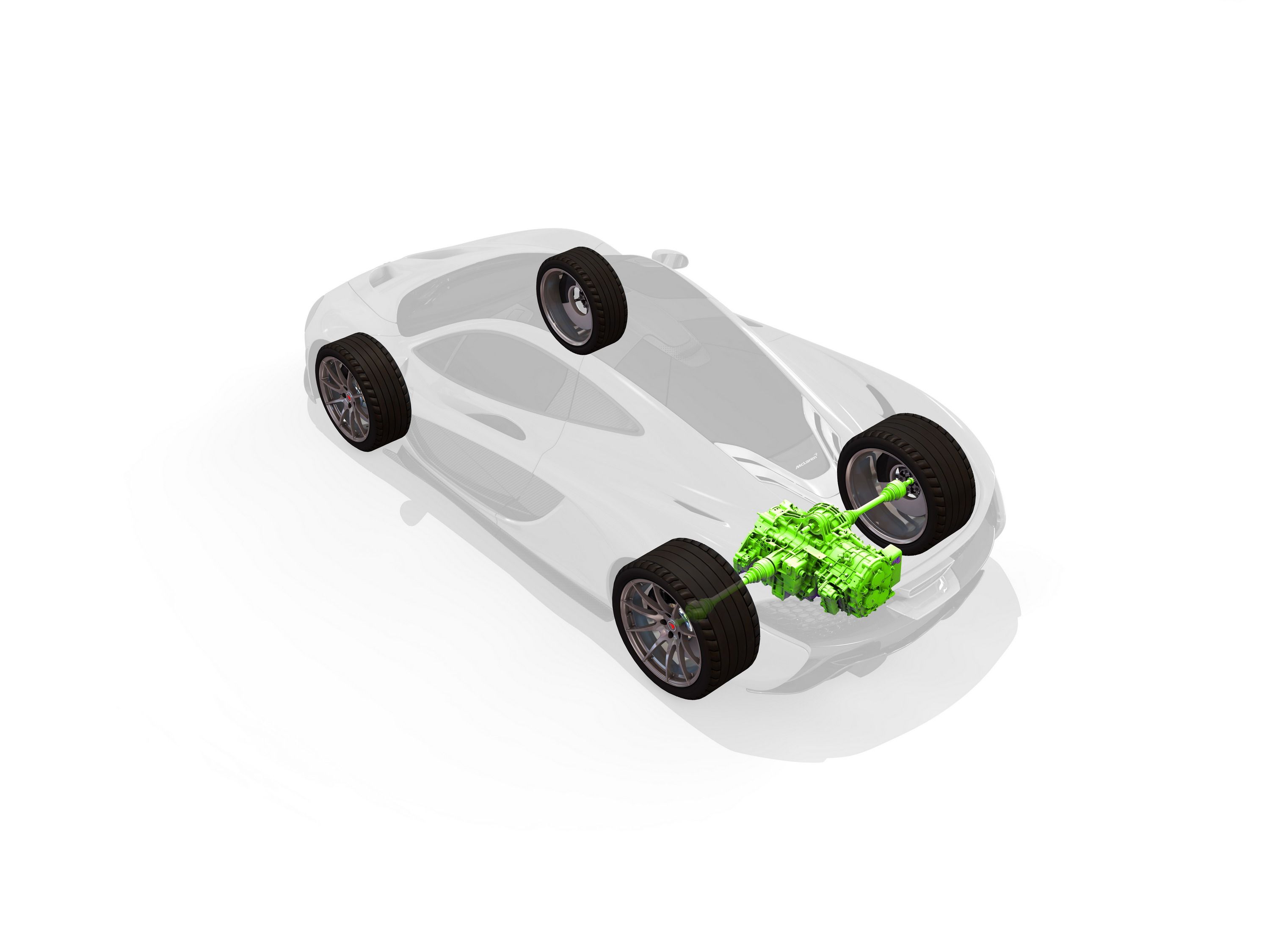
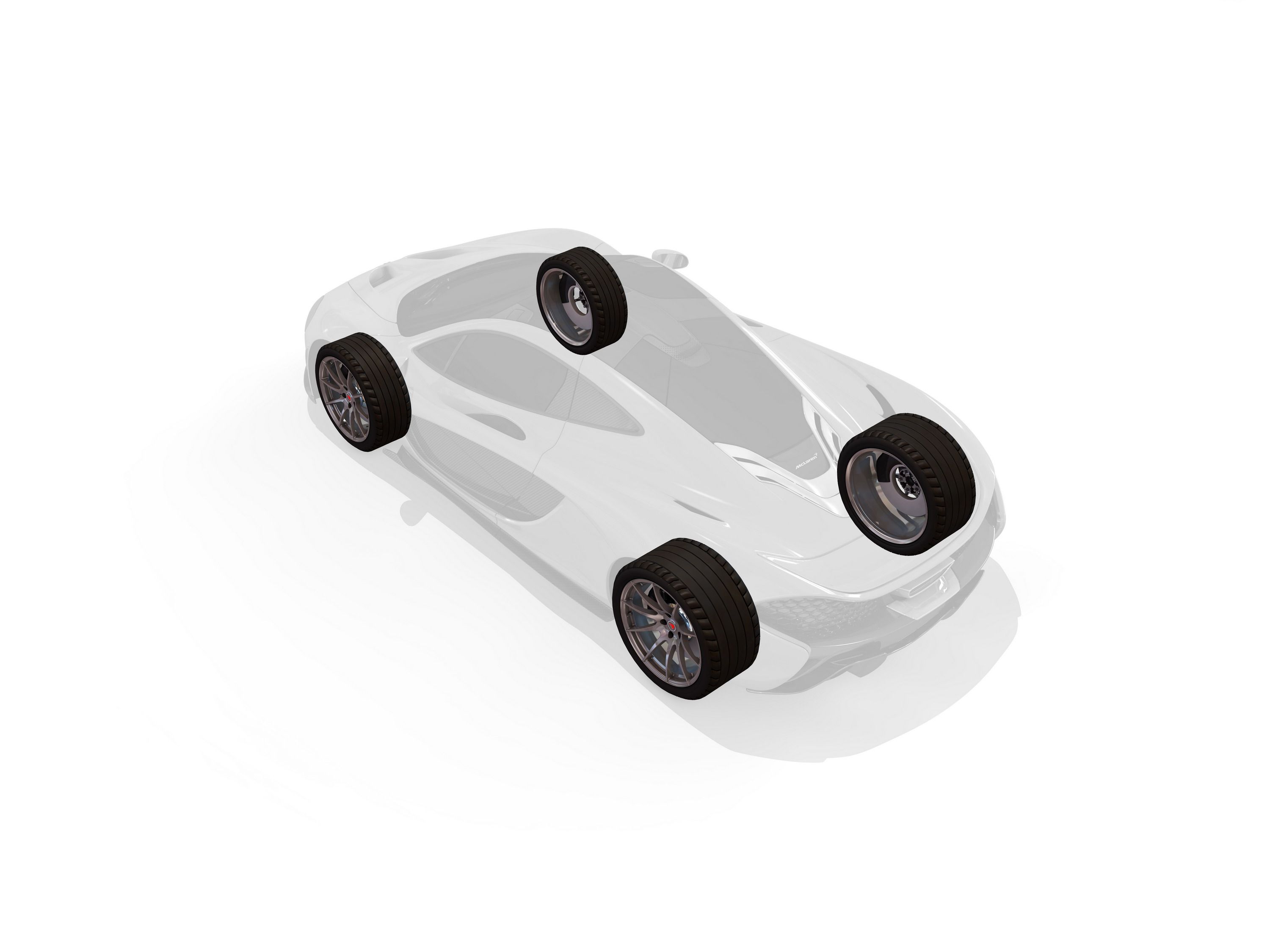
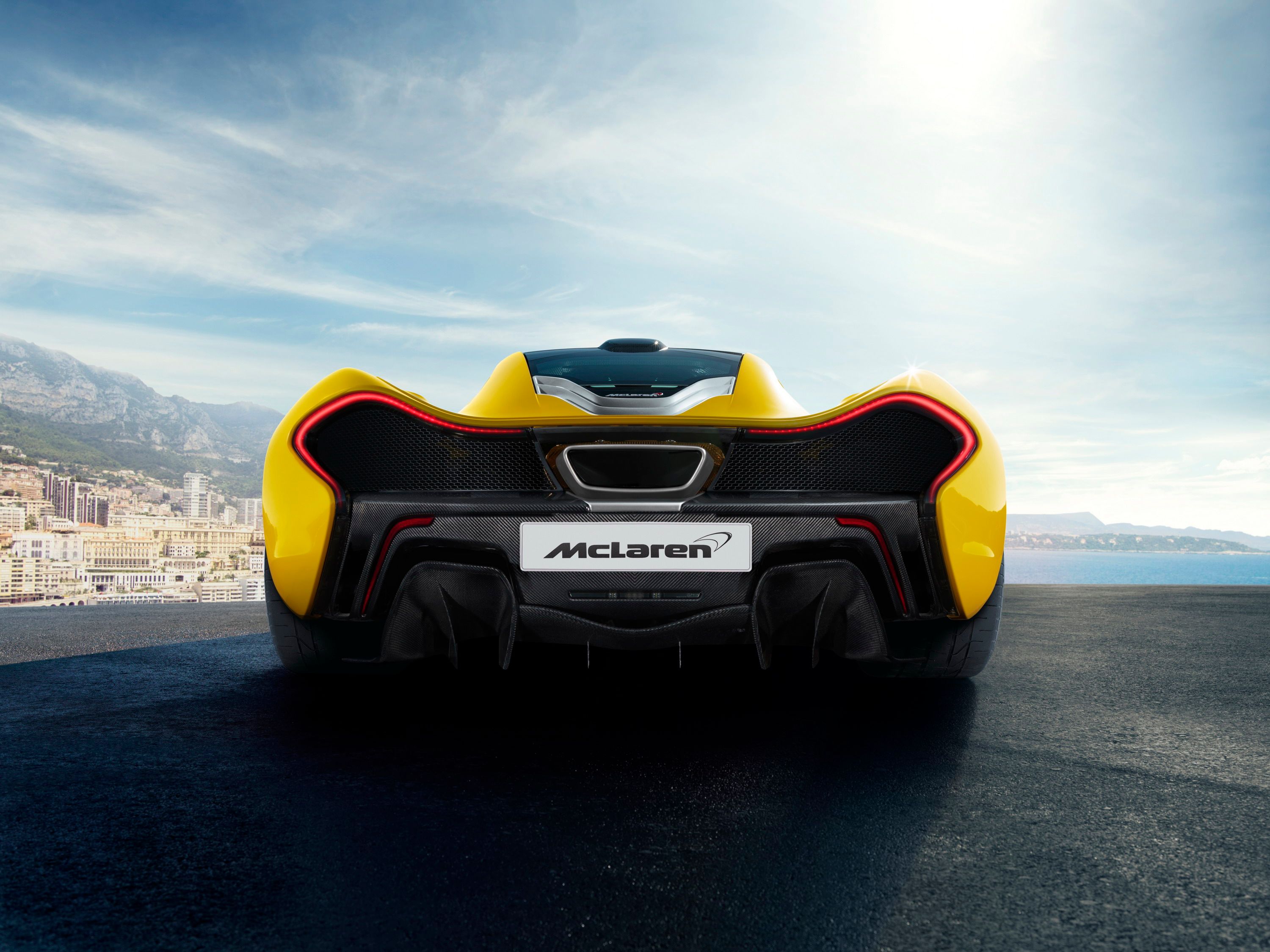
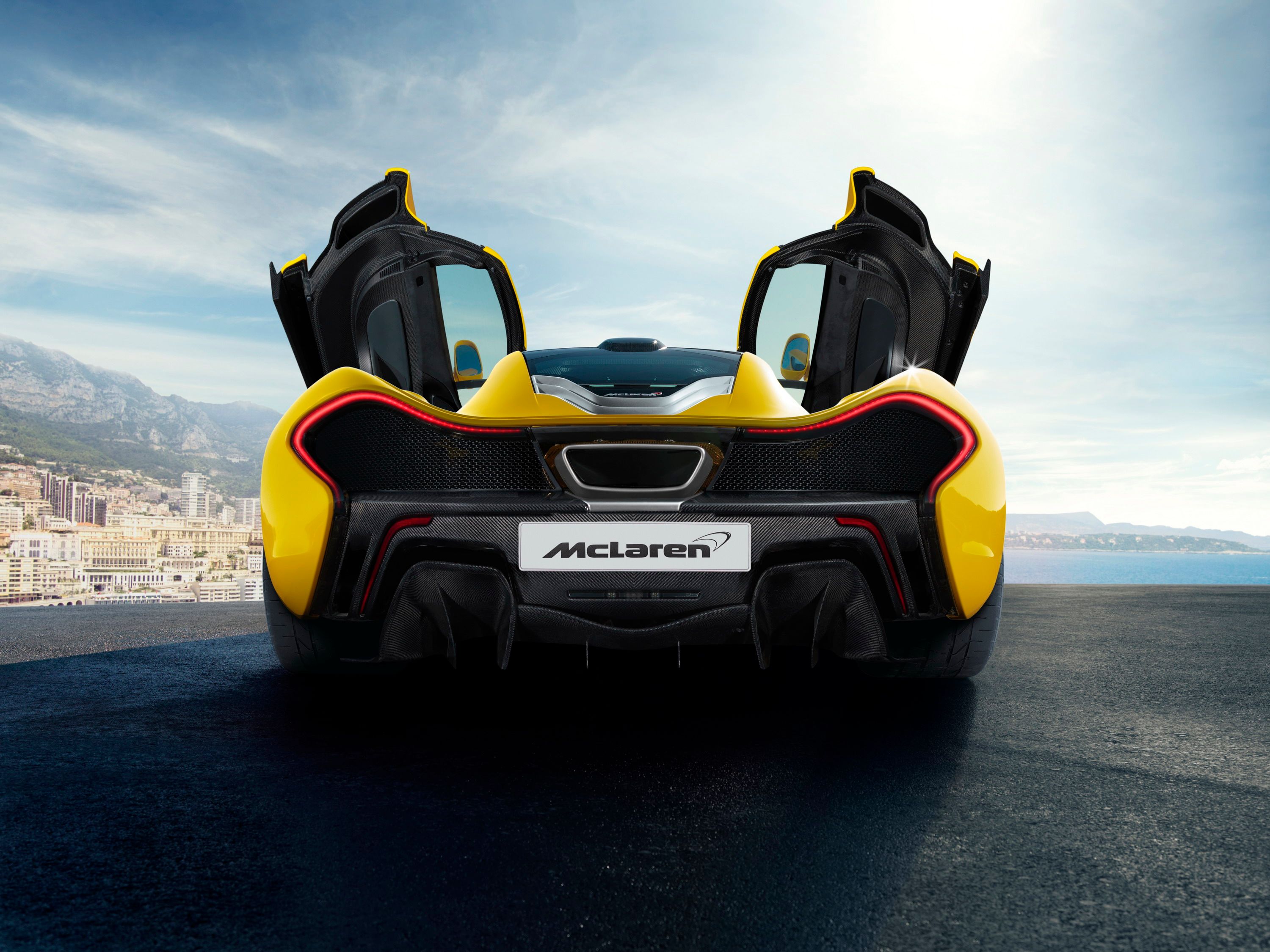
























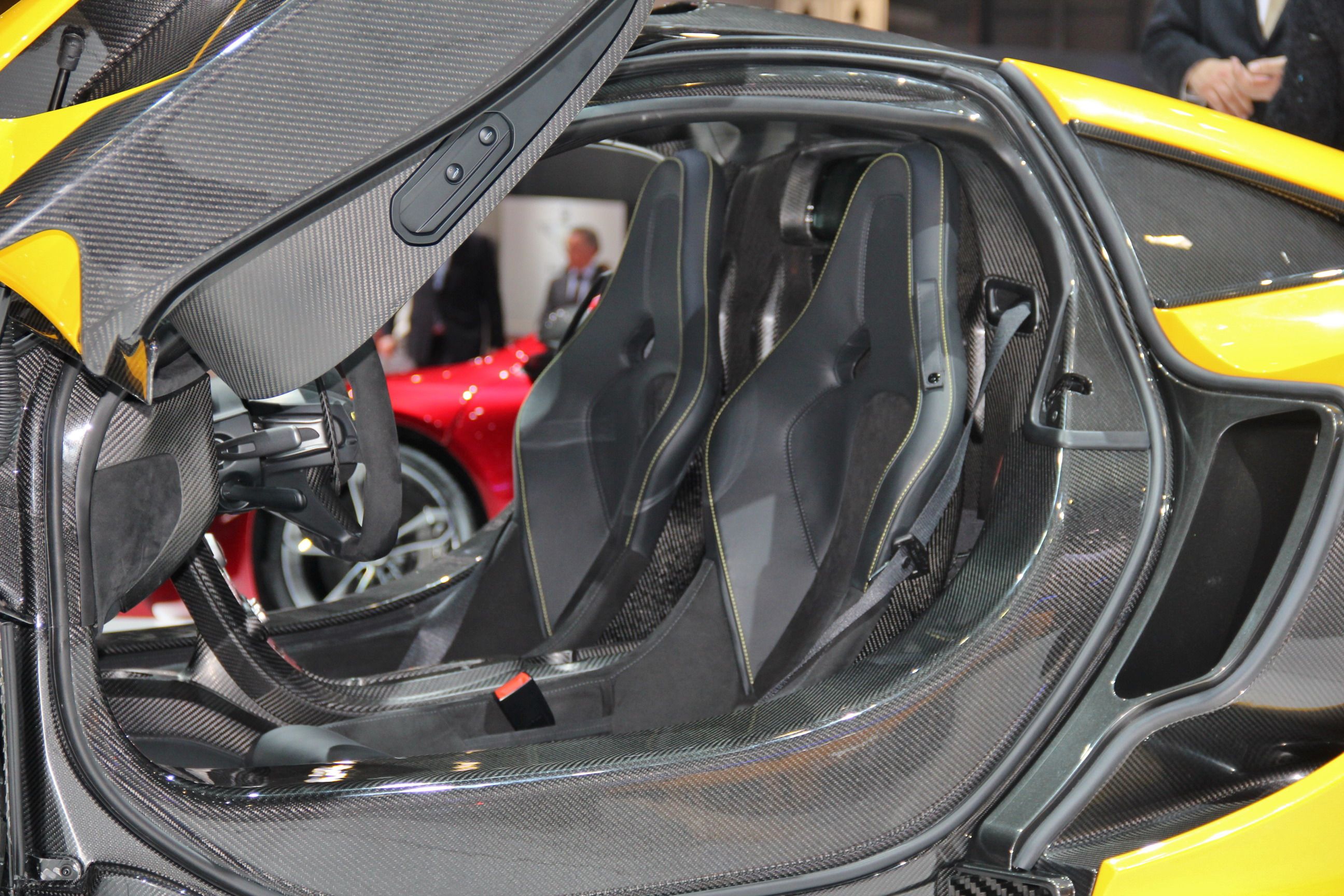

















































































- Make: Array
- Model: 2014 McLaren P1
- Segment: Array
- Engine/Motor: V8
- Horsepower: 903
- Torque: 1100
- Transmission: Seven-speed Twin Clutch Automatic w/ Paddle Shift
- [do not use] Vehicle Model: Array
Exterior



The exterior of the P1 is not an instant hit, like LaFerrari across the auto show floor. It’s a convoluted collection of shapes and forms that doesn't captivate the eye like a hypercar should, highlighted by the extremely awkward, fiberglass-kit-car appearance of the body sides and doors. At first, all the surfaces look too soft, almost like a melted ice cream cone.
While the styling details of the P1 are hard to love, after a few viewings the elegance of the car’s shape starts to shine through the swooping panels. Even McLaren tacitly acknowledges the car’s lack of beauty with their major emphasis on aerodynamics, going as far as saying the P1 was “styled by the air.” All hypercars are shaped by air, but the long-time experts in the market know that beauty is what sells cars in this price bracket.
One of the P1’s most striking styling features are its black panels. These painted panels contrast with gloss-black accents around the front bumper, the side scoops and the roof. The black areas serve double duty by emphasizing the P1’s performance credentials, as well as hiding the many functional aero and cooling ducts. Unfortunately, the black panels do the P1 no favors on the styling front.
They create a nose with an uncomfortable smile/grimace, as the painted hood arcs forward to the nose and the side panels sweep downward from the headlamps to create the body-side graphic. This is arguably the P1’s worst feature, but it might look completely different if they painted the entire body.
Styling is subjective and the P1 will hit the mark for some peoples’ idea of a hypercar. It is certainly memorable and unique. Move rearward over the hood and glasshouse, and things improve dramatically. The hood features two deeply sculpted reverse nostrils that vent hot air out of the radiators and serve active aero purposes via internal flaps that automatically adjust to keep the nose sucked to the pavement.
The contrast black roof mocks Le Mans prototype racecars with a breather snorkel and an impossibly long windshield glass that extends over the two seats in the cabin. Giant scoops in the top of the doors are visible when viewed from above, and present a smart way to keep the engine breathing while preventing ingestion of road debris, like stones, at full tilt.
The rear of the P1 is its most successful area. The long sloping back glass shows off the engine cover and the fenders waste no time bulging over the enormous rear tires. The tail of the P1 is deliciously minimal in its design, with the giant engine and venture vents forming the entire rear bumper. The LED taillights form a glamorous arc of light that winds around the wildly flared fender bulges.
The final piece in the P1 puzzle is its deeply sculpted, dynamically active rear wing. The wing is scooped out so it lies flush in the concave flip right at the car’s tail edge but then pop up or extend backwards as needed during braking and for high-speed stability. Twin hydraulic rams control the spoiler’s angle of attack and it promises to be a gut-wrenching anchor of an air brake during hot laps.
Interior



The interior of the P1 shows big progress over the vaguely unfinished appearance in the 12C. In contrast to the first 18 months of 12C production, the electronic screens that serve as the P1’s speedo and navigation appear to be functioning. Other tweaks to the 12C theme include steering-wheel-mounted buttons for the first time, controlling the F1-style iPAS electronic boost function and the drag reduction system (DRS) that disables the air brake functions of the rear spoiler.
Other highlights in the cabin include the well-executed floating center console that brings the portrait-oriented nav screen closer to the driver’s hands and at a more vertical angle to avoid glare that can wash out the screen.
The HVAC vents are styled to look like mini turbines and dash panel is delightfully shrink-wrapped over the air vent feeder tubes. The carbon fiber has a more exposed weave that displays the MonoCage structure and is supposedly lighter than fully lacquered pieces.
McLaren’s focus on weight saving is legendary in the car business since the use of exotic rare-earth metals all over their 90s F1 supercar. The obsession continues in the P1, which strips such niceties as carpet and sound deadening from the standard equipment list and instead makes them high-dollar optional extras.
The P1 employs traditional racing seats with a fully adjustable steering column so drivers can get comfortable easily. This contrasts with LaFerrari’s latest move, which discards seats altogether and shapes the carbon-fiber tub into a fixed seat shape and adds padding to the actual structure. LaFerrari’s adjustable steering wheel and pedals then come to meet the driver, who is set far back from the windshield.
The McLaren solution is more practical (and comfortable) over the total life of the car, but seats and the seat mounting hardware can typically add more than 200 pounds to a car’s curb weight. In another concession to buyer comfort demands, the P1 has two carbon-fiber cup holders under the floating center nav panel.
On the relaxed side of its seven performance settings, McLaren’s latest generation of supercars have a very soft ride compared with others in the segment, which promises comfortable grand touring and a silent EV mode for 6.8 miles with a max EV speed of just below 100 mph.
Drivetrain

The P1 does share core chassis and engine blueprints with its cheaper 12C sibling, but sacrifices nothing at the altar of supreme performance. The 3.8-liter twin-turbo V-8 from the 12C re-appears in a much higher state of tune, producing an estimated 800 horsepower, up more than 175 from the 12C. Paired with the singing V-8 is a twin-clutch transmission with an embedded electric motor to create a total power figure of 903 horsepower and an estimated 1,100 pound-feet of torque at launch. Breaking out figures for the electric motor alone is difficult but it is estimated to contribute up to 150 horsepower and 500 pound-feet of torque.
As a pure rear-drive vehicle, the power must be expertly calibrated to put the power down during acceleration and low-speed corners. At higher speeds, the McLaren’s engine would be useless without the extreme aero package that can generate 1,200 pounds of down force.
Unique electronic mapping for the boost and IPAS push-to-pass allows McLaren to increase performance beyond initial claims, allowing the P1 to hit 186 mph in just 16.5 seconds. The electric motor also masks turbo lag and enhances the throttle response.
To up the aural drama of the P1, the engine features an Intake Sound Generator, as well as pronounced turbo hisses and whistles, and a de-restricted exhaust. Matching a long-time Lamborghini claim-to-fame, the P1’s dynamic press images and videos show the large center exhaust shooting blue flames.
Drivetrain Specifications
|
Peak power |
903 horsepower |
|
Peak torque |
1,100 pound-feet est |
|
0 to 100 KM/H (62 MPH) |
2.8 seconds |
|
0 to 200 KM/H (124 MPH) |
6.8 Seconds |
|
0 to 300 KM/H (186 MPH) |
16.5 Seconds |
|
1/4-Mile |
9.8 Seconds Ay 245 KM/H (152 MPH) |
|
Top Speed |
217-mph, limited |
|
Fuel Economy (City/Highway/Combined) |
TBA/TBA/34 MPG |
|
CO2 Emissions |
194 G/KM |
Suspension and Brakes

The electric motor’s benefits to the P1 are entirely performance-focused with just a slight nod to the eco credentials that put the P1 far ahead of all Ferrari’s on CO2 emissions. For example, McLaren decided not to employ brake heat regeneration for the P1’s giant carbon-ceramic discs because it sacrifices ultimate brake feel. The electrics are recharged on coast-down, when the motor spins in reverse with something called negative torque. The P1 is not a plug-in hybrid, but can quickly recharge its own batteries rapidly via a “Charge” button on the dash that bleeds off extra power from the gasoline engine.
The negative torque functions are also employed extensively in the active torque vectoring rear differential, which McLaren calls “Brake Steer.”
The P1’s suspension builds on the computer-controlled hydraulic suspension in the 12C->ke3514 that delivers a soft, supple ride when cruising, but racecar-firm pressure when on the track. In addition to its large range of adjustability, the hydraulic system is fully active during performance driving, thanks to F1-style yaw sensors that strategically firms up the outside wheels progressively through sharp corners. The suspension is designed with adjustable ride heights and sophisticated controls to help downforce and enhance grip under extreme braking and acceleration.
Braking Specifications
|
100 to 0 KM/H (60-0 MPH) |
99 Feet / 2.9 Seconds |
|
200 to 0 KM/H (124-0 MPH) |
380 Feet / 4.5 Seconds |
|
300 to 0 KM/H (186-0 MPH) |
806 Feet / 6.2 Seconds |
Driving Experience

McLaren’s new F1 driver Sergio Perez did some hot laps of the P1 on Top Gear’s Dunsfold track and came out smiling and full of praise. Granted, he’s a rookie and eager to please the head honchos, but watching the videos shows that the P1 delivers the G-force goods with extremely rapid transient responses and explosive power out of the corners.
Price
|
|
center> |
The McLaren P1 will be exclusively left-hand drive, upsetting some purists in its right-hand-drive English home market. Only 375 will be built and are priced at $1.15 million.
LaFerrari, in contrast, will be less exclusive, thanks to the 499-model production run that could blossom to more than 1,200 cars as it did with the wildly-popular F40.
Competition
|
|
center> |
The LaFerrari offers some stiff competition for the P1 because it's jaw-droppingly gorgeous, has a V-12 versus the P1's V-8, and also offers hybrid power assistance. Neither McLaren nor Ferrari have conducted instrumented testing at the Nürburgring, but both claim their car will be the world's quickest around the bumpy and long circuit.
Read our full review on the Ferrari LaFerrari here.
The Noble also offers 200+ mph from a twin-turbo V-8 engine. A much smaller operation than McLaren, the Noble M600 shows remarkable poise for such a low development budget. The P1 beats the Noble in almost every measure, especially interior style and reliability. Nobles are not sold in the U.S.
Read our full review on the Noble M600 here.
Conclusion

The P1 McLaren but has been well received by the enthusiast community, despite the mixed styling success. Sales from the P1 should ensure the automotive division’s continued good fiscal health, plopping an extra $400 million into their coffers.
Despite being a newcomer in the million-plus hypercar arena, McLaren has found droves of very eager clients who prefer something without a prancing horse emblem -- Jay Leno being one. Despite his vast car collection, Jay owns not one Ferrari. The Italians burned Jay’s bridge via their at-times arrogant position as the market leader.
The P1’s best ally in the fight is the 12C, which helps McLaren come out of the gates much stronger than expected. Layering on more than $800,000 worth of additional technology to the 12C’s successful chassis equals a world-challenging hypercar that has put even Ferrari on the defensive.
A direct comparison test is unlikely until the full production runs of both models are sold out. Just as in F1, the very serious team at McLaren will celebrate only if the P1 achieves its namesake position, topping Ferrari on the podium.
Updated History
Updated 04/30/2013: McLaren has unveiled a new video (above) featuring the new P1 supercar put under extreme testing in northern Sweden. Enjoy!
Update 10/21/213: McLaren has unveiled all of the performance specs for the P1, and that its first buyer took delivery today. See all of the official specs after the jump.
Updated 10/31/2014: McLaren Newport Beach delivered its 8th McLaren P1 and, we have to admit, is the best we've seen yet. The car features a "Flintgrau Metallic" exterior paint combined with an "Ox Blood" Leather Interior. Also, on the exterior the carbon fiber features a subtle Blue Glitter in the Clear Coat which offers a special effect on the sun light.

